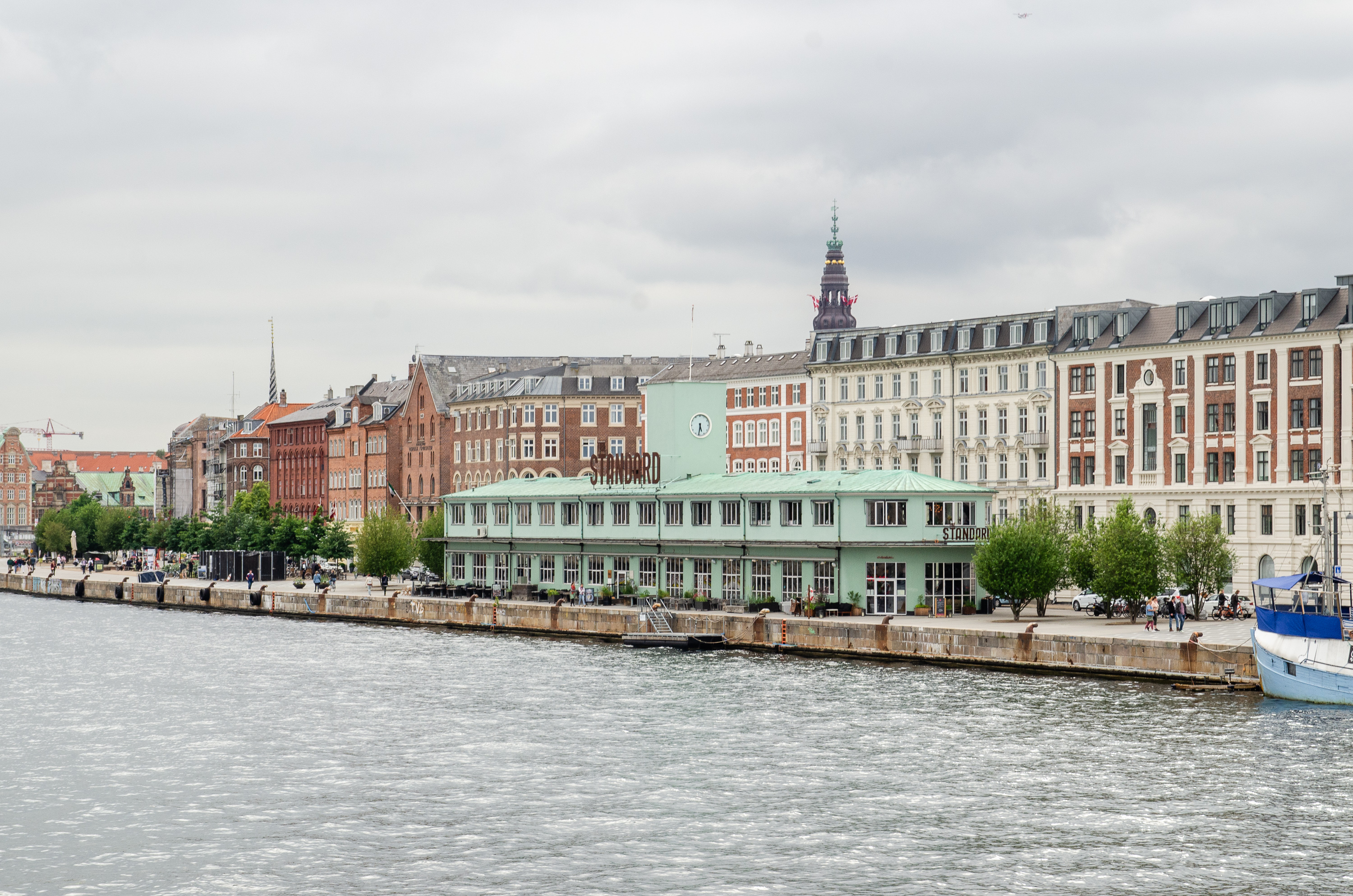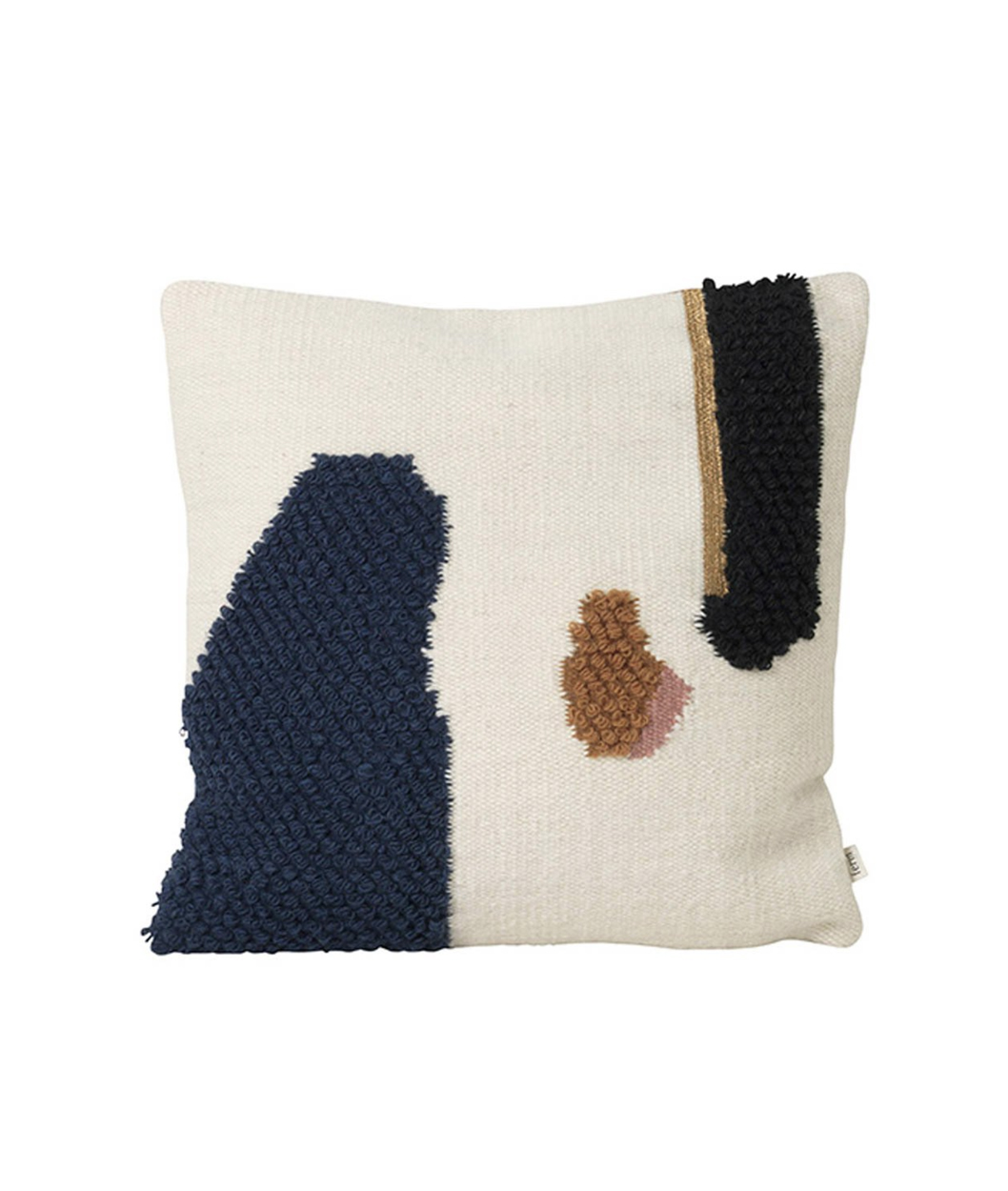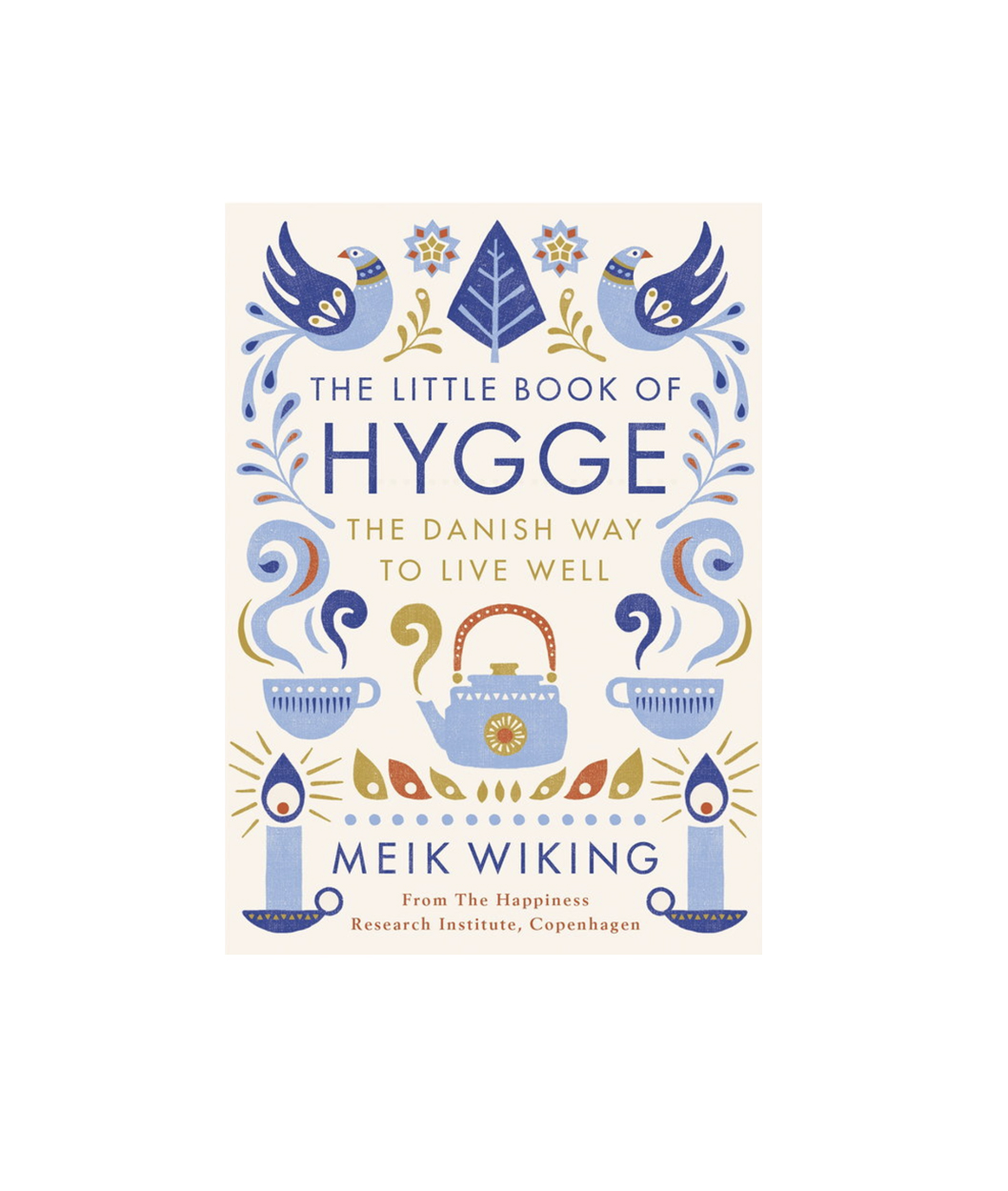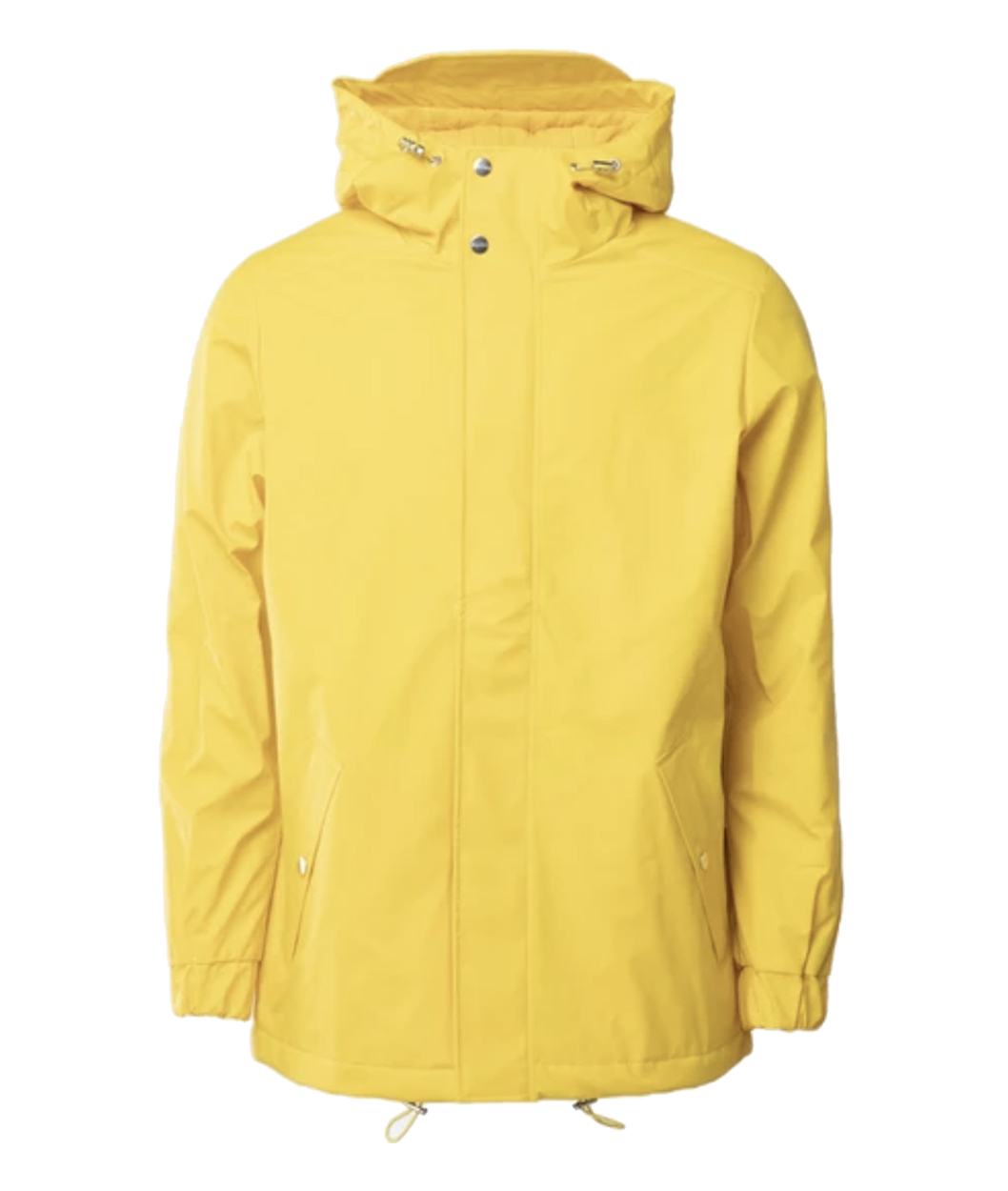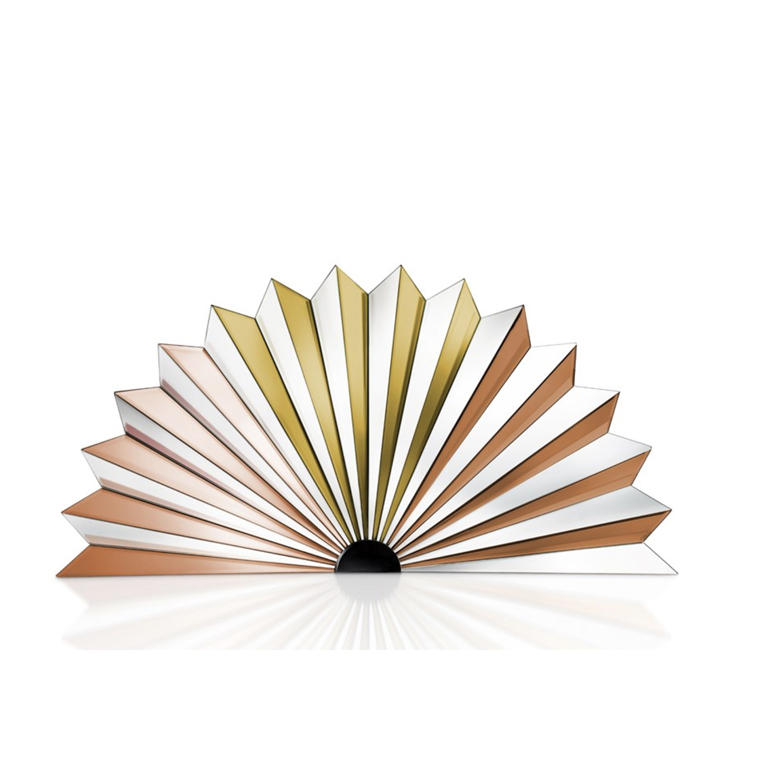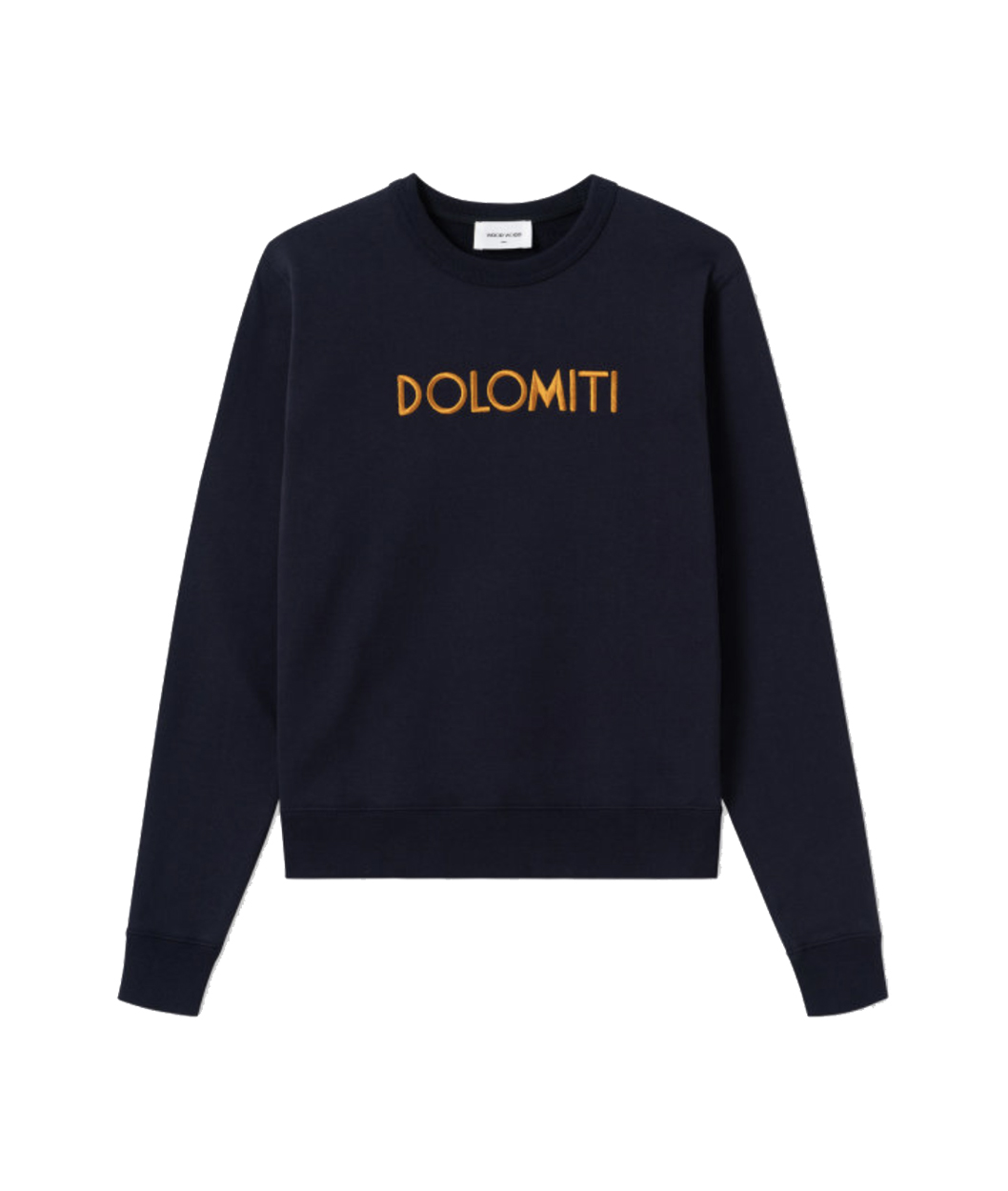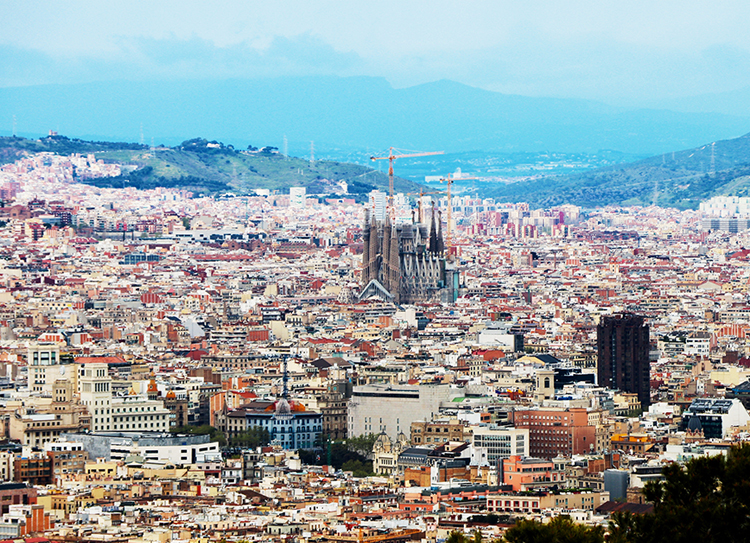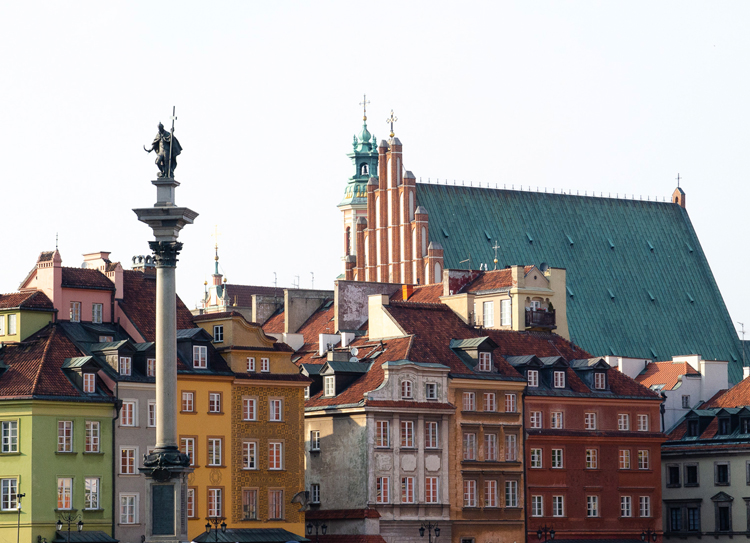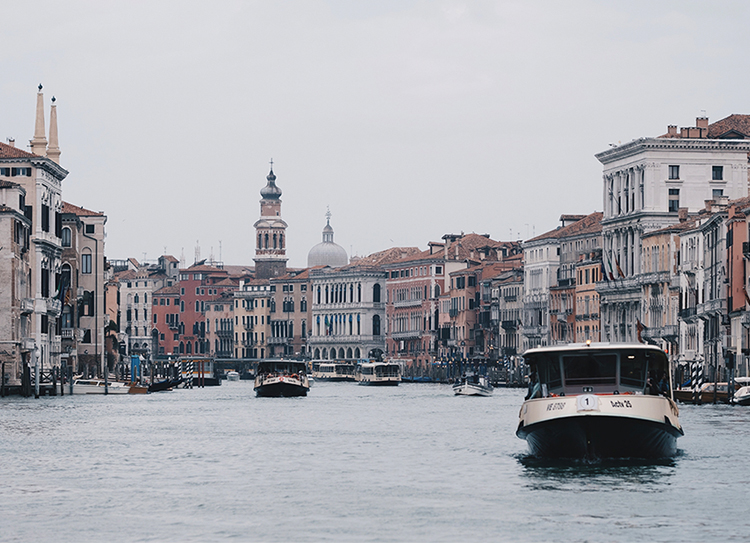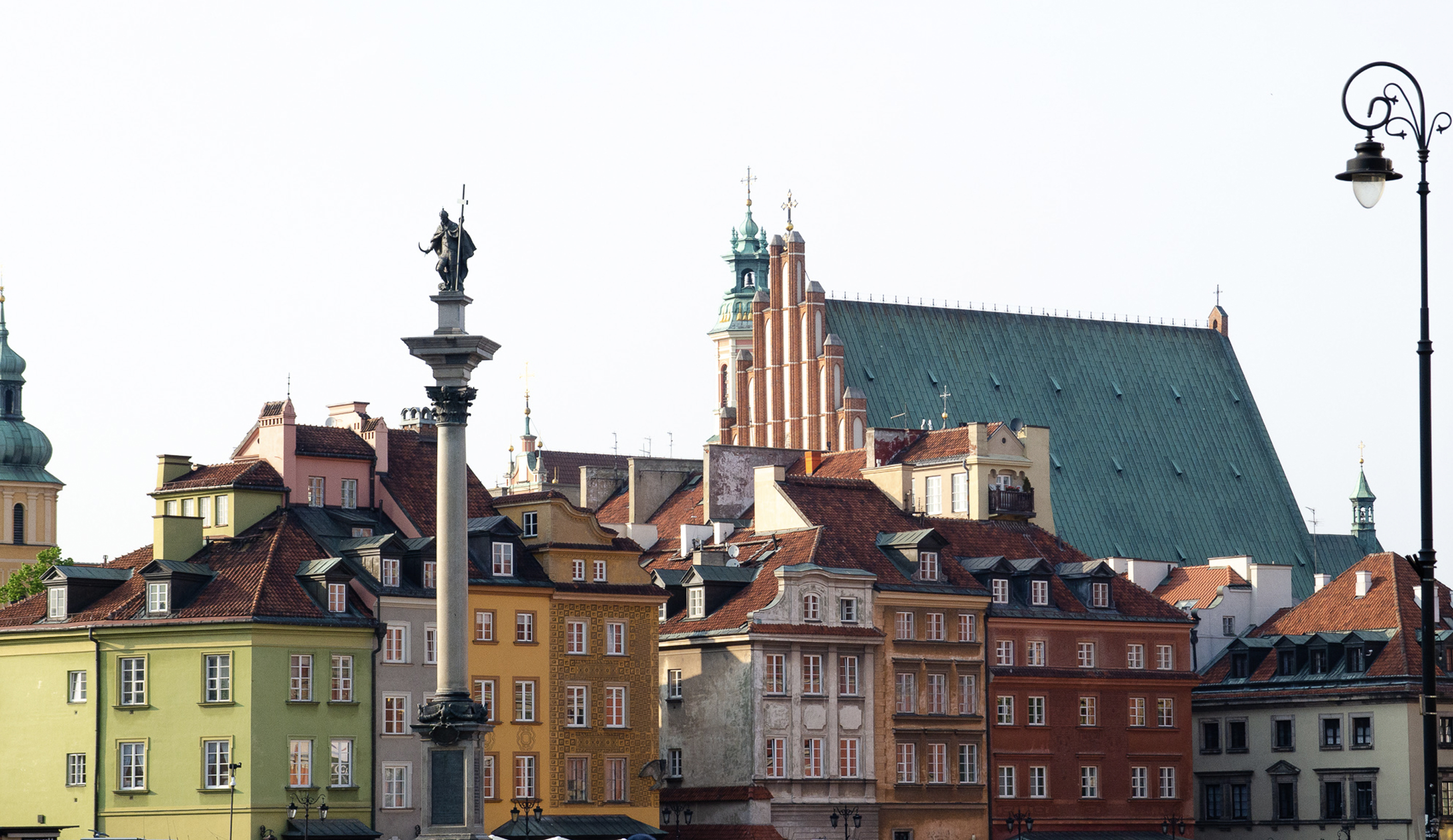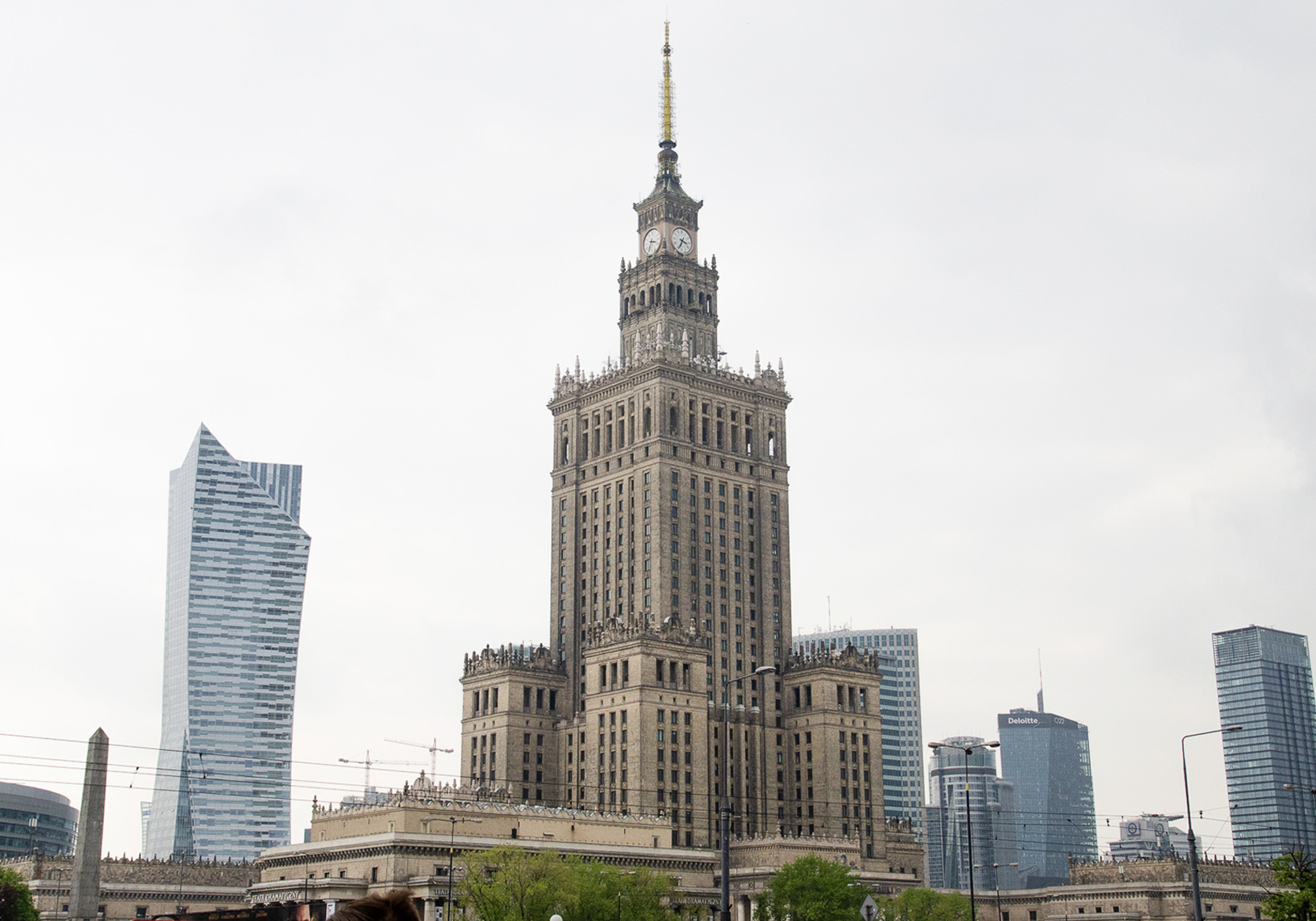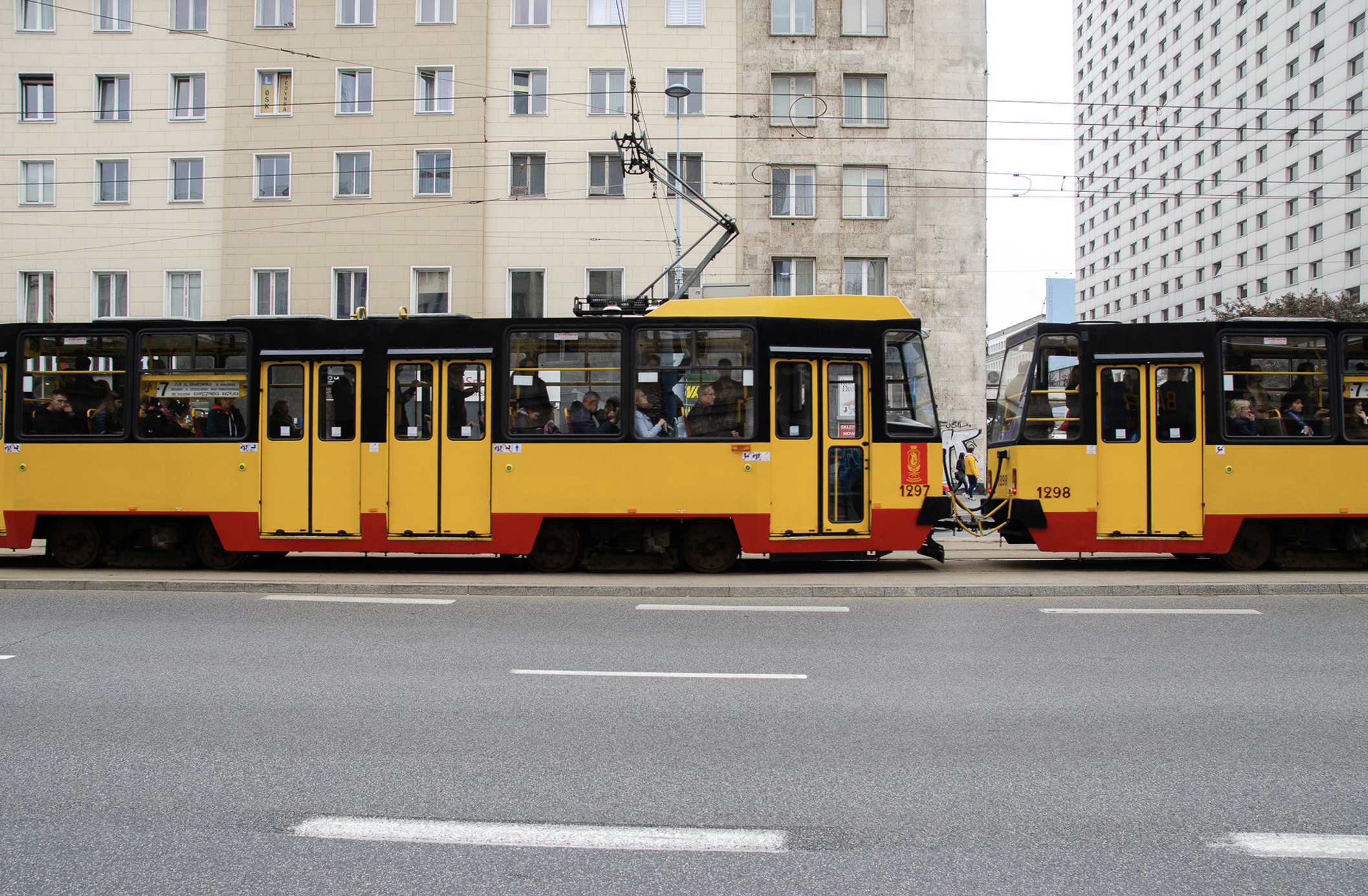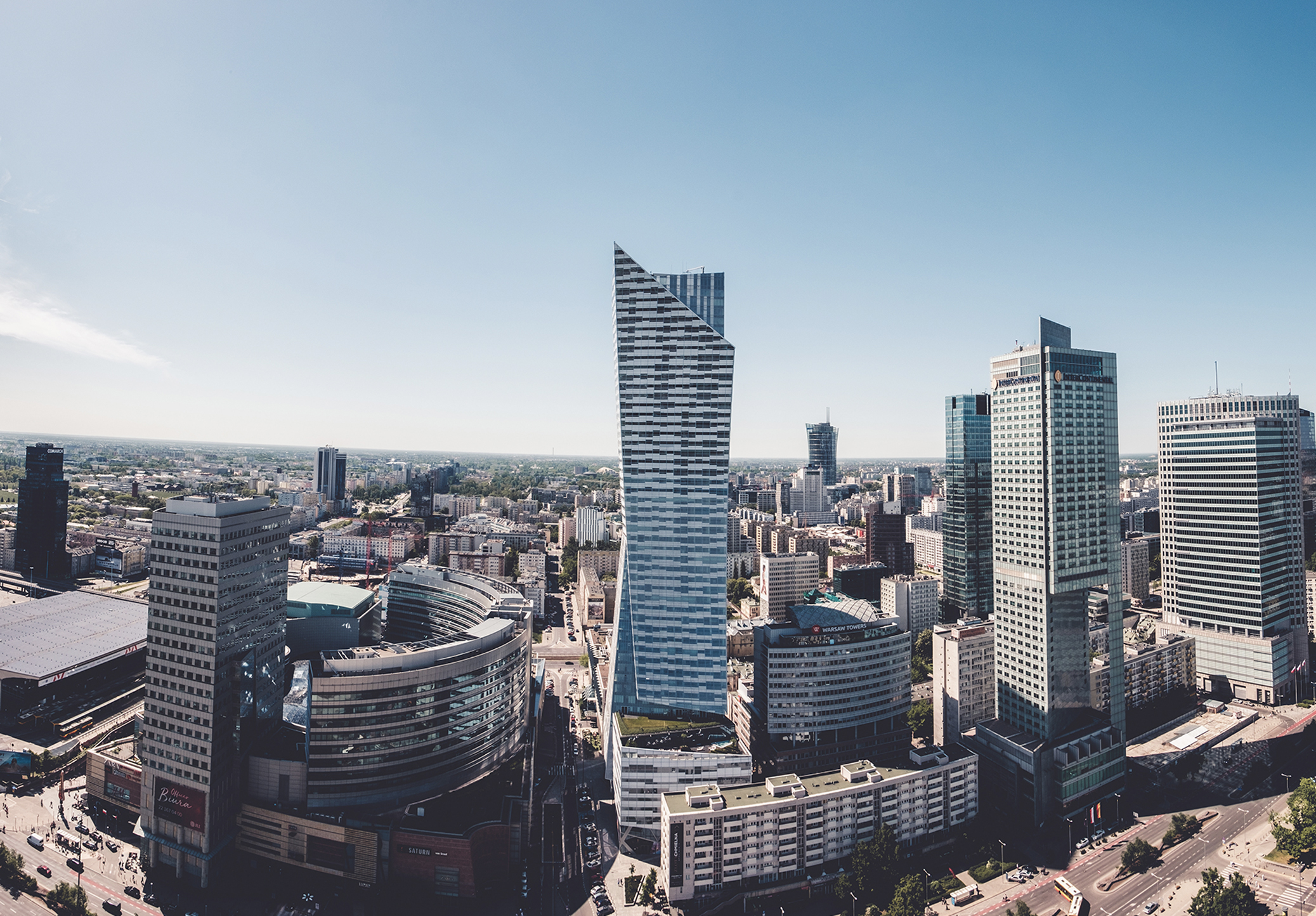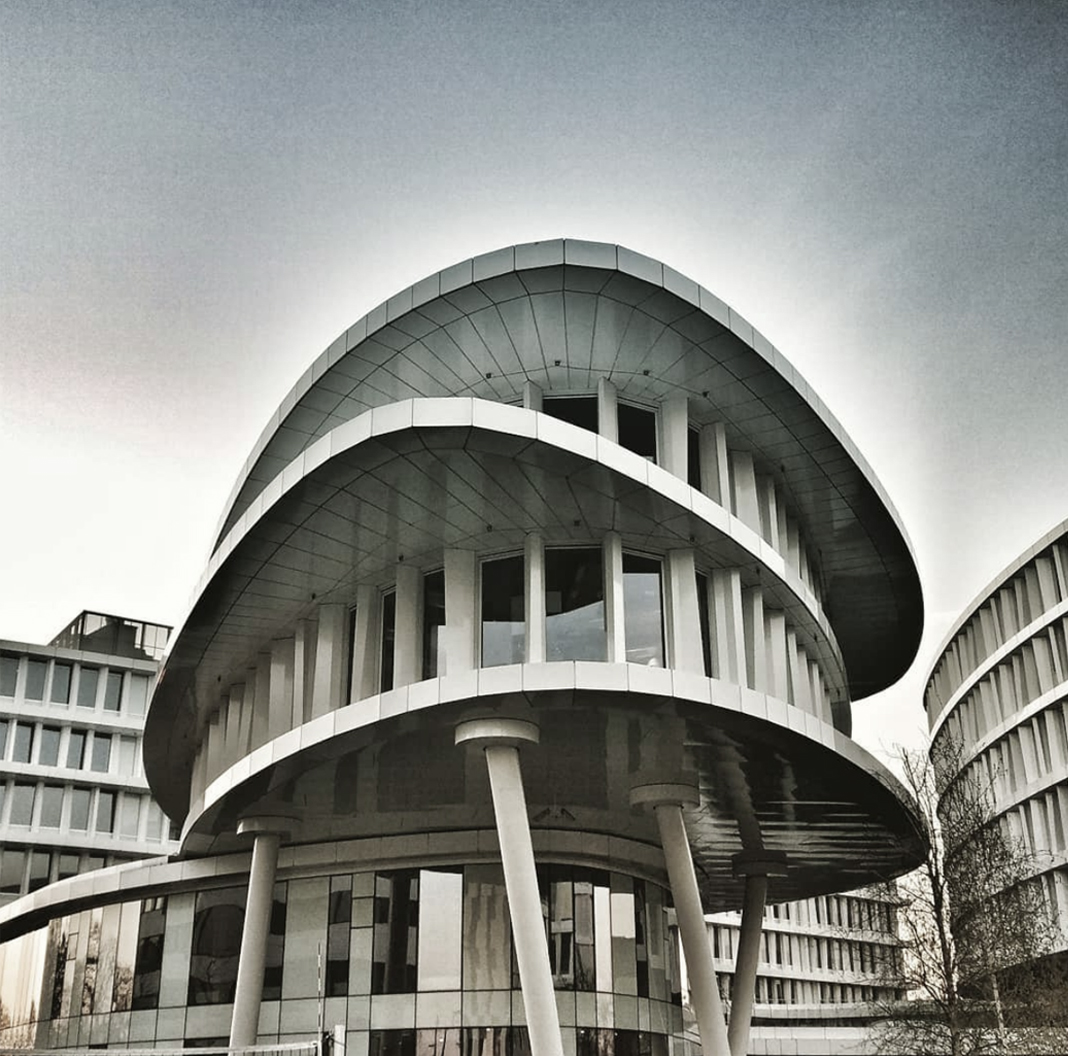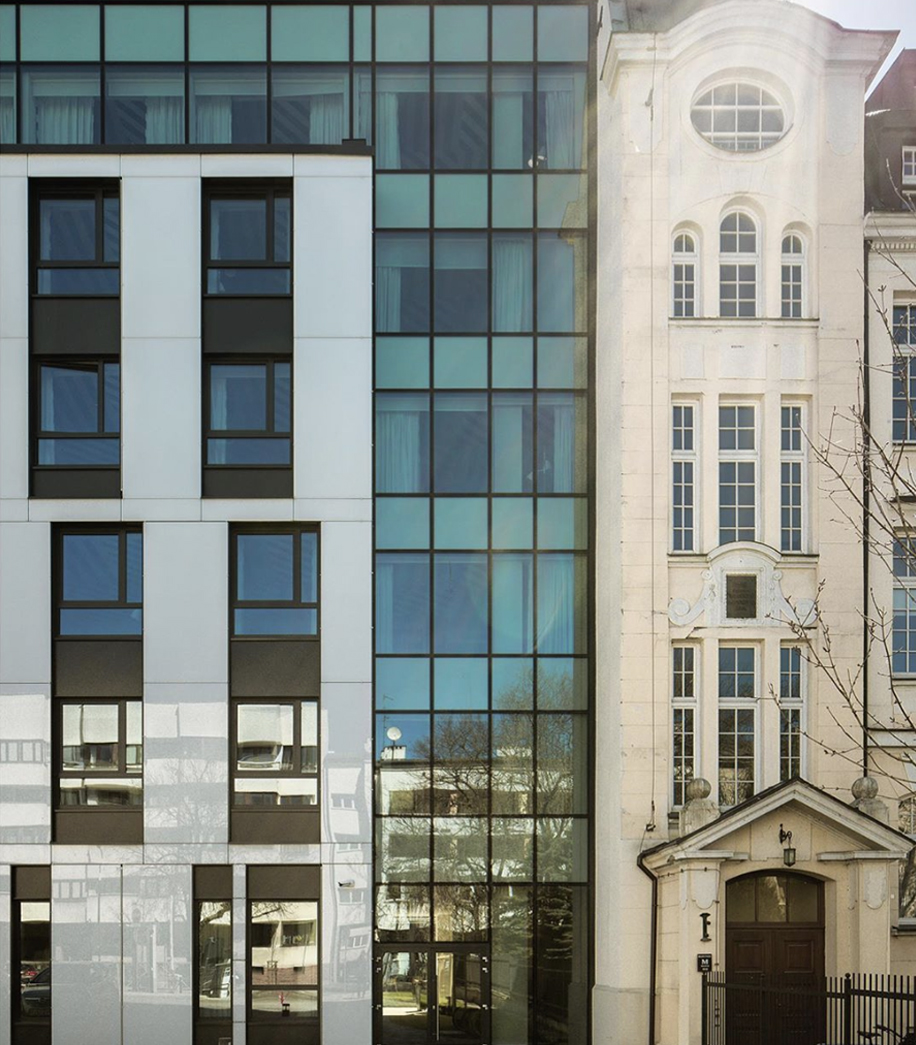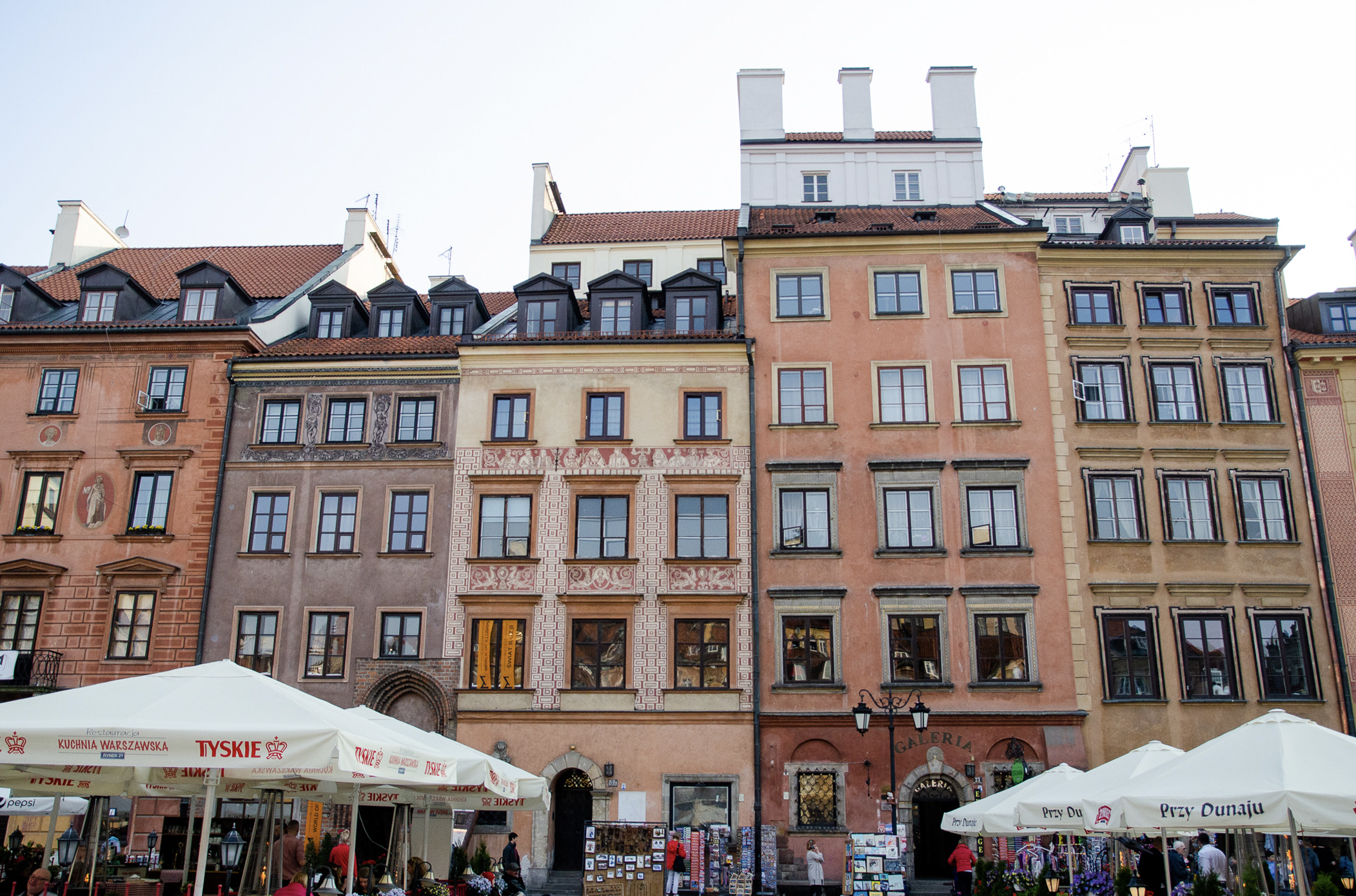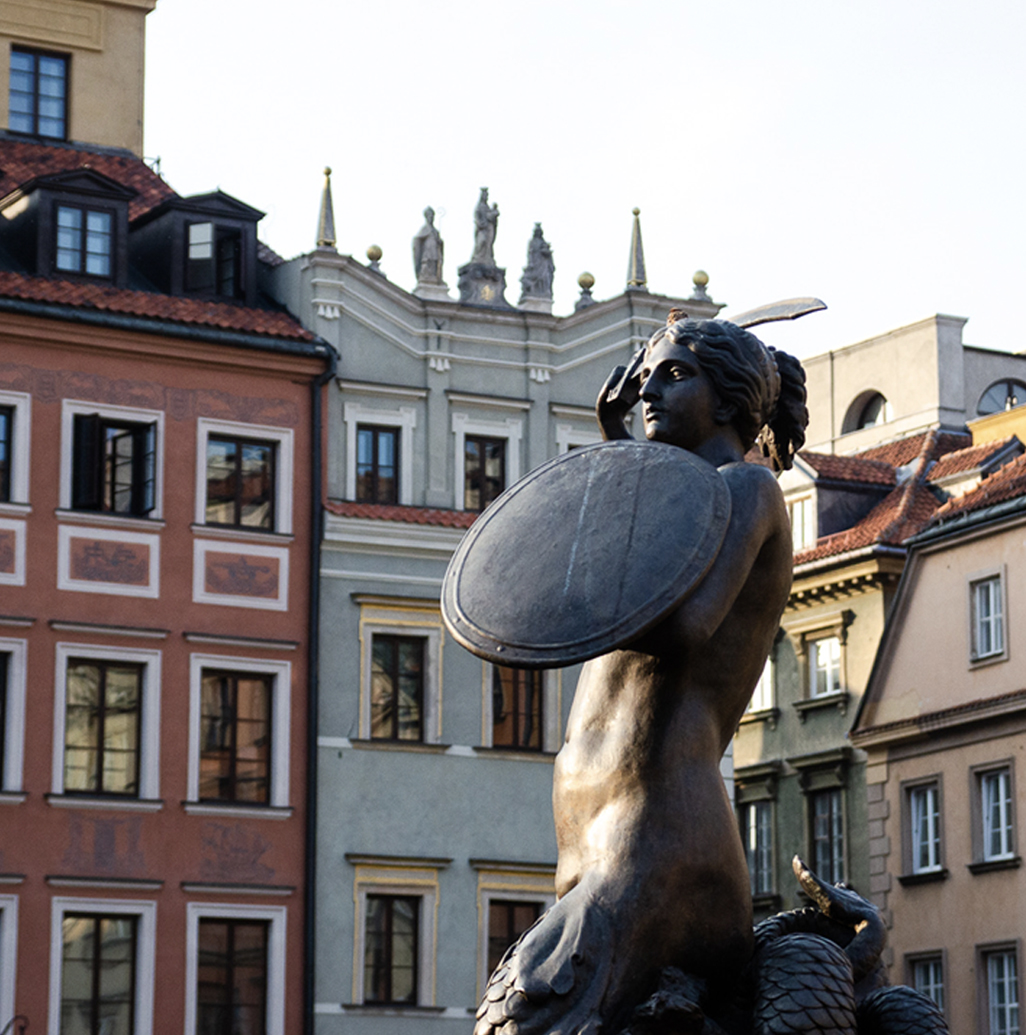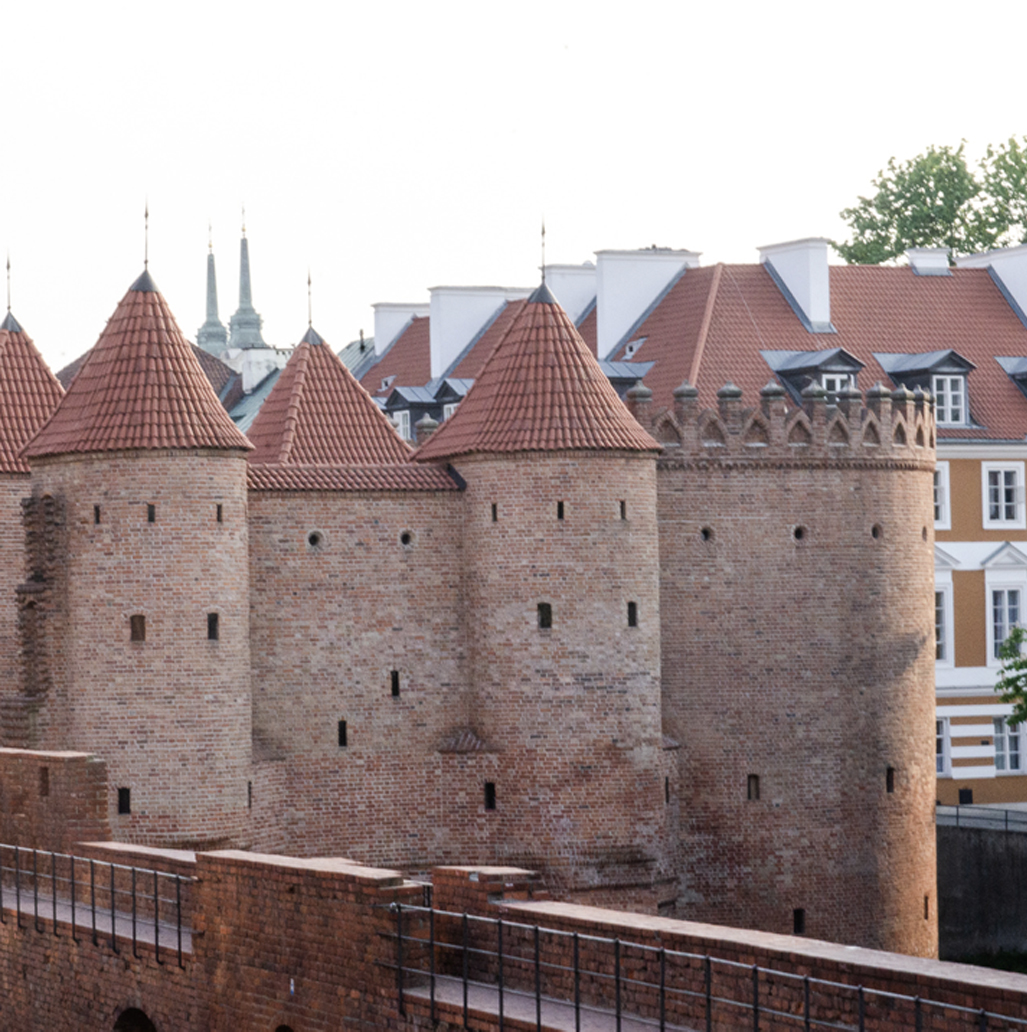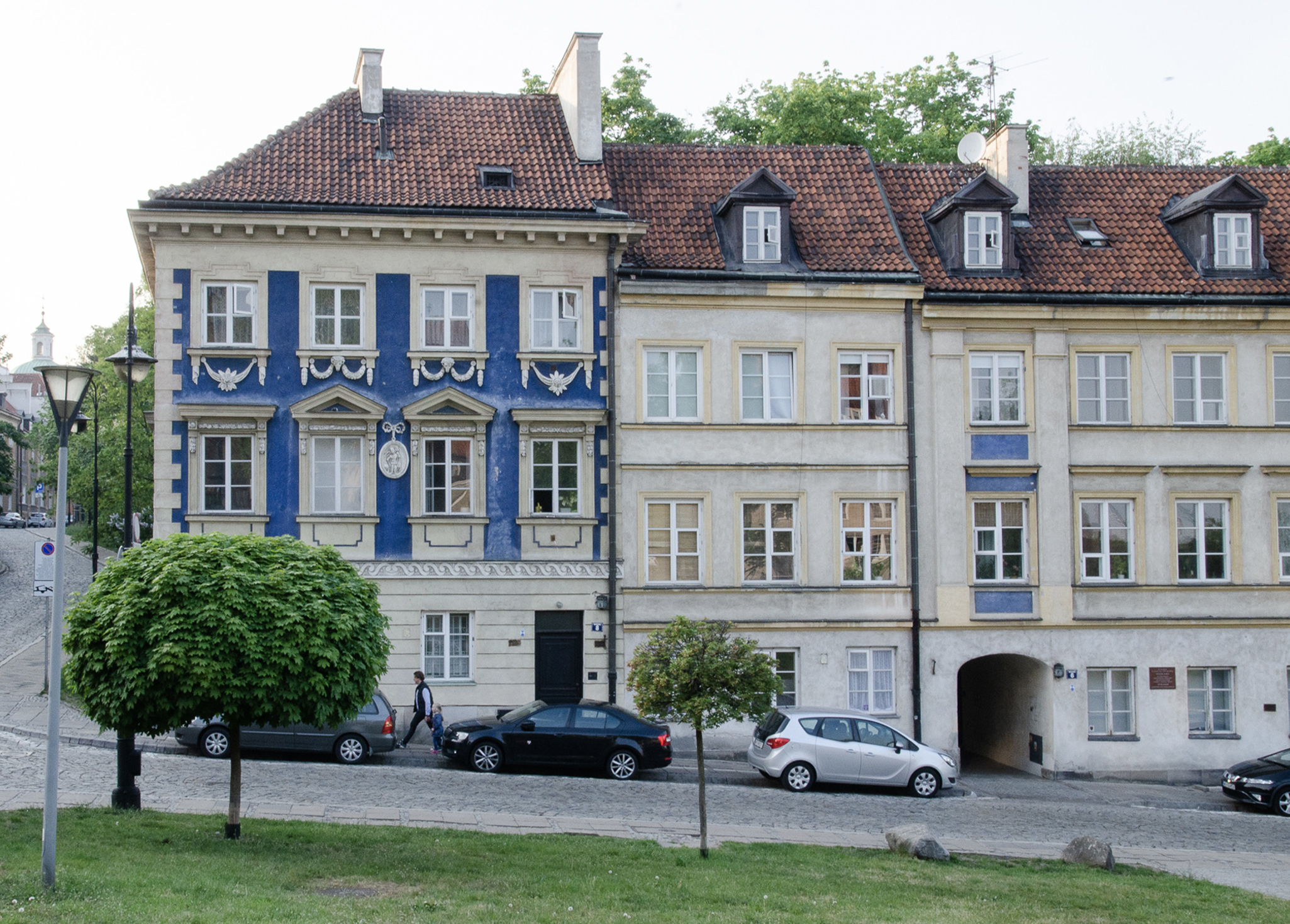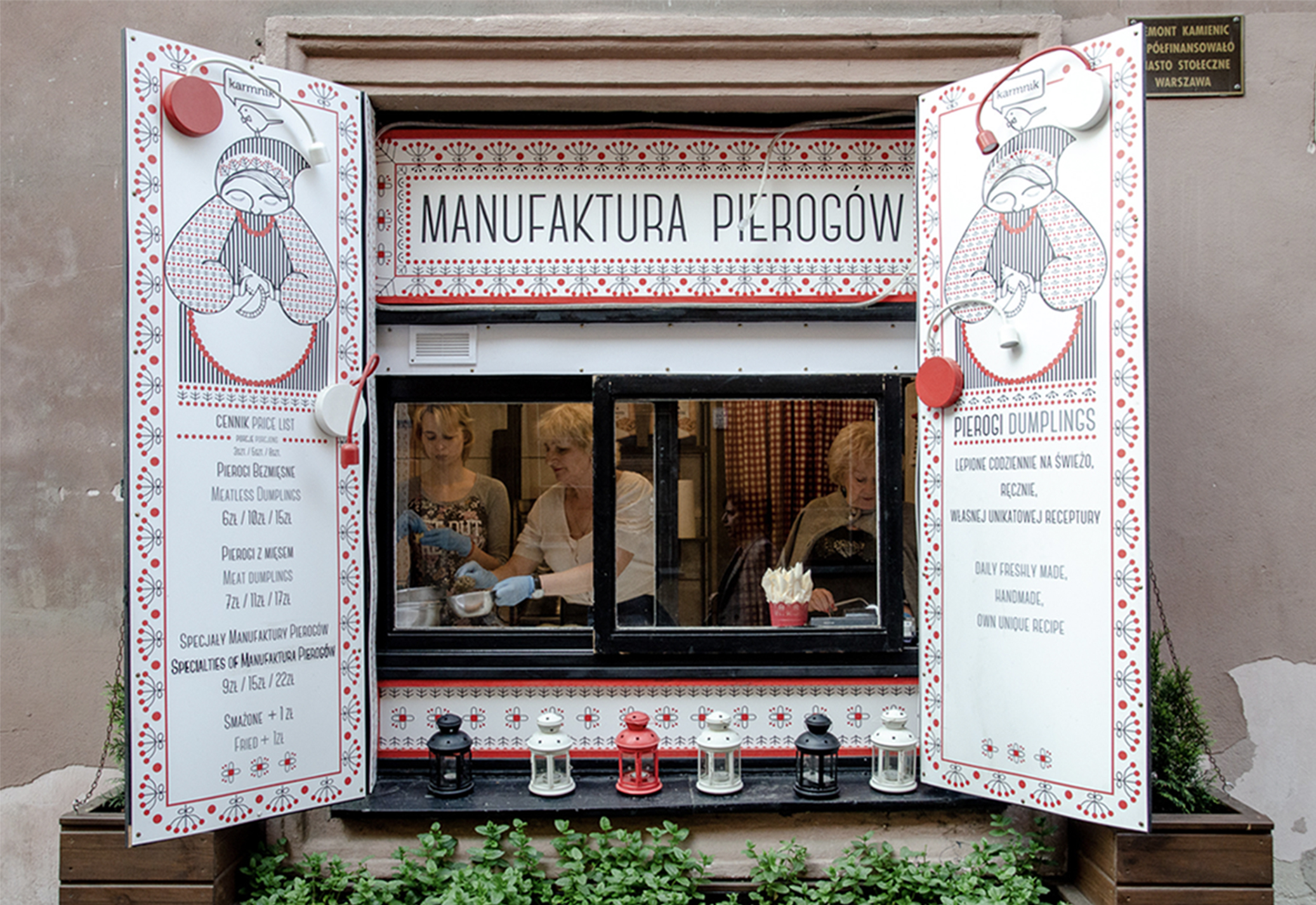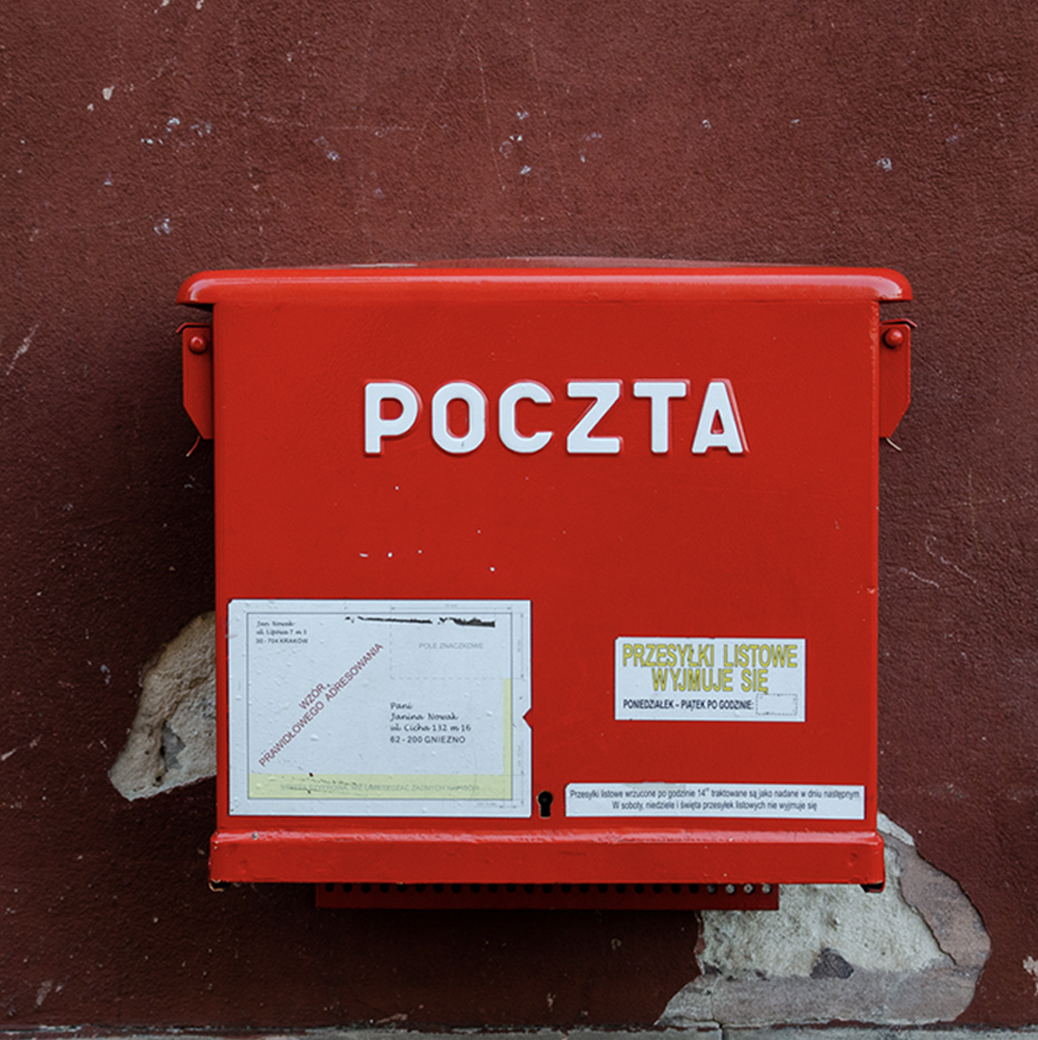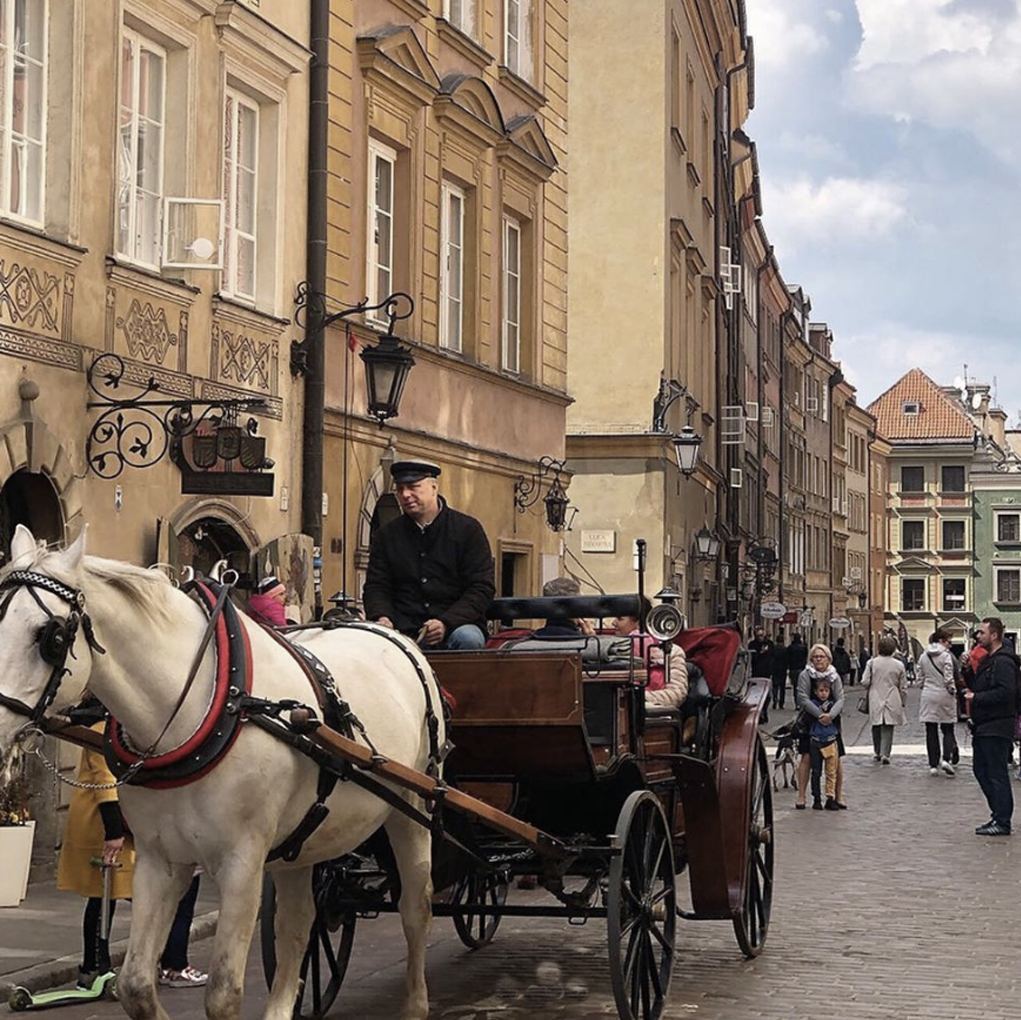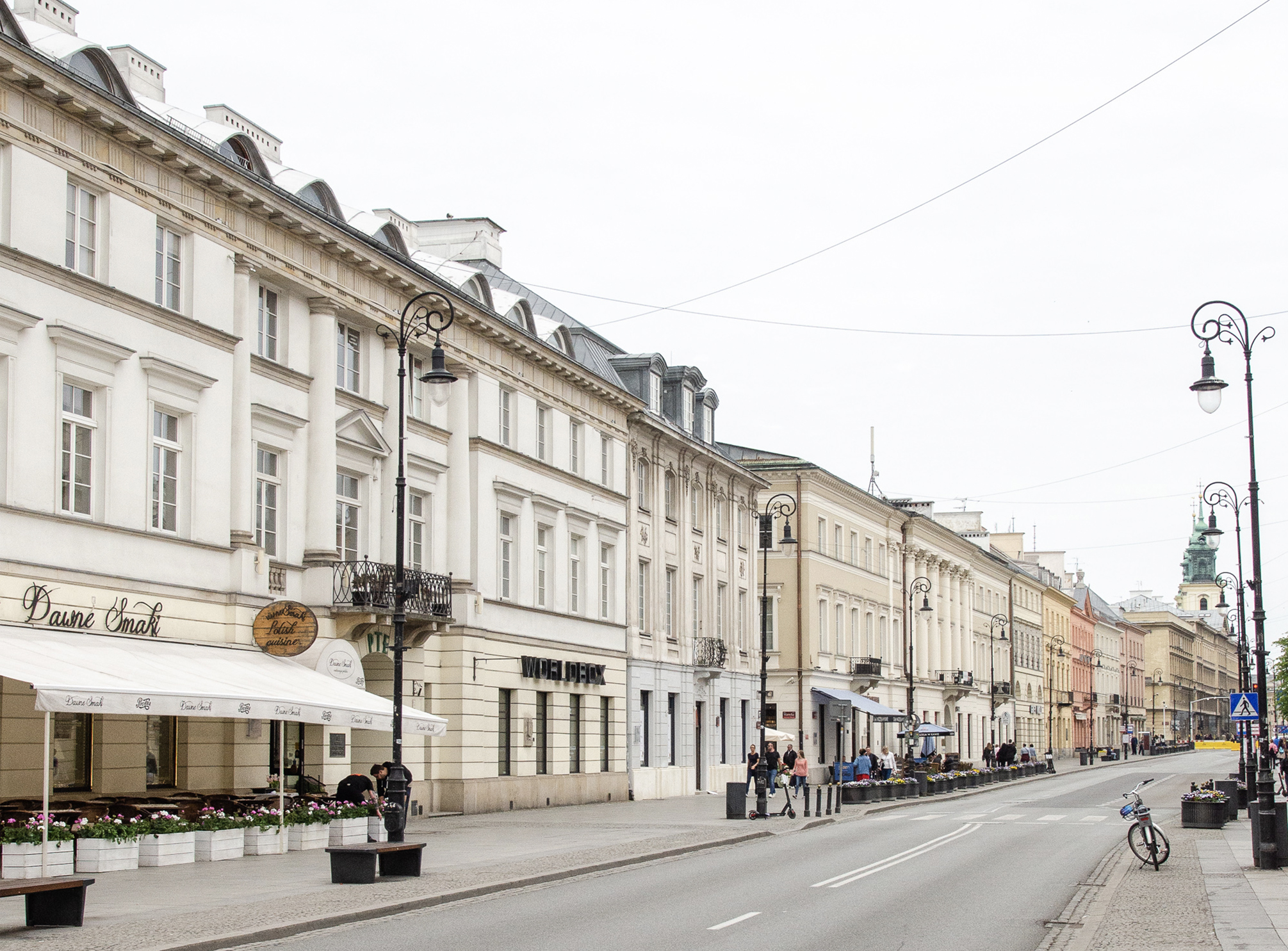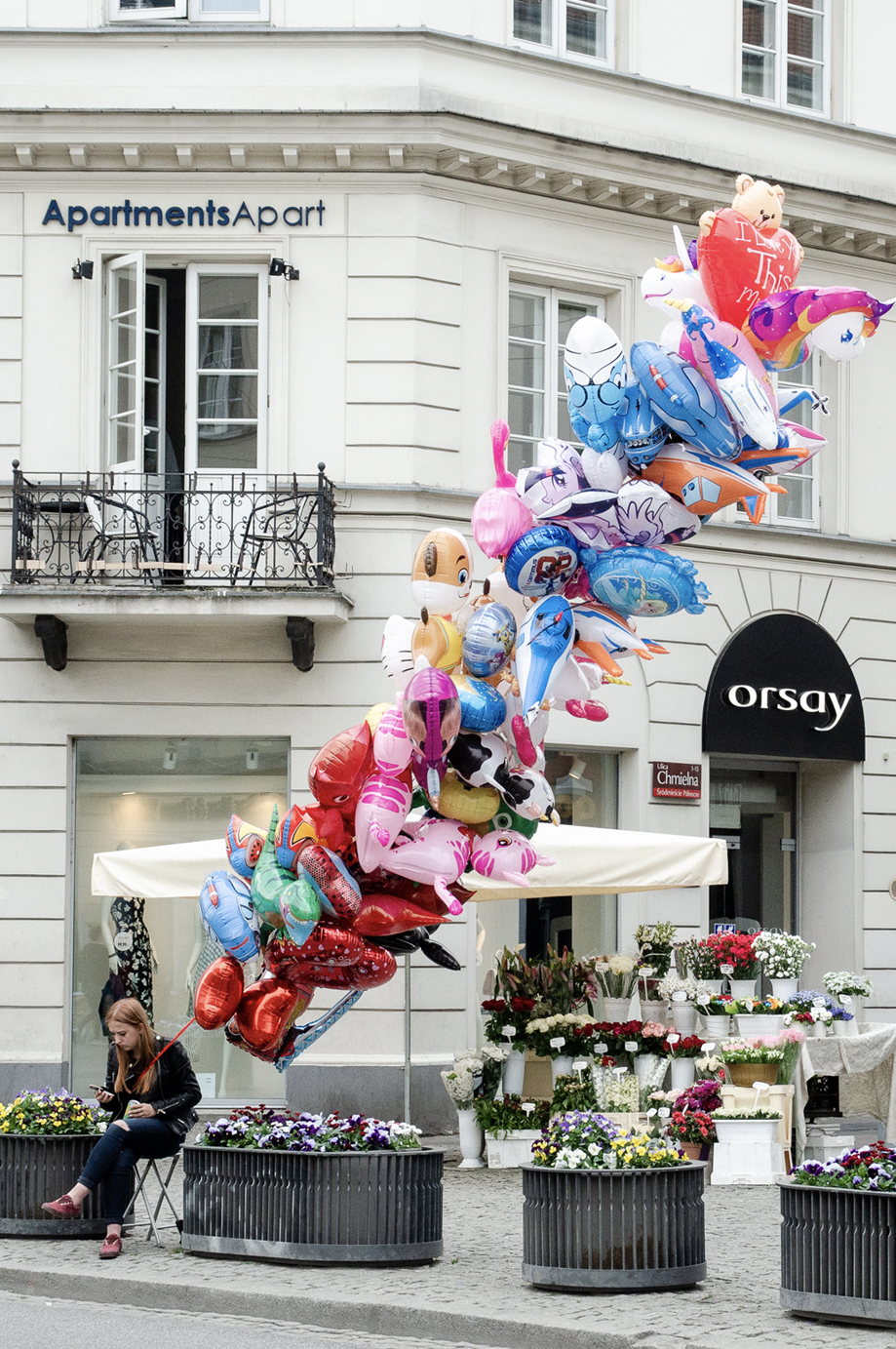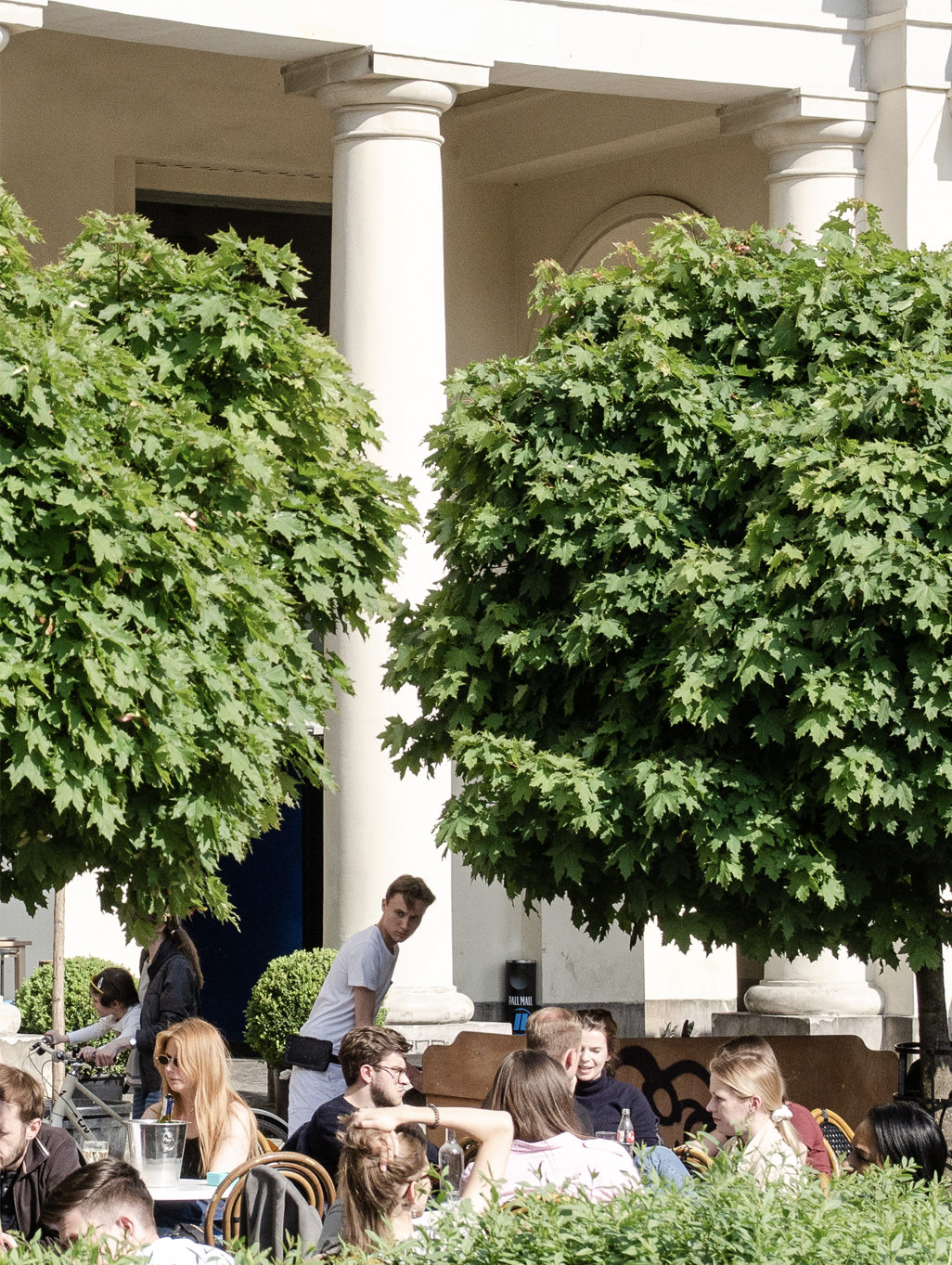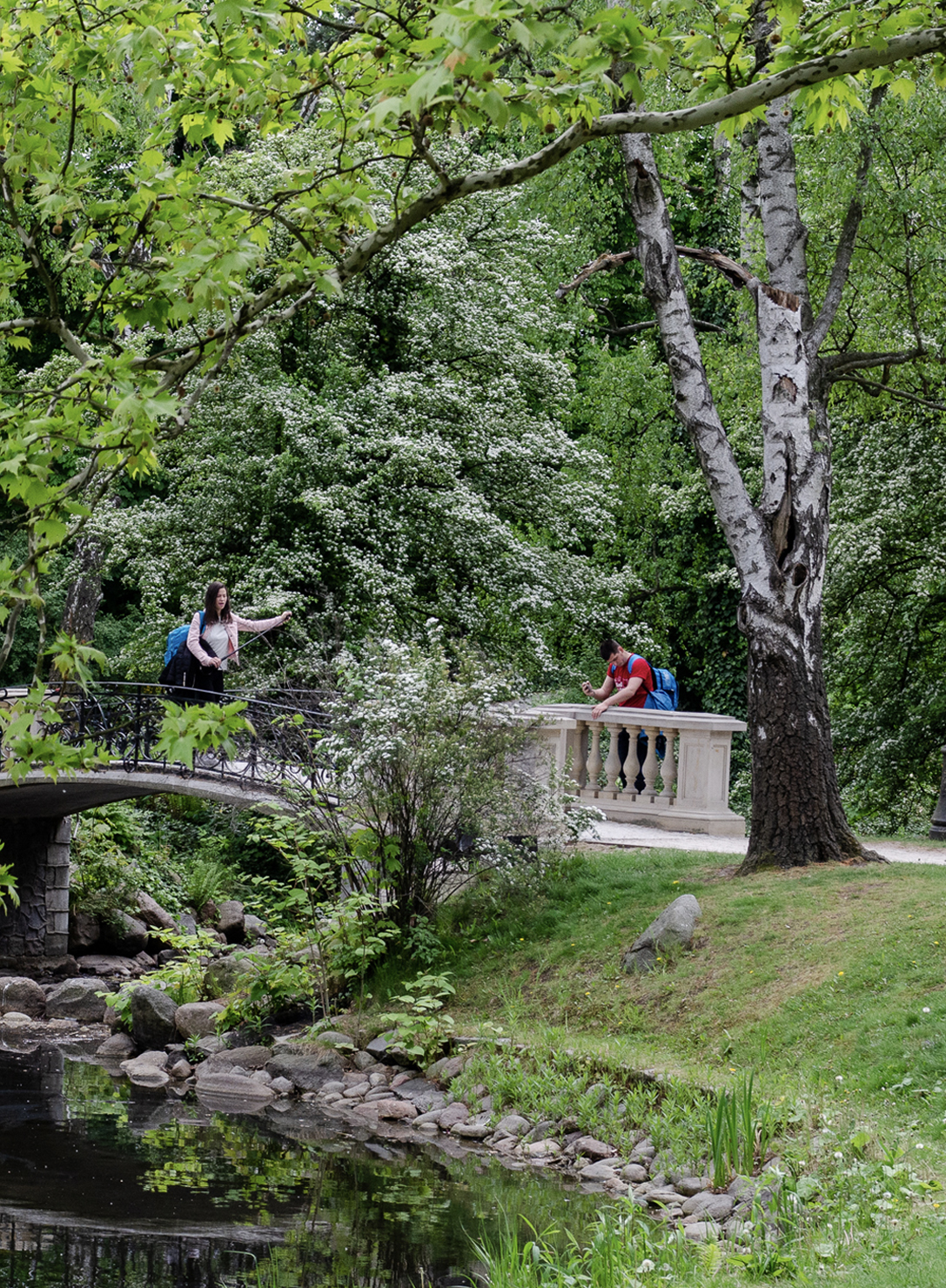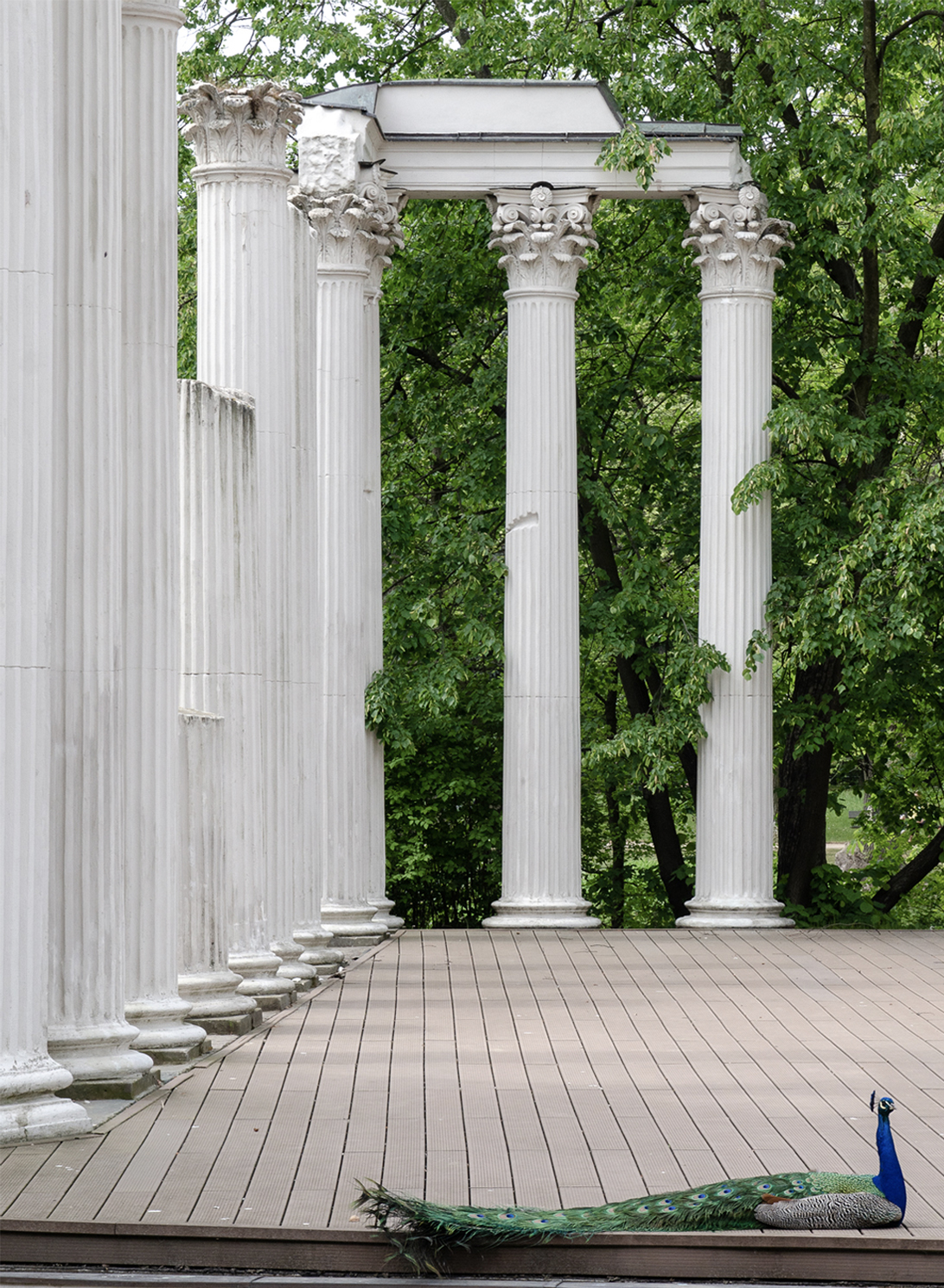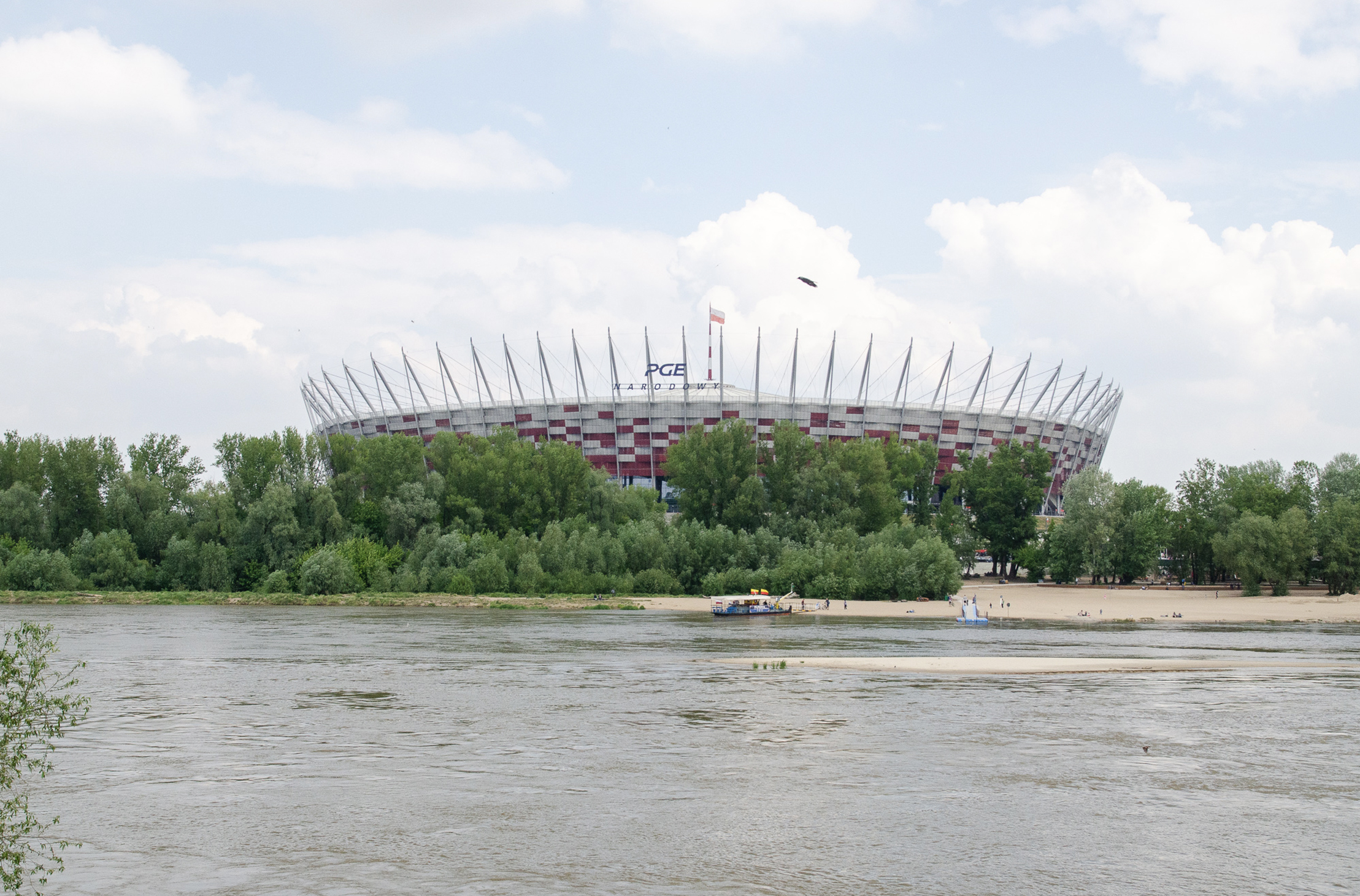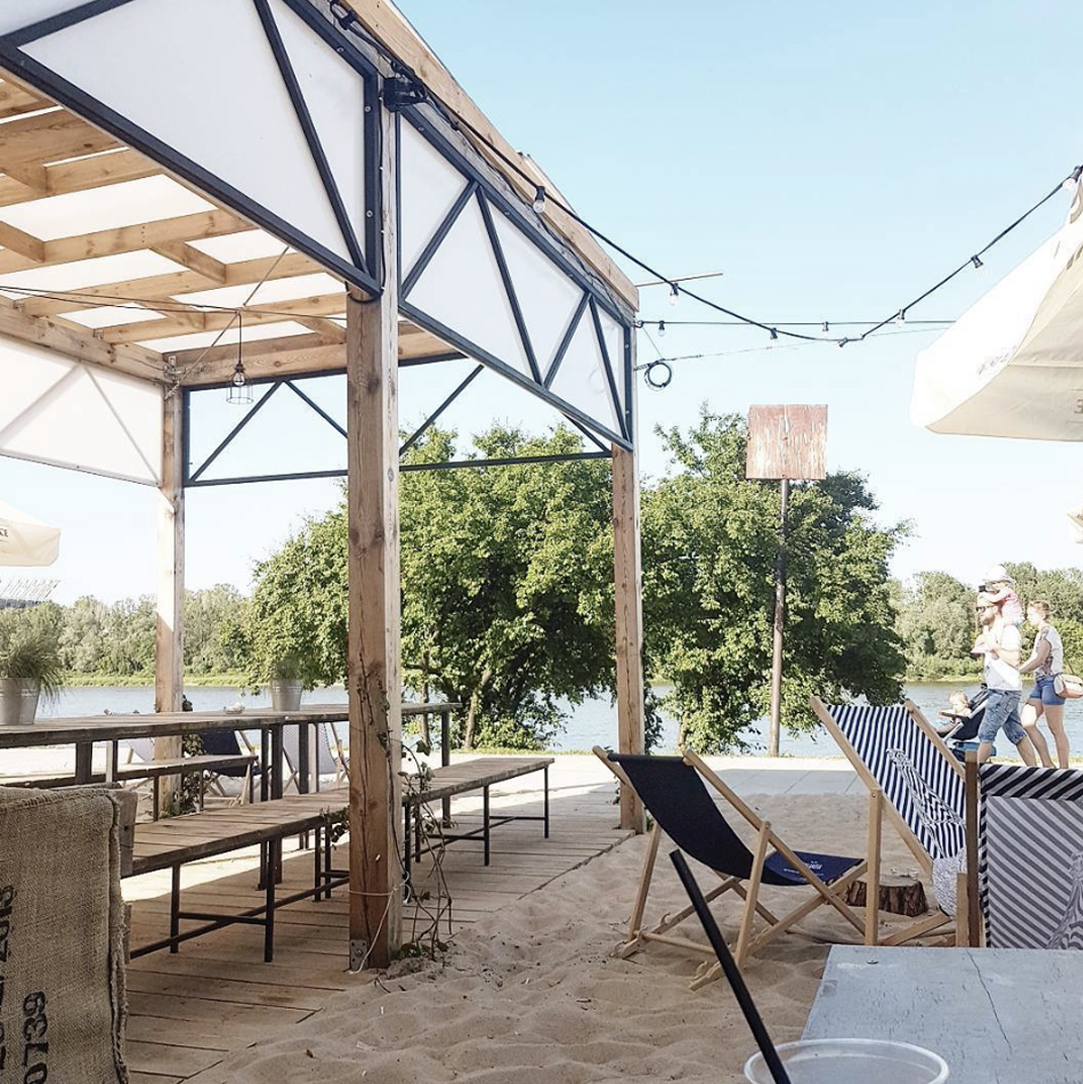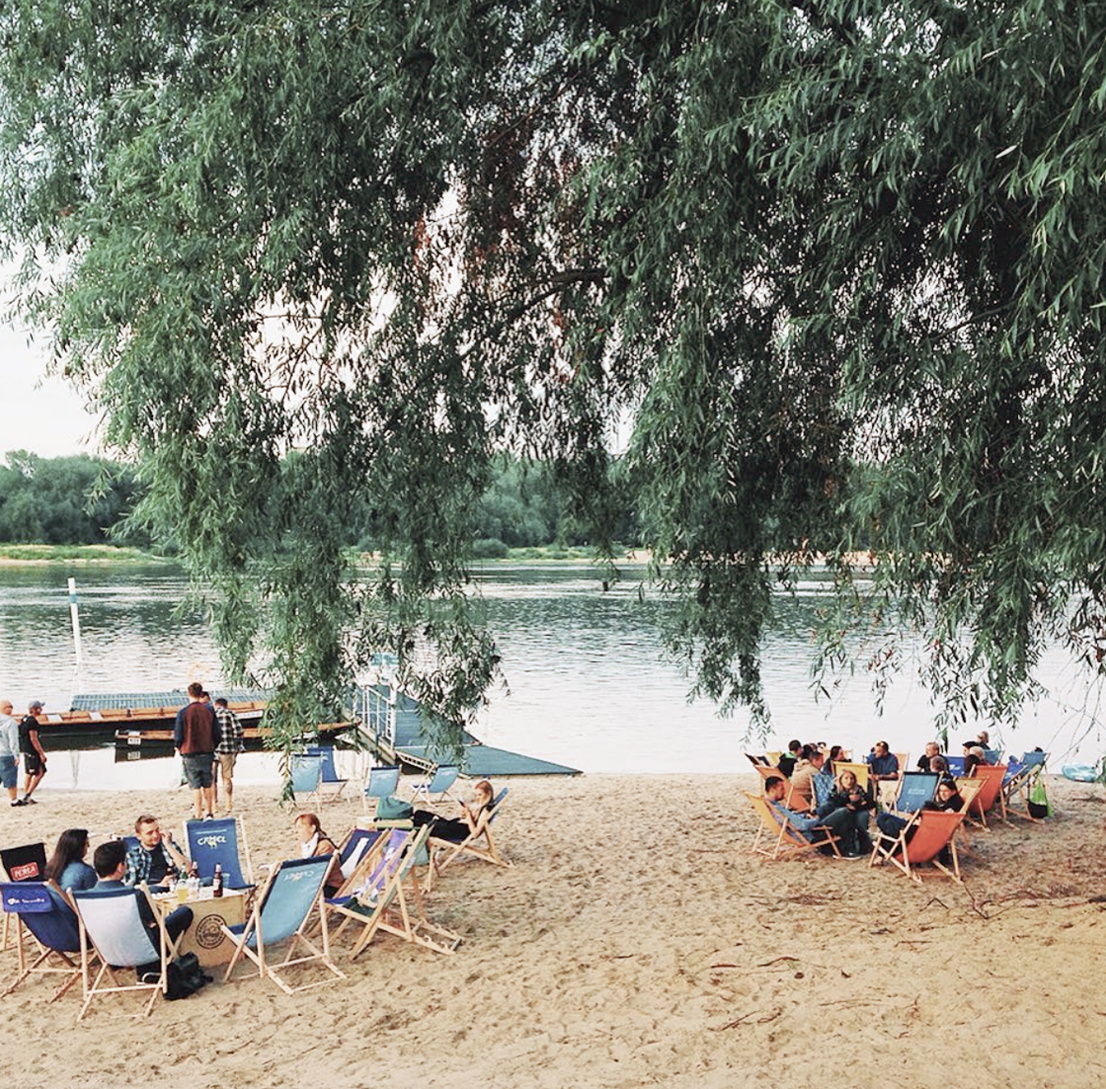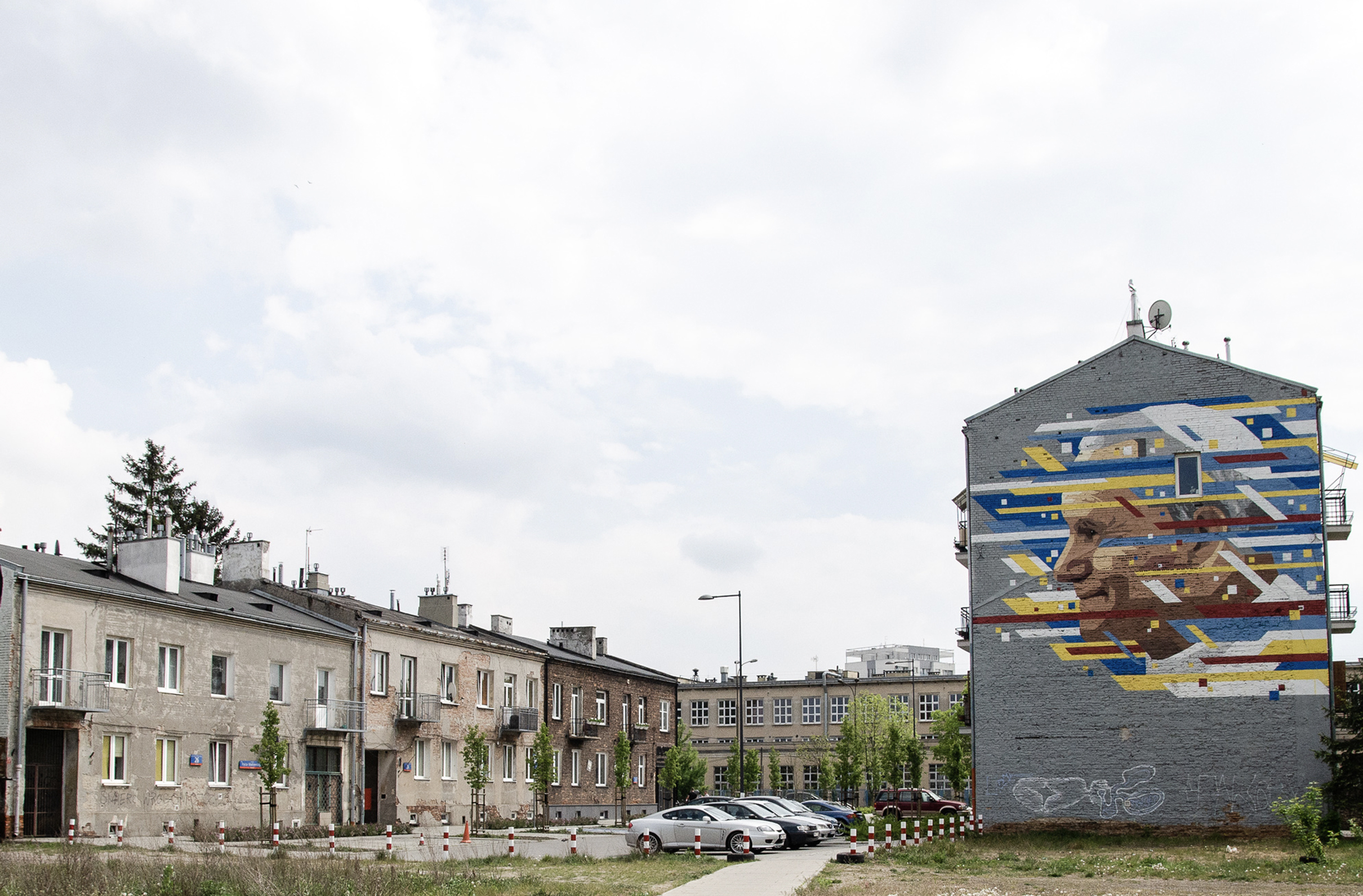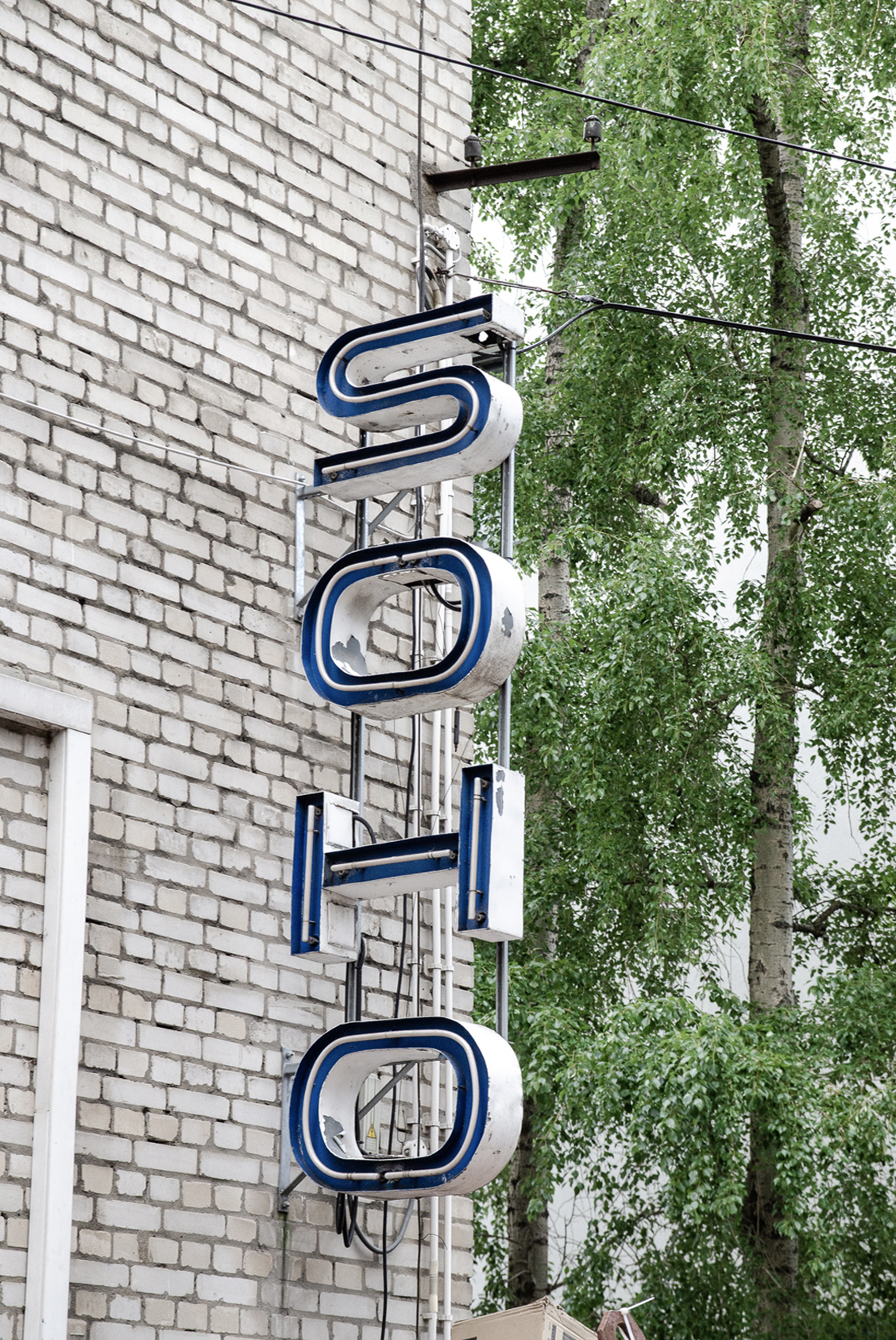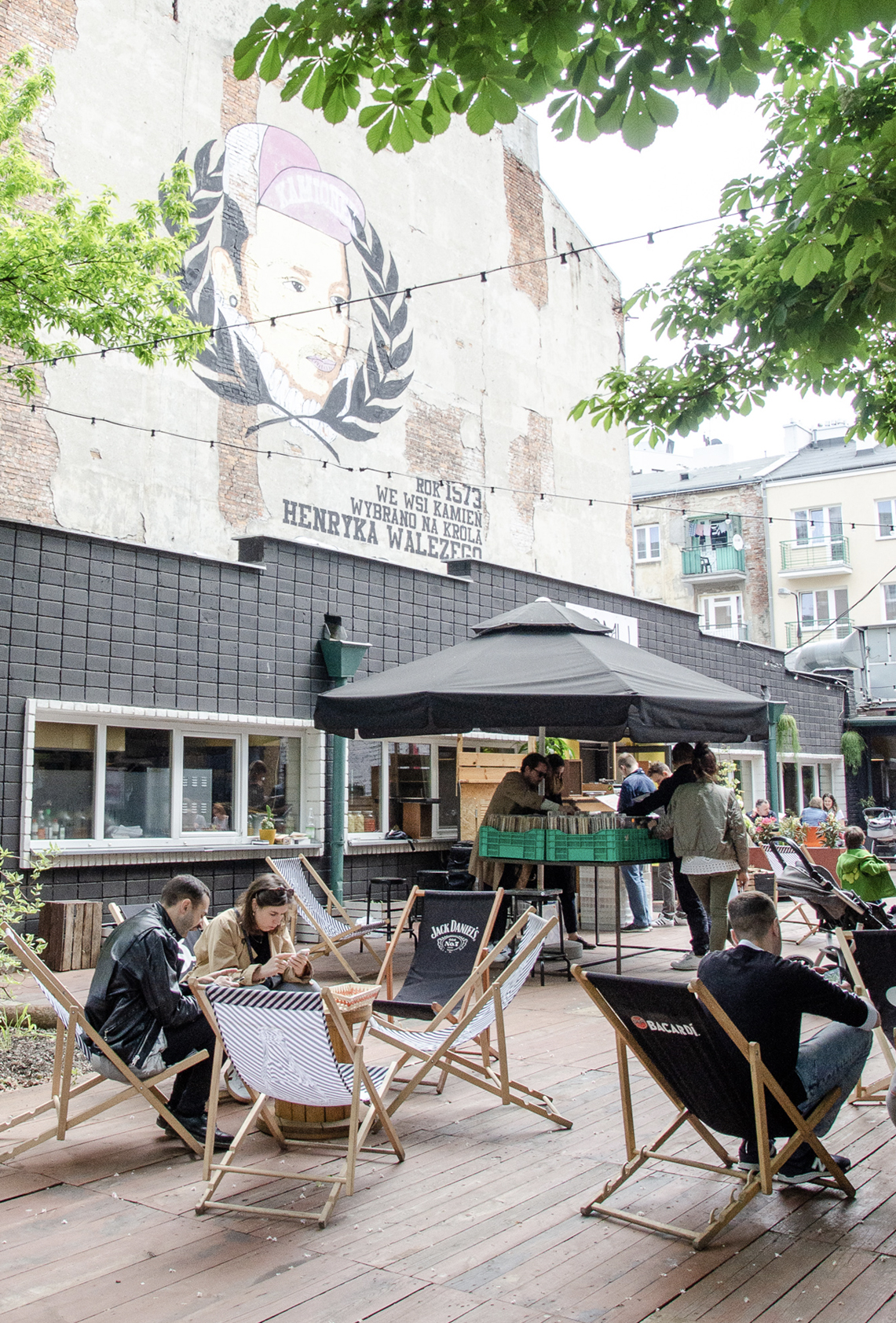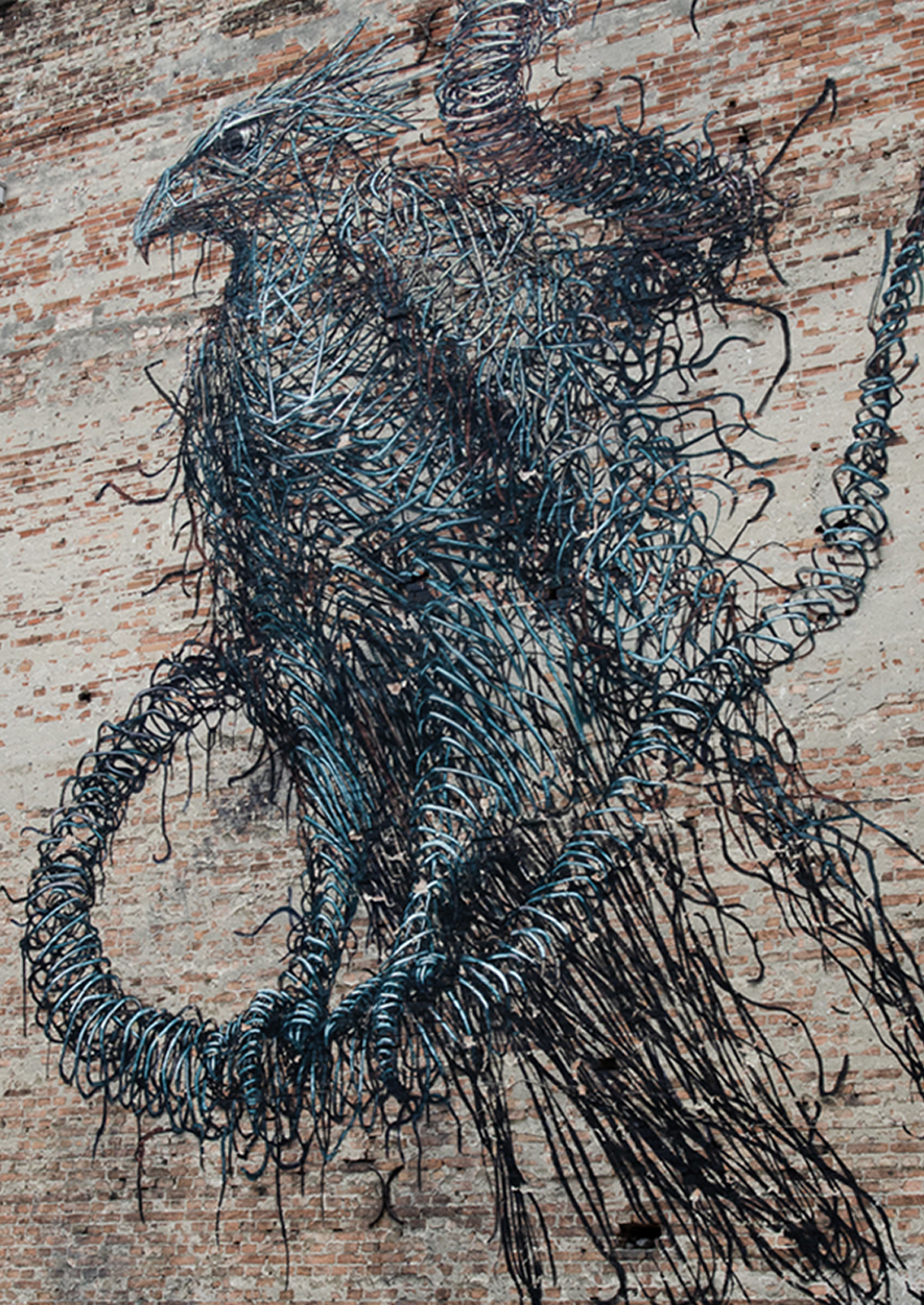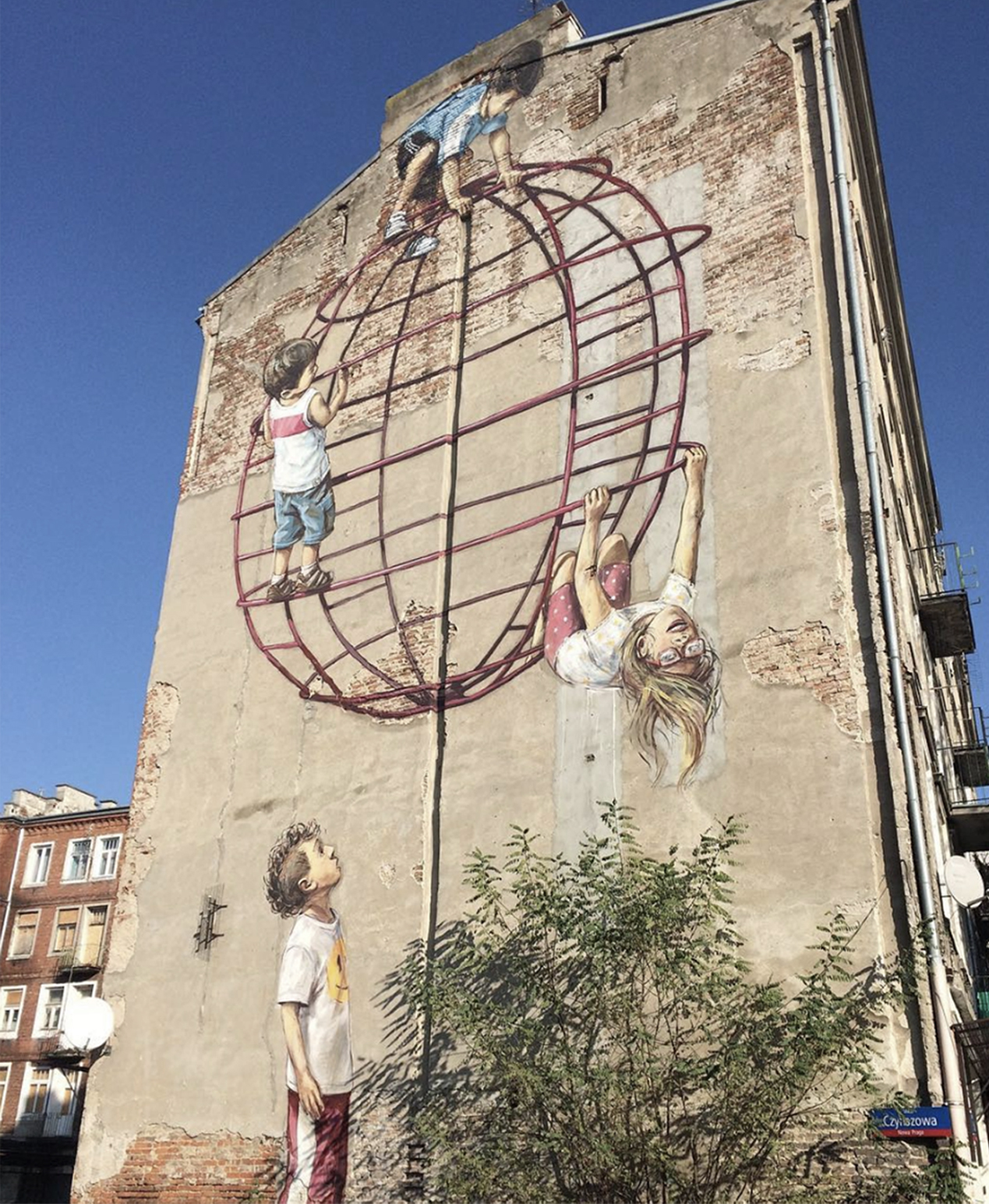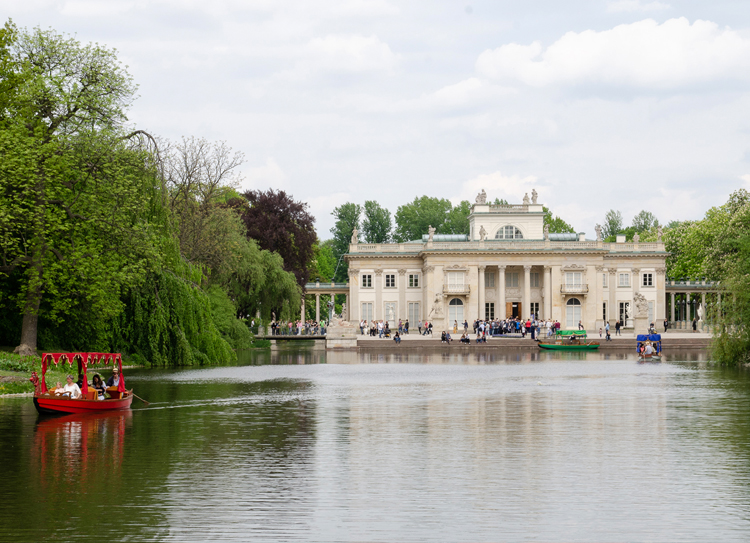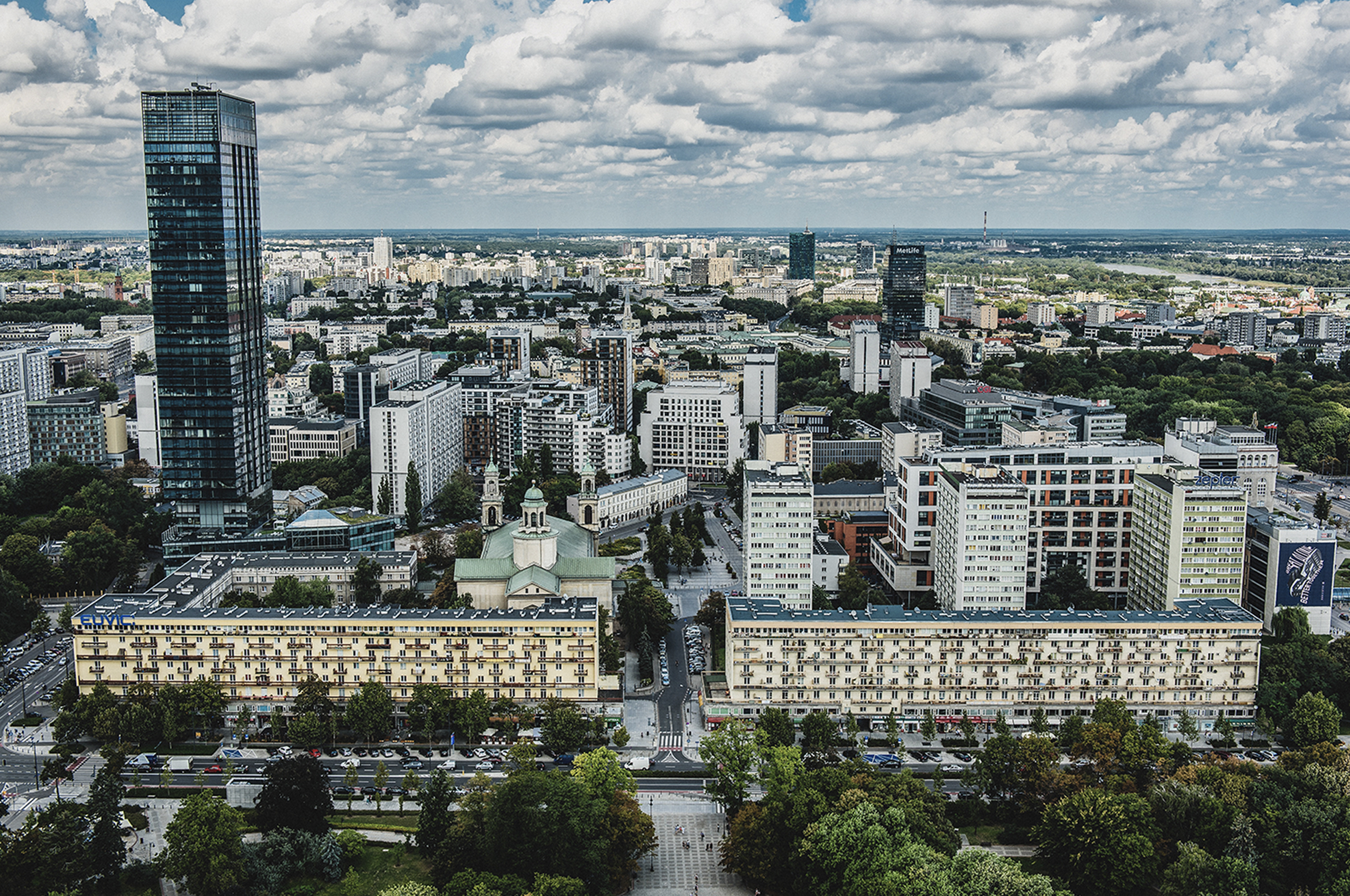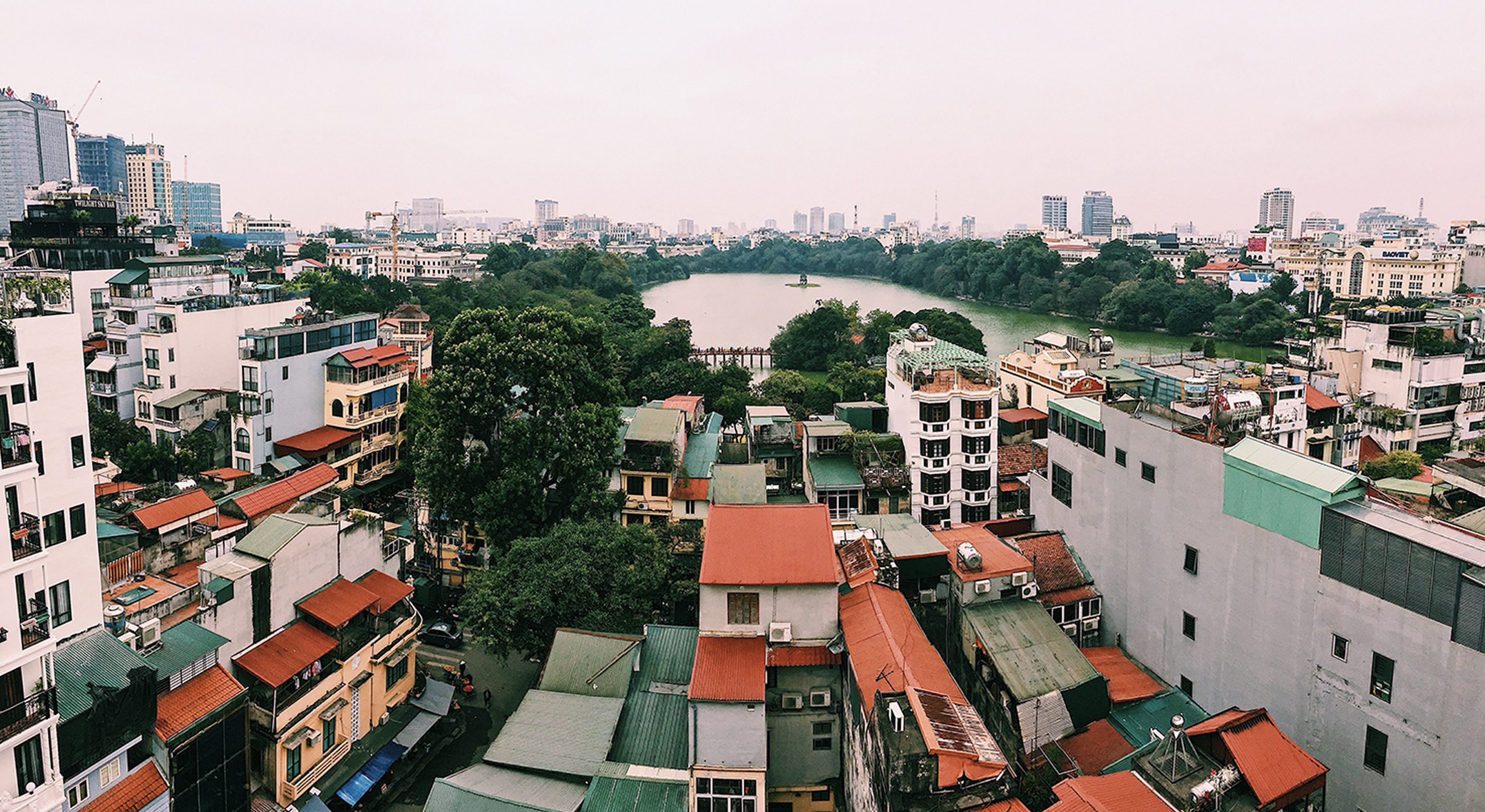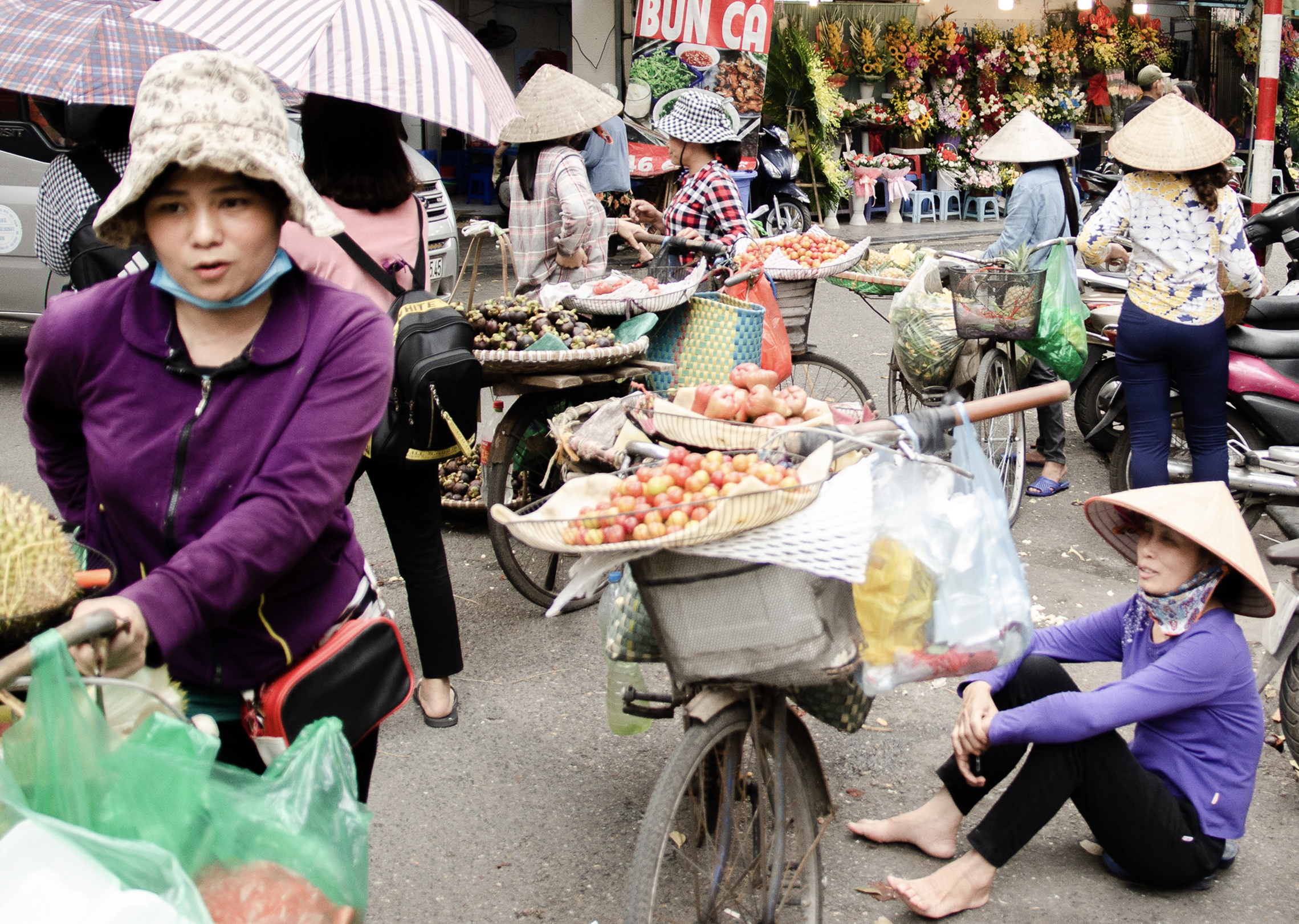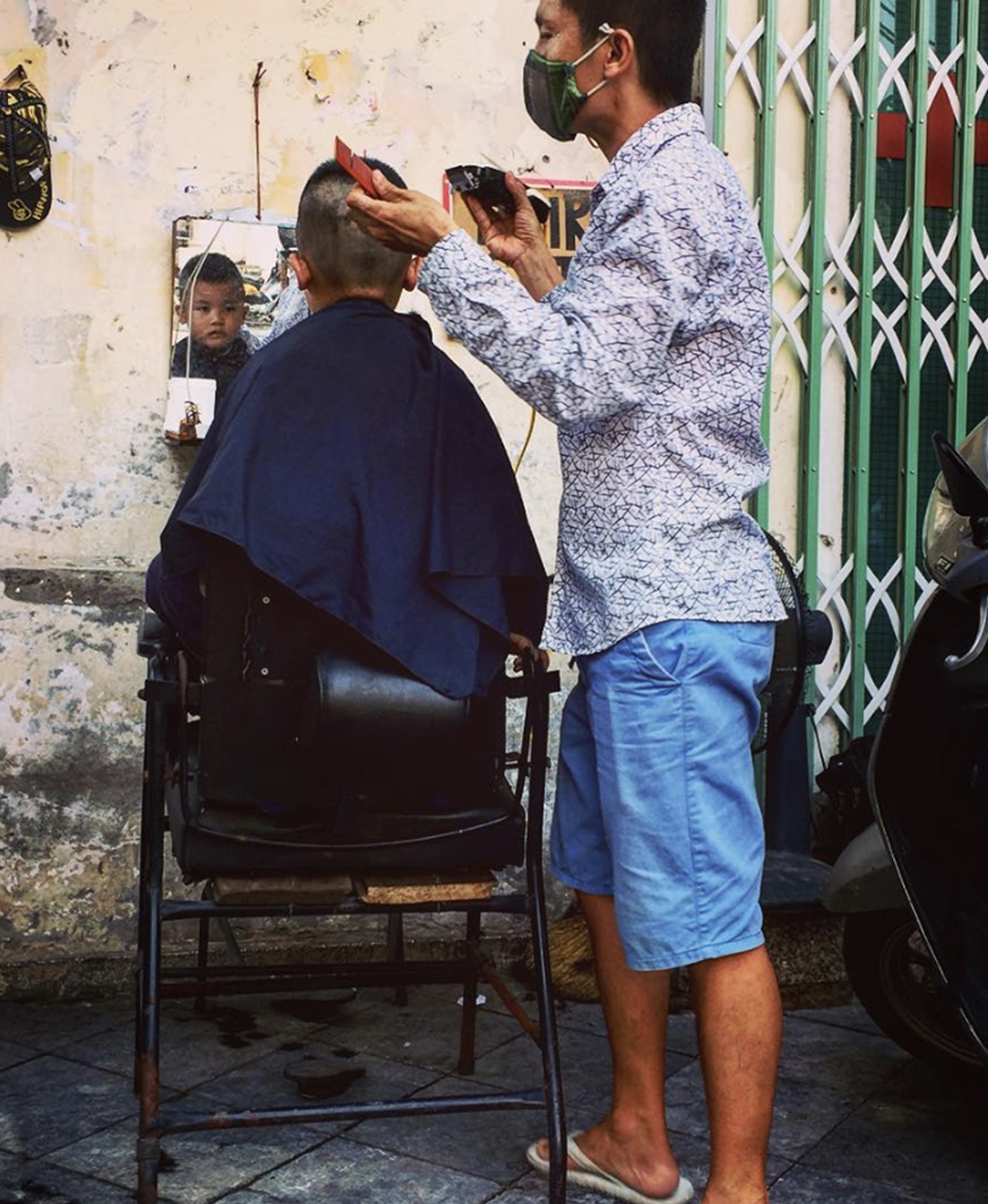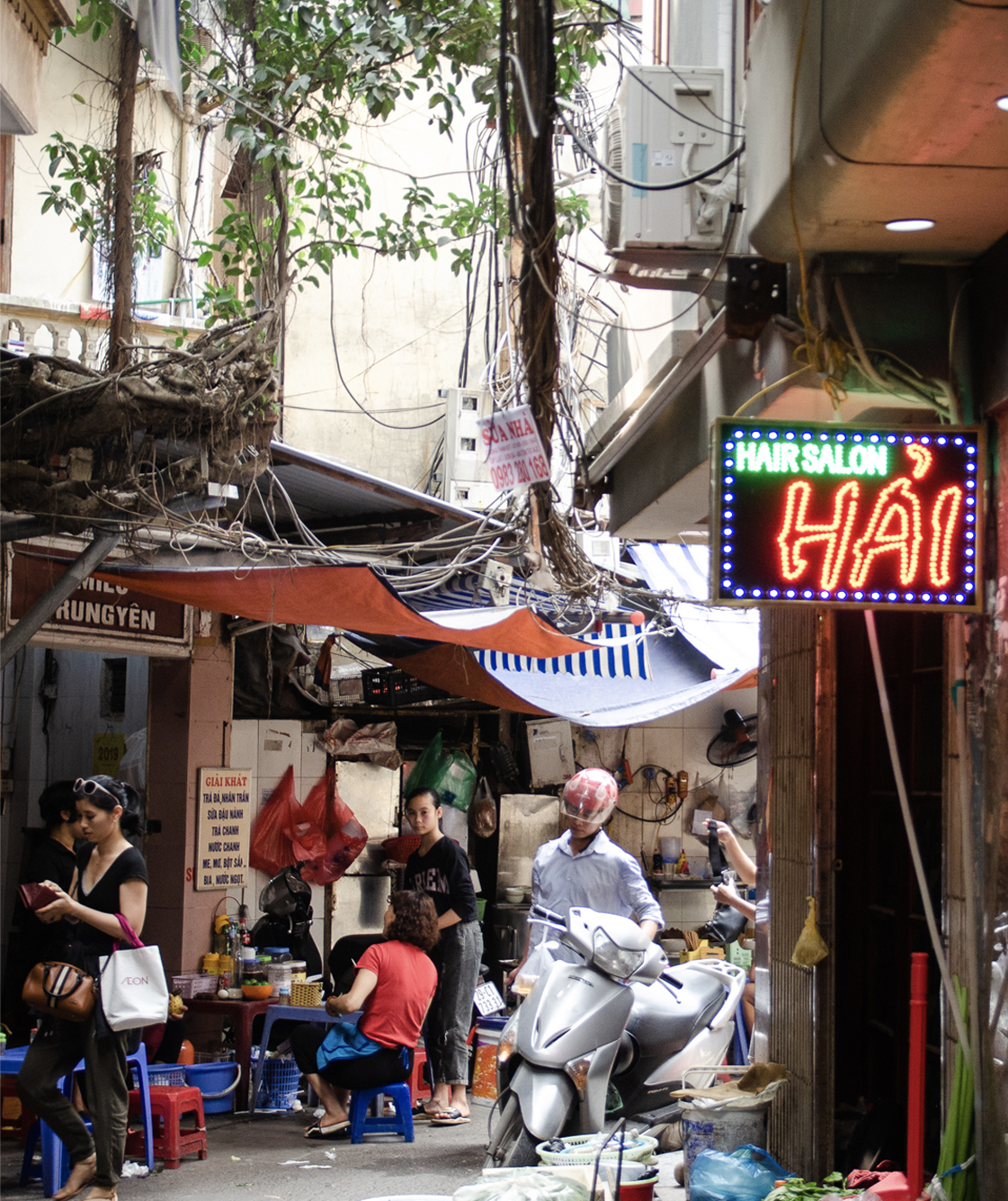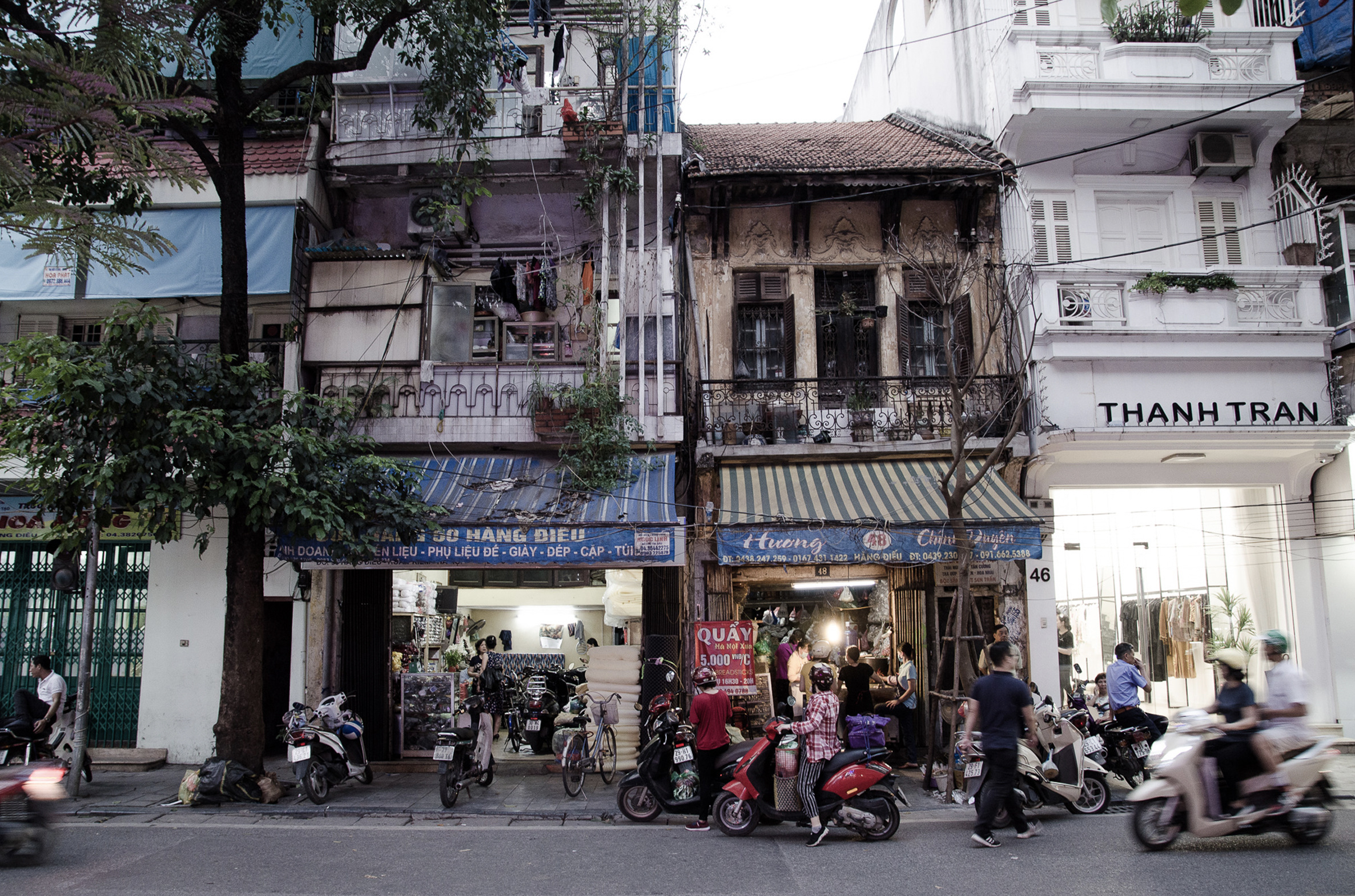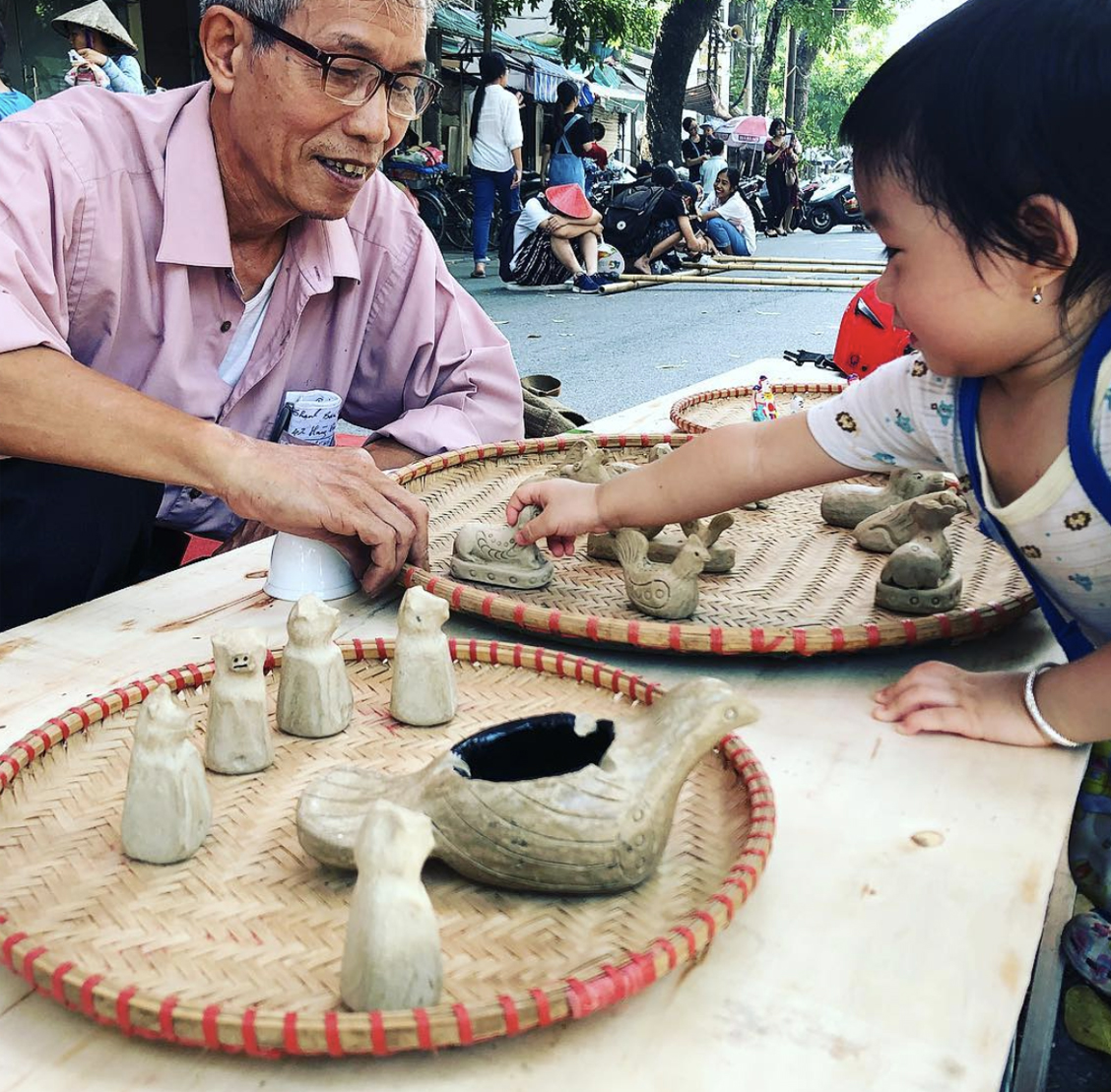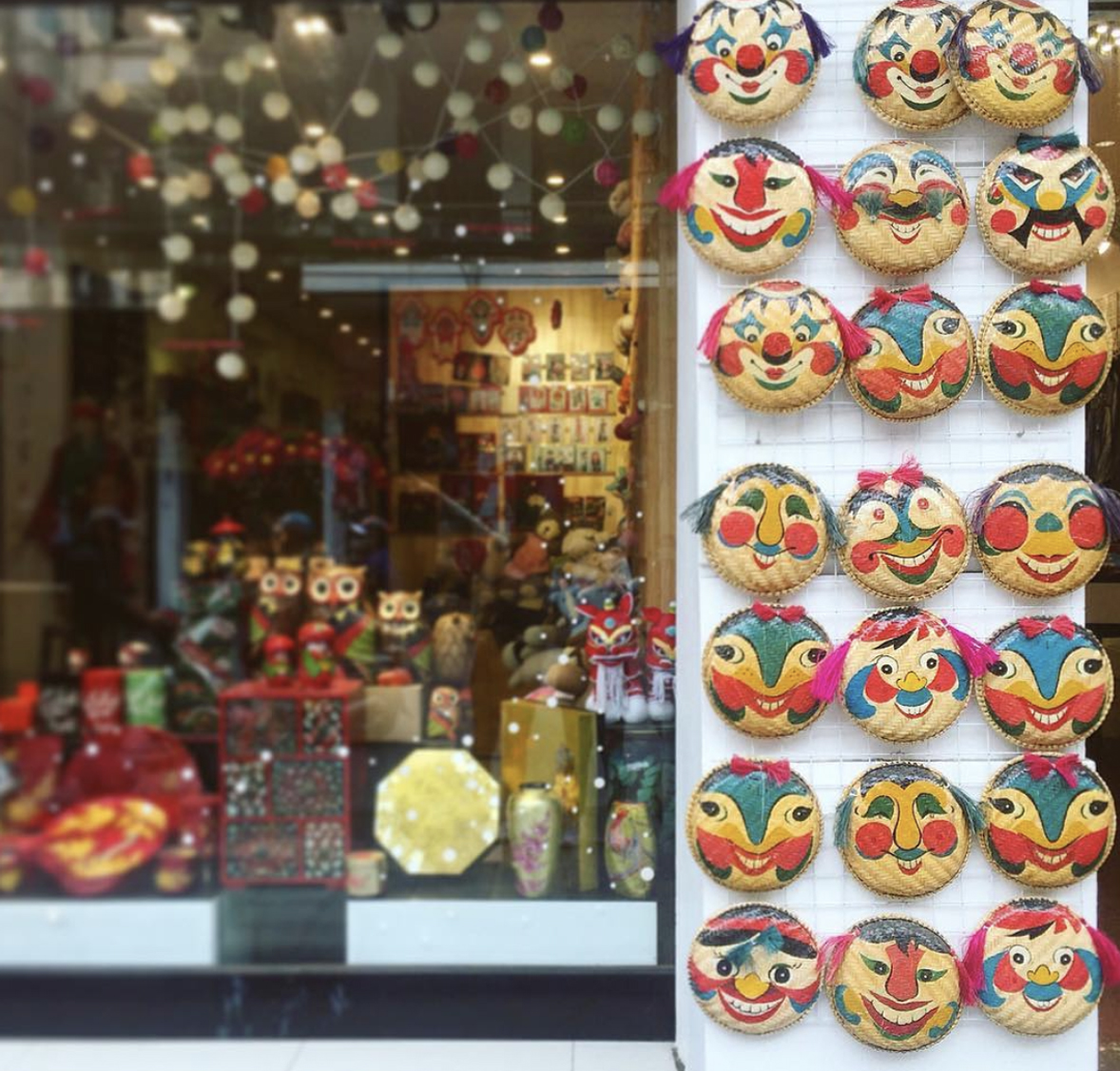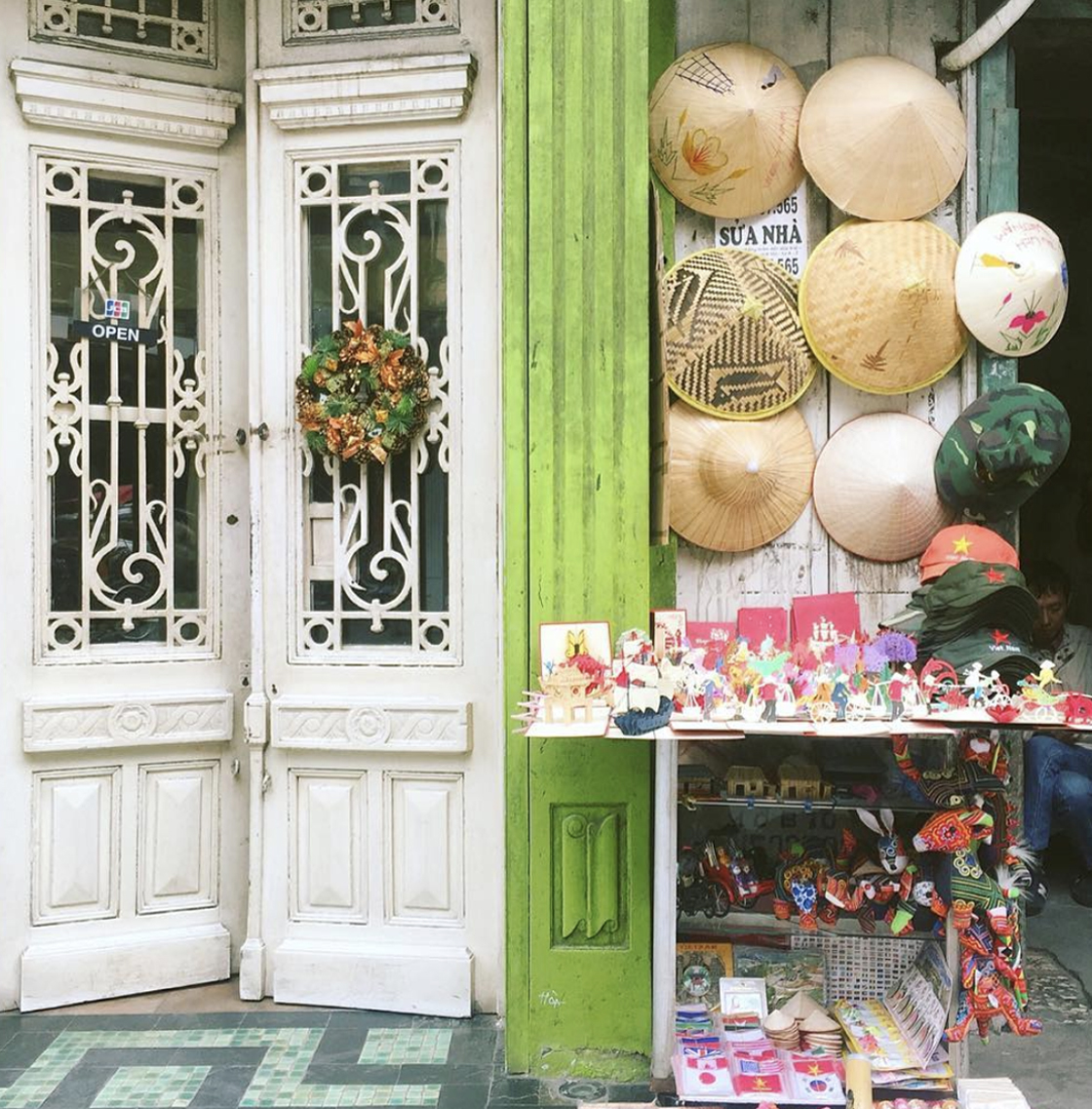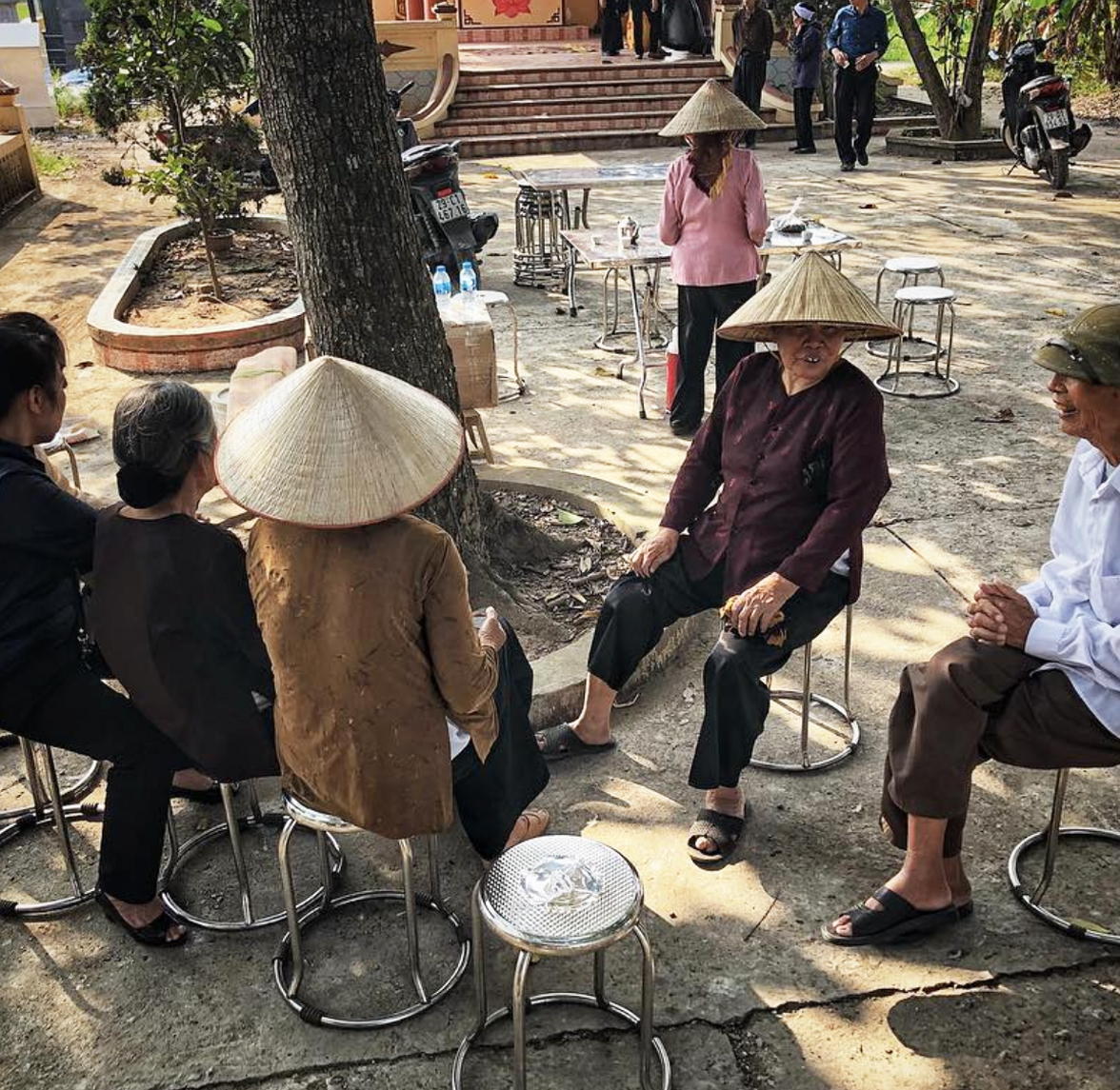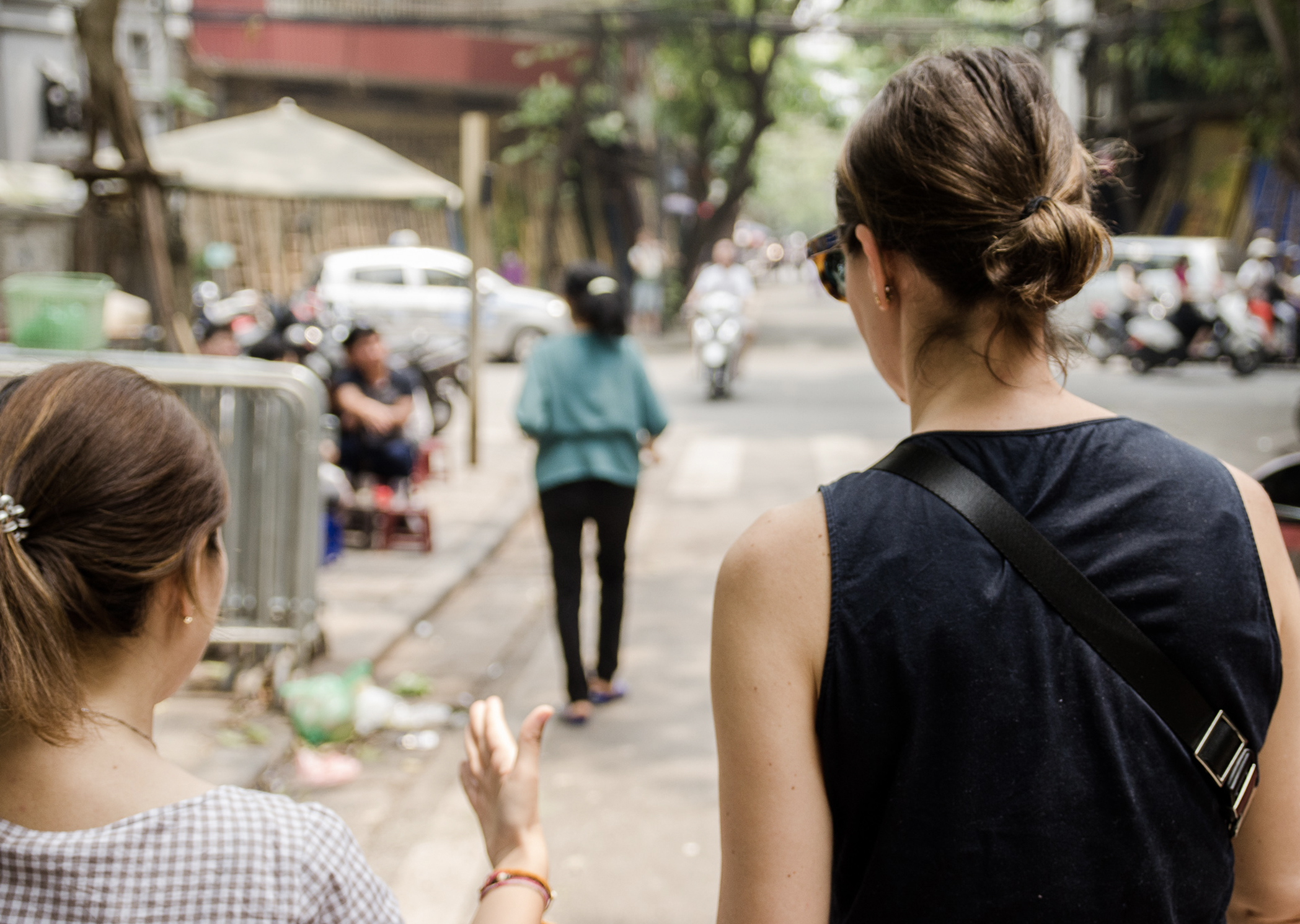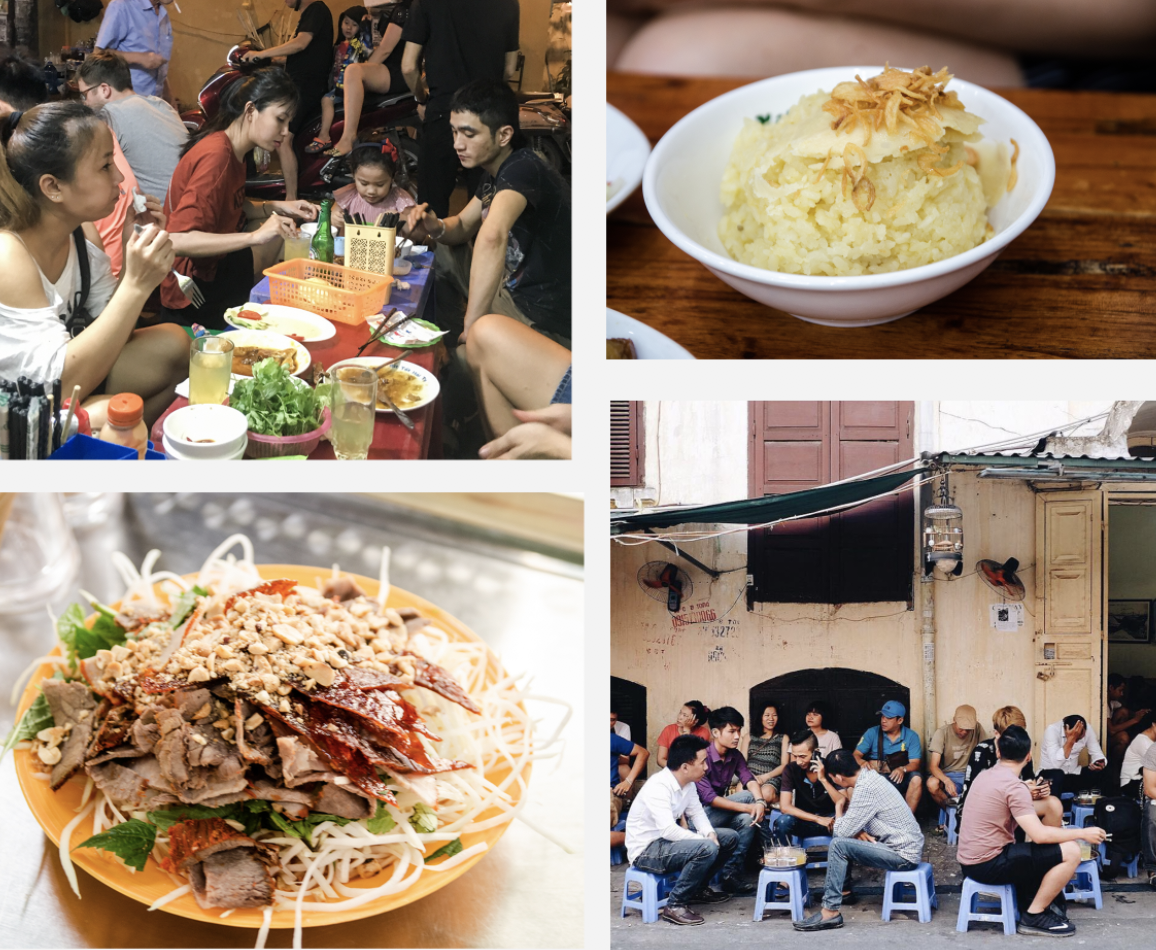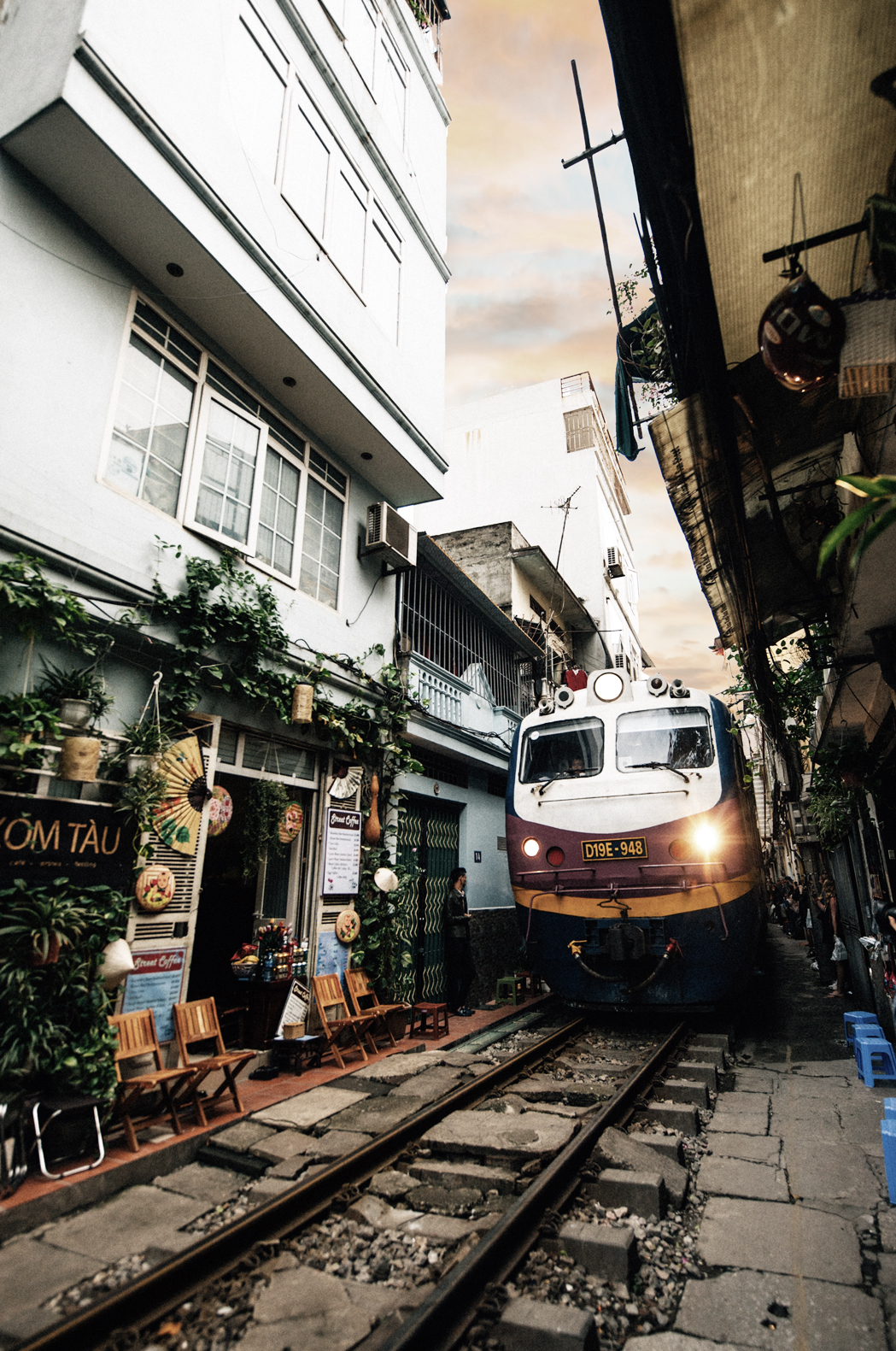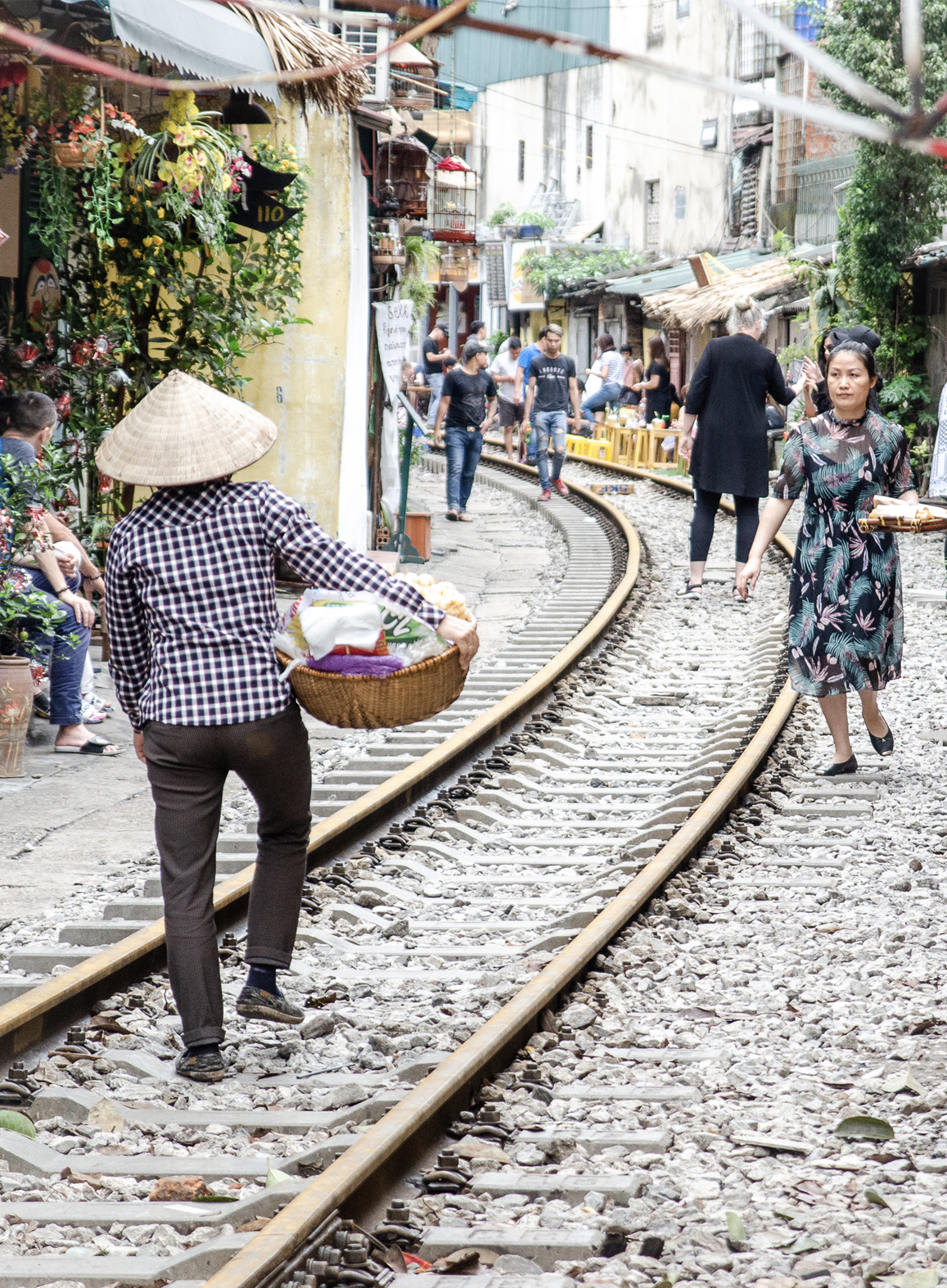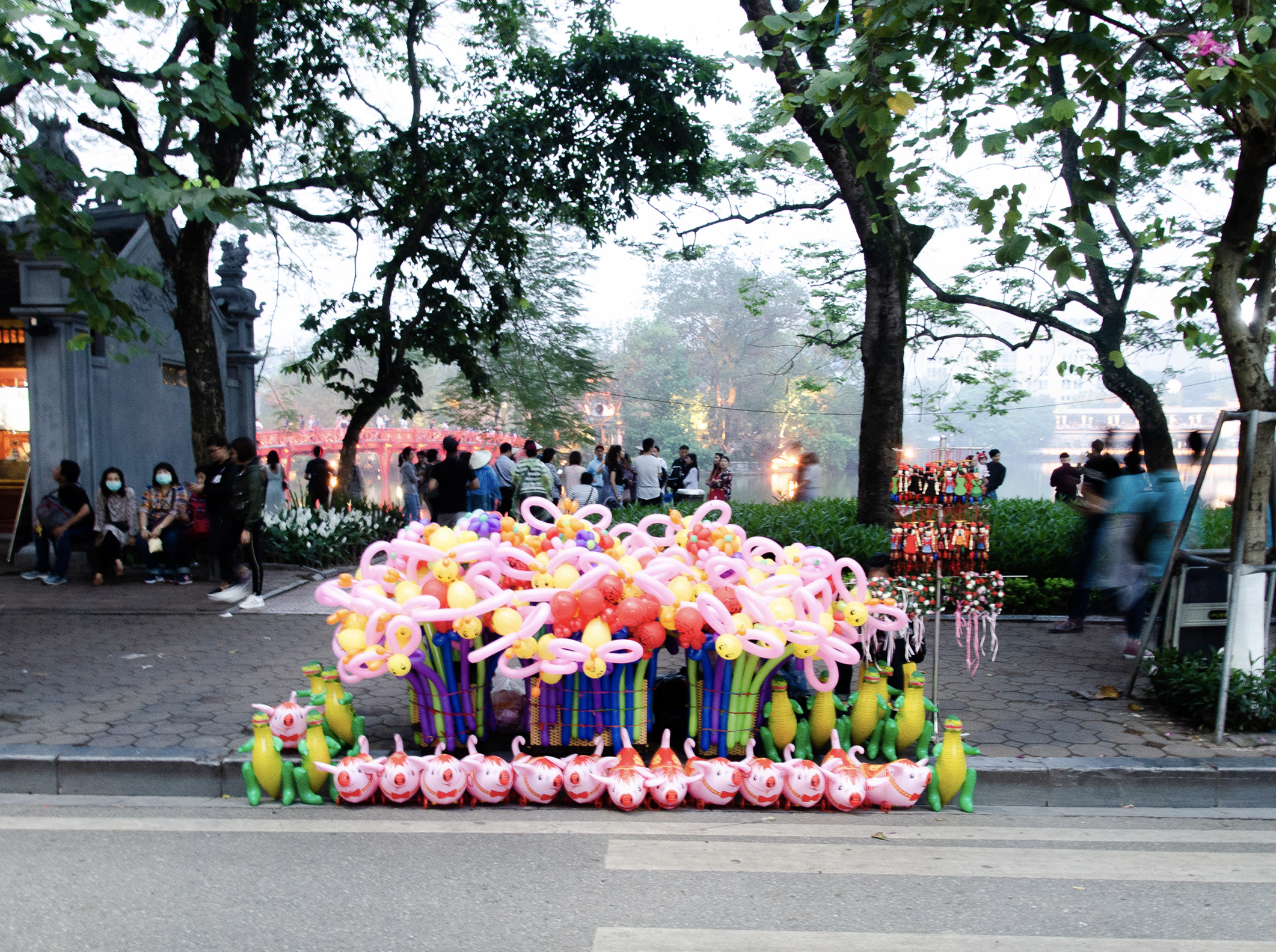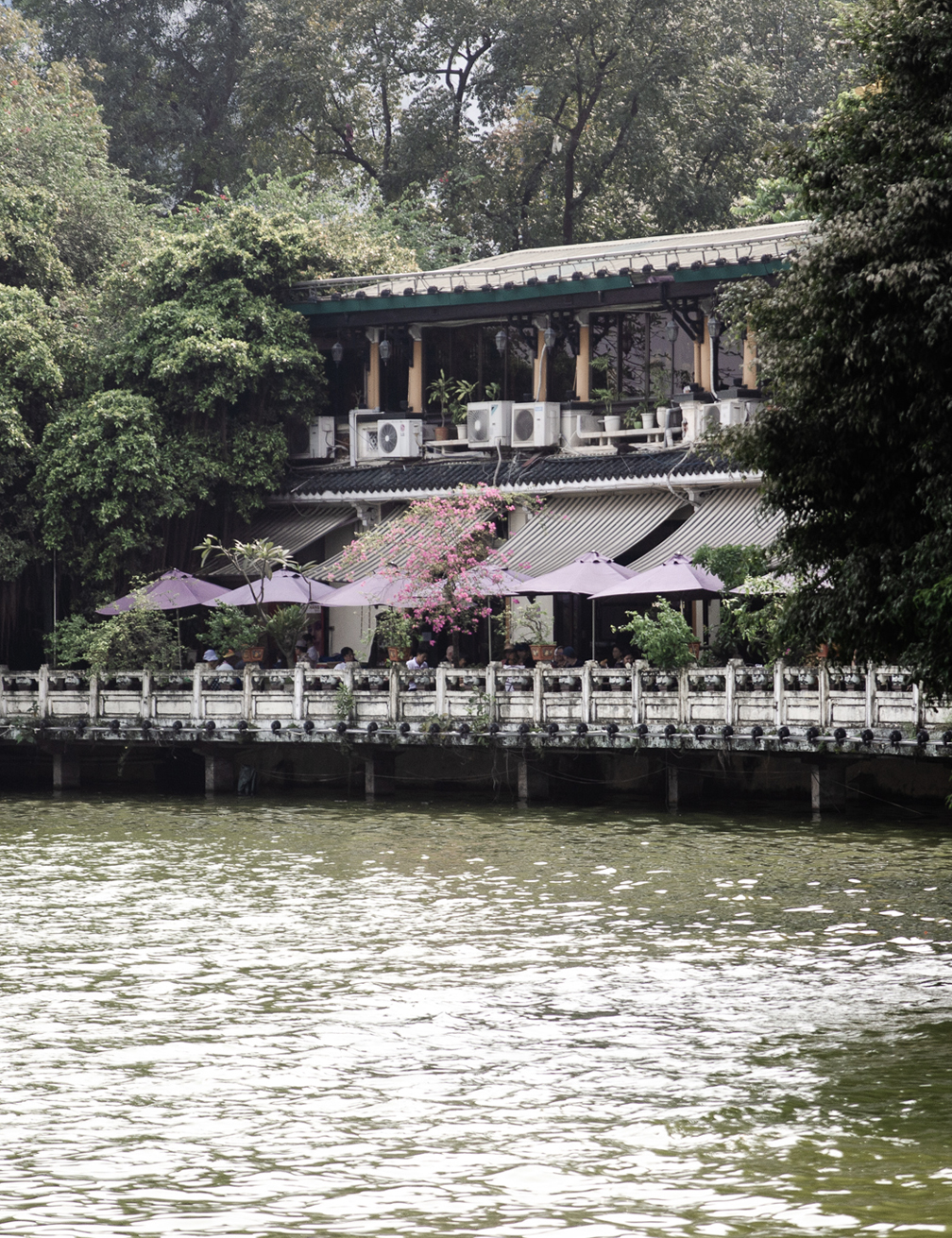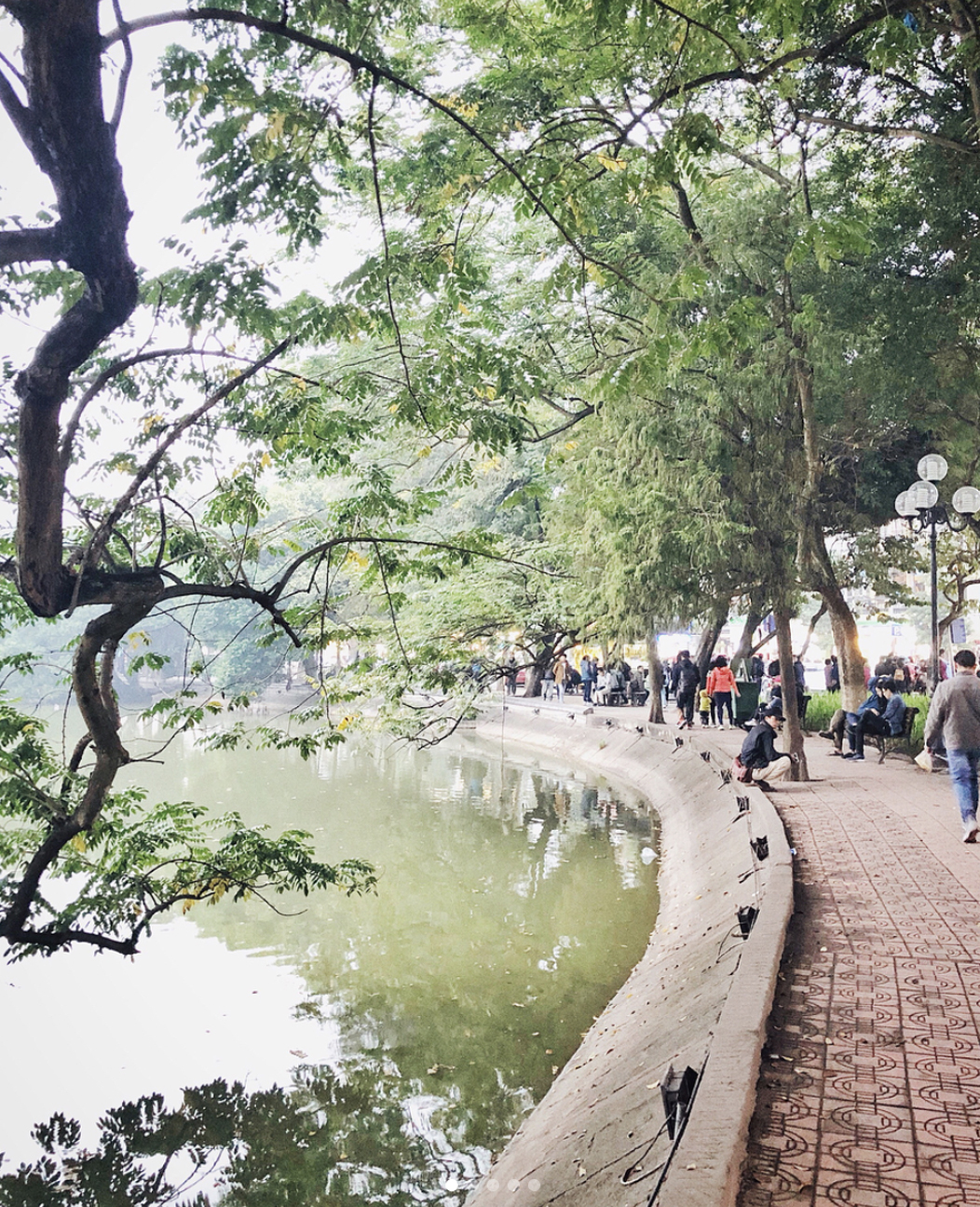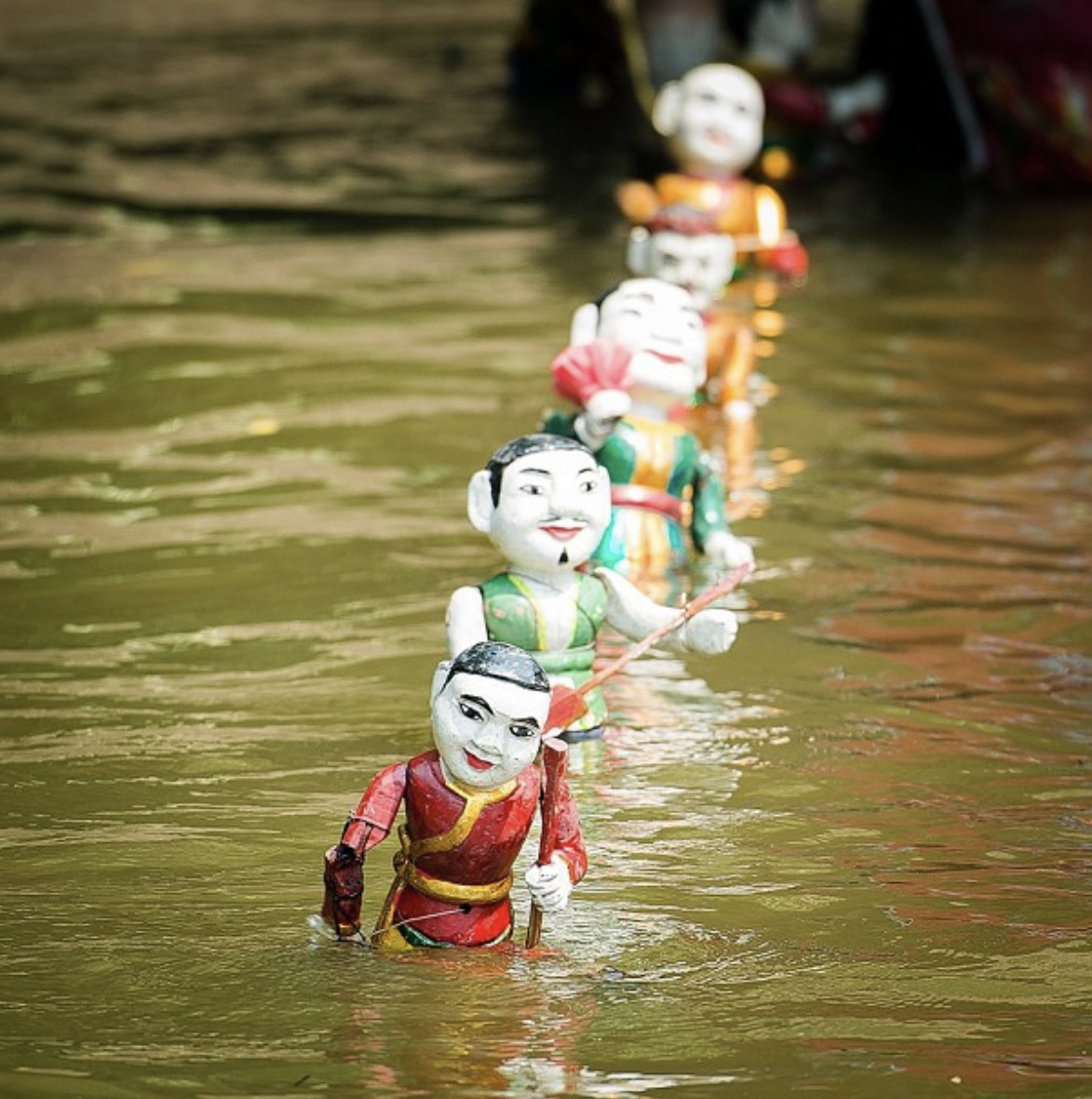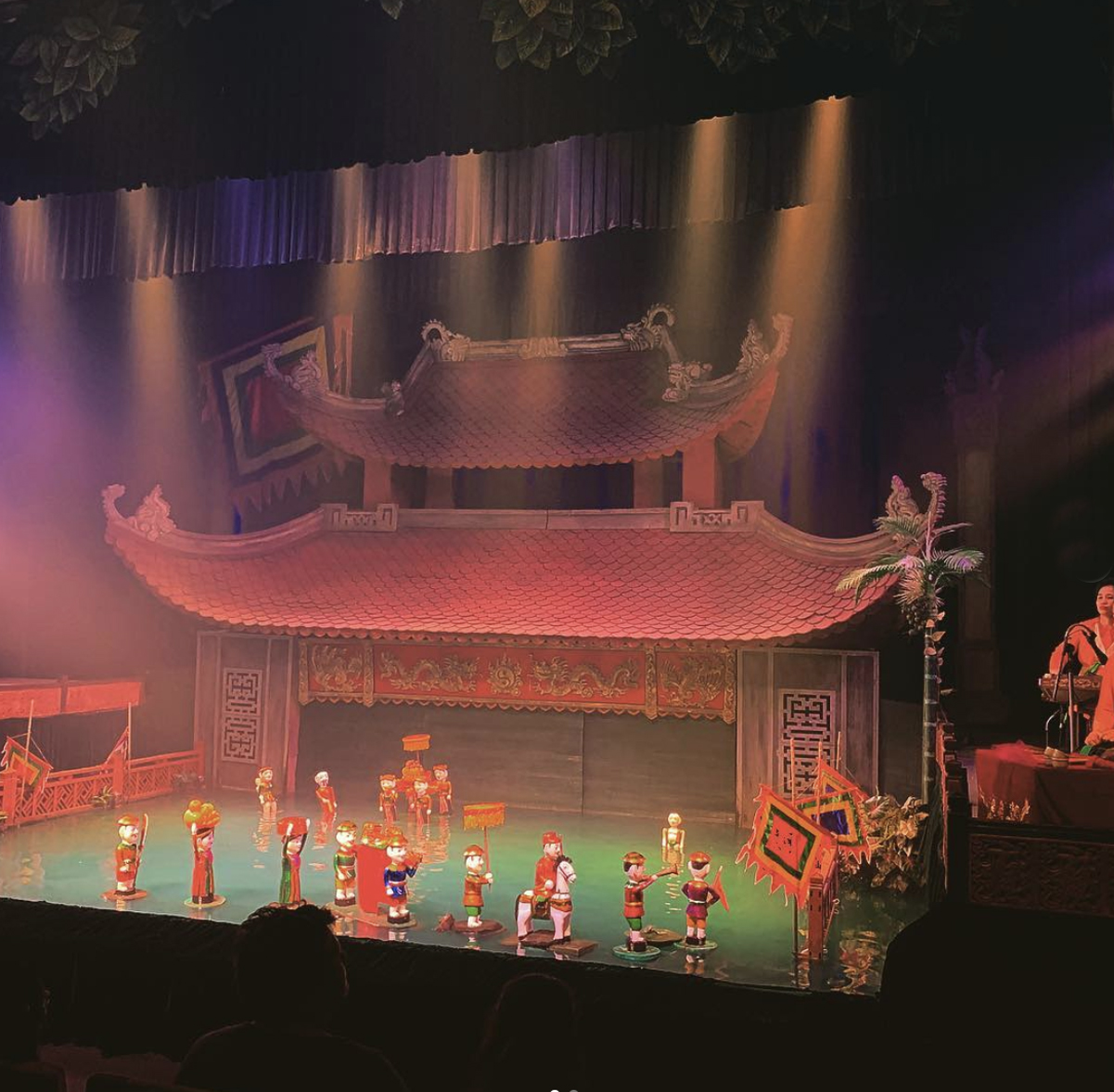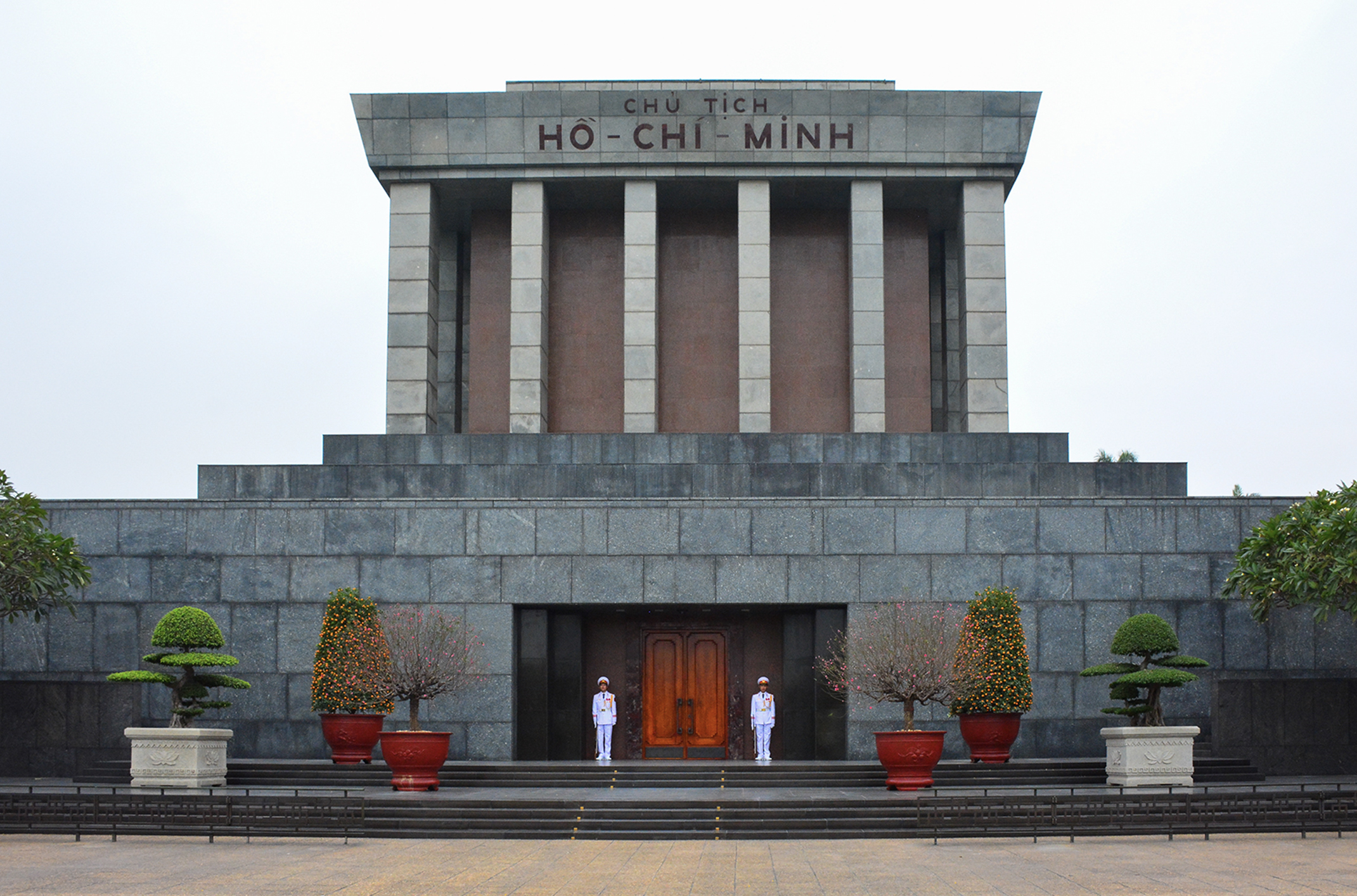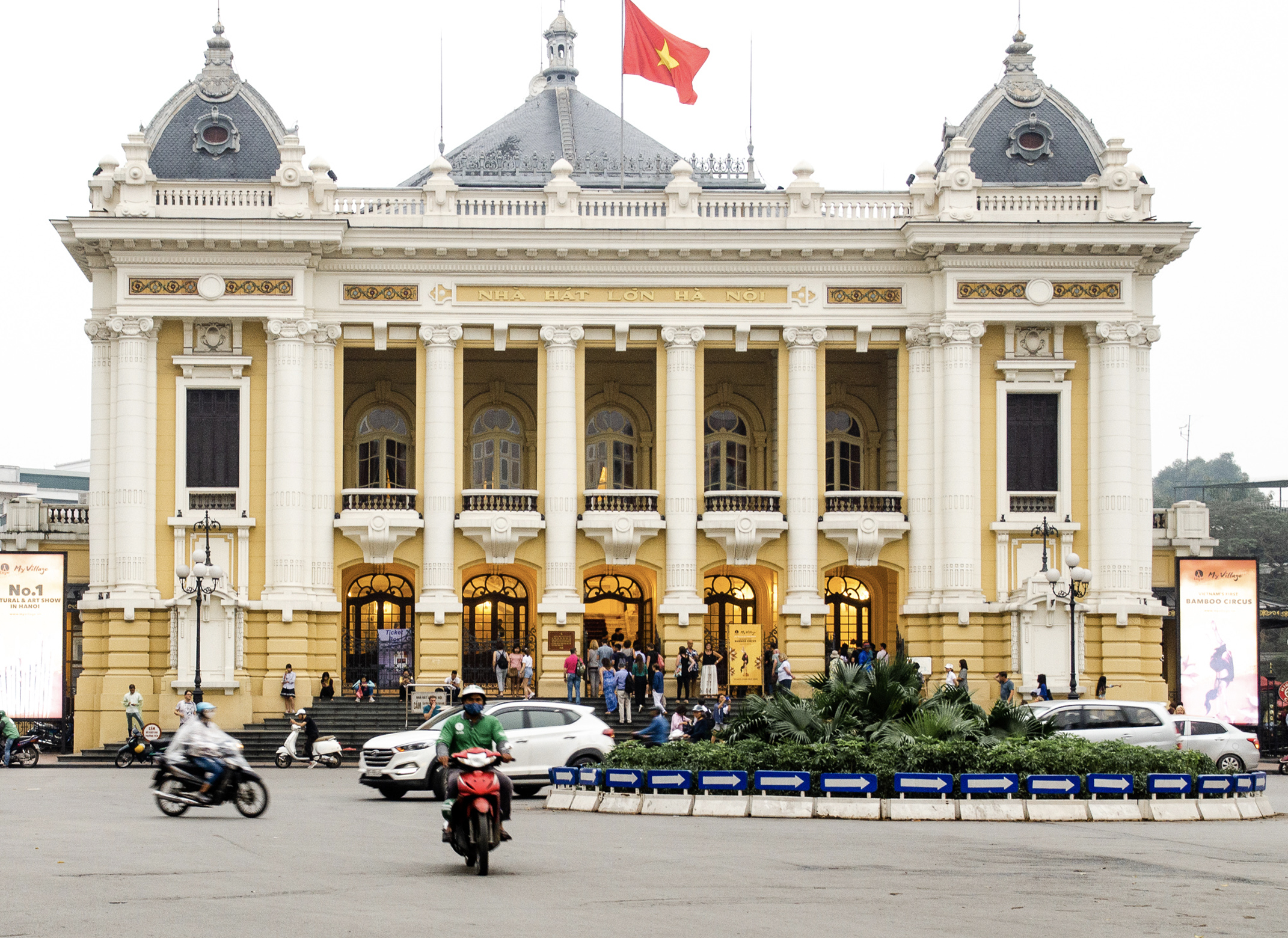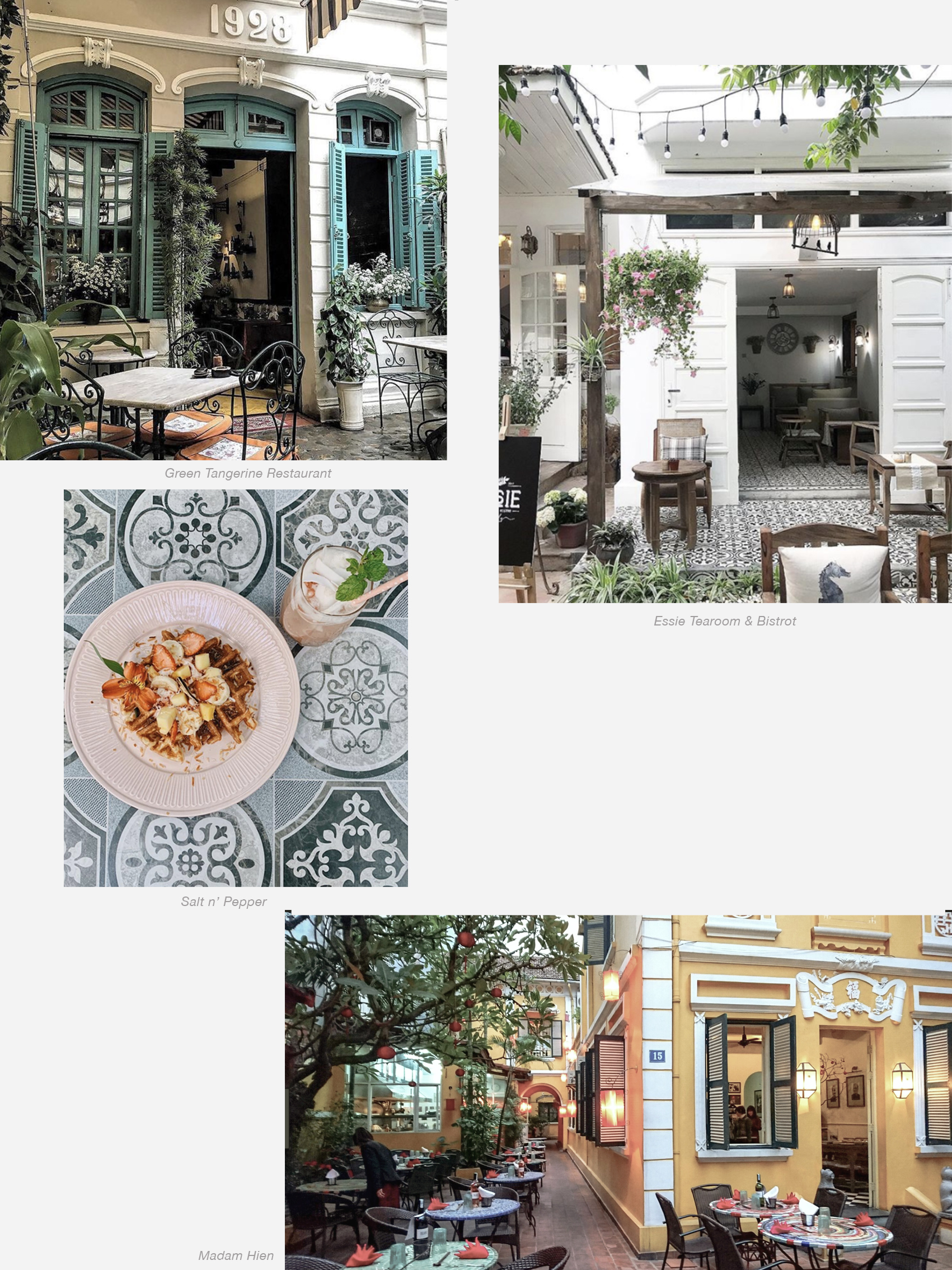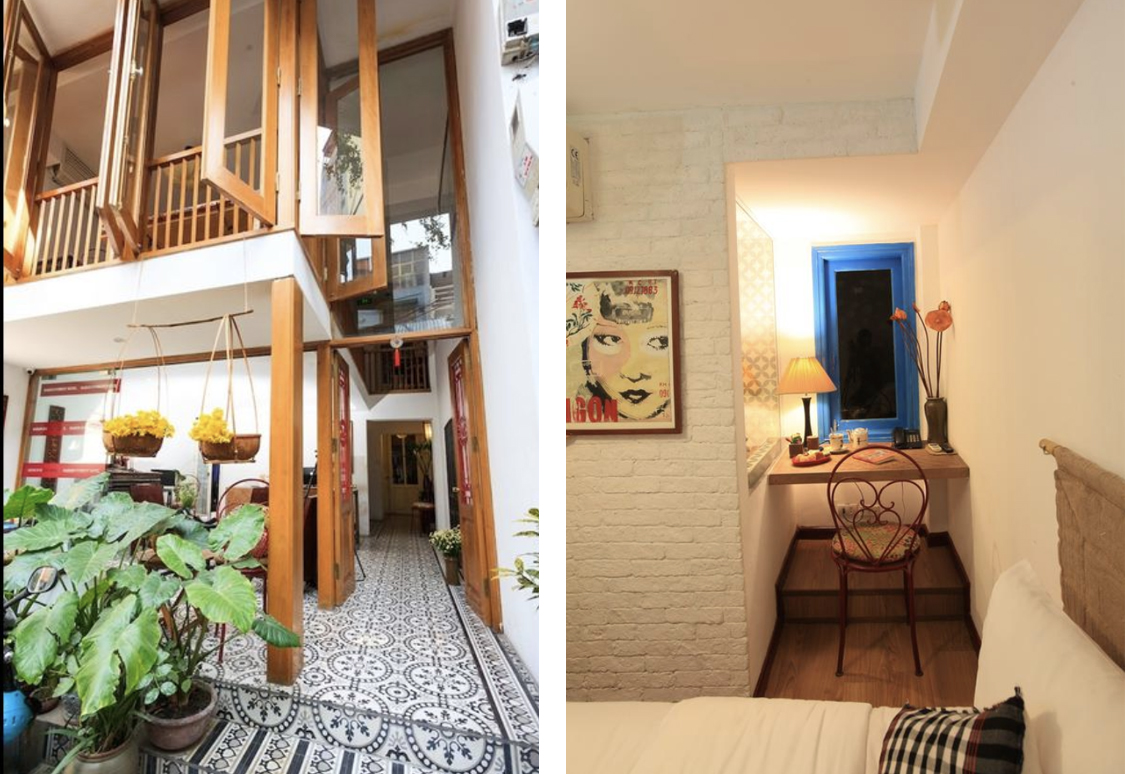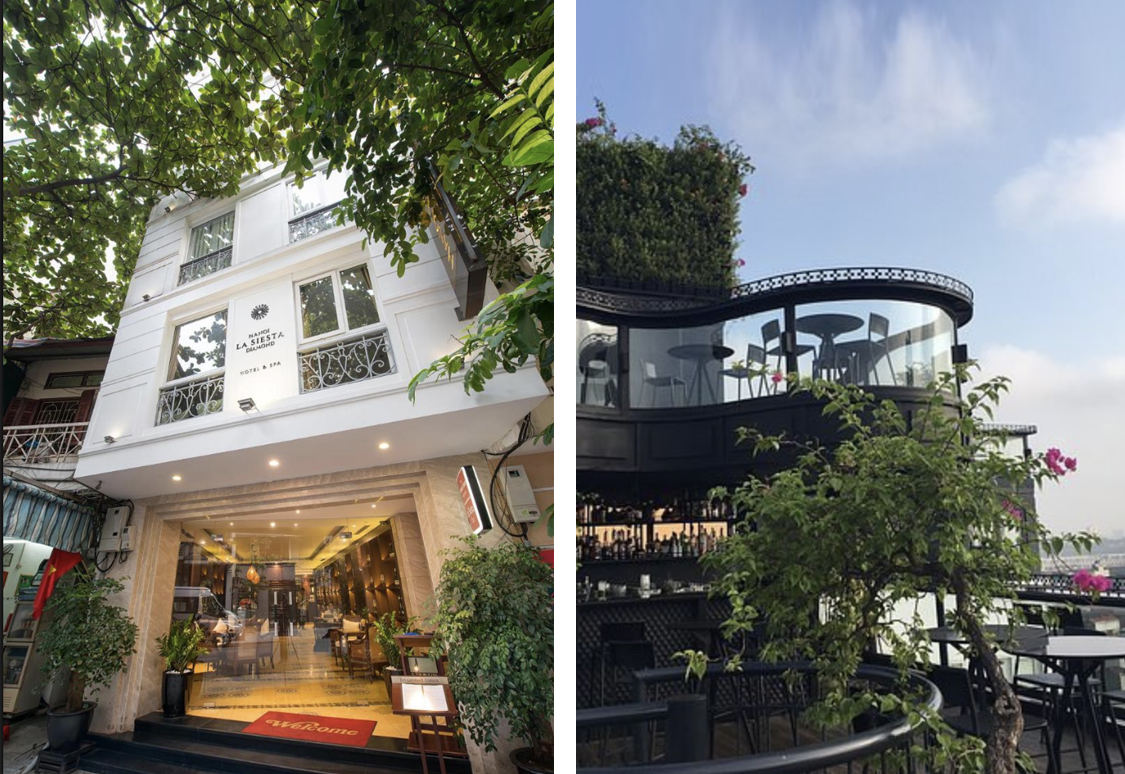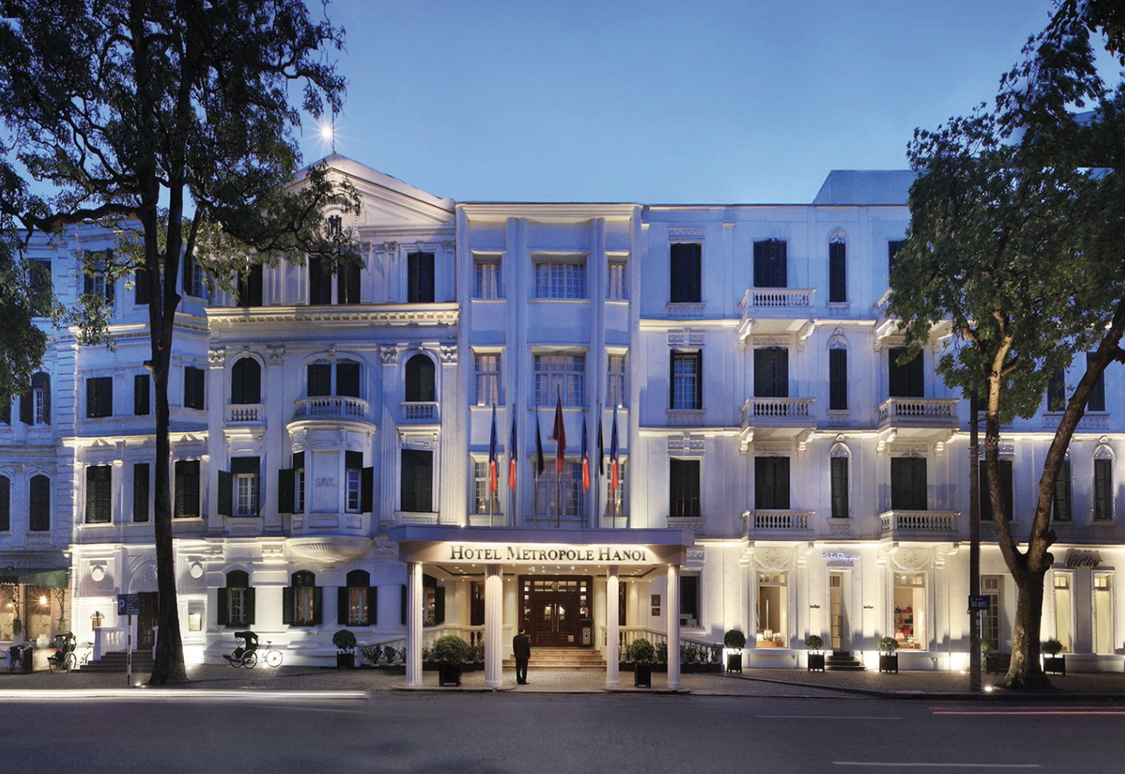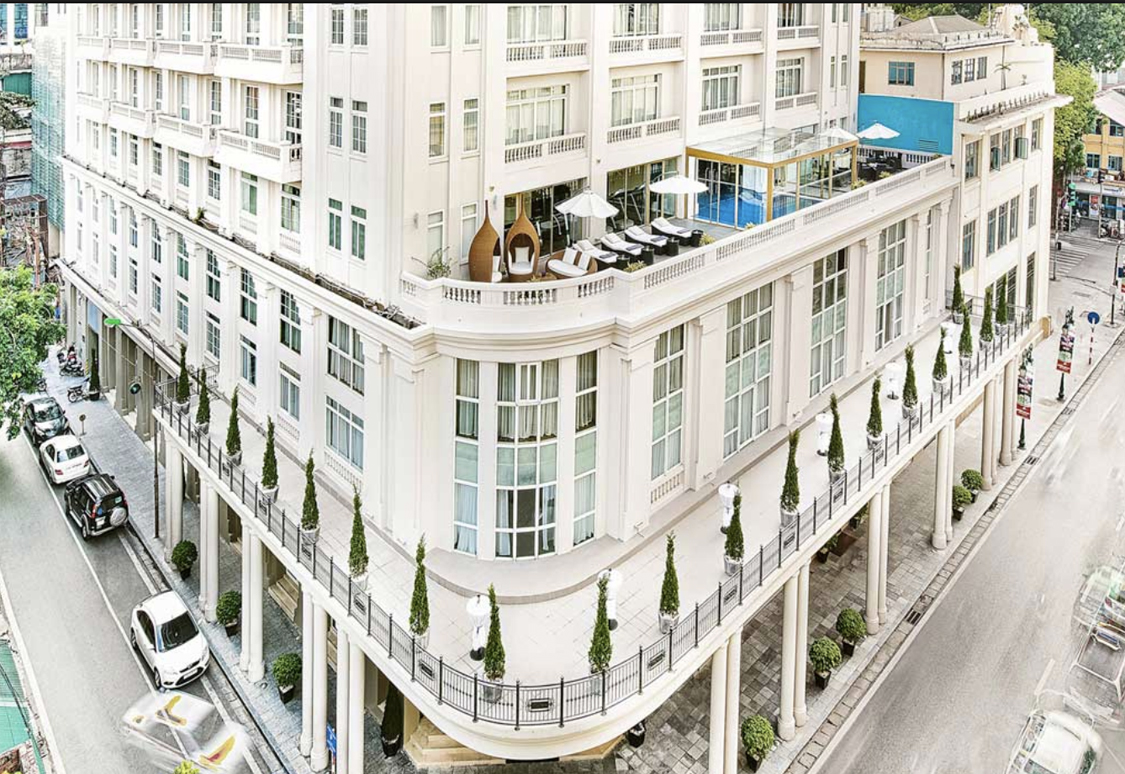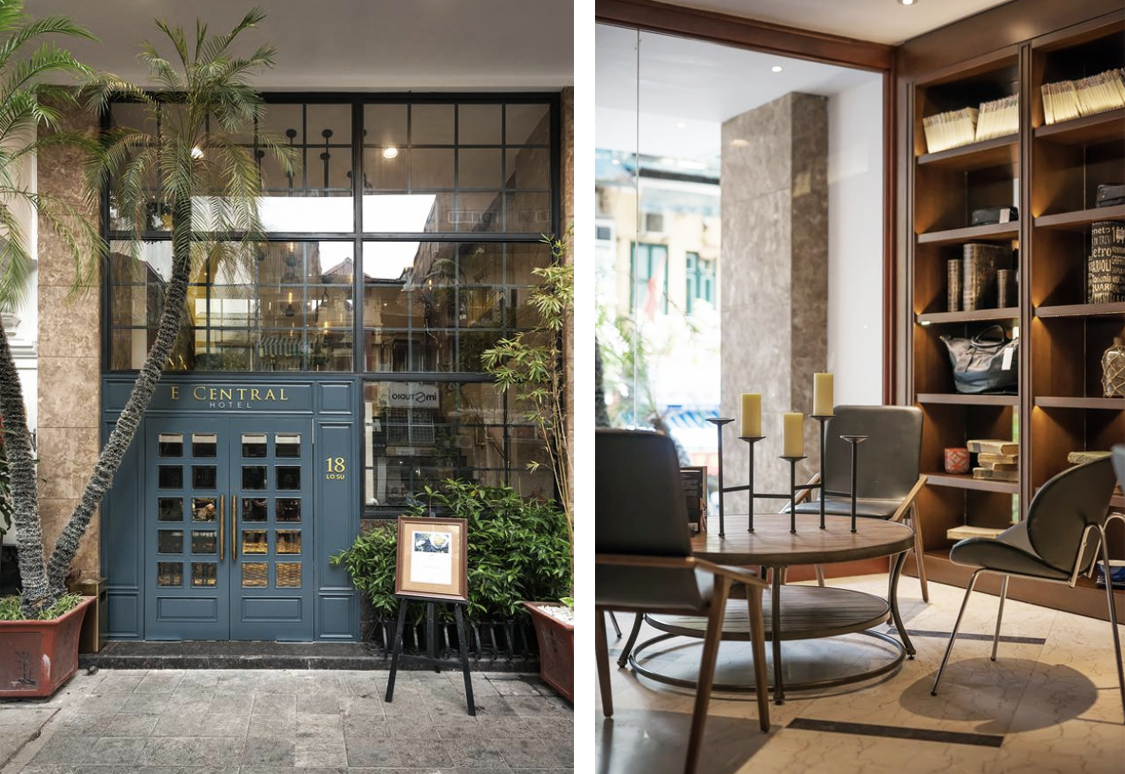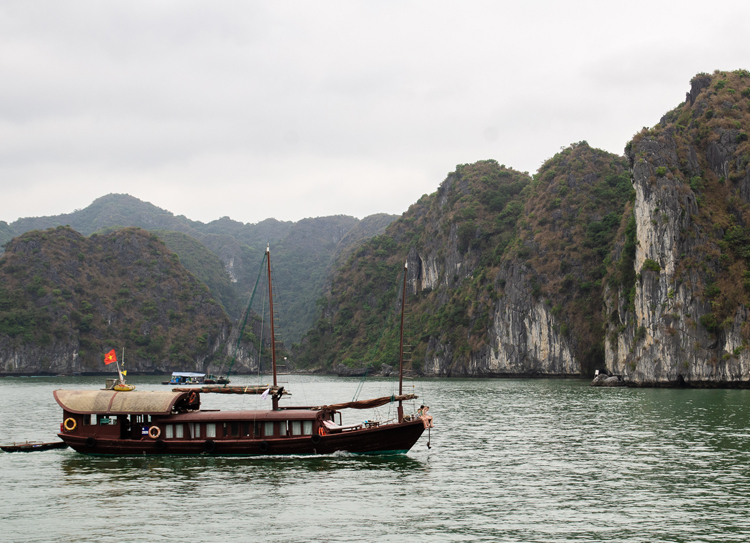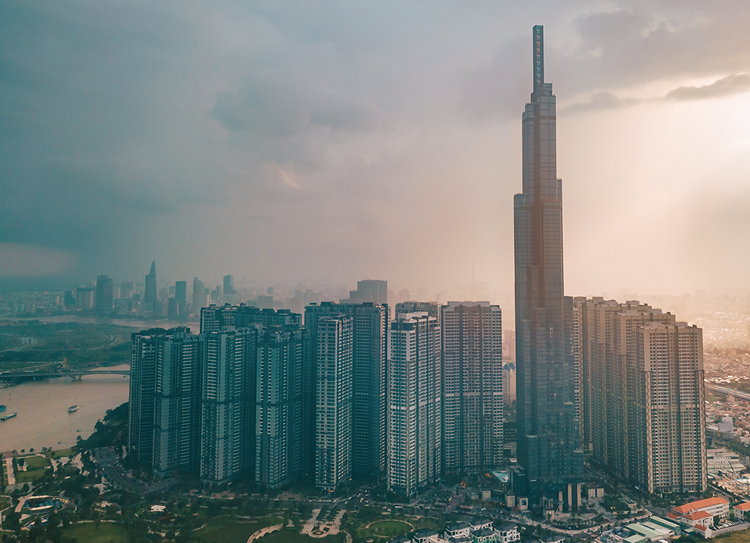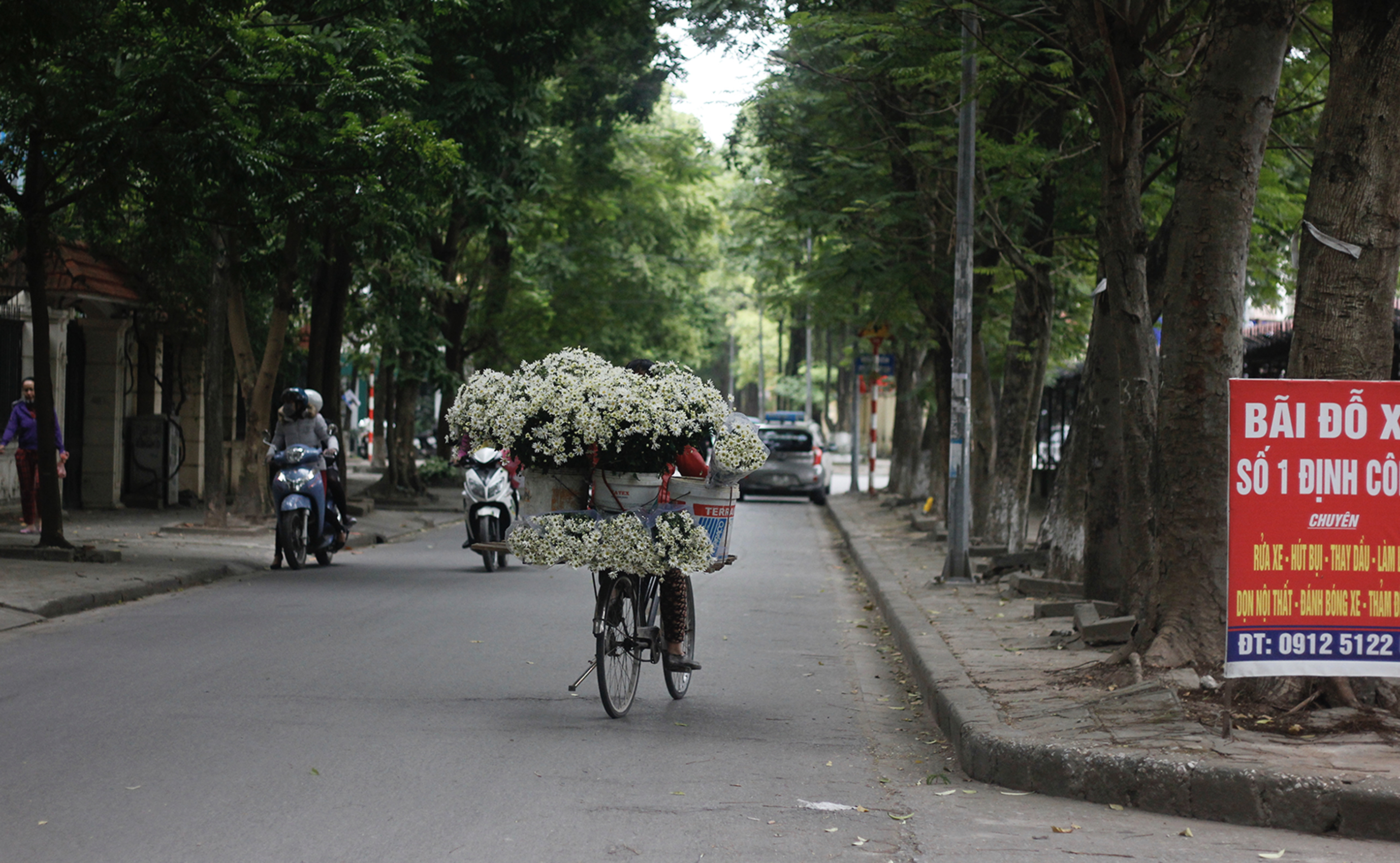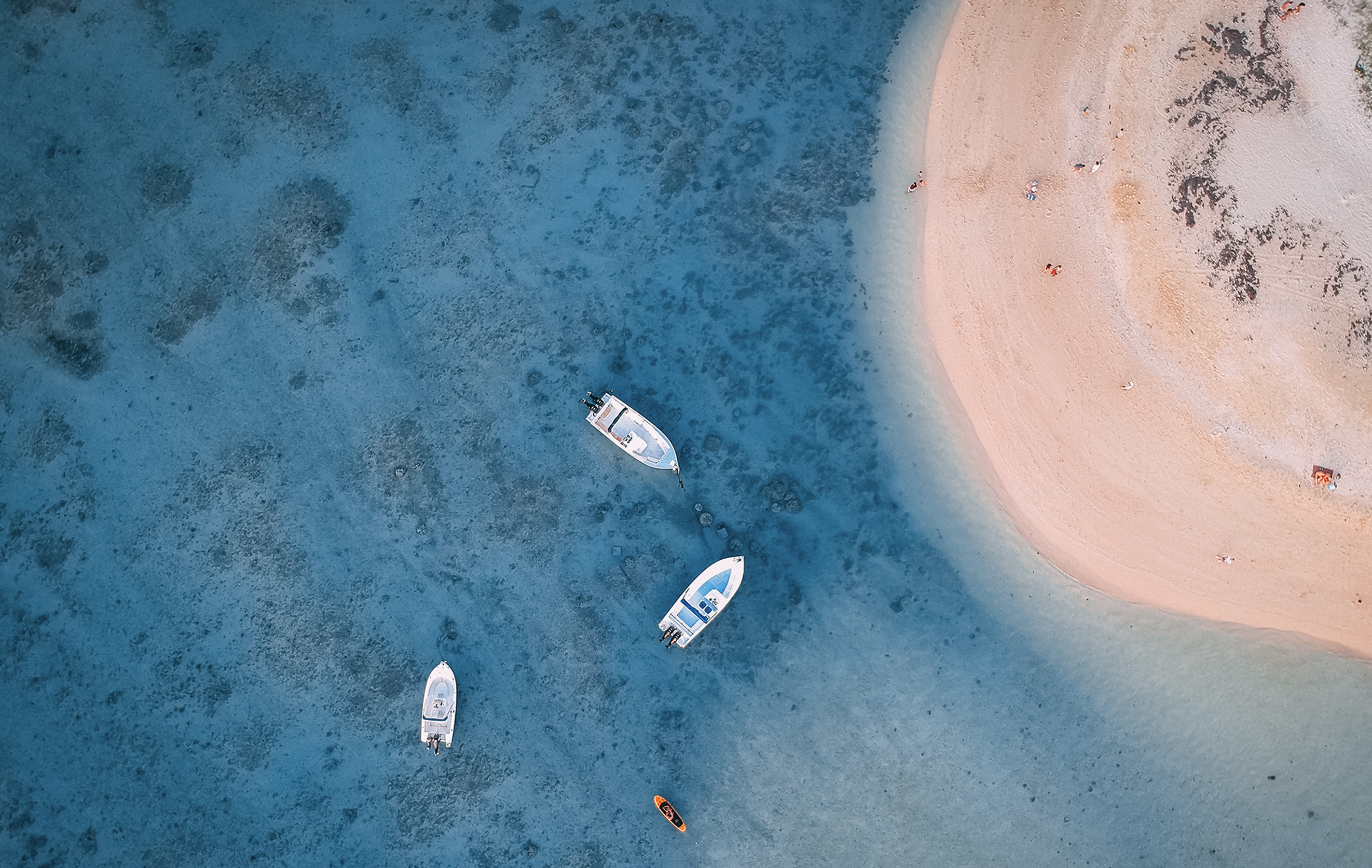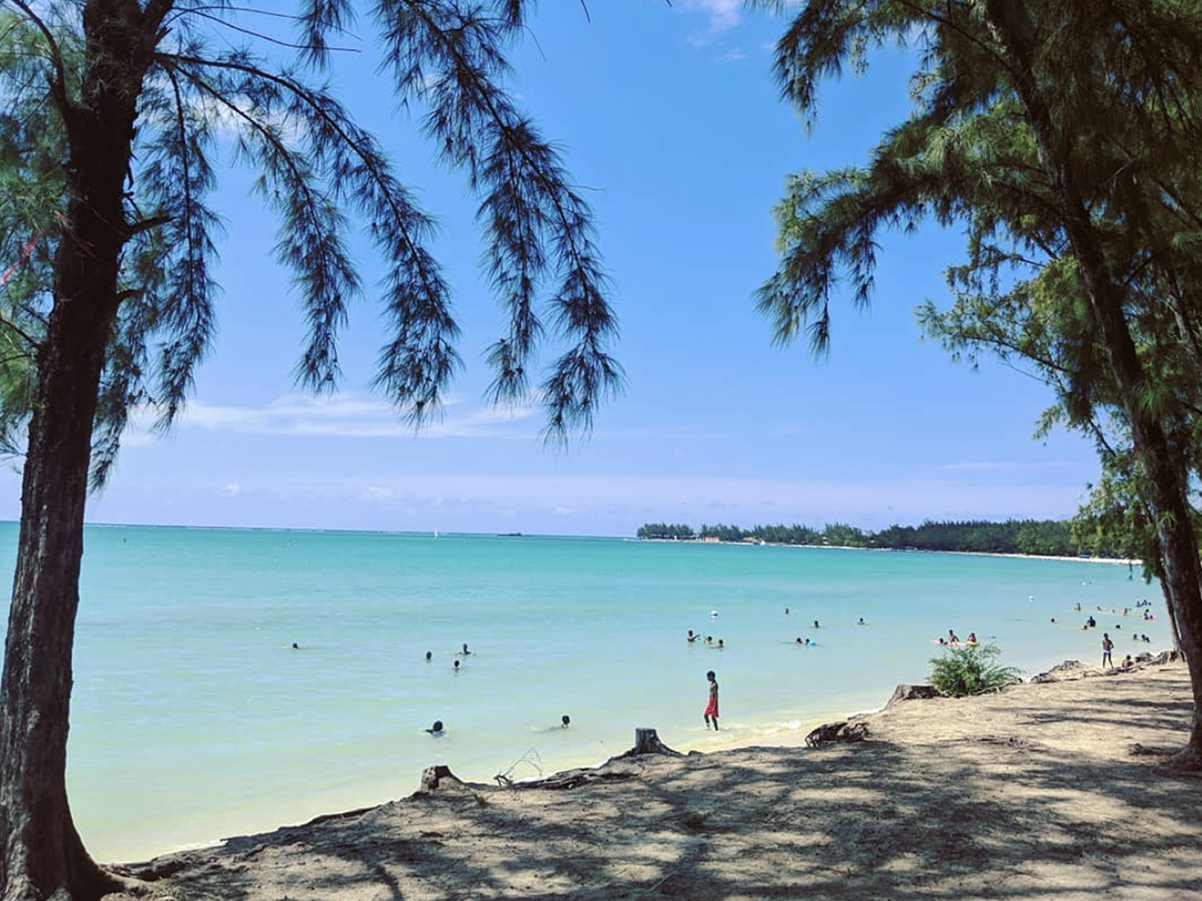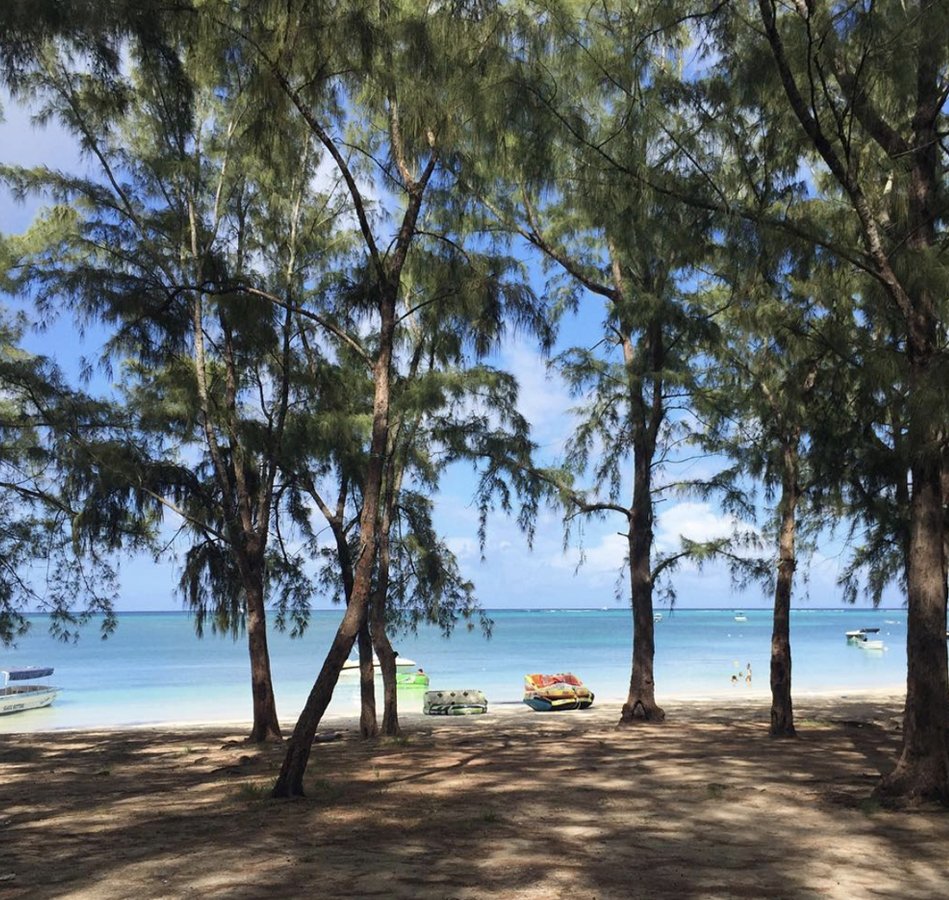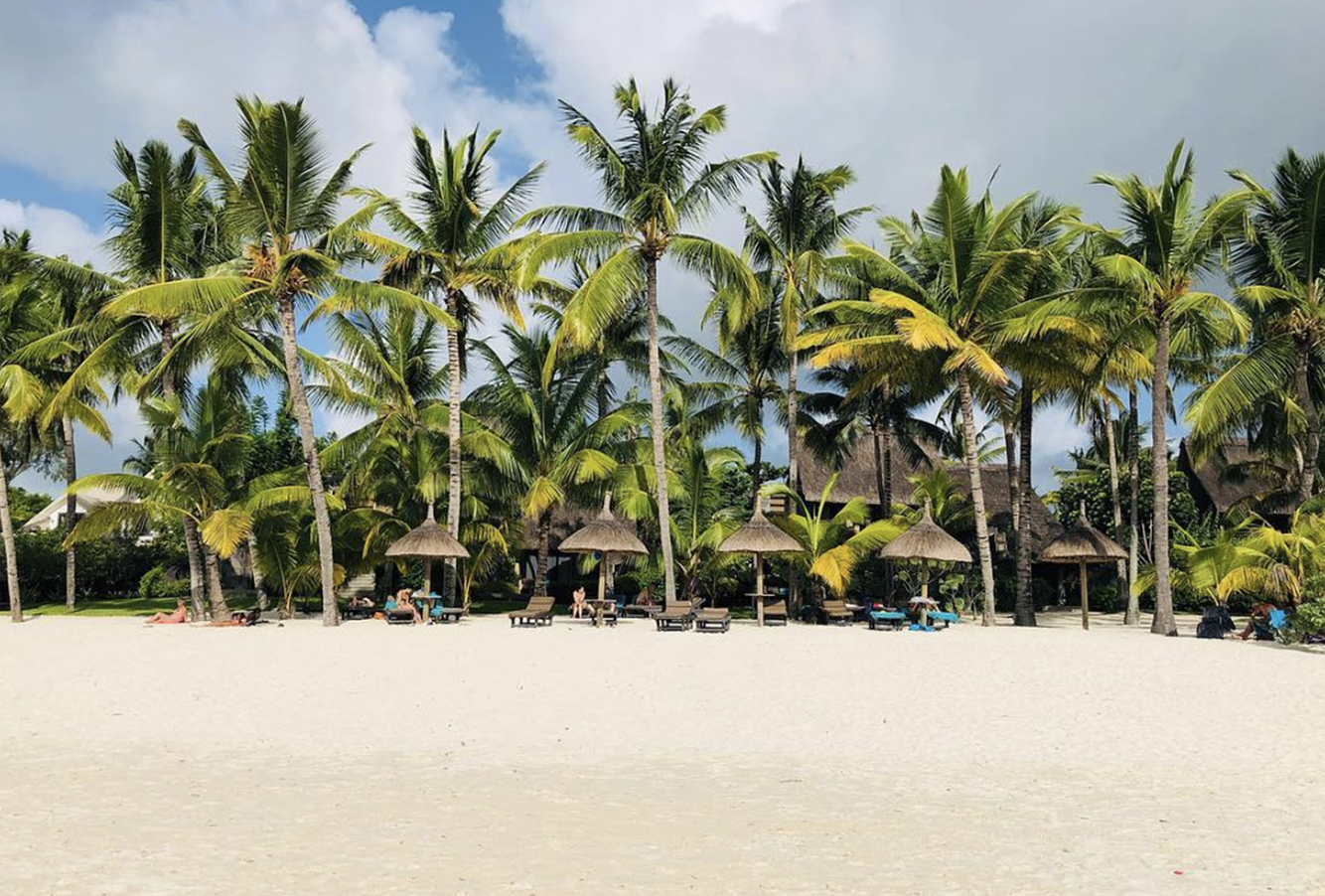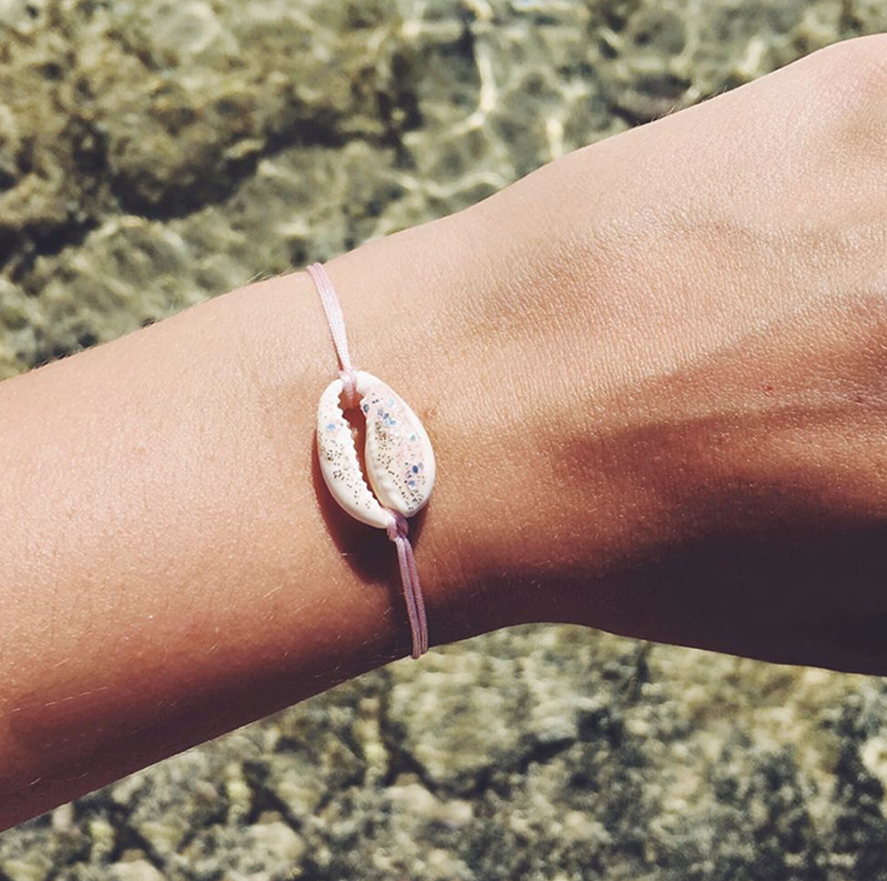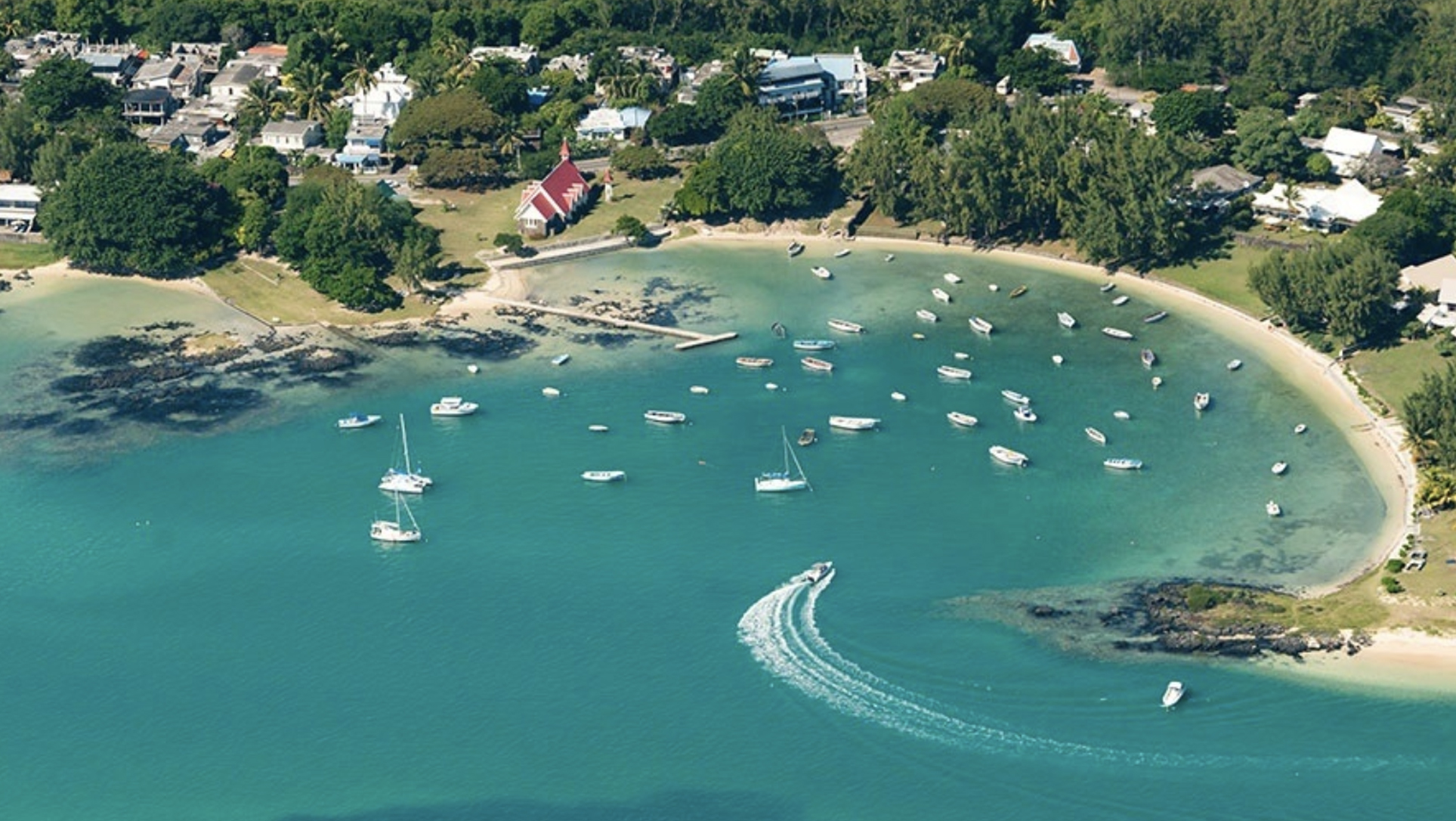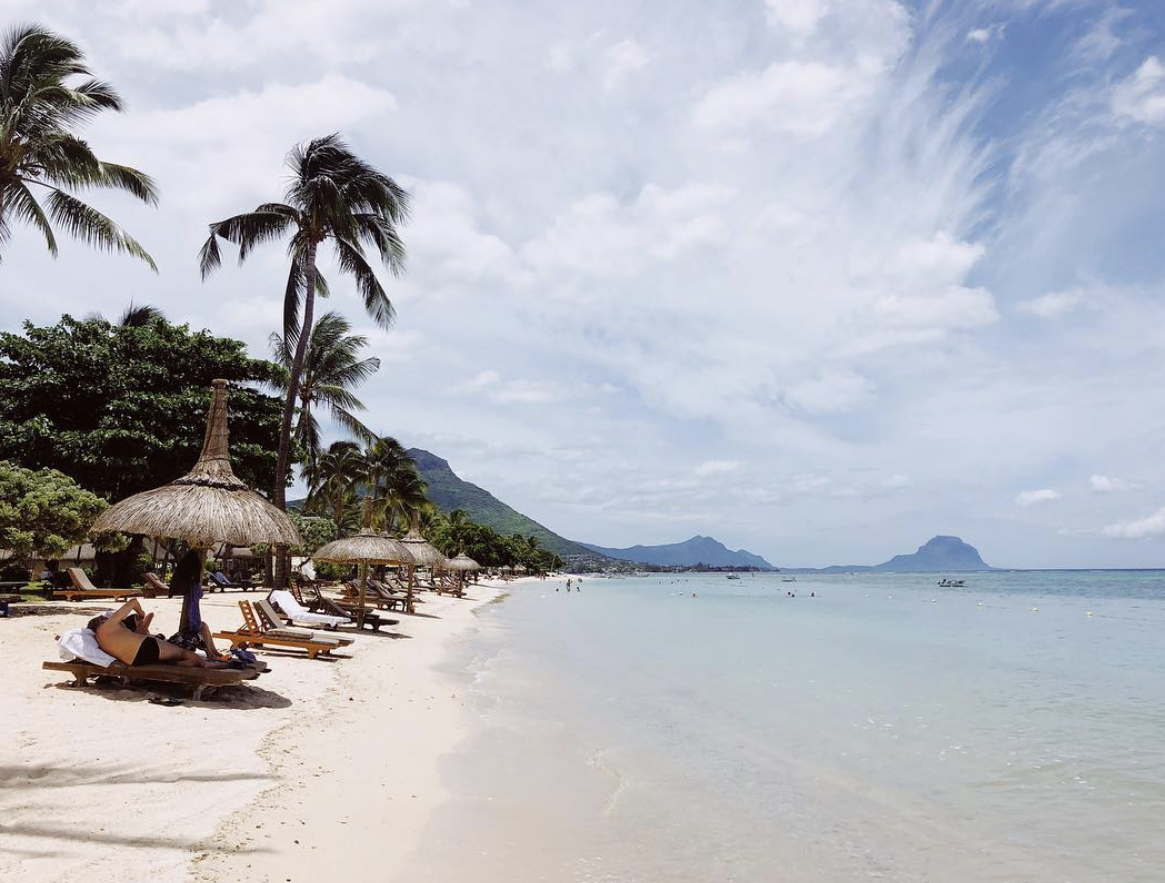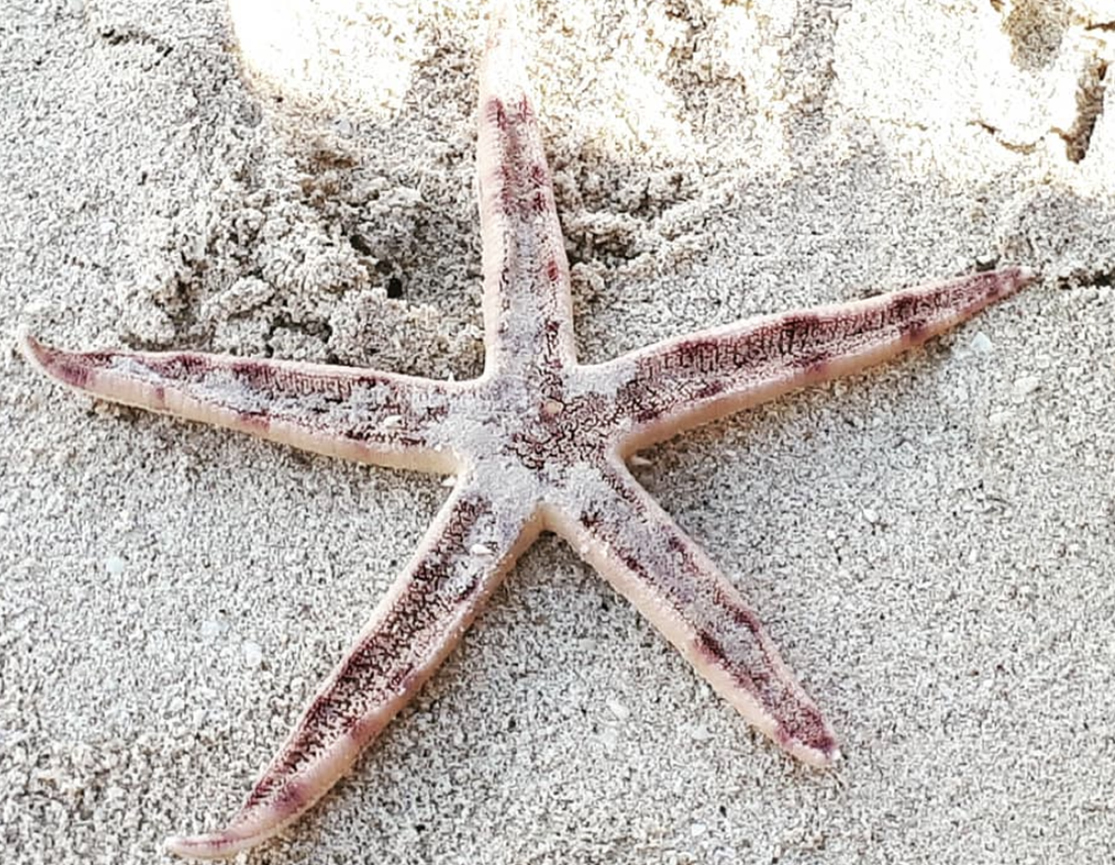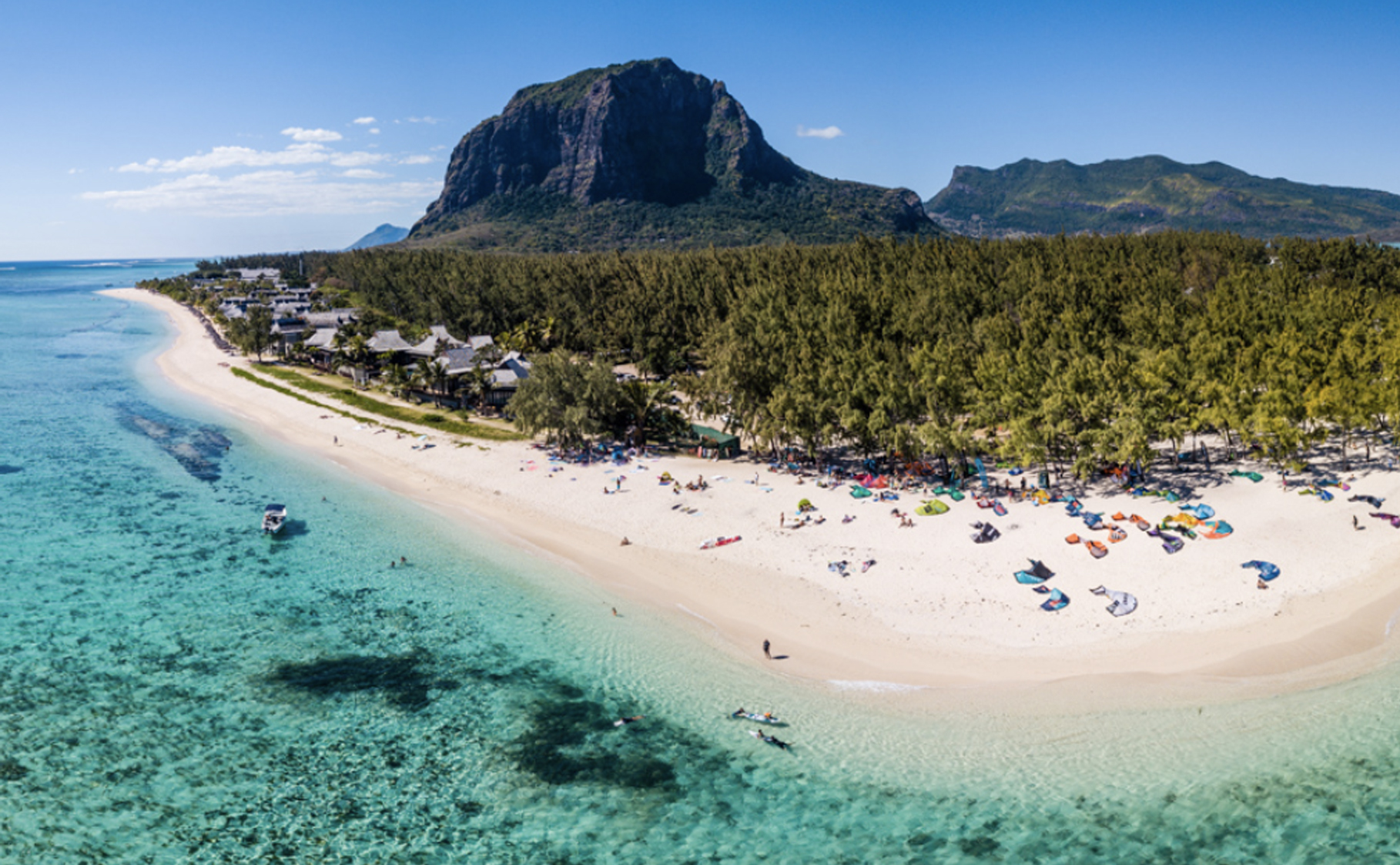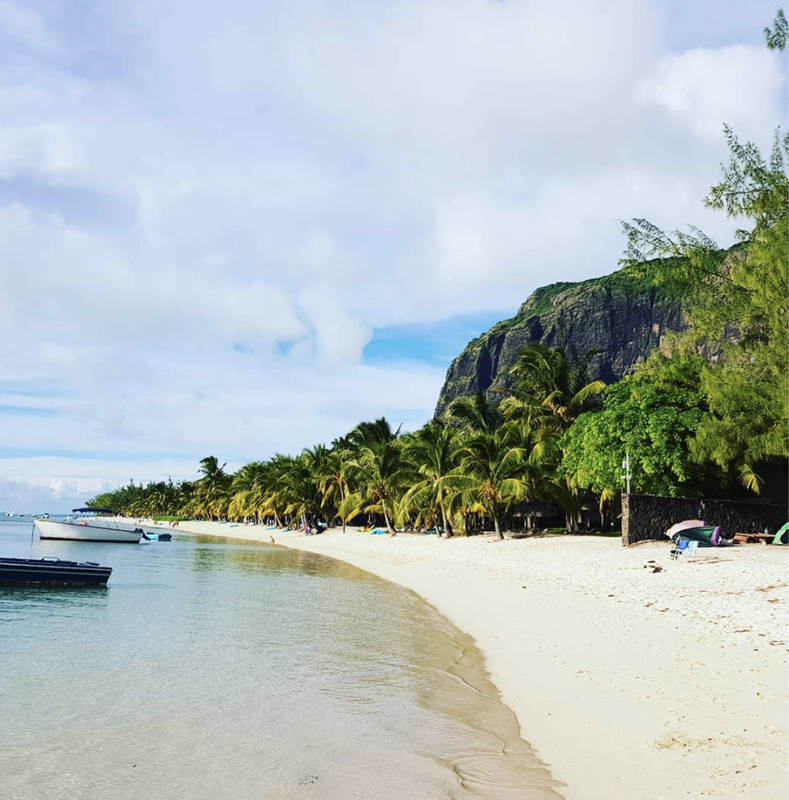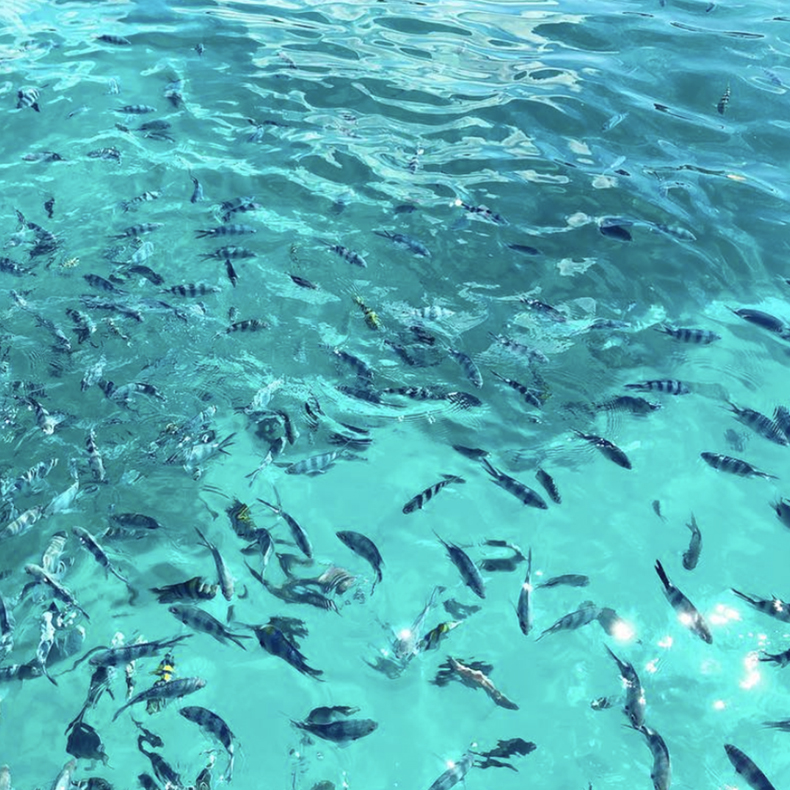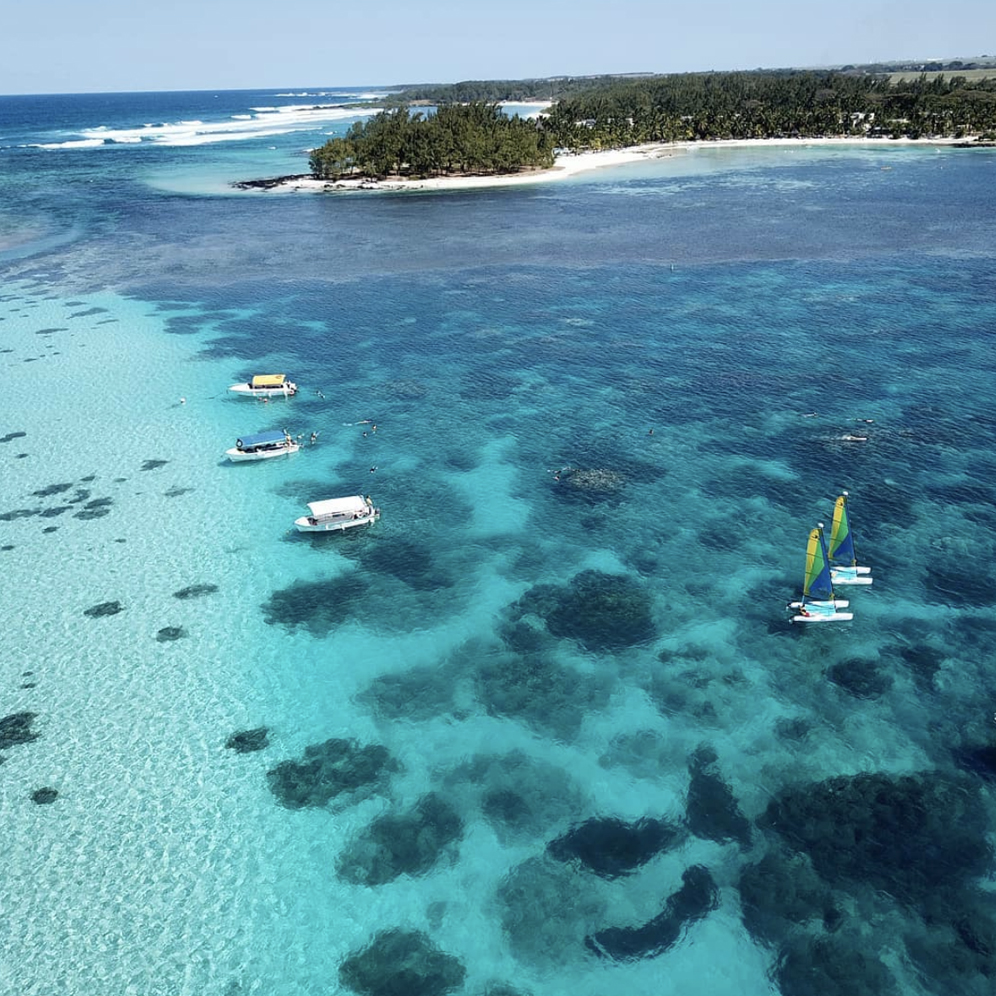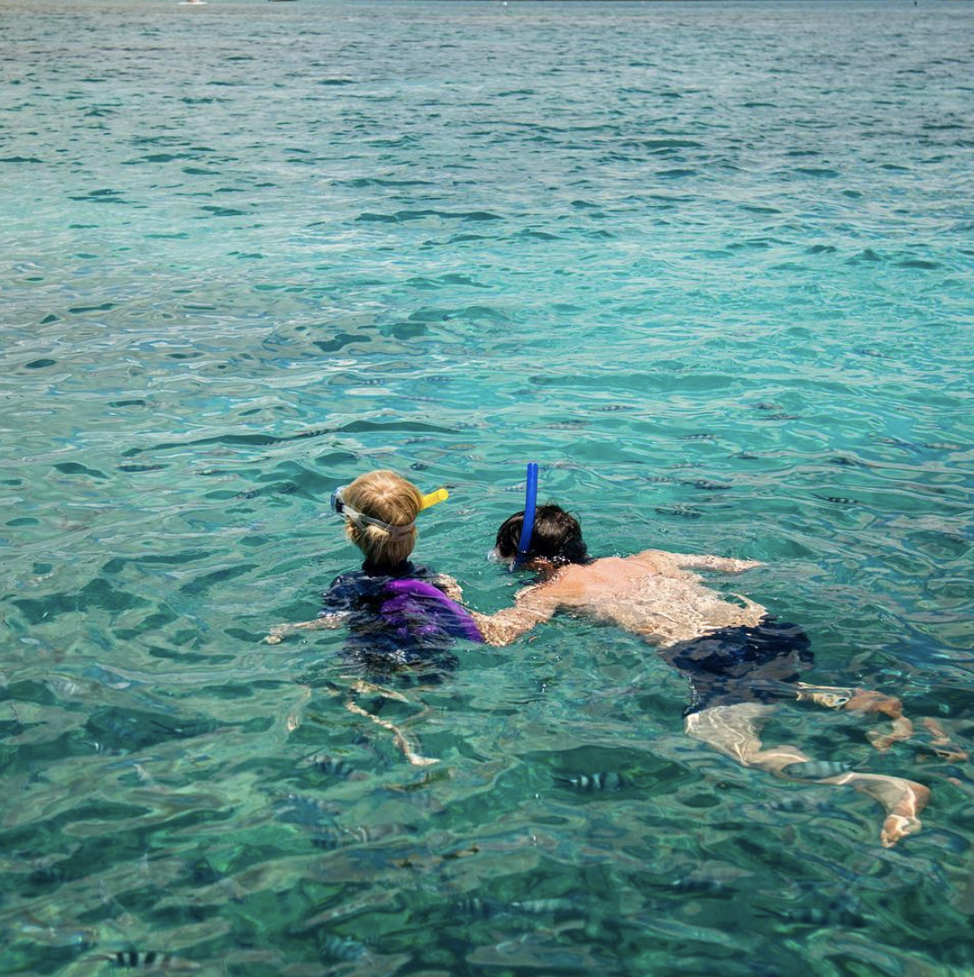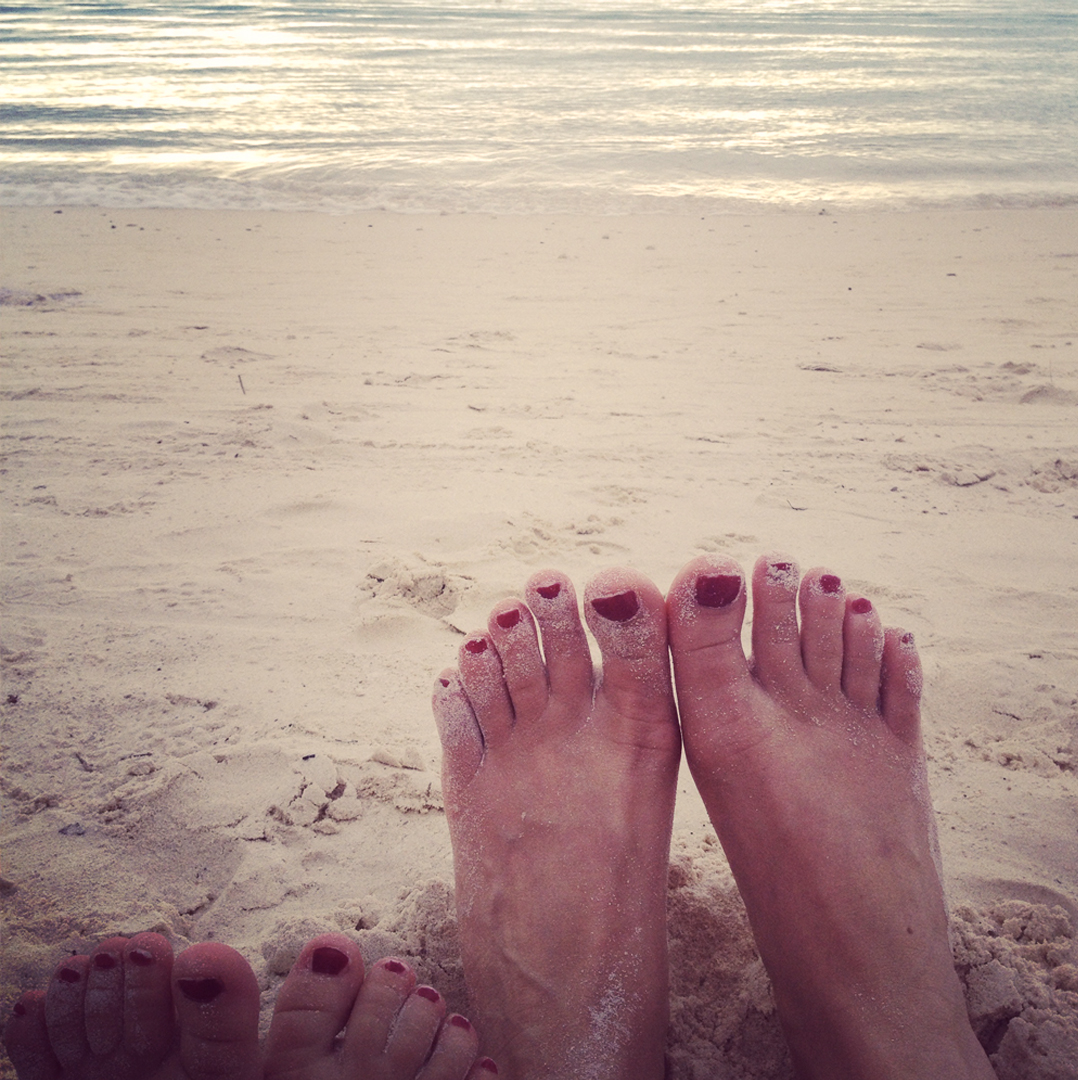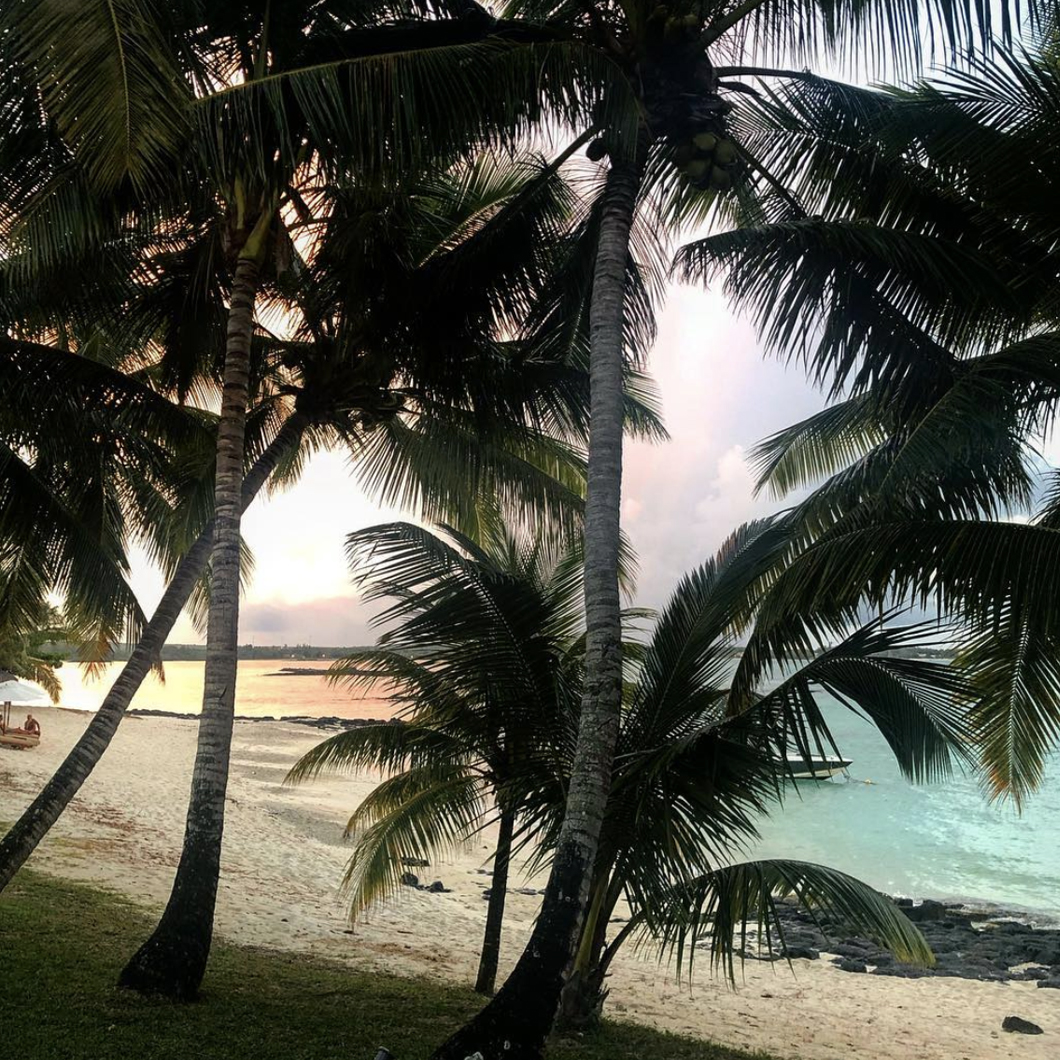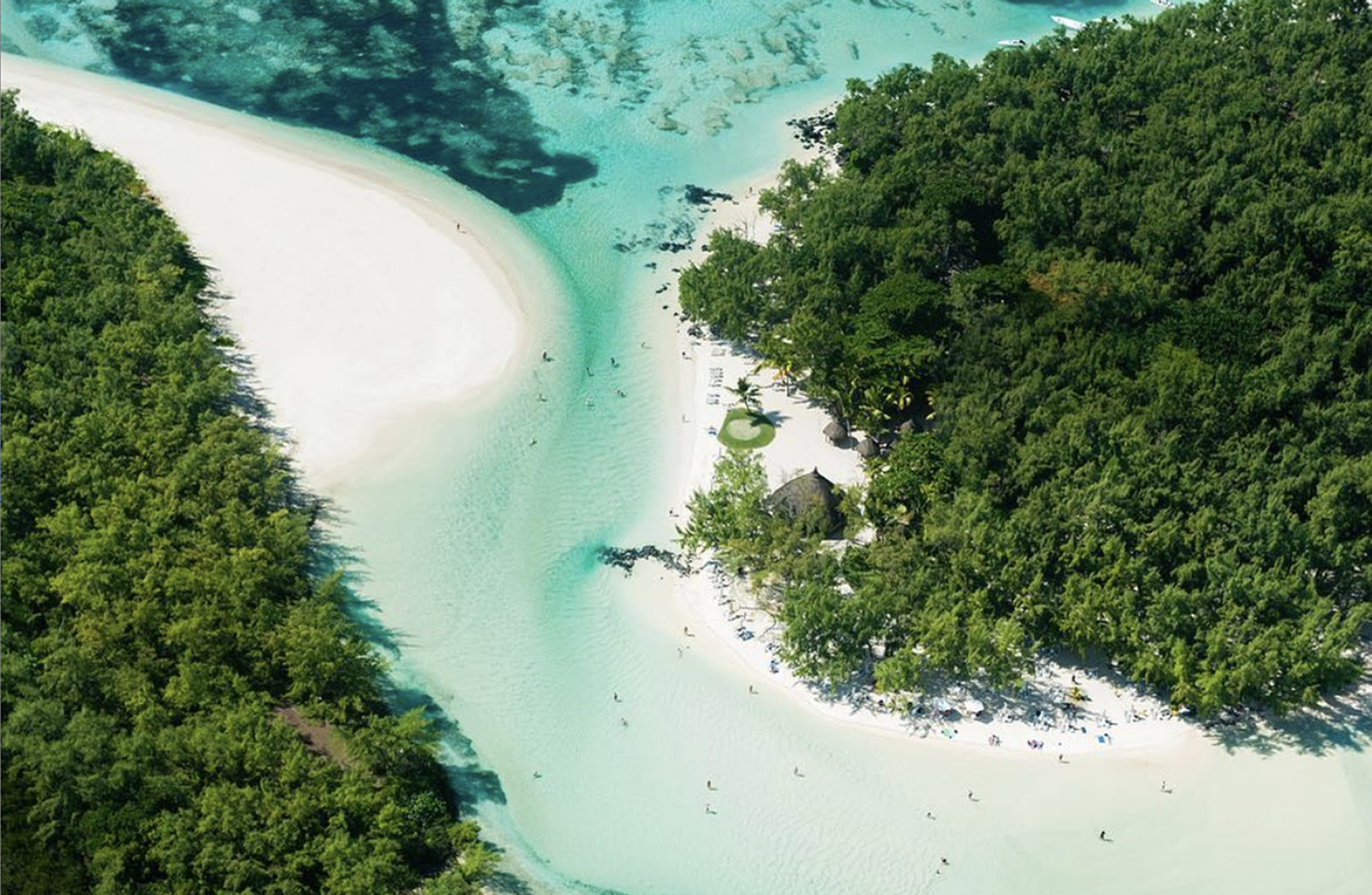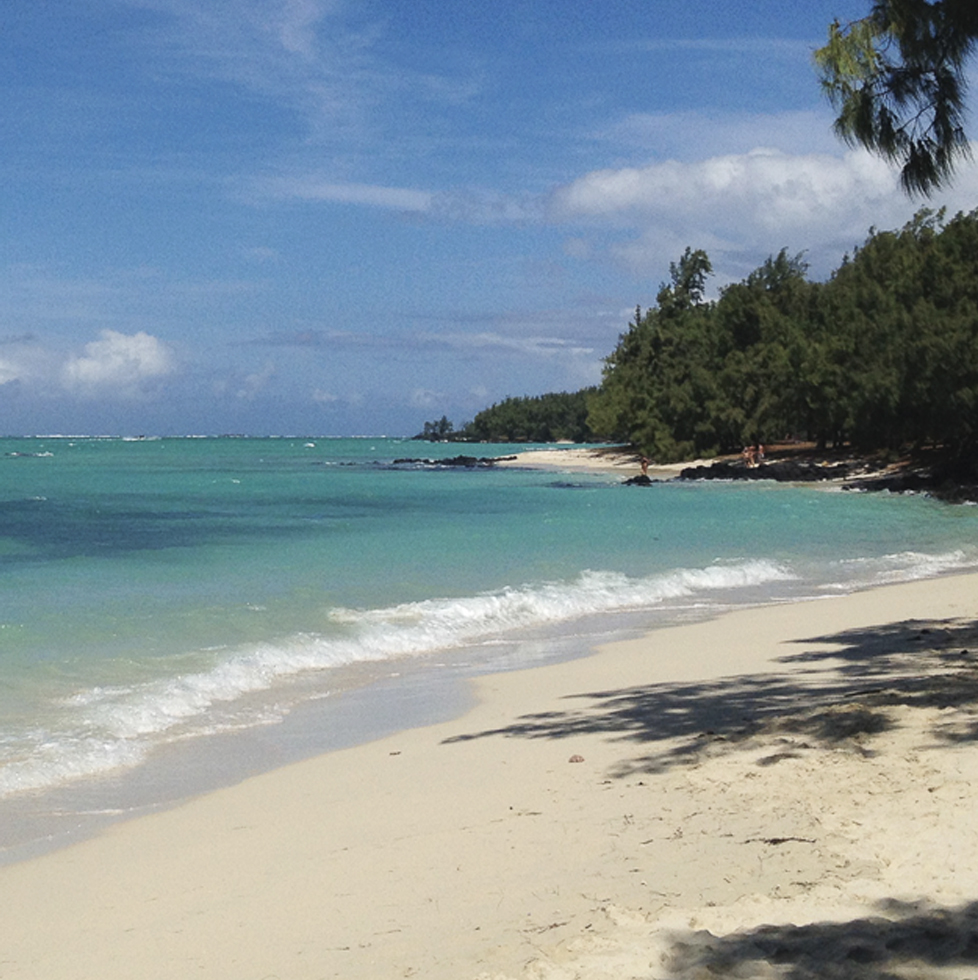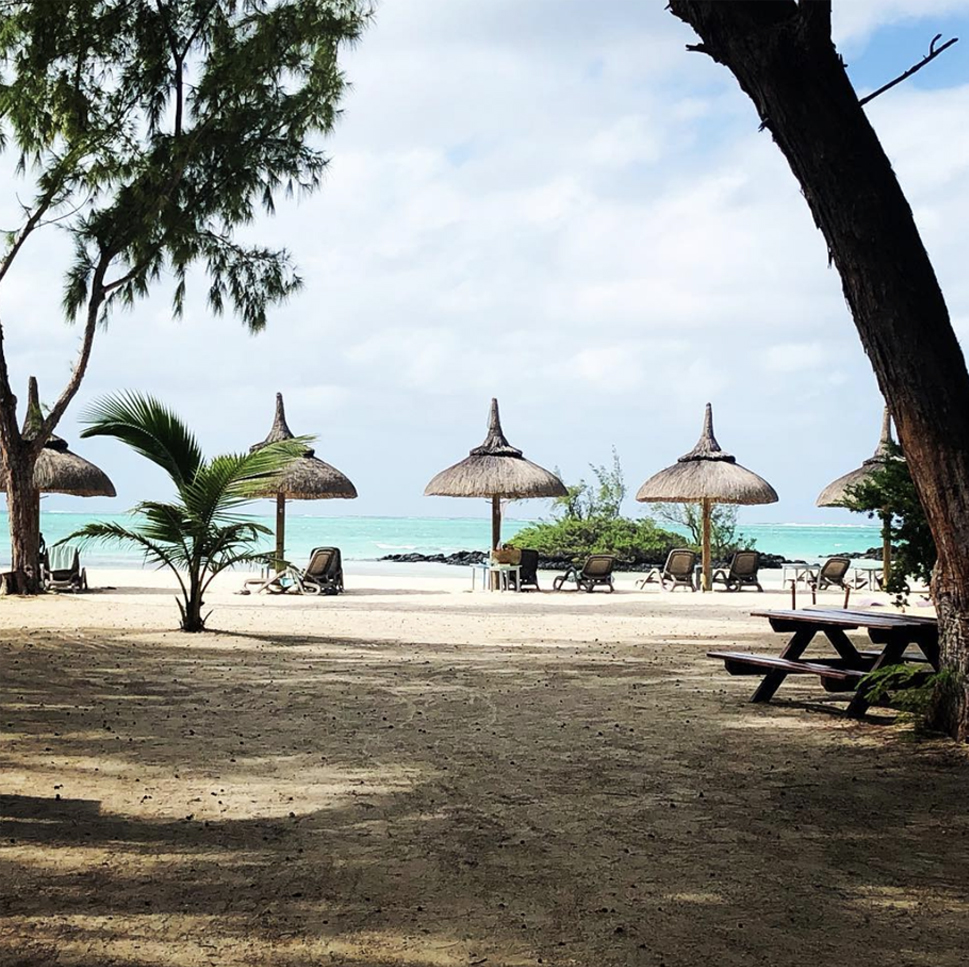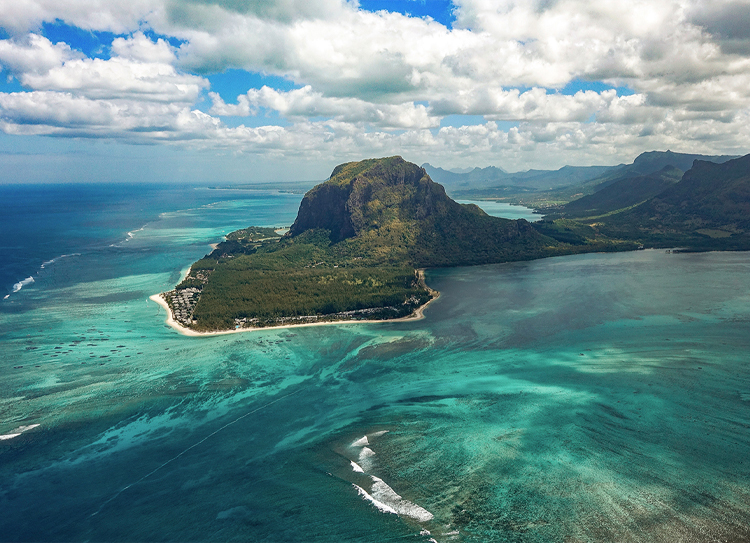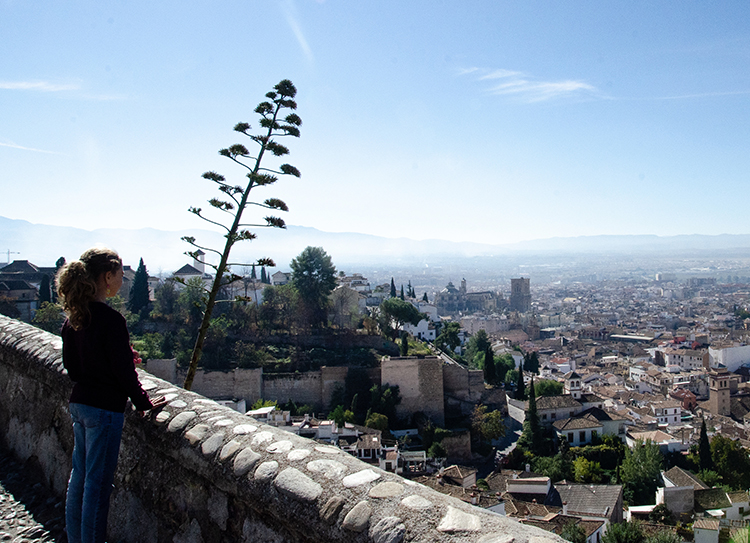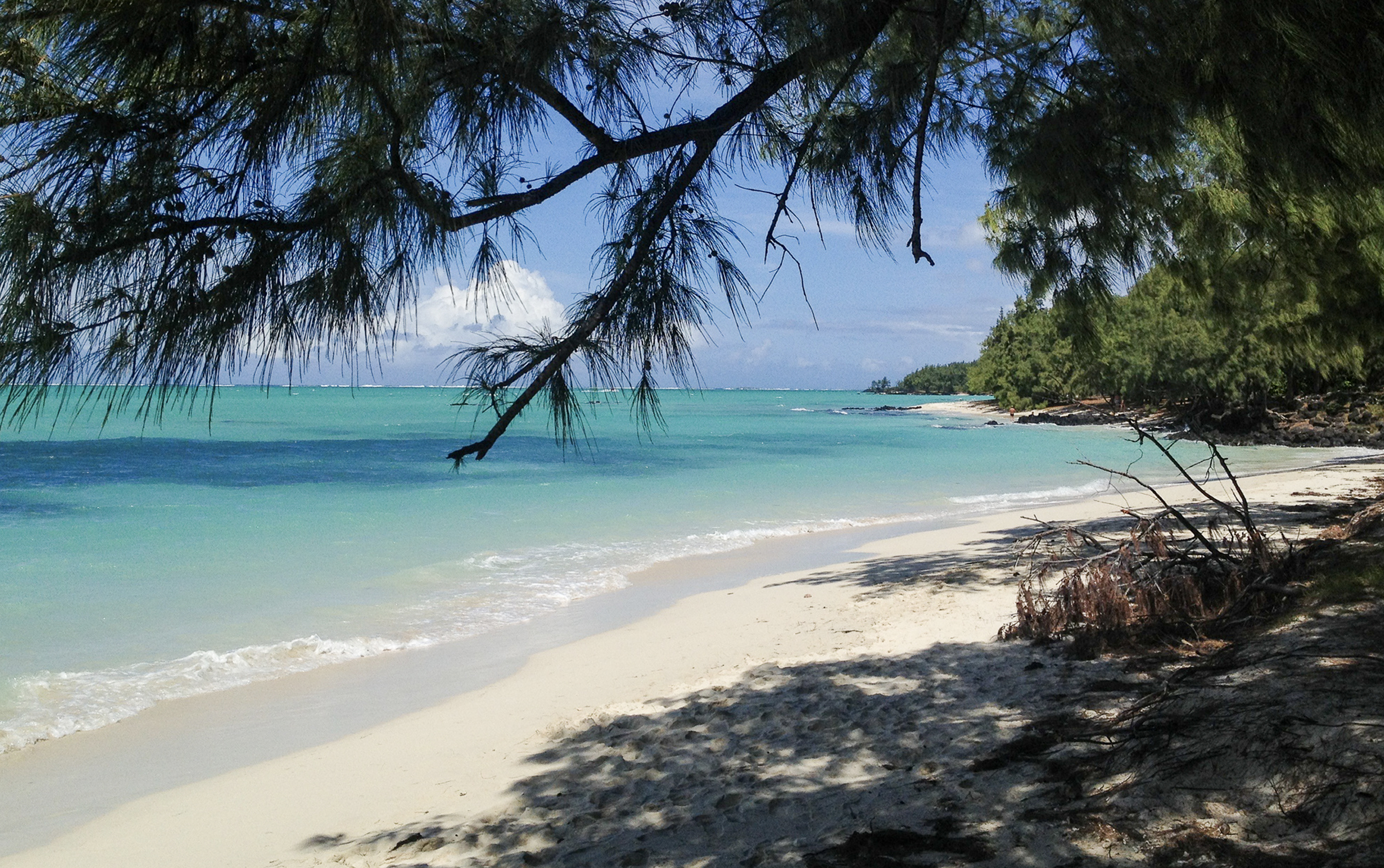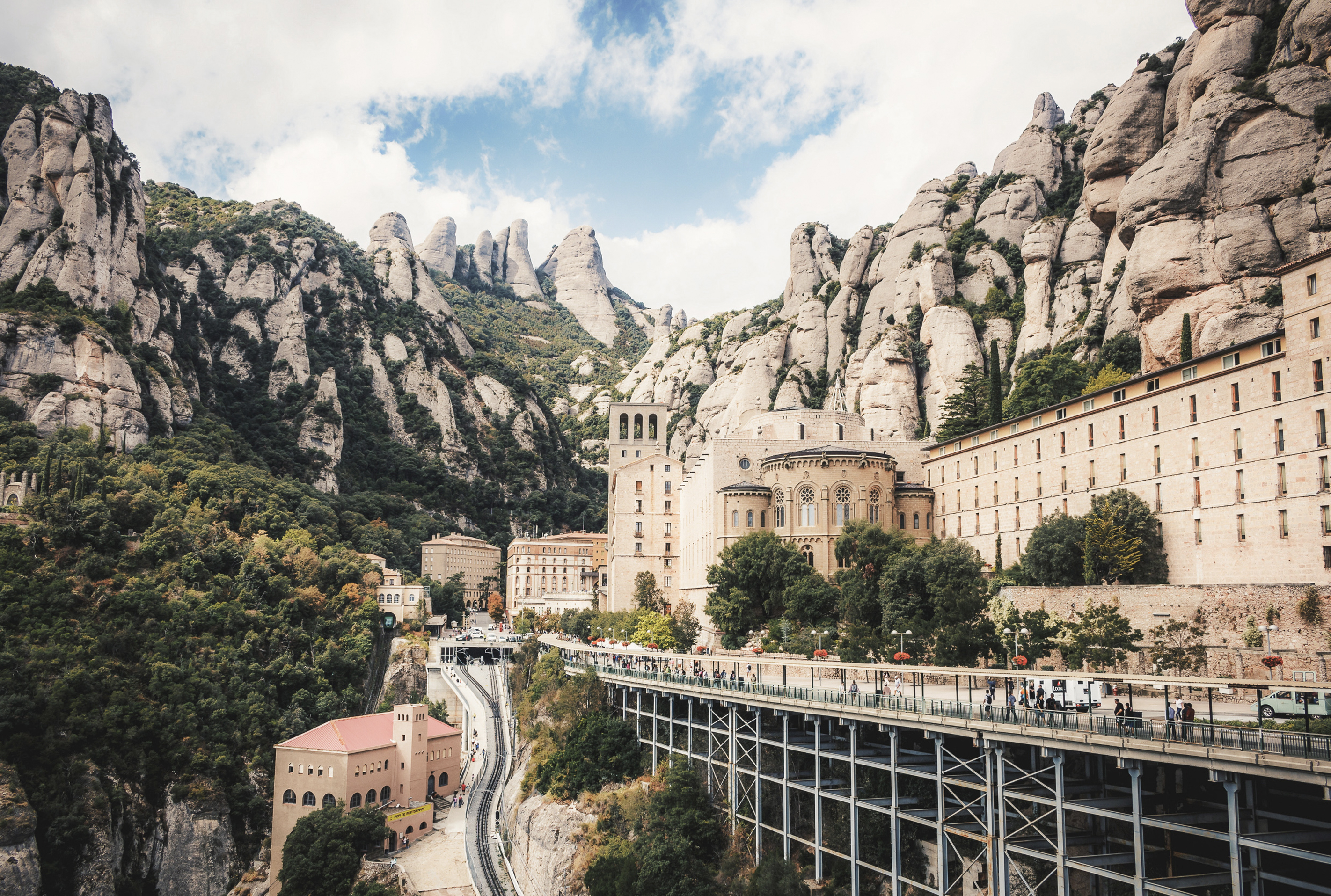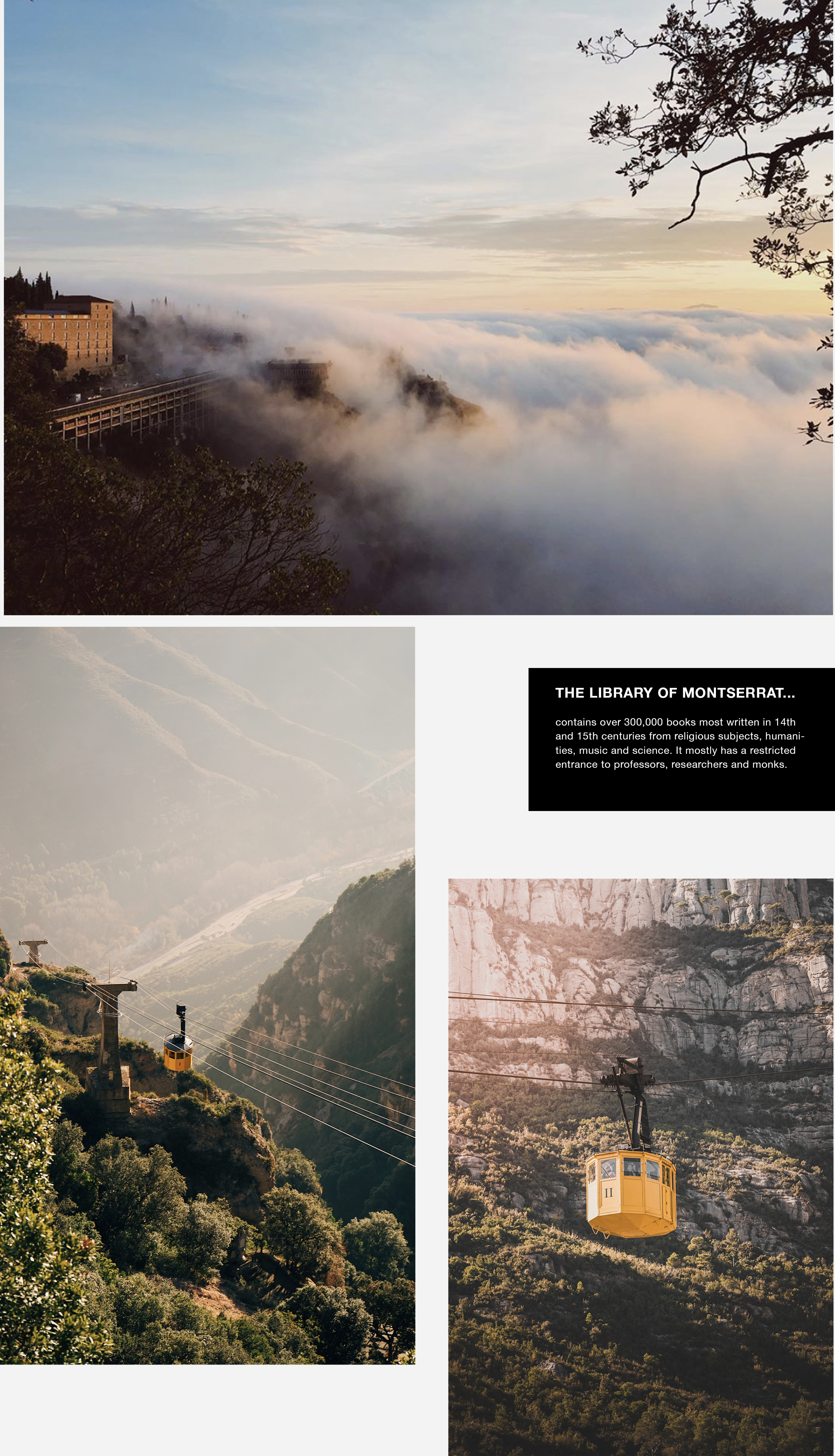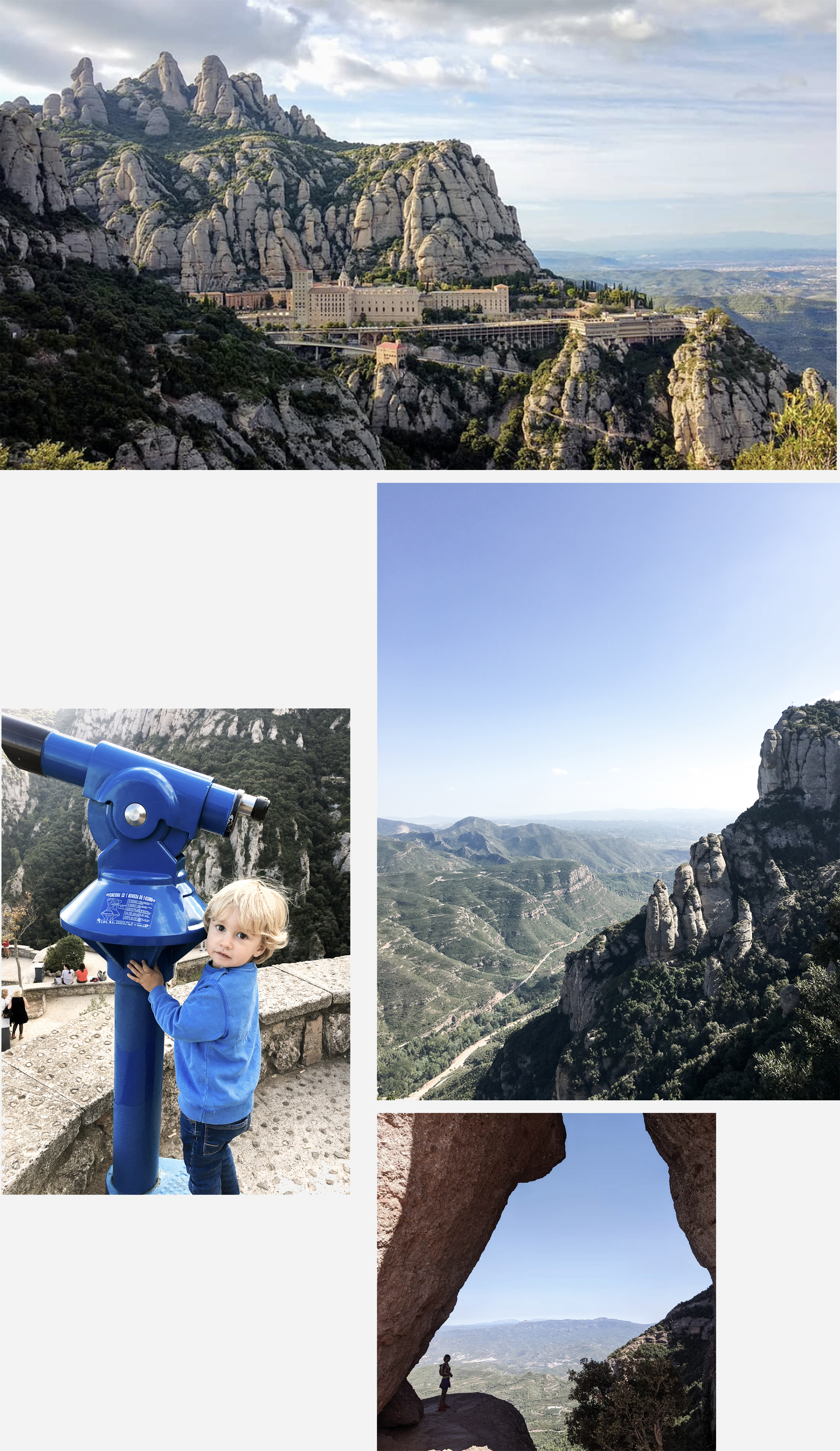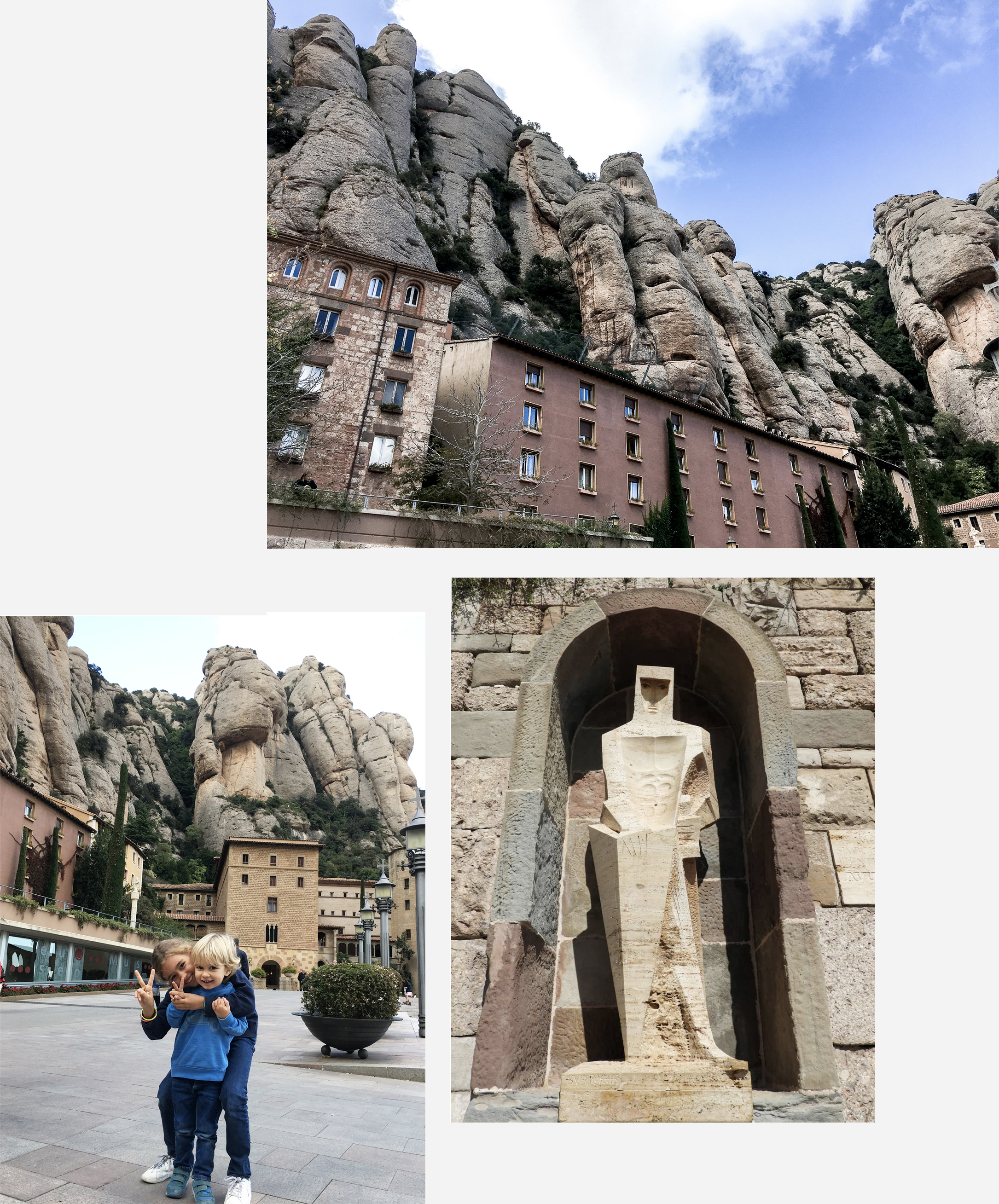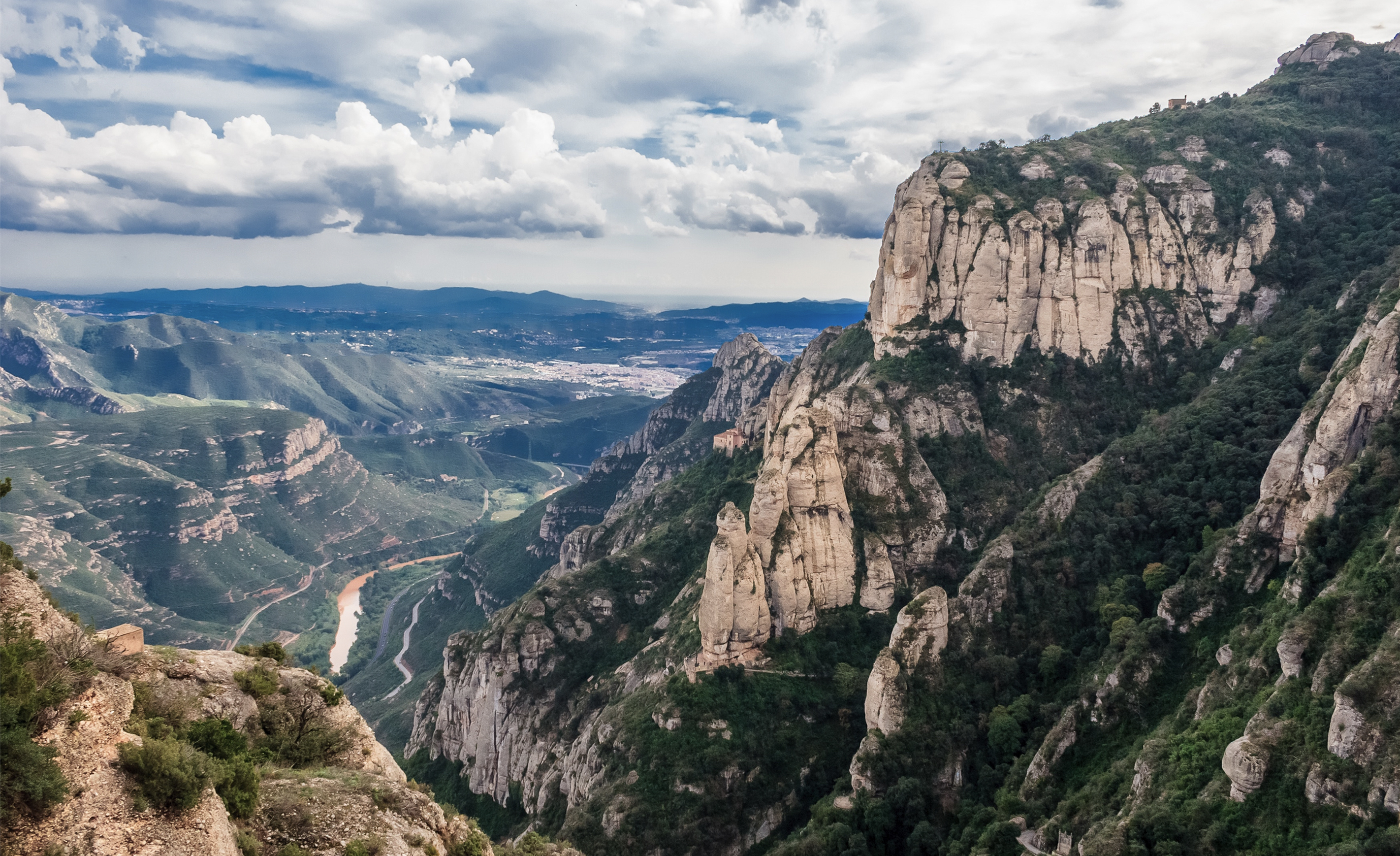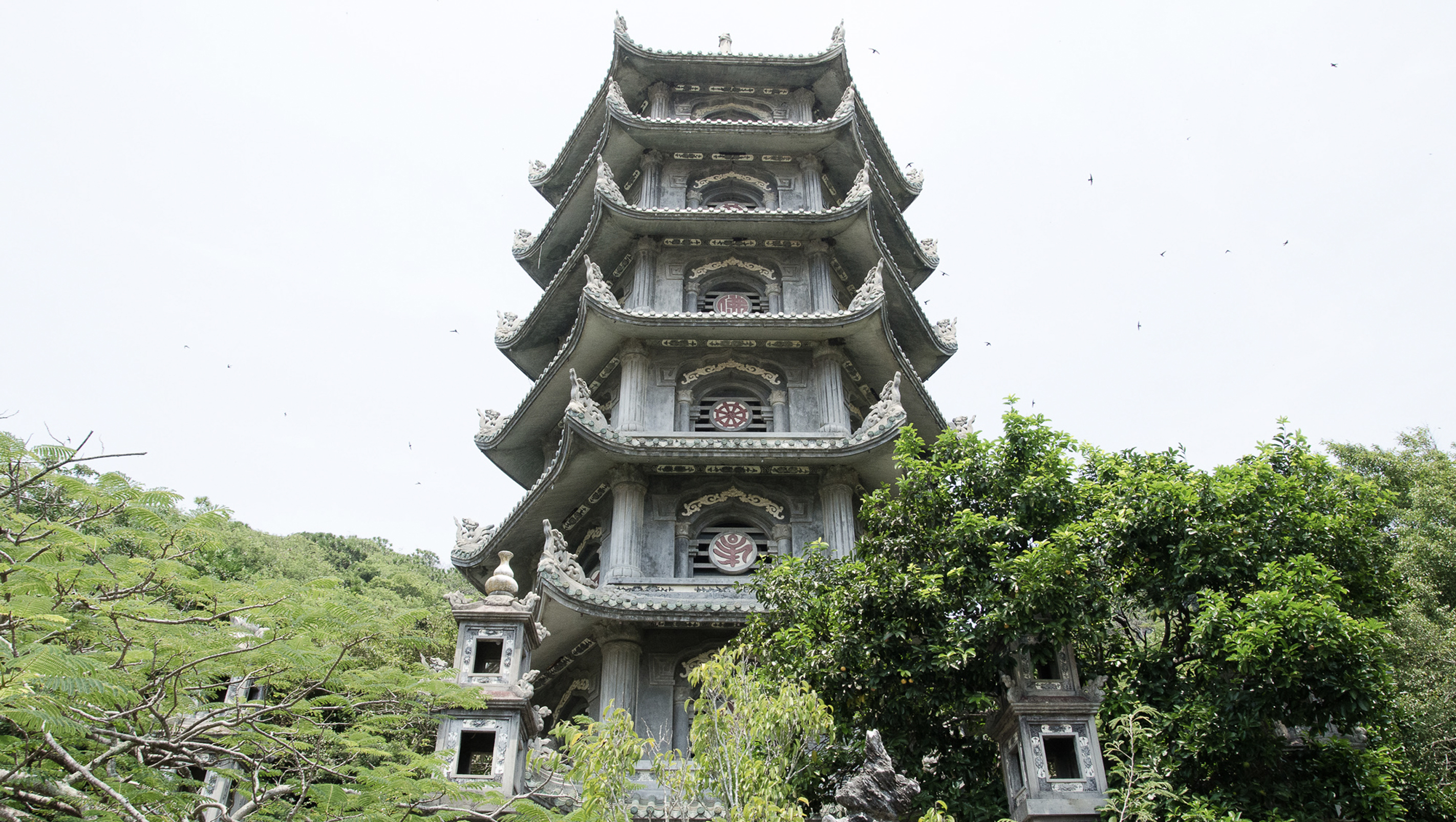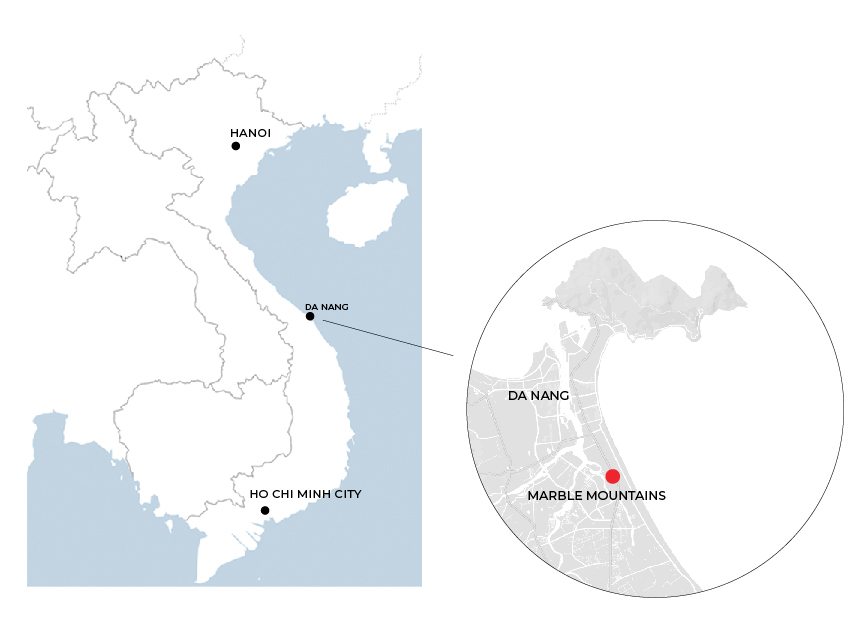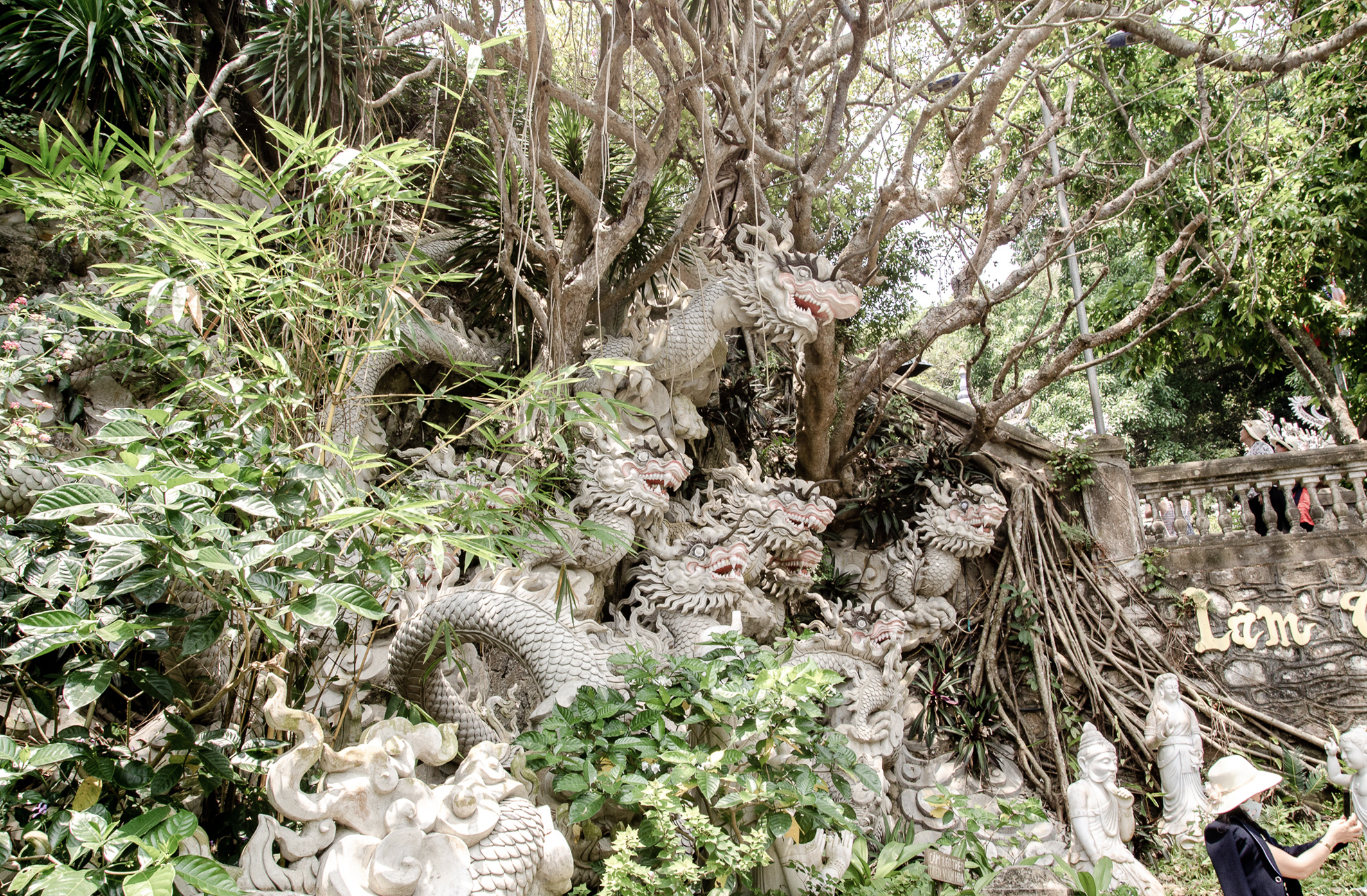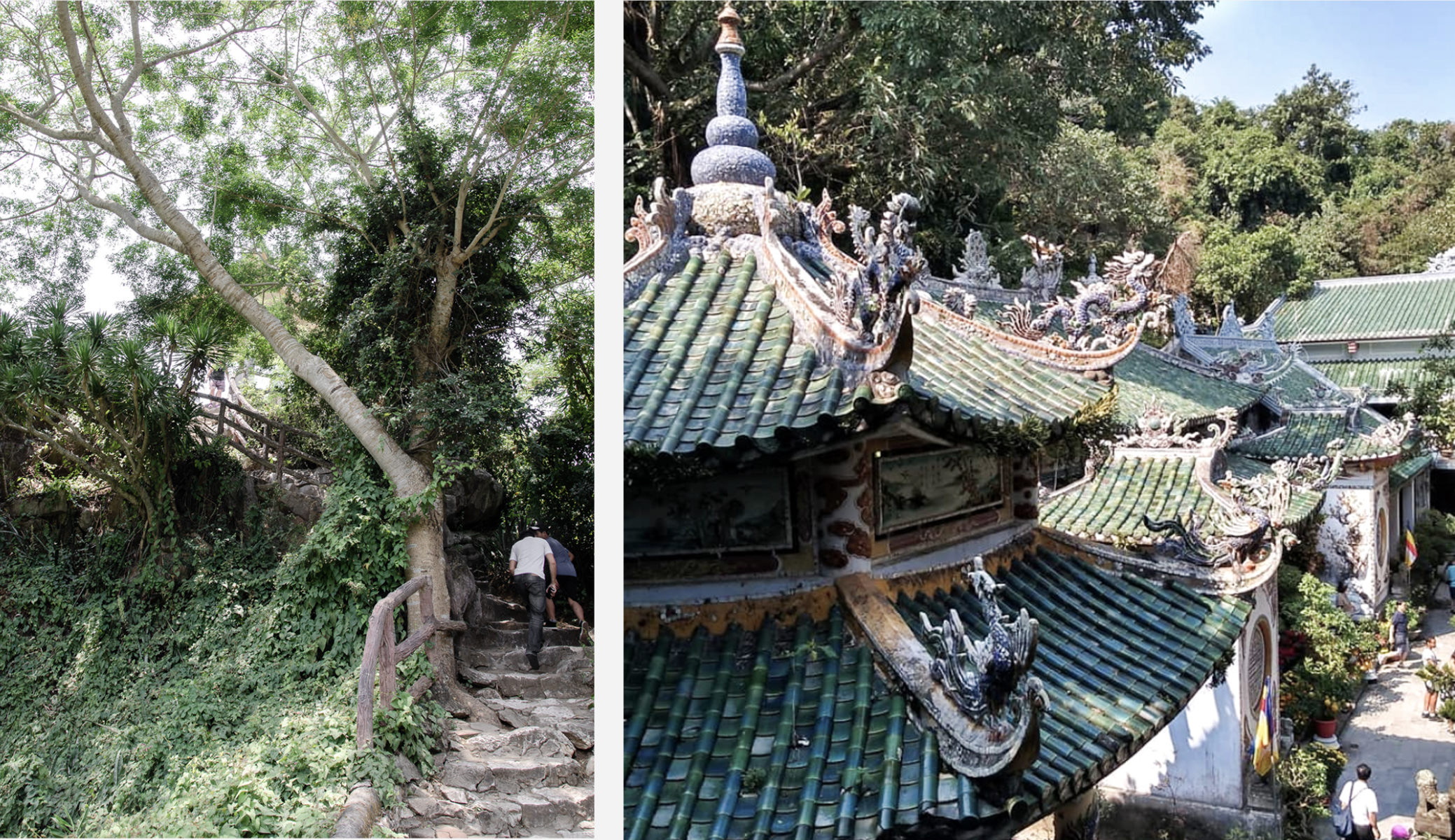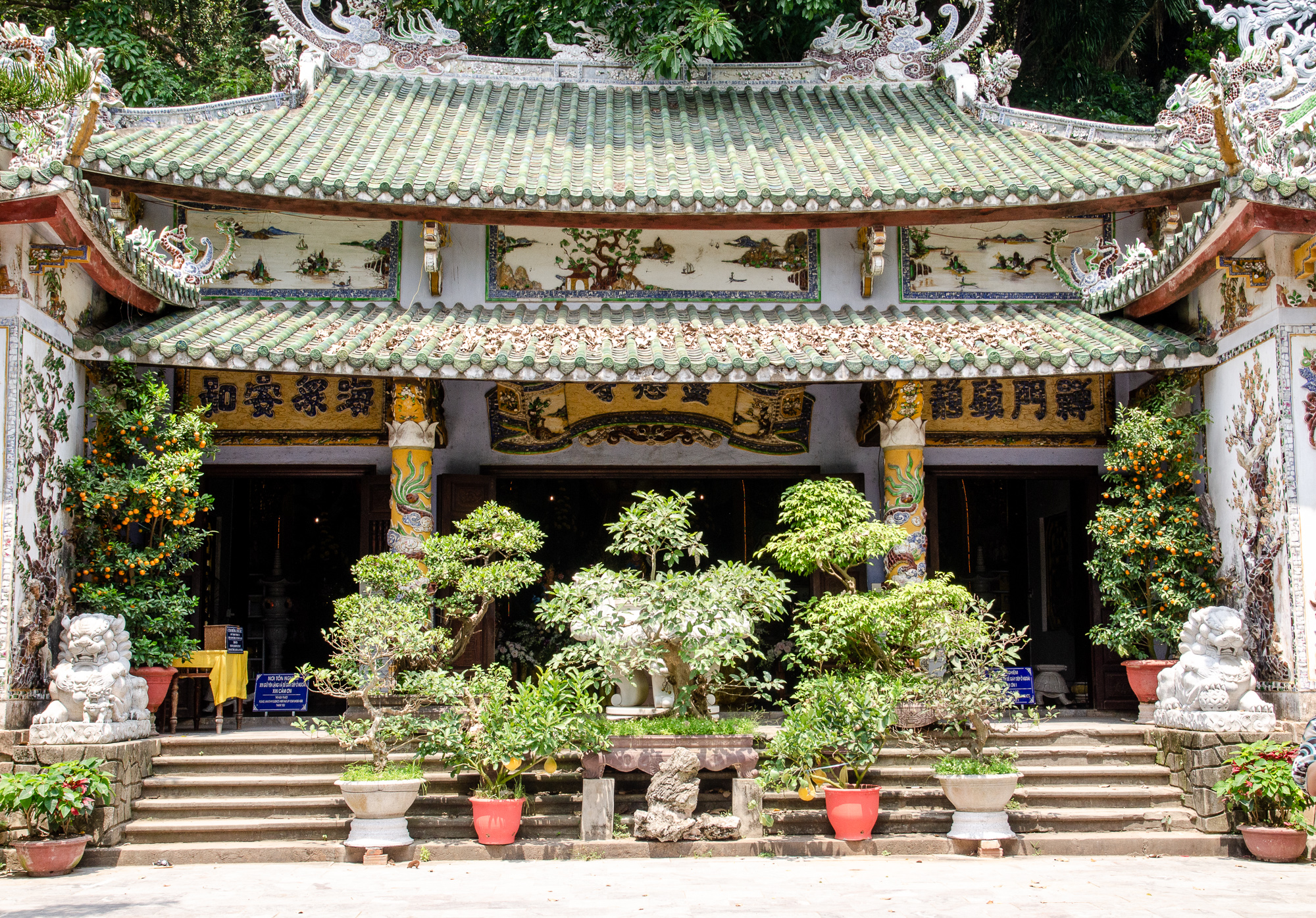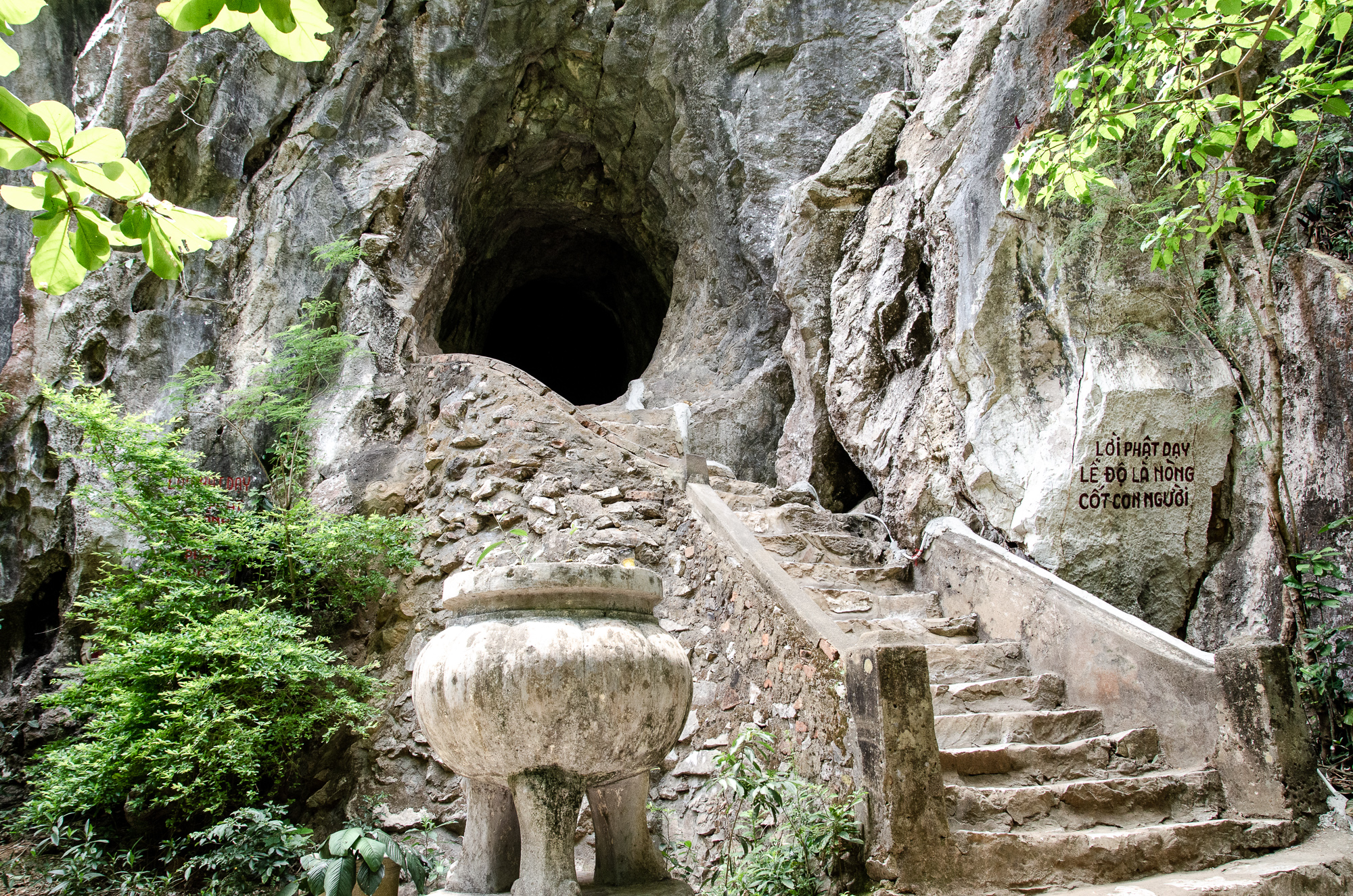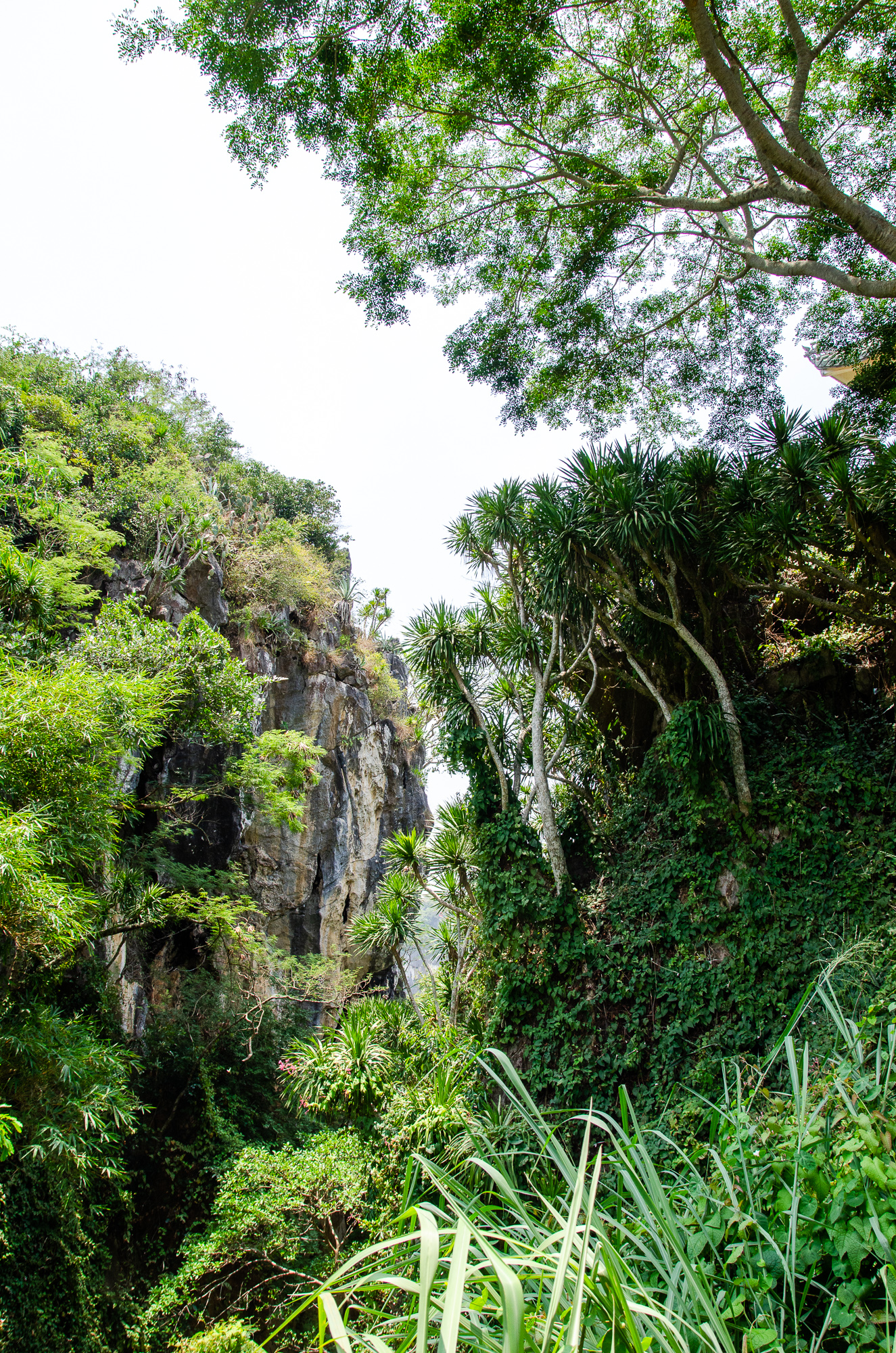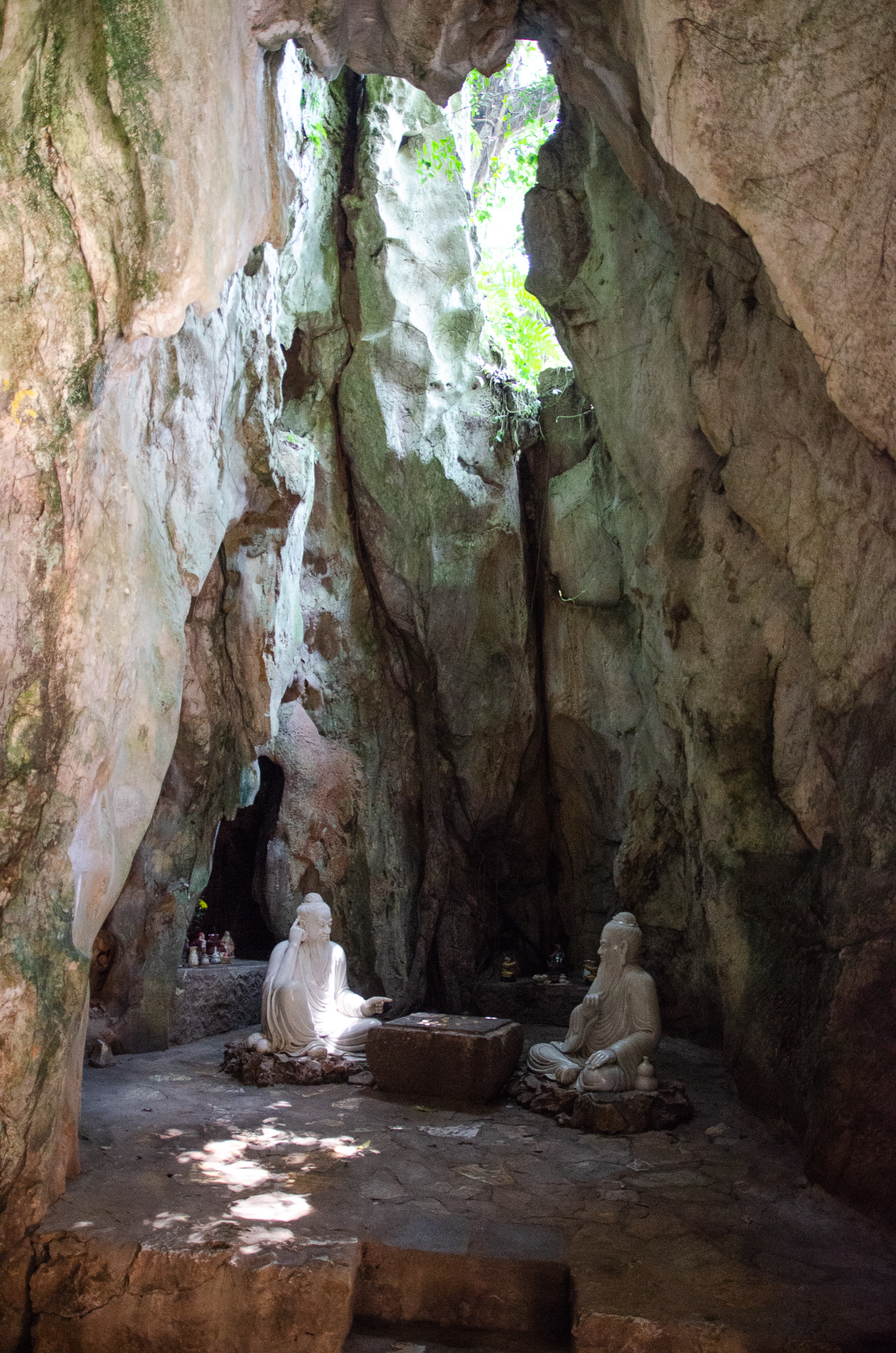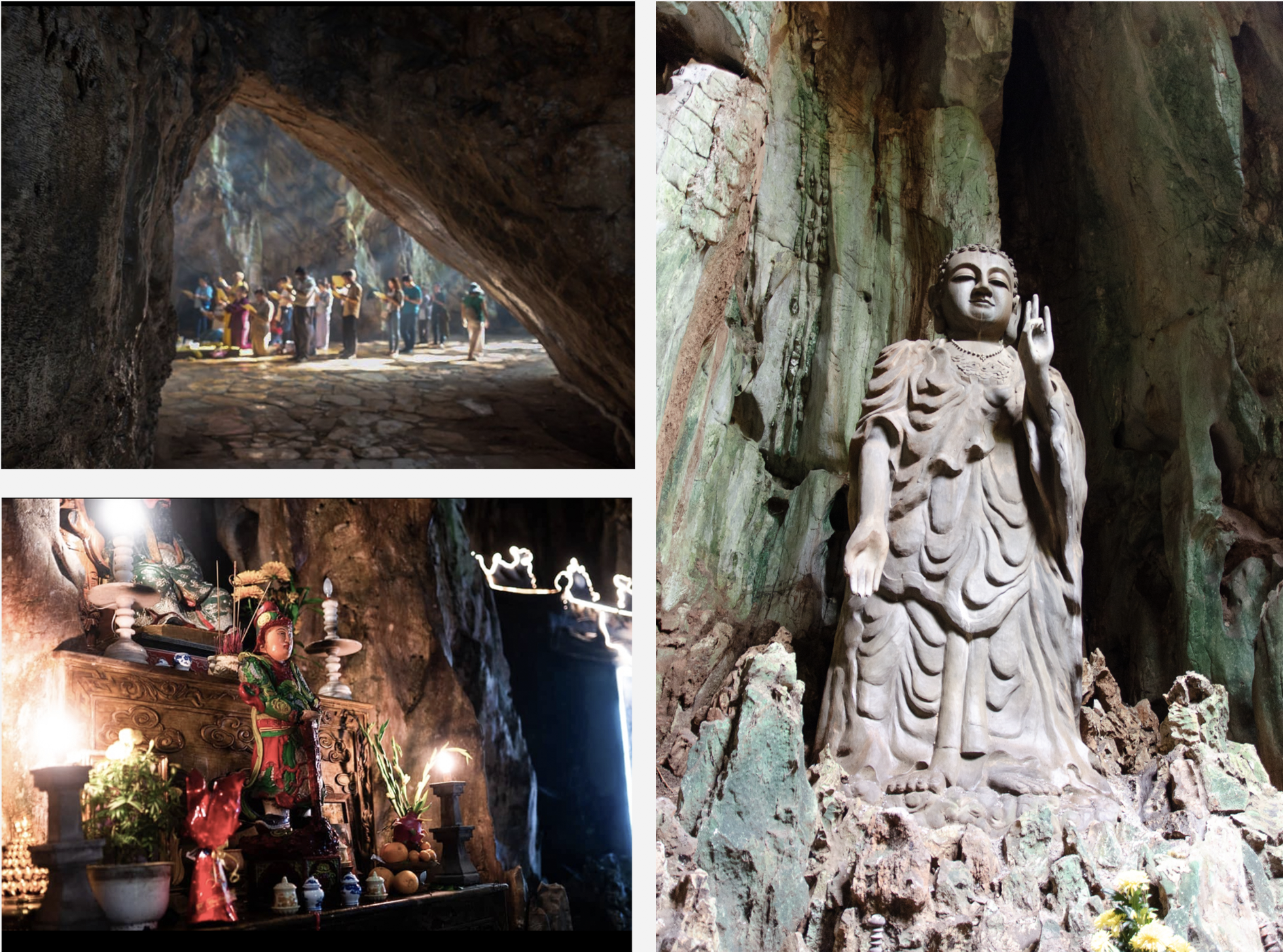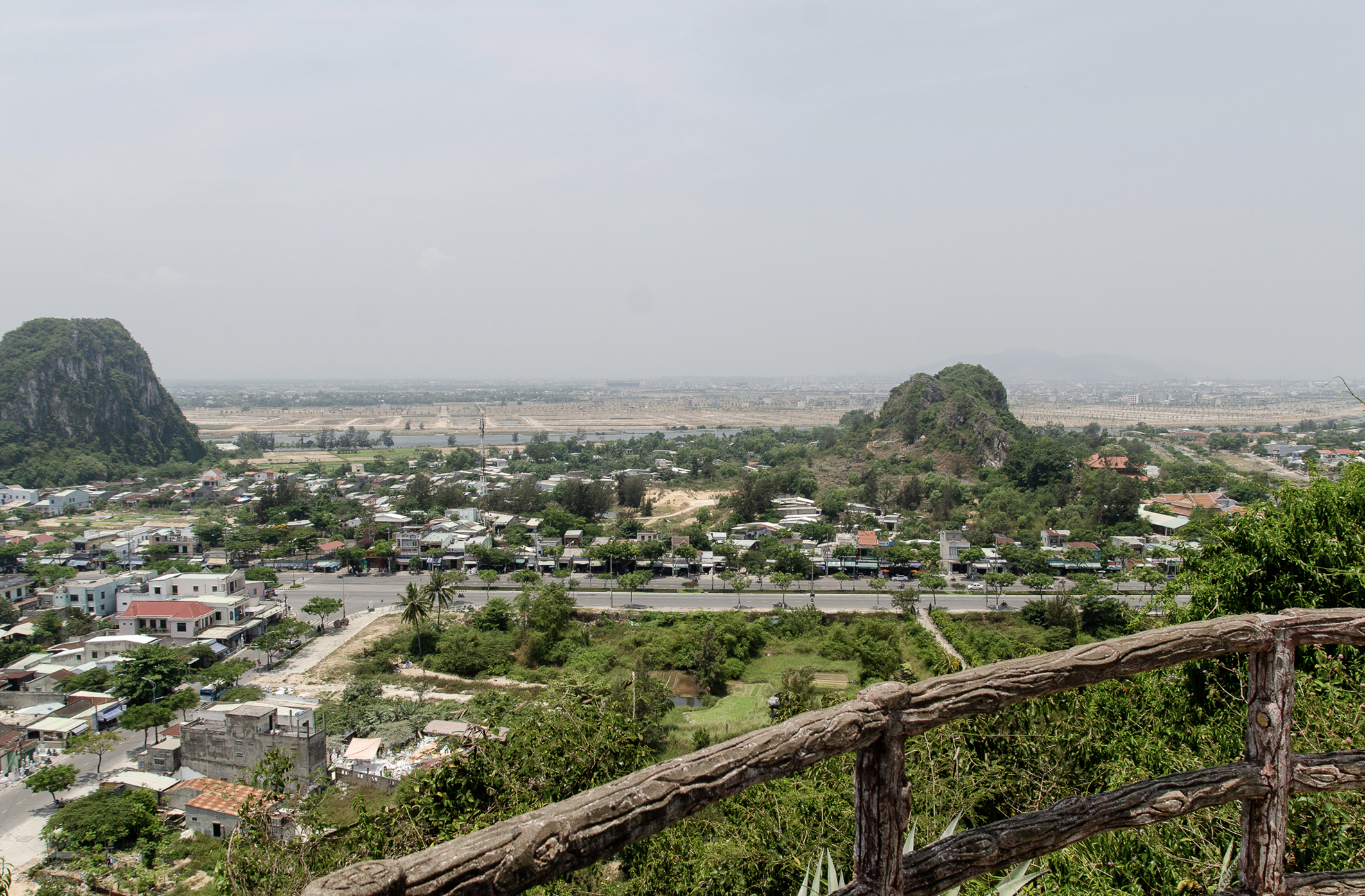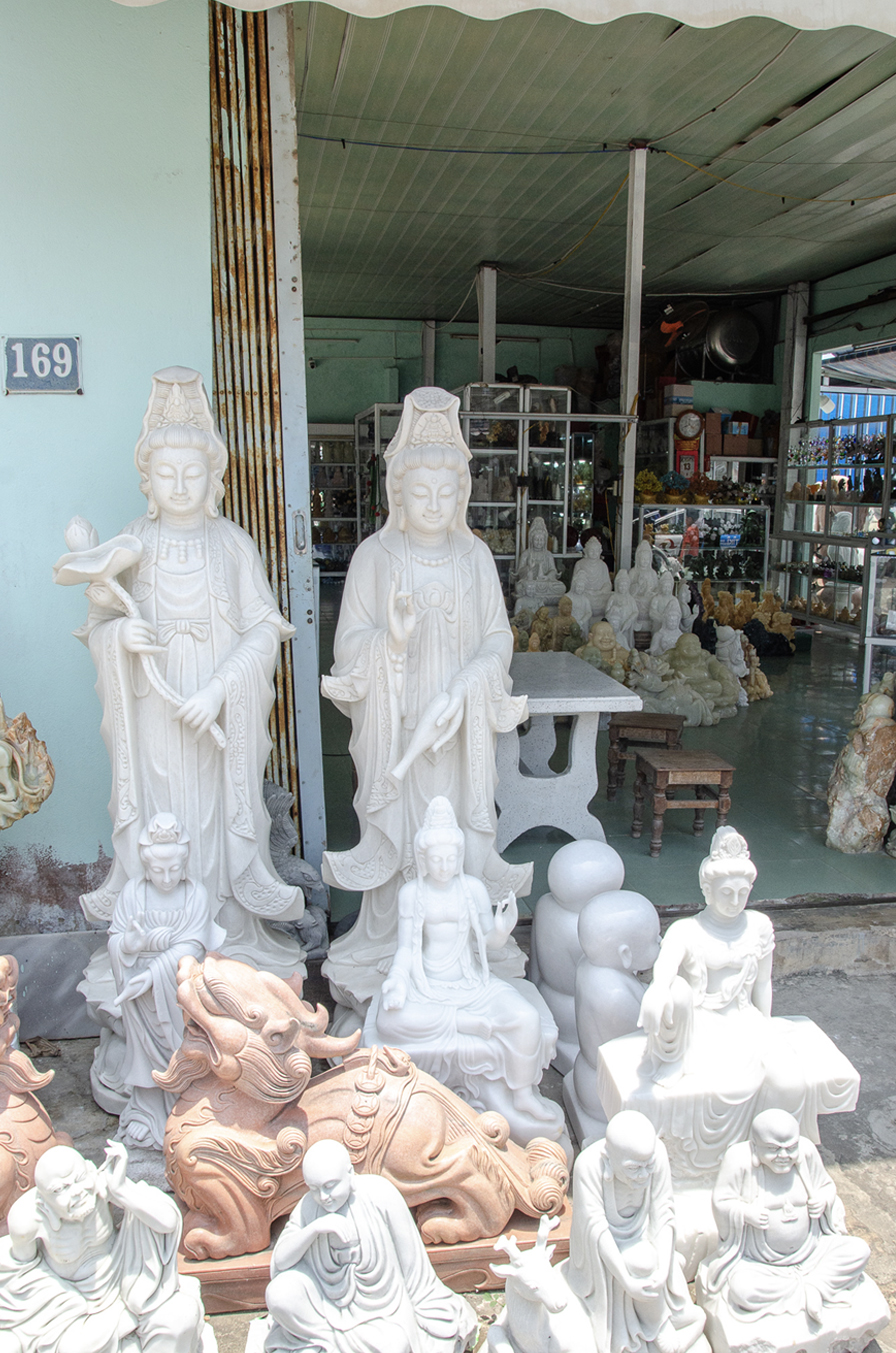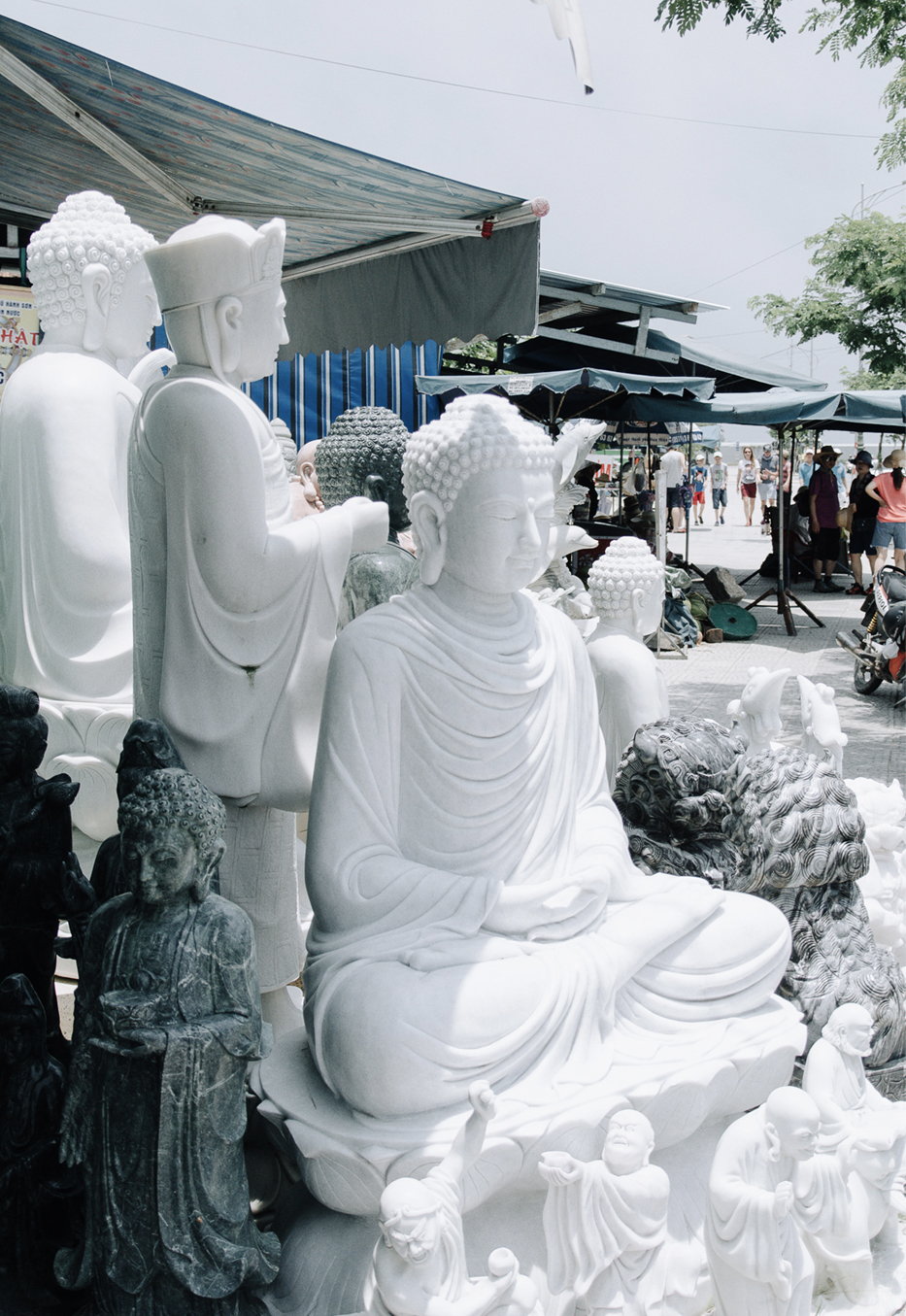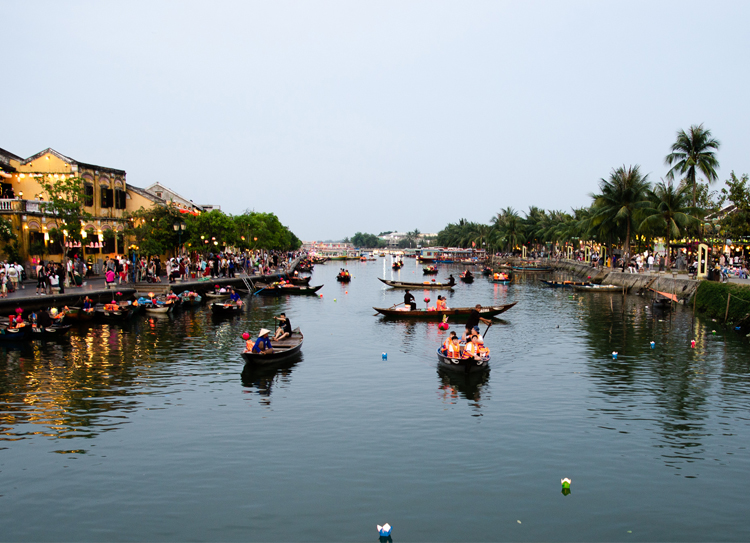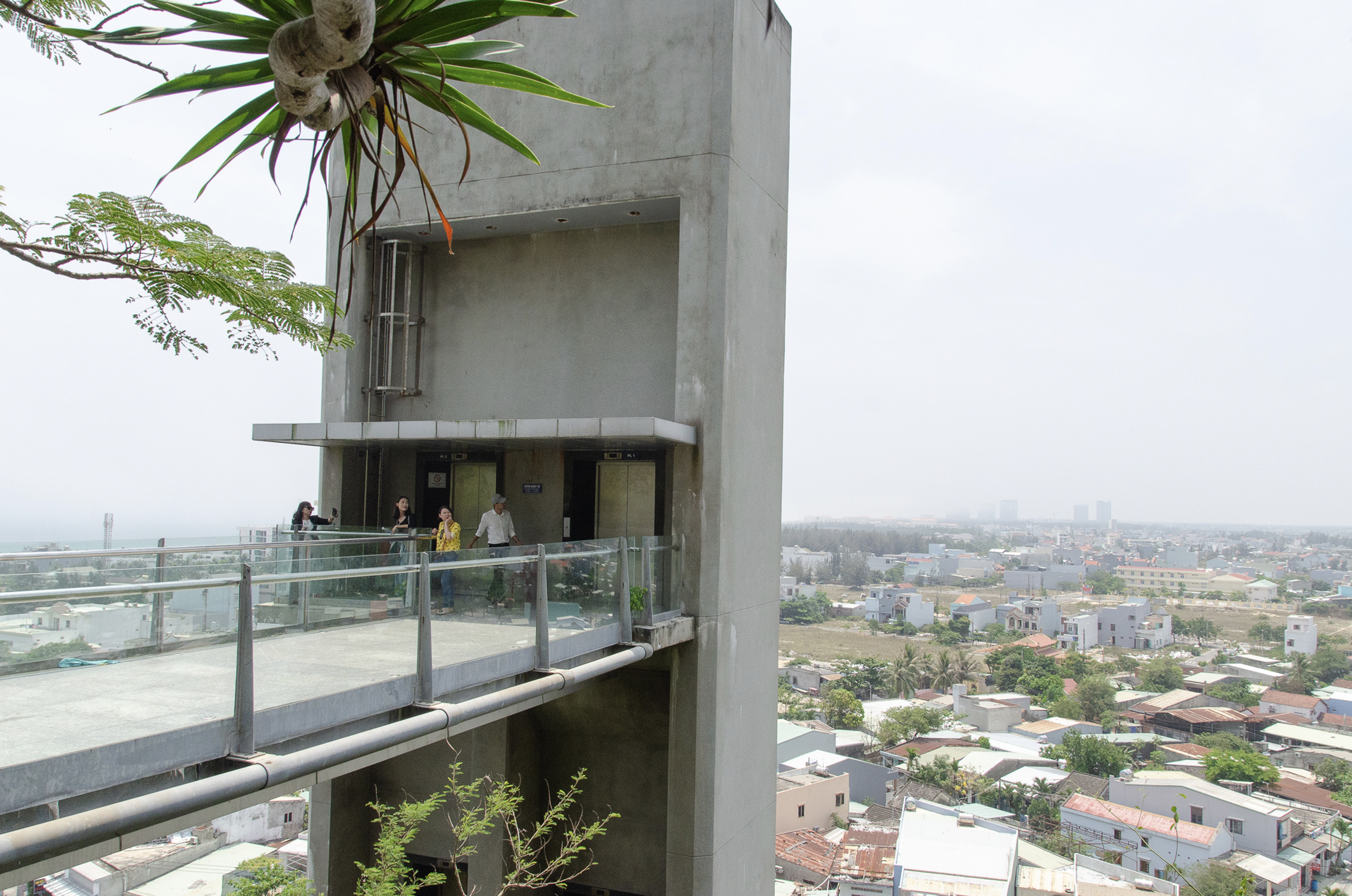THE COPENHAGEN CITY GUIDE
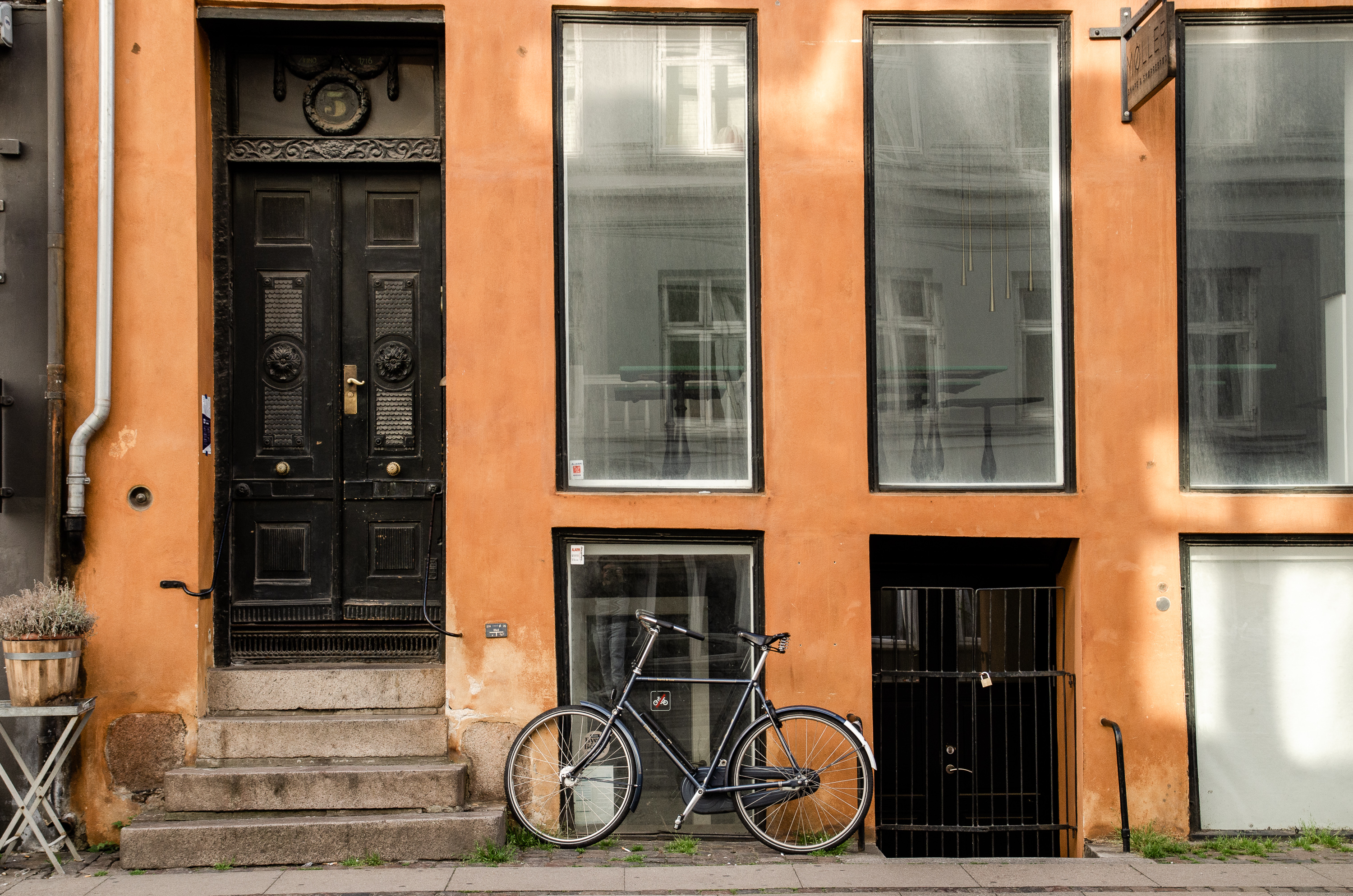
THE COPENHAGEN CITY GUIDE
The Danish capital Copenhagen is a fascinating city that has what it takes to enjoy a memorable vacation. There are so many treasures to see, taste and even bring home with you in this creative city with an avant-garde soul! A stay in Copenhagen is an opportunity to taste the sweet blend of modern and traditional that Denmark generously serves up. Discover the city guide we’ve put together to help you experience fabulous adventures.
01 THE ESSENTIALS
02 THE MAP
03 COPENHAGEN TRADITIONAL
04 COPENHAGEN CONTEMPORARY
05 DANISH ART & DESIGN
06 A WAY TO LIVE
07 EAT | DRINK & SNACK
08 WHERE TO STAY
09 OUR DANISH SHOPPING
The basics: language, weather, transport…
Find all our best addresses in one map
Nyhavn, Christianshavn, Little Mermaid…
Inderhavensbroen | Island Brygge…
List of our favorite Museums
8Tallet
Where to eat in Copenhagen
Best Design Hotels in Copenhagen
A selection of products from Copenhagen
01 THE ESSENTIALS
When to go: It is advisable to plan your weekend in Copenhagen between May and September. The climate is really nice and the landscapes will not leave you indifferent.
Where to stay: Copenhagen has a multitude of nice design hotels, suitable for all budgets. You can also stay in hostels or AirBnb.
What to do: Visit museums, spend your days in the parks, dare the culinary discoveries …. Moreover, we will present you the good addresses in the following paragraphs.
Transportation: Copenhagen is ideally located on foot or by bike. Otherwise, the public transport system is excellent. The buses and the subways are operational day and night. If you are really in a hurry, you always take the taxi or an Uber.
Currency: Danish Krone (DKK)
Language: Danish is obviously the official language. However, the local population mostly speaks/understands English. It is quite rare to meet Francophones there.
Budget: Is Copenhagen an expensive city? Basically yes, but there are also good plans. For accommodation, count from less than DKK 400 to around DKK 1,200. For meals, prices range from 150 DKK to more than 250 DKK. The tip is not really commonplace, but appreciated!
Copenhagen Card: The Copenhagen city pass which gives you access to more than 85 museums and attractions and to the public transport system. But that’s not all! With this pass, you can get discounts on your boat rides.
The rates are as follows: (it’s free for children under 10)
24 hours: 54 € for adults, 26 € for children (10-15 years) | 48 hours: 80 € for adults, 40 € for children | 72 hours: 99 € for adults, 49 € for children | 120 hours: € 133 for adults, € 67 for children.
02 THE MAP
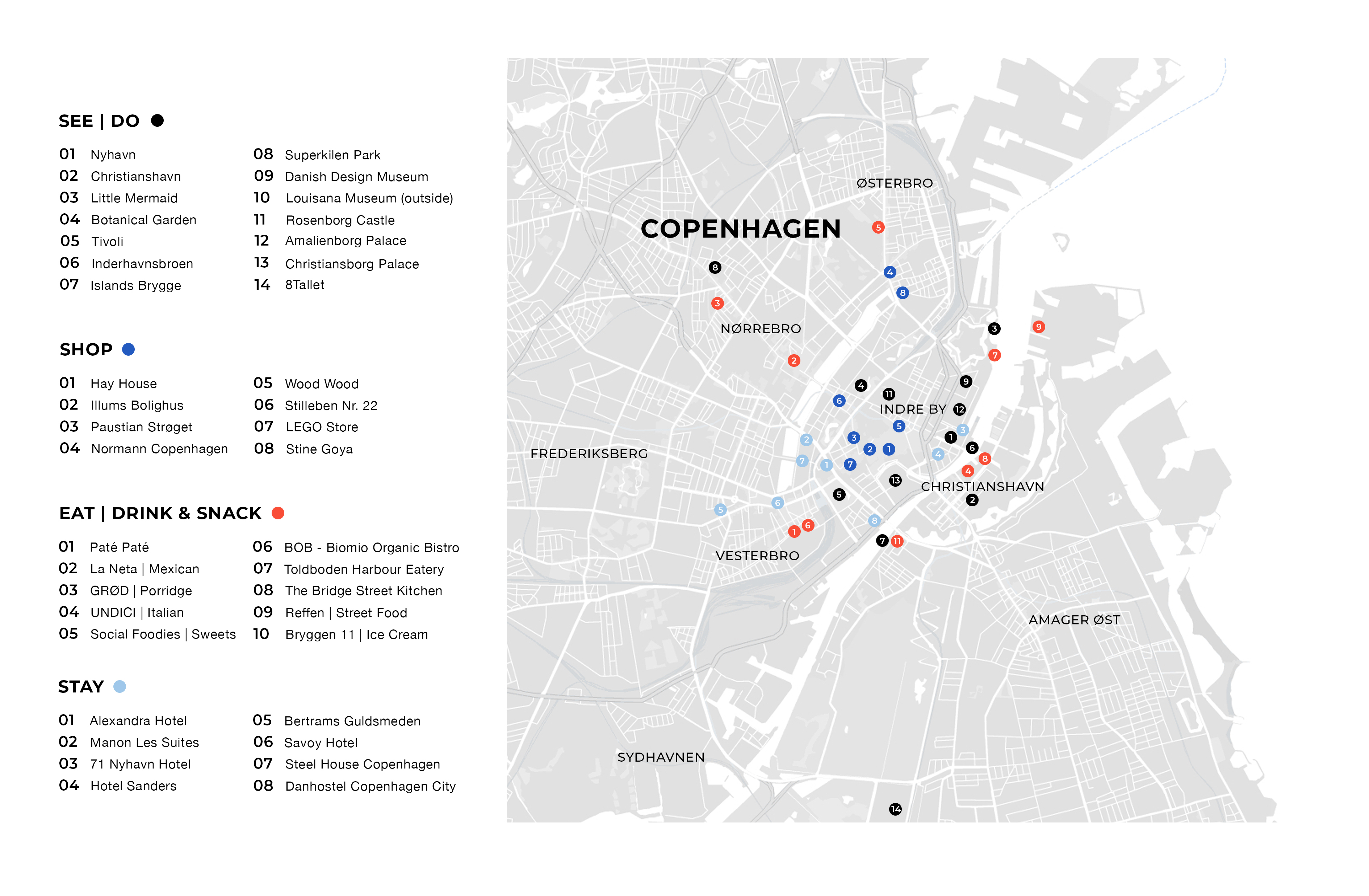
03 THE TRADITIONAL SIDE OF COPENHAGEN
To say the least, Copenhagen is naturally a pleasant place to live. It has certain values that give it exceptional charm. Traditional architecture and world renowned sites…you’ll find that the trip you plan with your children will fill you with memories.
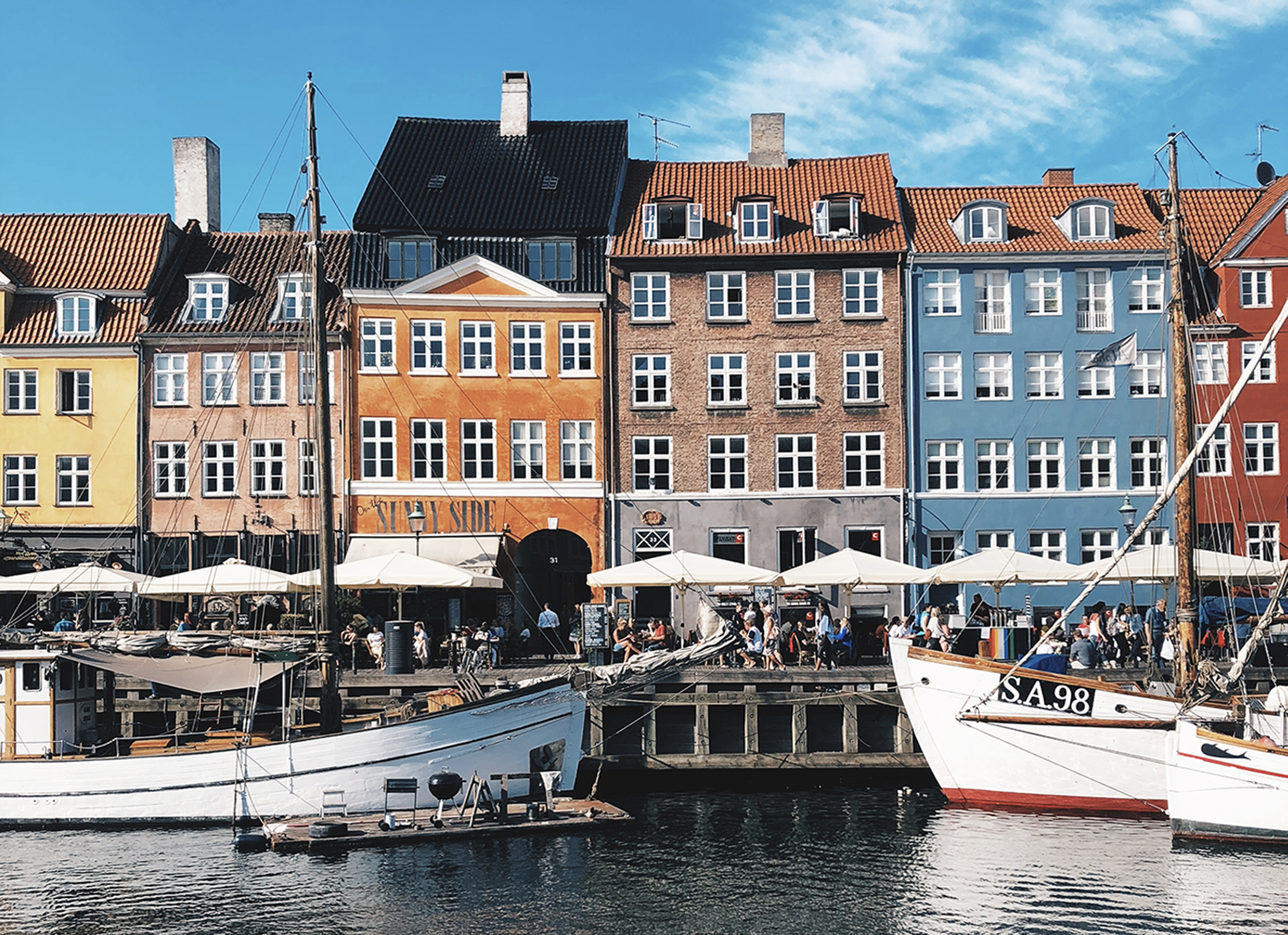
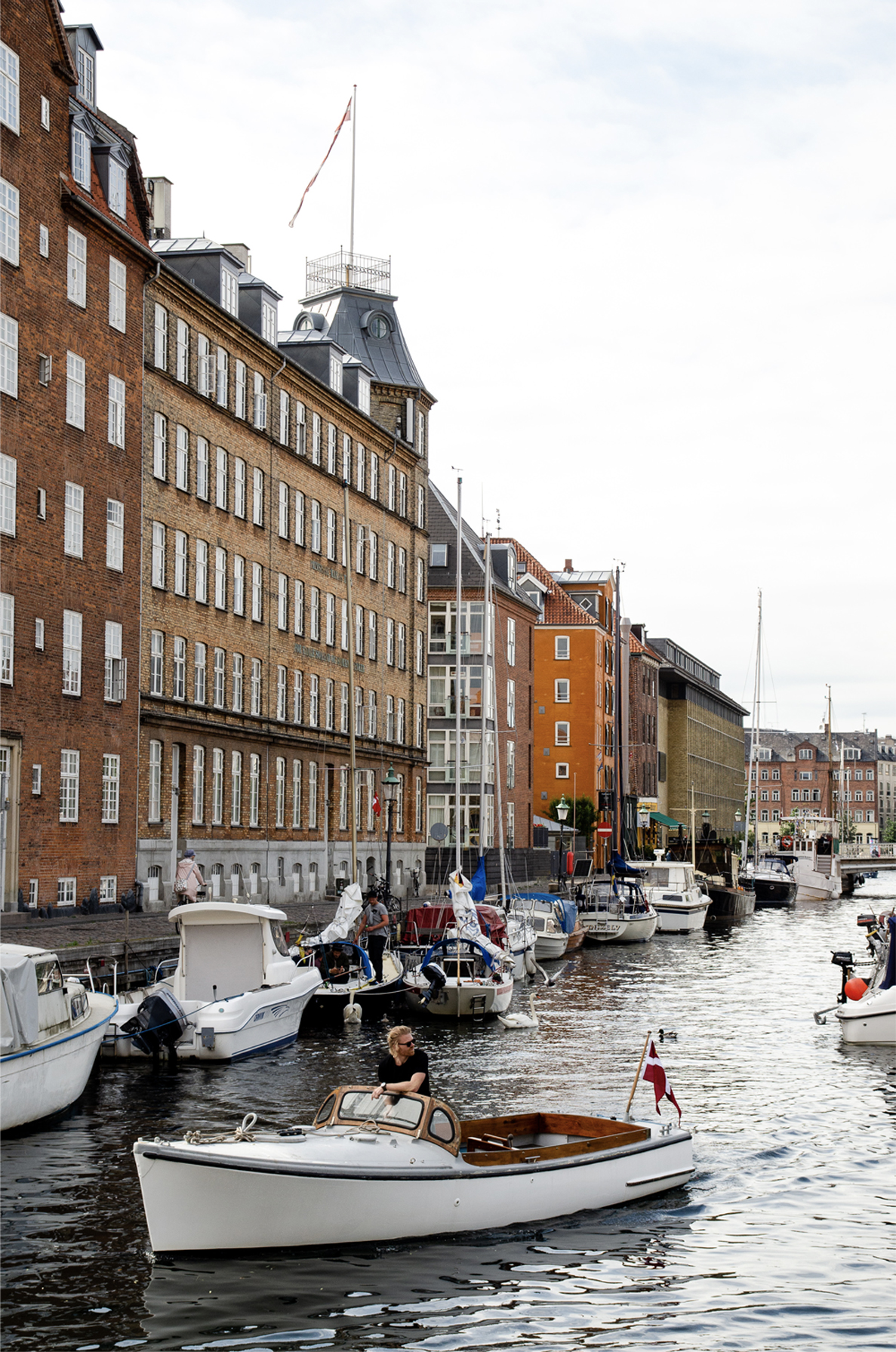
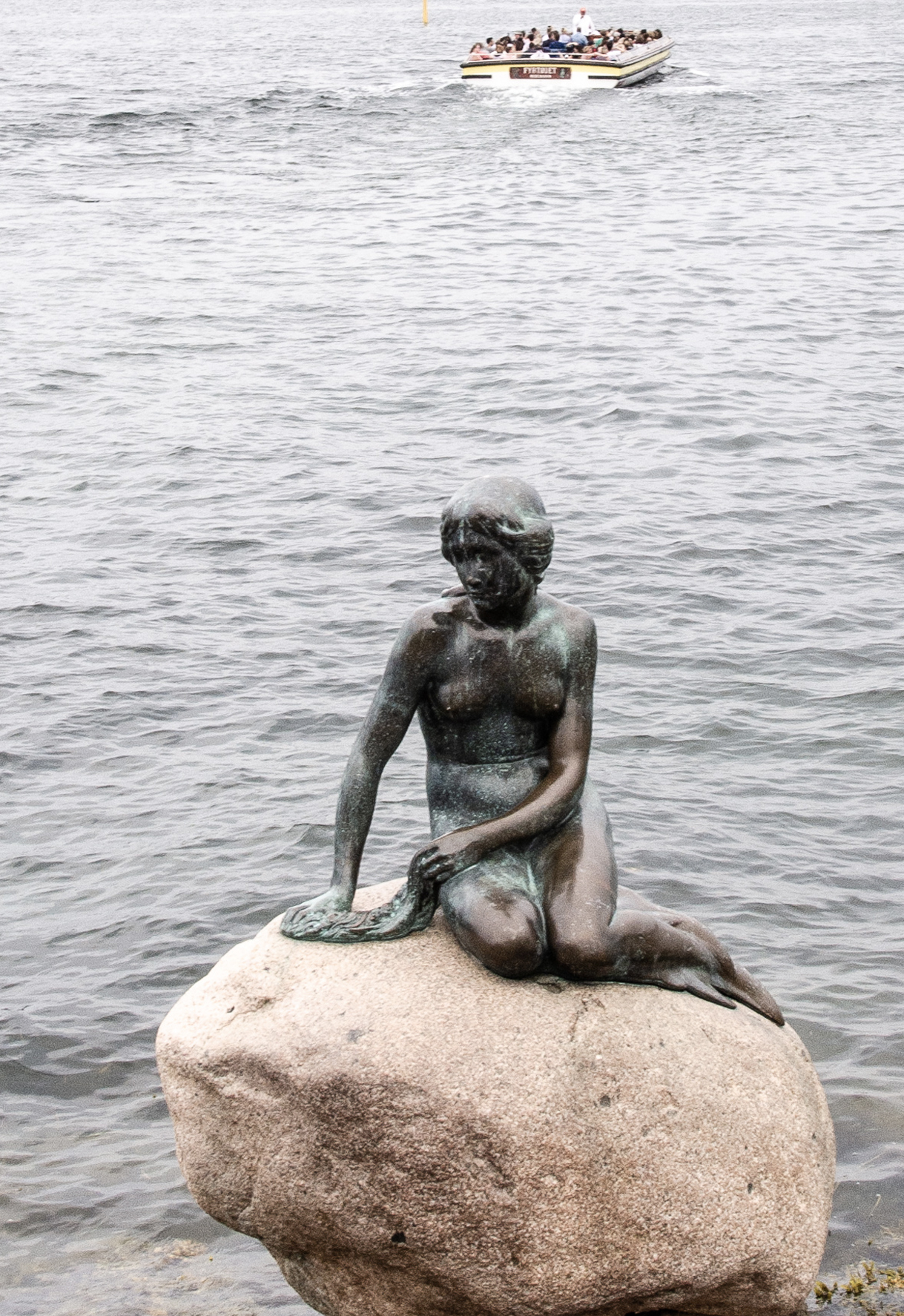
NYHAVN
If you’re wondering what you absolutely must see in Copenhagen, here’s your answer. Nyhavn welcomes you with its picture-perfect setting. Here, the canals are lined with facades in shimmering colors. The cafés and restaurants are victims of their own success. As a result, they’re often overcrowded. Though, with any luck, you might be able to find a free table, especially at Vaffelbageren, where they serve the area’s best ice cream and waffles.
CHRISTIANSHAVN
Christianshavn is an area that’s very…nautical. It’s a small paradise for barges and sailboats. Here, you’ll also find beautiful wall murals, the Royal Library and, most importantly, canals as far as the eye can see. That’s why the neighborhood is nicknamed “Little Amsterdam”.
CHRISTIANA: a community that values freedom, Christiana is the birthplace of the cargo bike. The skate park is accessible free of charge, and the street art will leave you in awe.
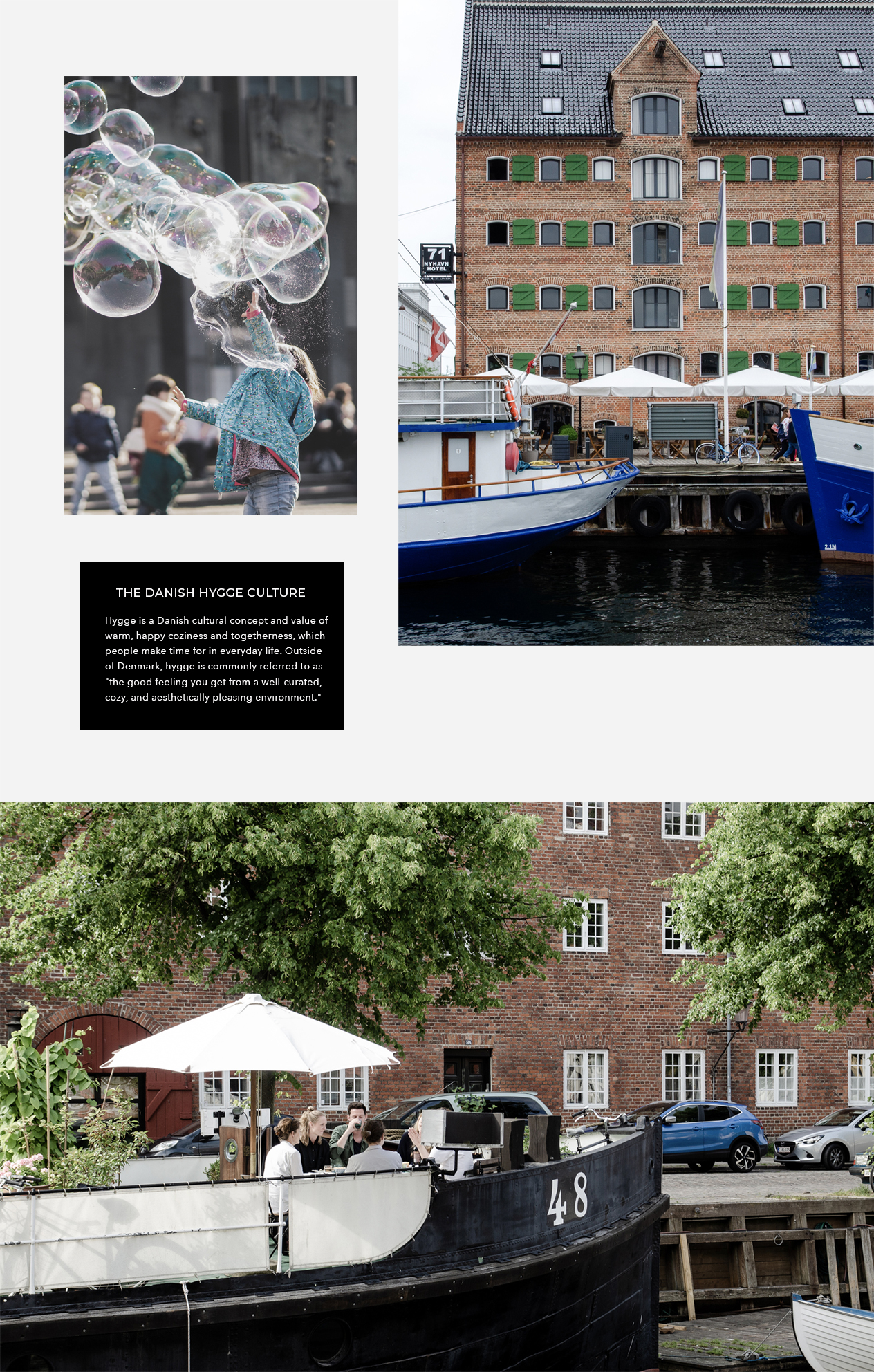
THE LITTLE MERMAID
This sculpture, perched atop its rock, was christened “The Little Mermaid”, and was inspired by Hans Christian Andersen’s tale. It’s fun to see the tourists gathering around it en masse because, ultimately, it’s not really worth the detour. Though there’s nothing to stop you from looking at it if you happen to pass by.
BOTANICAL GARDEN
It’s in the heart of Copenhagen’s city center that you’ll find the botanical garden, created in 1600. More than 13,000 types of plants and trees will amaze you. An interesting little fact: the oldest tree in this green space was planted in 1806, when it was already 60 years old. It’s these types of details which make an impression on both young and old, right? It’s also worth noting that the Botanical Garden is the perfect place for a picnic.
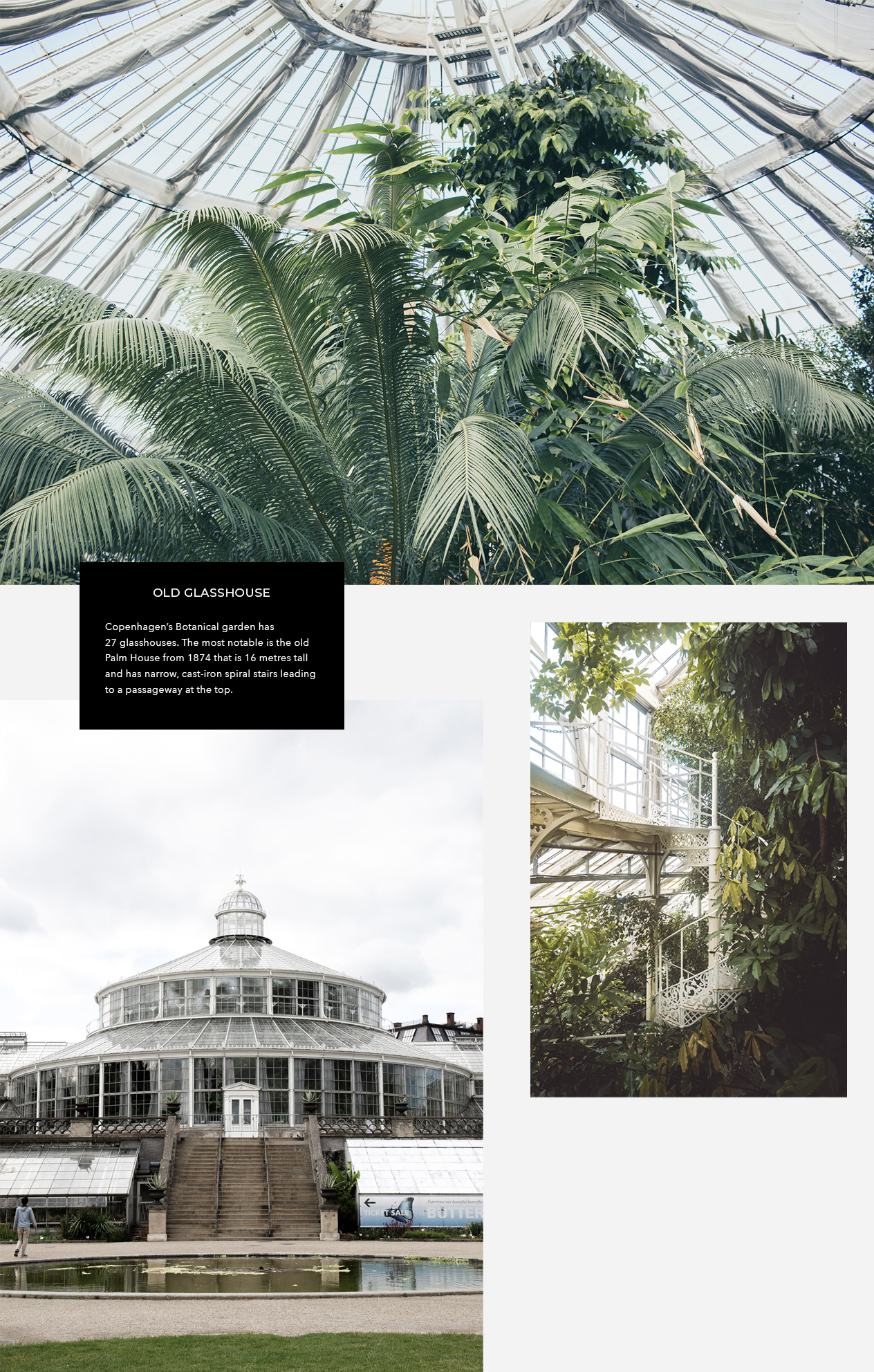
TIVOLI GARDENS
Contrary to what you might think, the Tivoli Gardens are not a green space but an amusement park. This site is quite simply magical. In the same place, you’ll find roller coasters, restaurants, exhibitions and you’ll most certainly have the opportunity to encounter a few mimes during your visit.
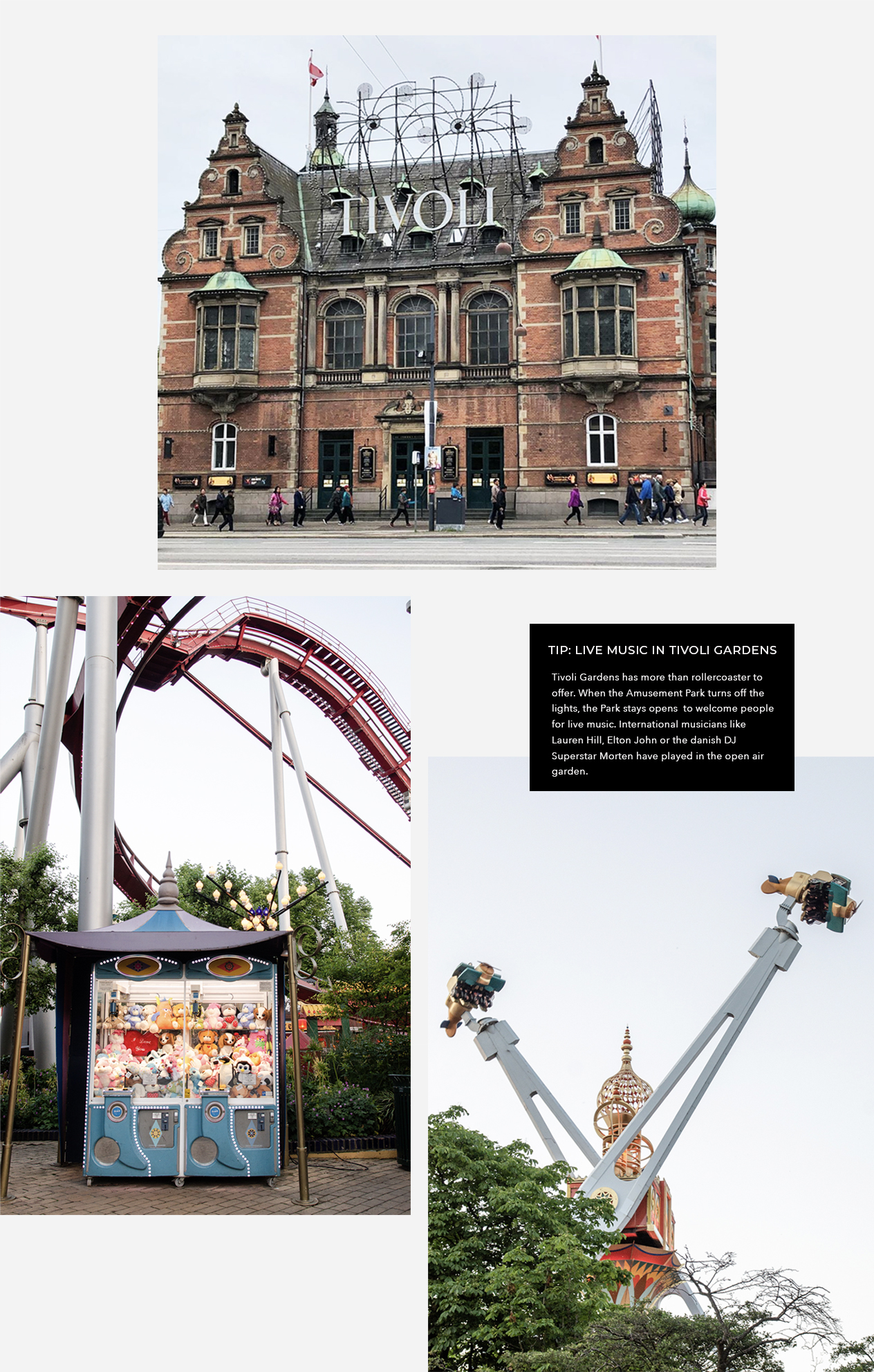
04 THE CONTEMPORARY SIDE OF COPENHAGEN
We love the design that displays all of Copenhagen’s charm. In recent years, new, extremely contemporary buildings have been springing up from the ground to the delight of Danes and vacationers alike. And you know what? It’s not only the architecture that has a modern look.
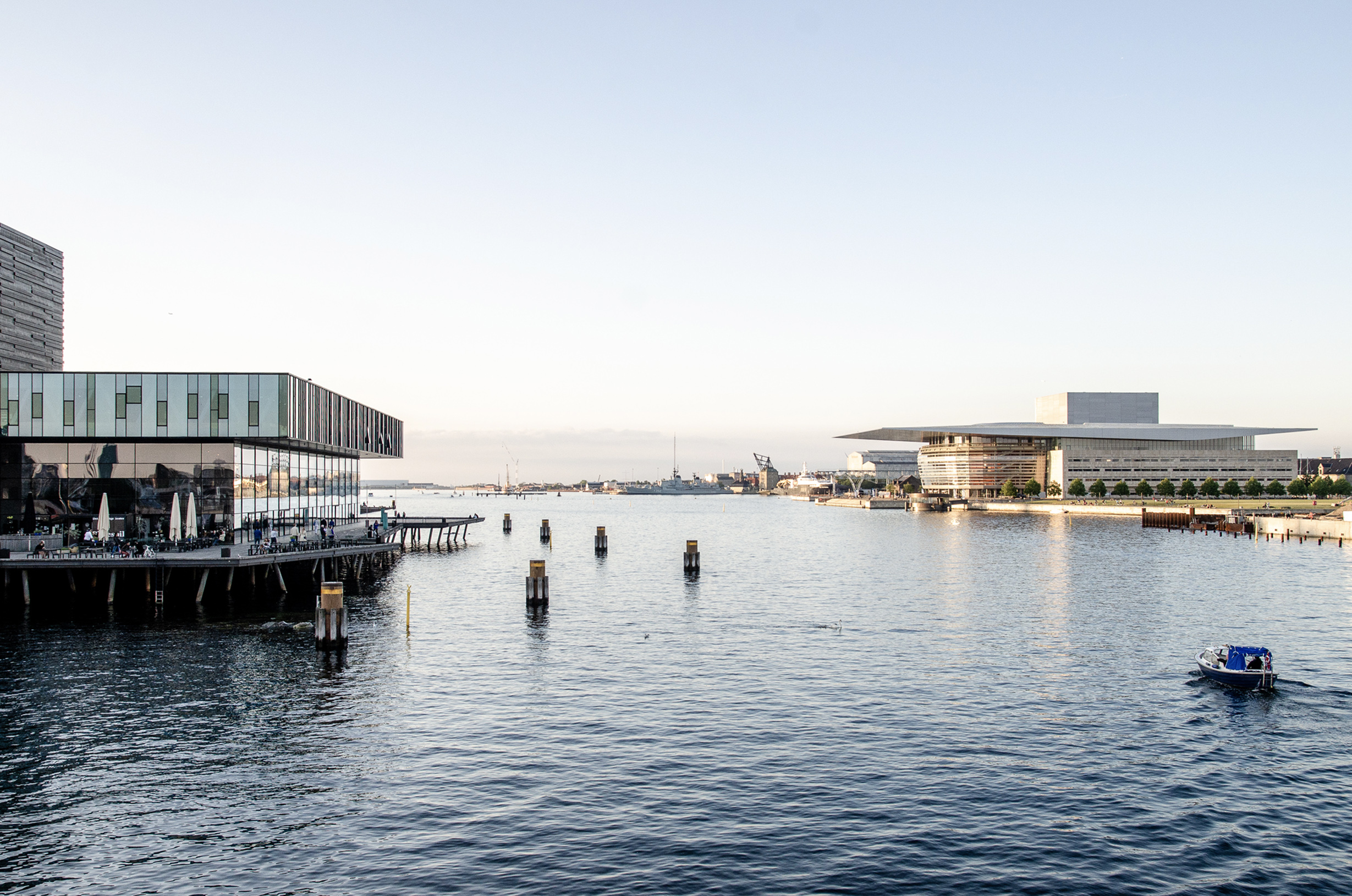
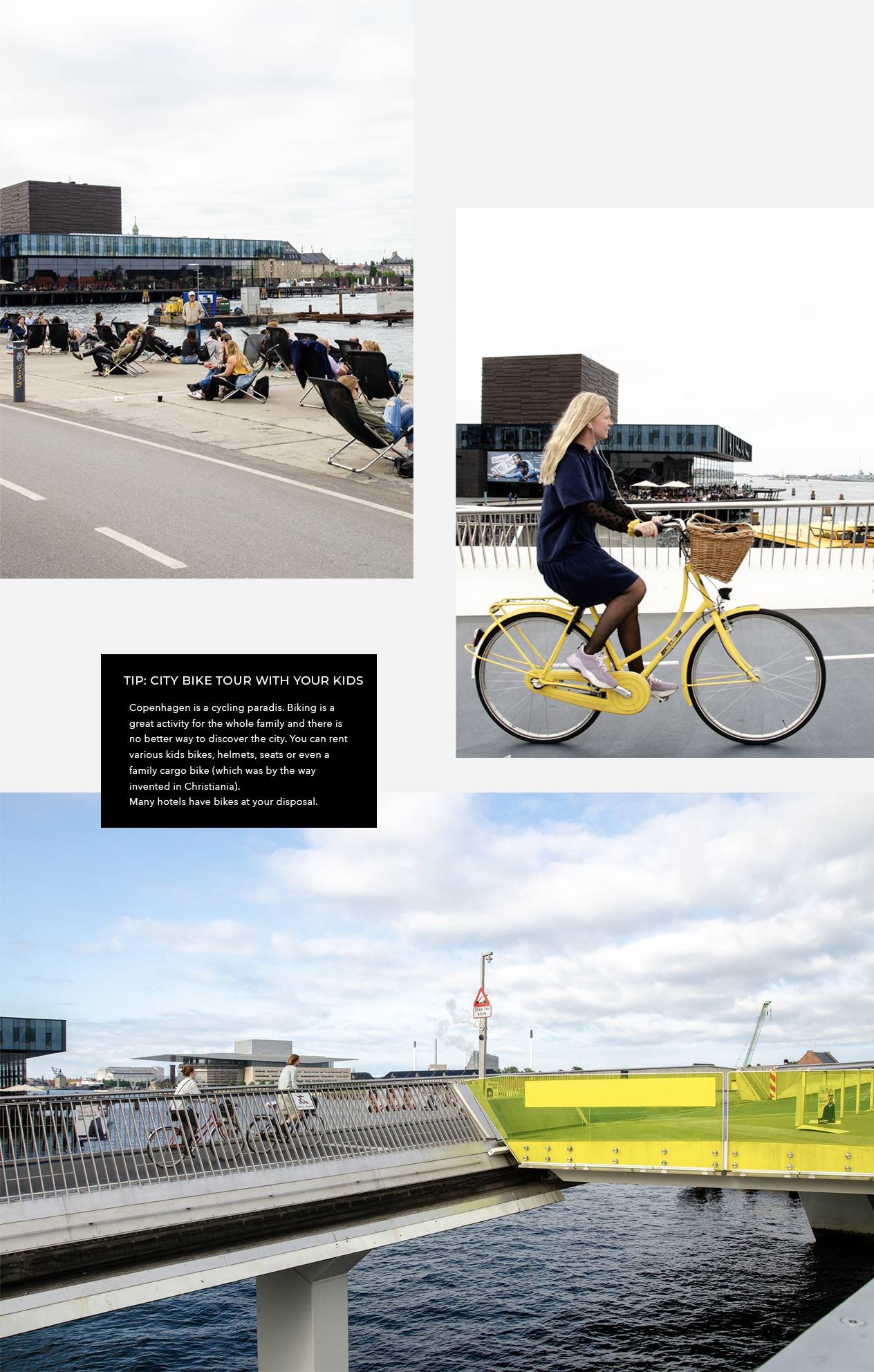
Niderhavensbroen
Niderhavensbroen | Royal Danish Playhouse | Opera
The Inderhavnsbroen Bridge is a 180 meter-long architectural masterpiece connecting Nyhavn to Christianshavn. It’s reserved exclusively for cyclists and pedestrians. As such, you can walk across it stress-free with your little ones. From the bridge, you’ll have an impressive view of the Royal Danish Playhouse and the Opera.
The Royal Danish Playhouse is a theater with a futuristic design which overlooks the harbor. Designed by architects Lundgaard & Tranberg, it mainly hosts dramatic plays. The various rooms have 100, 250 and 650 seats, respectively. If you pass through the surrounding areas at night, don’t forget to admire the beauty of the building’s facade under the lights.
The opera house faces the Queen’s palace. Built on the water’s edge, the building is impressive with its resolutely modern architecture, designed by the Danish Henning Larsen. Glass and steel are combined with concrete and marble, creating a stylish ensemble. The interior has fourteen floors in total and houses an infinite number of stages. Children will certainly marvel at this space of more than 40,000 m².
Havnebadet Island Brygge
If the sun is out, be sure and go to Havnebadet Island Brygge. This is a swimming area located at the port of Copenhagen. The place is arranged in a very contemporary way, and offers you an opportunity to swim laps, practice your diving skills or simply sunbathe.
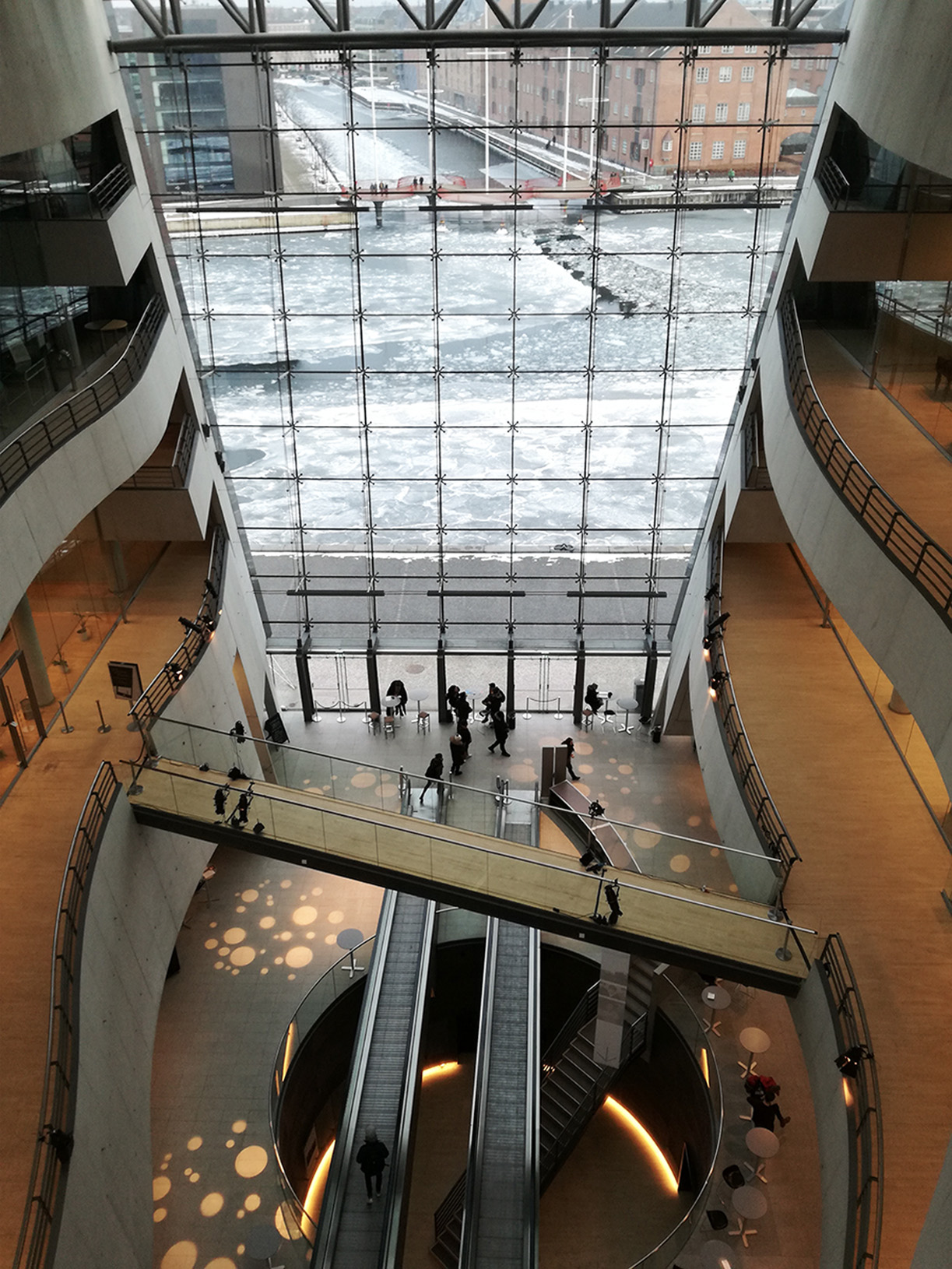
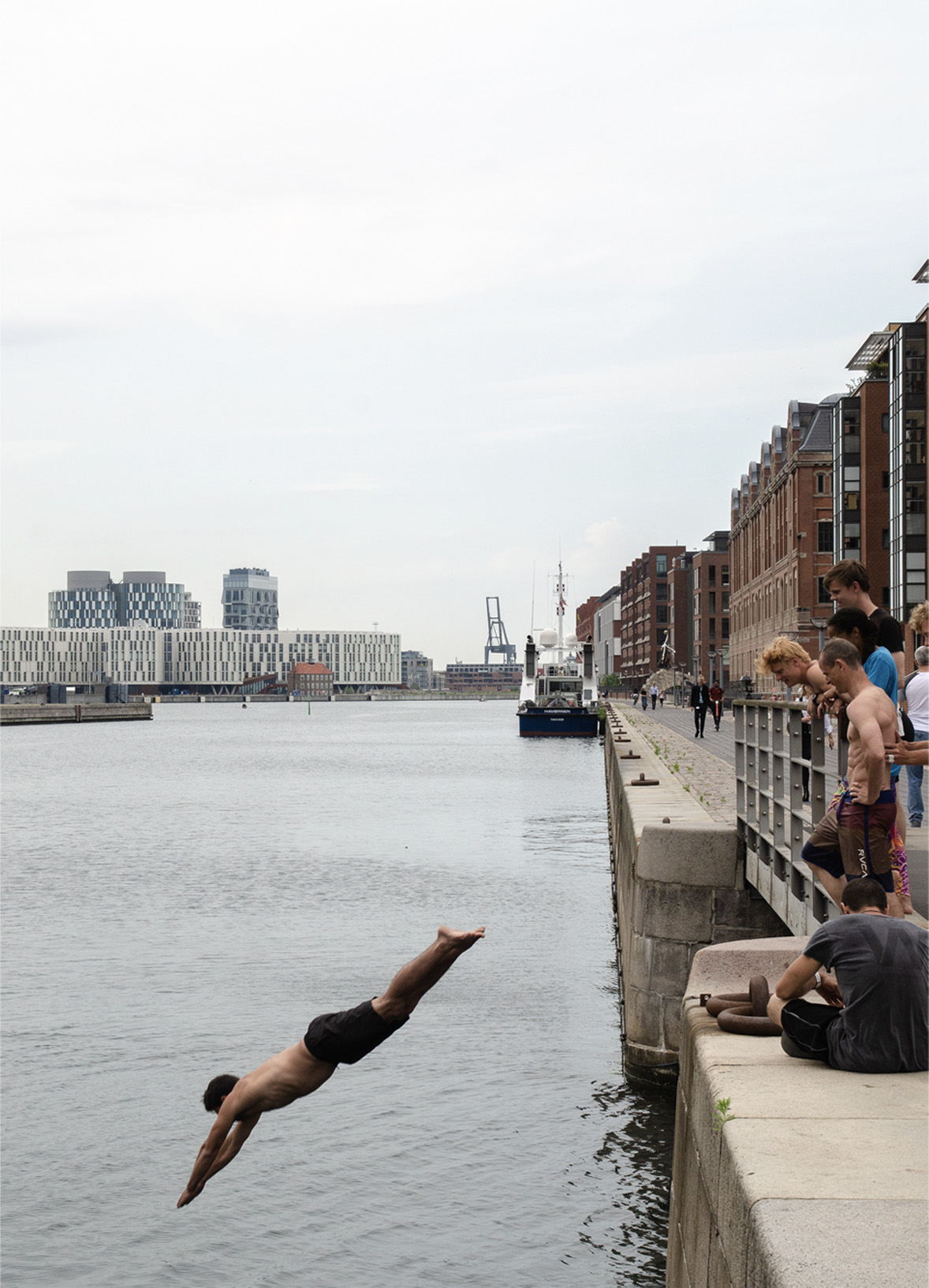
Royal Opera
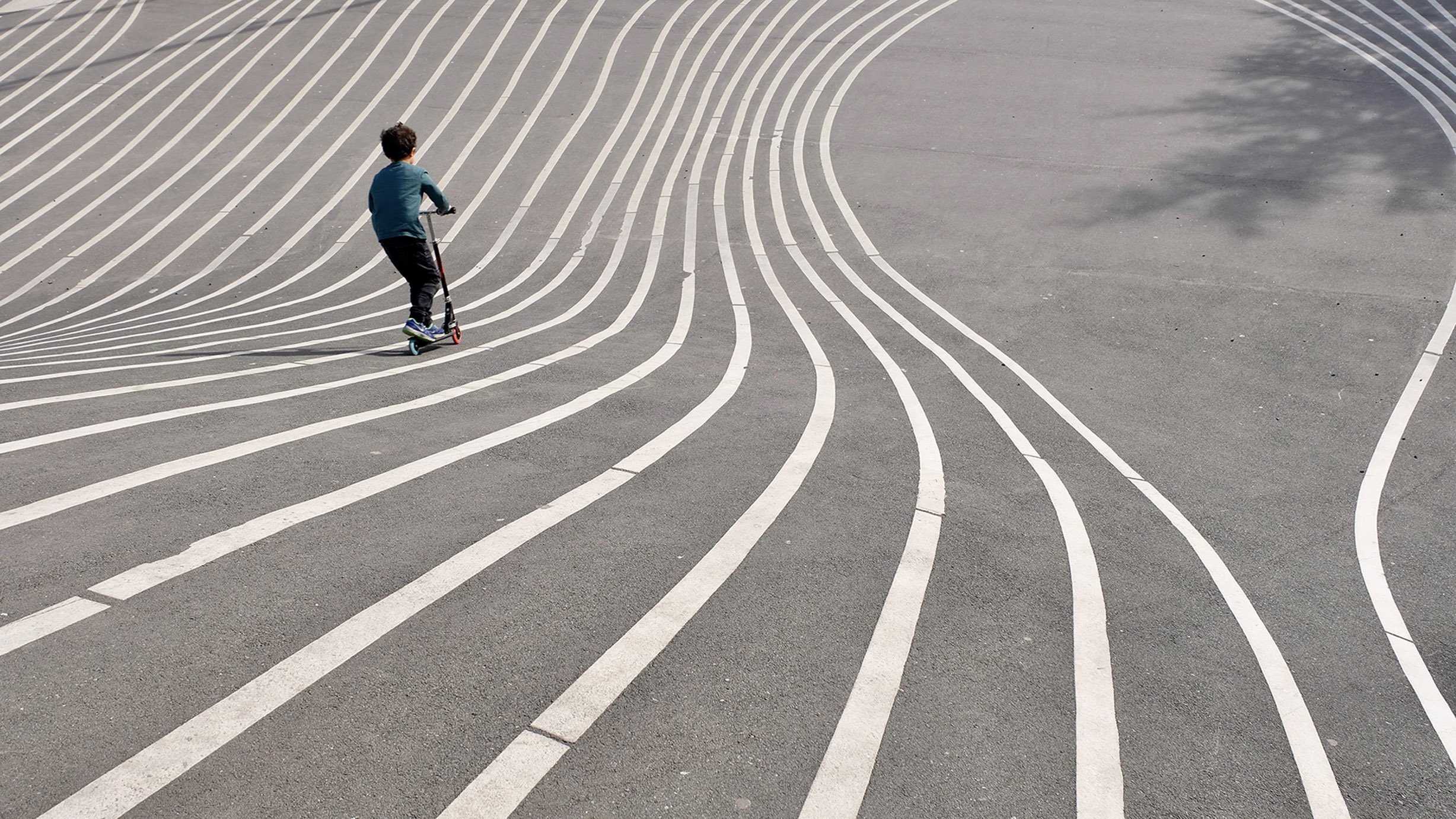
Superkilen Park
Superkilen Park
Superkilen Park is a decidedly urban space where the pavement has been designed in a very playful spirit. Here, you’ll find three distinct spaces: the Red Square, the Black Market and the Green Park. It’s truly a world apart, where fountains, benches, sculptures…are decidedly non-traditional. You can picnic there if you’re looking to spend all day in the park.
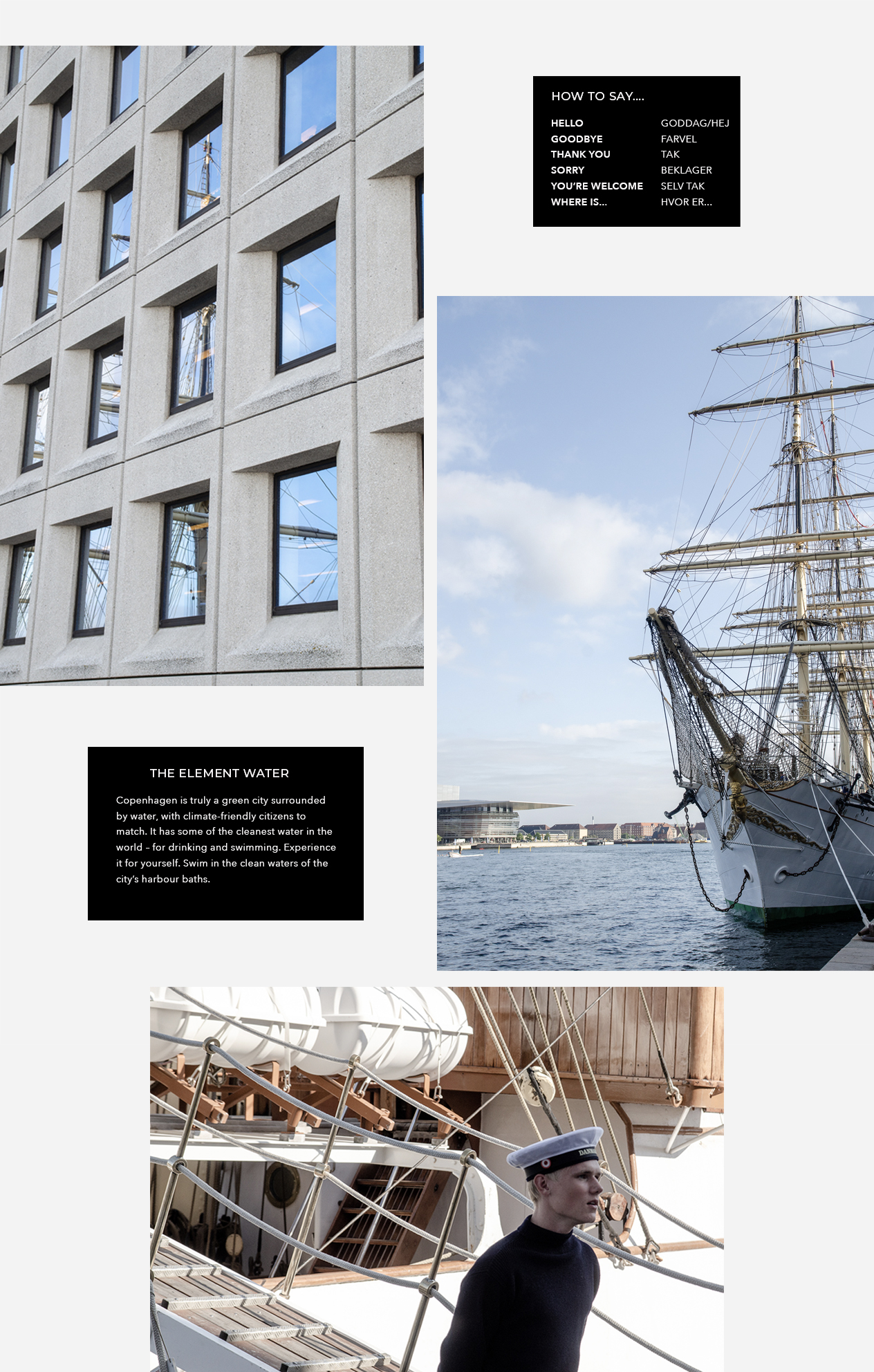
05 DANISH DESIGN
Danish design, whether it is furniture or clothing, is known all over the world for its clean, simple lines, great materials and classic creations that never go out of style. Originally, Danish design was a product of the 1950s. The post-war period experienced a lack of materials, and therefore durability and high quality was in demand. Some of the most prominent Danish designers from the mid-century period, Georg Jensen, Hans J. Wegner, Finn Juhl and Arne Jacobsen, just to name a few, all made Danish design popular on the international scale.
Today’s designers, such as Louise Campbell, HAY, Normann Copenhagen, Cecilie Manz and Muuto, all draw on elements of the Danish design classics of the post-war era.
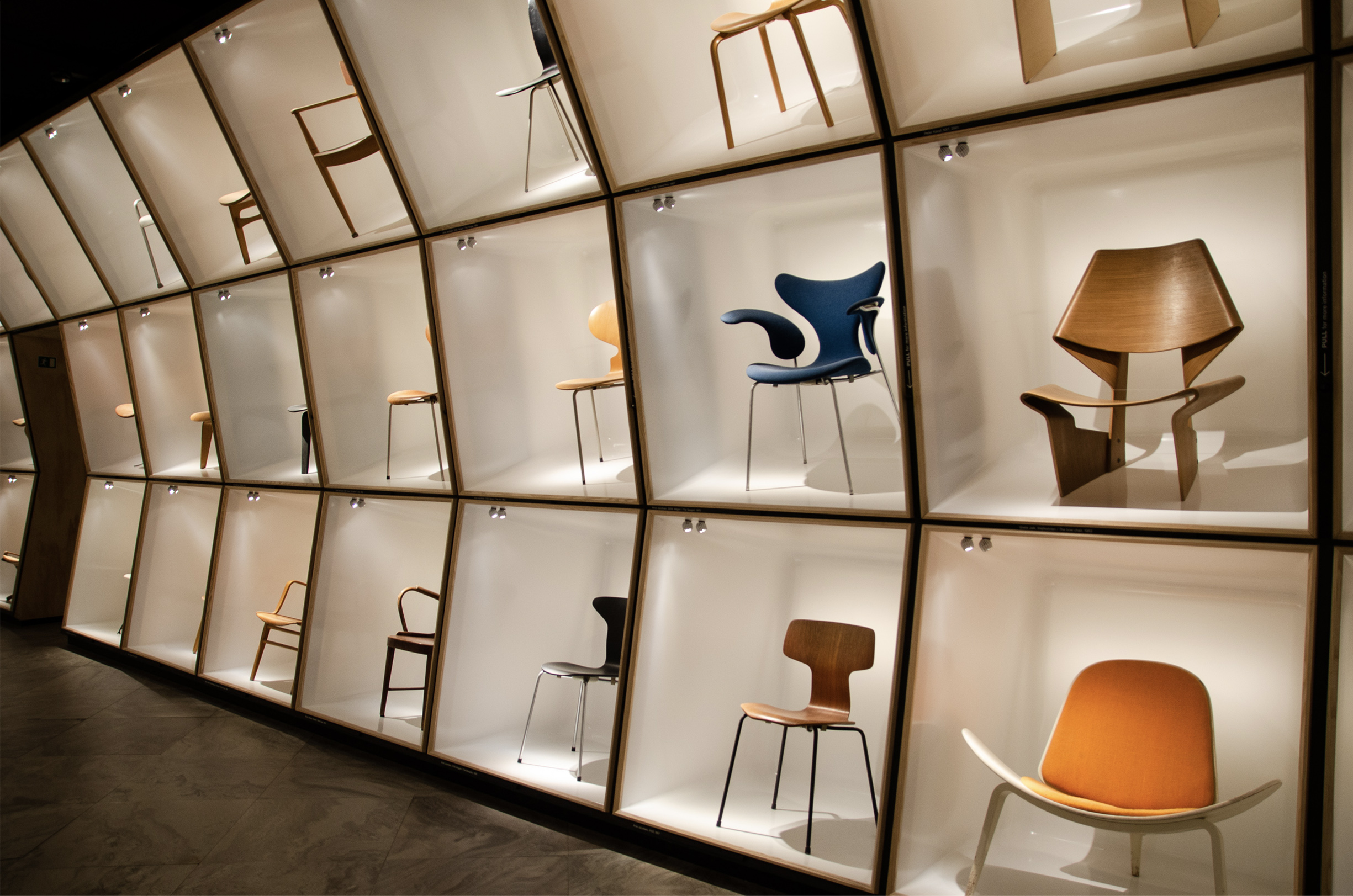
The Danish Design Museum
Our favorite museums
Danish Design Museum
It’s impossible to miss its Rococo-style facade on Bredgade. At first glace, it’s not all that impressive, which stands to reason since it was built to serve as a hospital. However, once inside, you’ll have an opportunity to follow the entire history of design through its ceramics, furniture and textile collections. It’s a wonderful tribute to the design style that made Denmark famous. Some of the pieces are from Kaare Klint, Charles & Ray Eames and Hans J. Wagner, designers who’ve all forged a very good reputation.
♥ Louisiana Museum of Art & Design
This is one of the best museums to visit on a trip with children. Picasso, Henry Moore, Alberto Giacometti are just a few of the names you’ll find on the works on display.
Ny Carlsberg Glypotek
Prepare to be amazed, as the collections are more than impressive! Etruscan art, French paintings, Egyptian antiques…your children will be amazed, and so will you!
Worker’s Museum
This museum offers a mix of history and culture classes which retrace the history of workers in the 1950s. Your children can even put themselves in the shoes of the child workers of yesteryear!
ARKEN Museum of Modern Art
Located in Ishøj, south of the Danish capital, its building features maritime-inspired architecture. The museum features more than 400 works and offers one of the best collections in all of Scandinavia.
National Gallery of Denmark
The Statens Museum for Kunst (or SMK) is the largest art museum in Denmark. It’s located just steps from Rosenborg Castle. Its Danish, French and international art will fascinate you. Don’t forget to stop in the museum store, whose books and artsy objects will appeal your children.
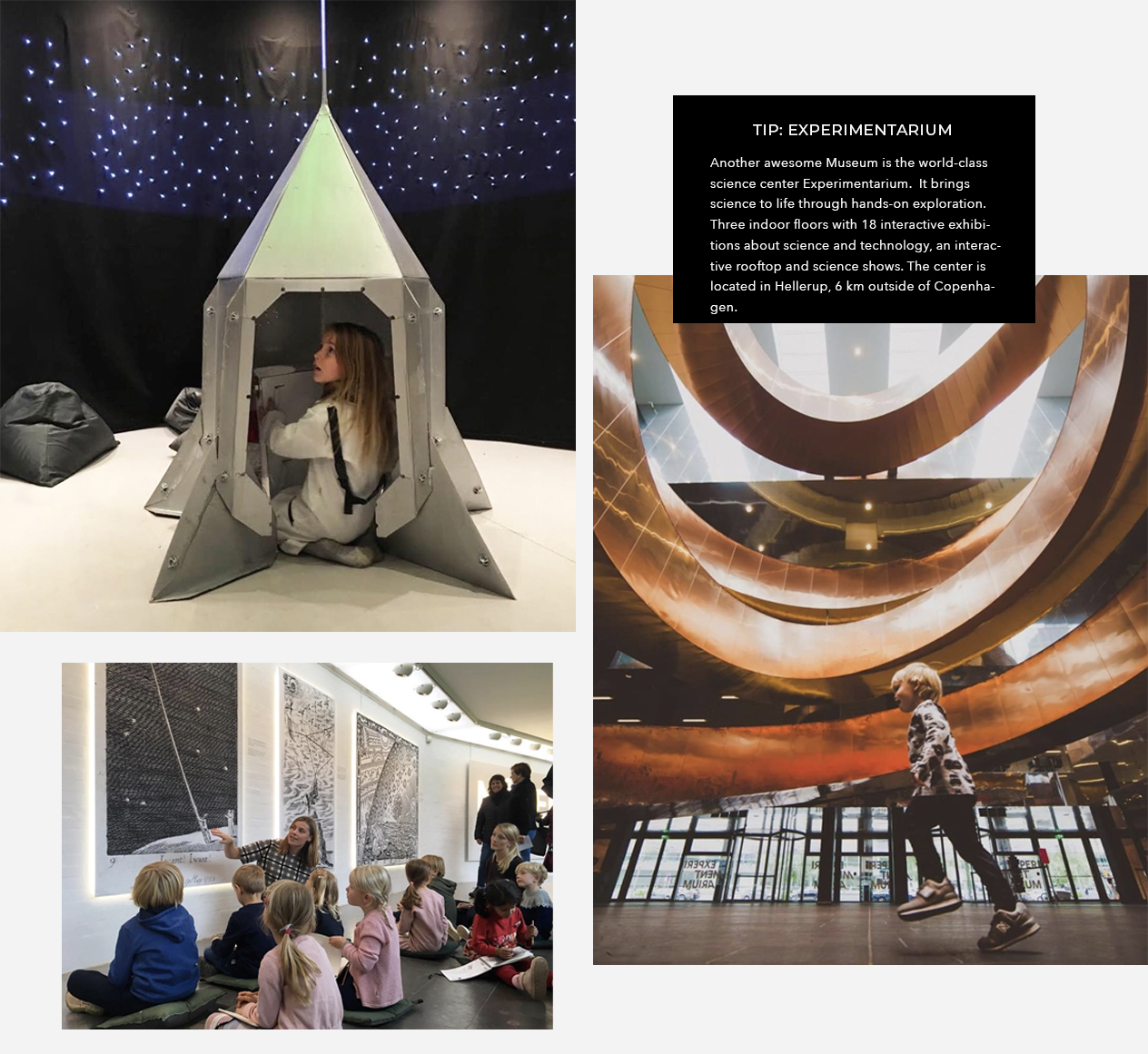
06 8Tallet | A new way to live together
The 8TALLET (or 8HOUSE) is a complex which owes its name to its architecture, which is in the shape of an 8. You’ll find it in the Ørestad neighborhood. It’s built in such a way as to encourage cohabitation. There are common rooms dedicated to shared meals, seniors, a daycare center, penthouses, offices…in short, it’s a private universe where everyone feels useful.
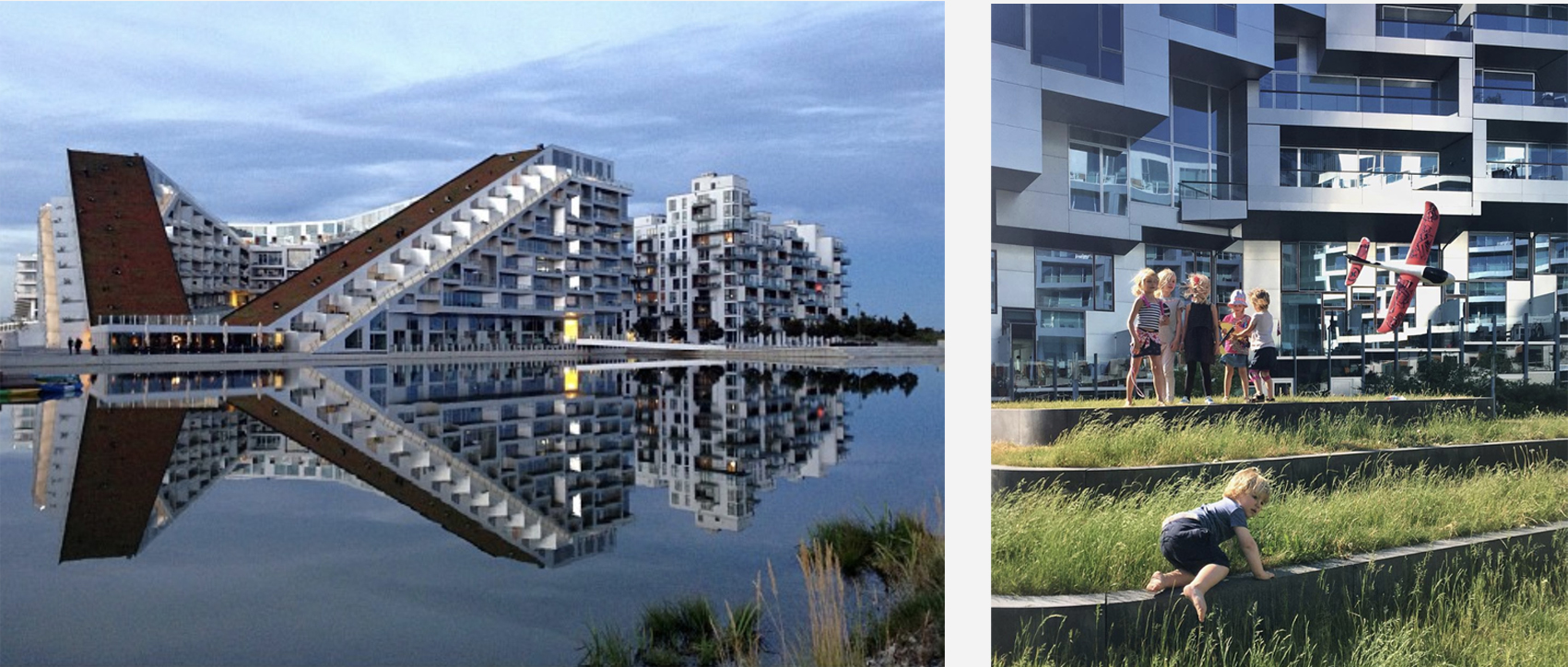
07 EAT | DRINK & AFTERNOON SNACKS
Slagterboderne 1, 1716 København
This is THE trendy address par excellence! Danish sauce is literally added to traditional recipes from southern Europe. We advise you to reserve in advance.
Nørrebrogade 29, 2200 København
If you like Mexican food, this restaurant is for you! Its concept is based on street food. Here, the flavors are authentic, the ingredients are always fresh and the welcome is undeniably warm. Go whenever you want; you’ll easily find a seat!
kl tv 50 Jægersborggade København N, 2200 København
This gourmet spot is named after its specialty: Grød (porridge). It doesn’t sound very original? In fact, it is! All the recipes have been revisited, so you can discover ultra-creative varieties of porridge. Apples, caramel and almonds are ingredients that are often found in the recipes.
Wilders Pl. 11, 1403 København
This restaurant is rather young, having just opened its doors in June 2018. It’s located in a former automobile garage, offers a breathtaking view of the Copenhagen canals, and features Italian cuisine. You can choose between a table in the dining room or on the terrace.
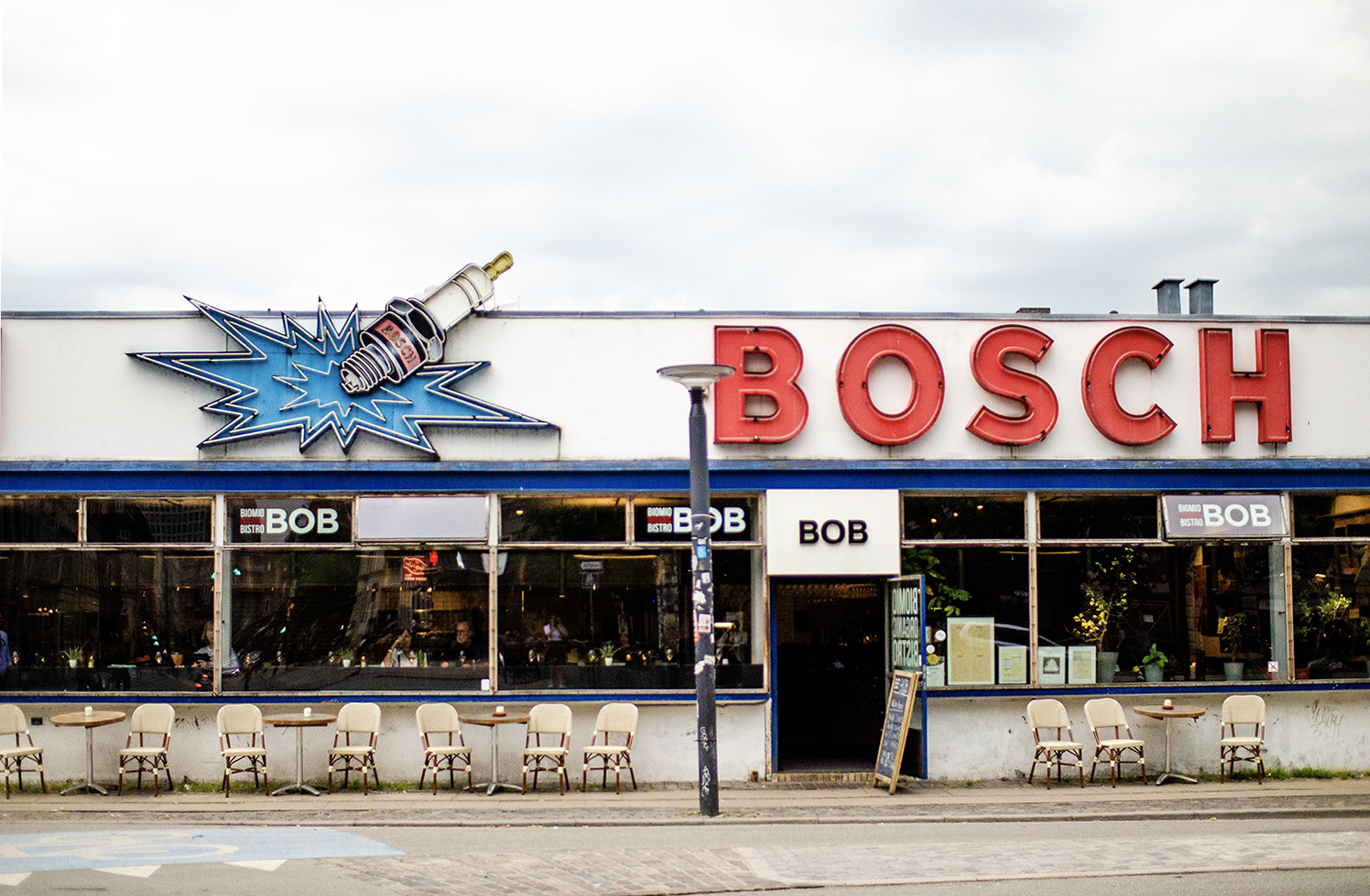
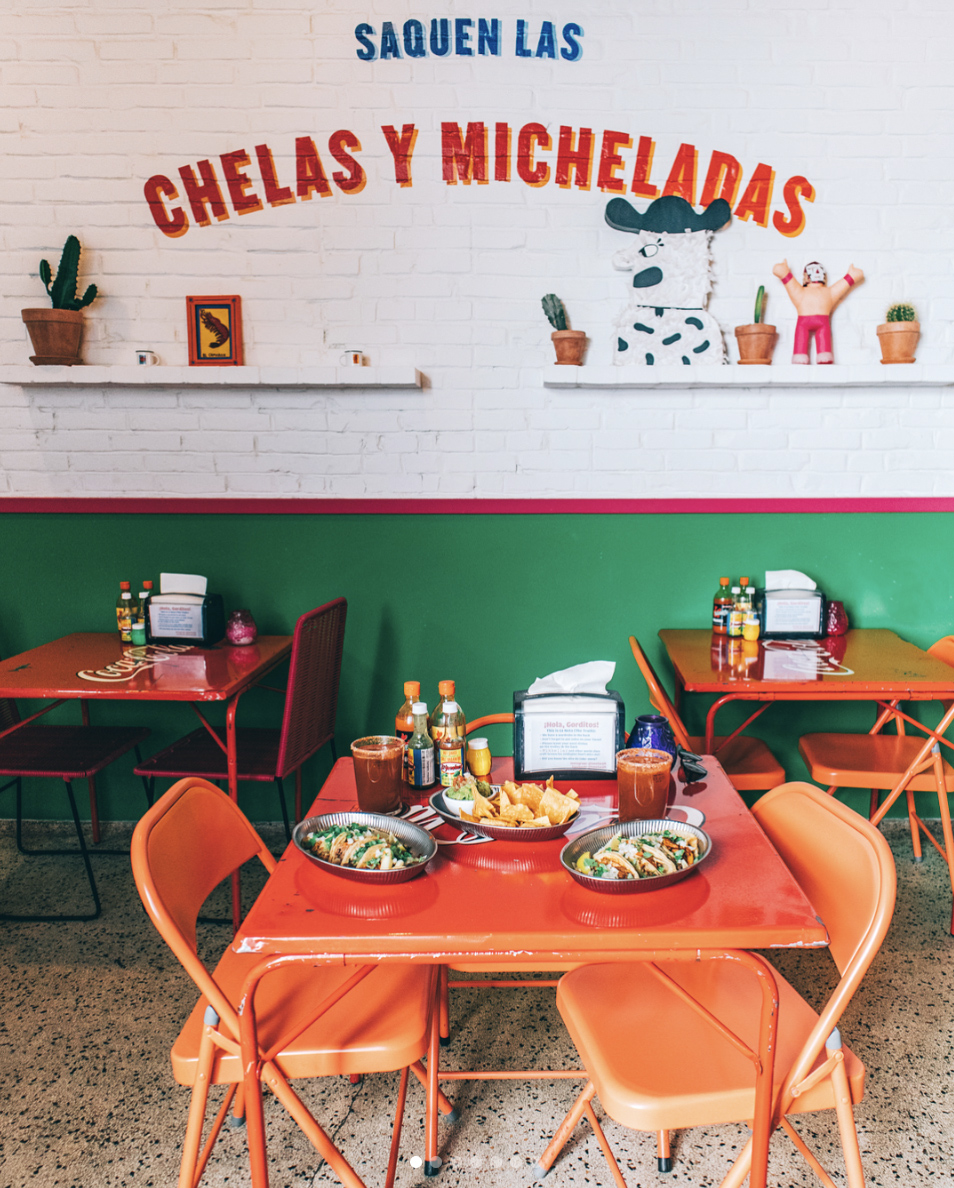
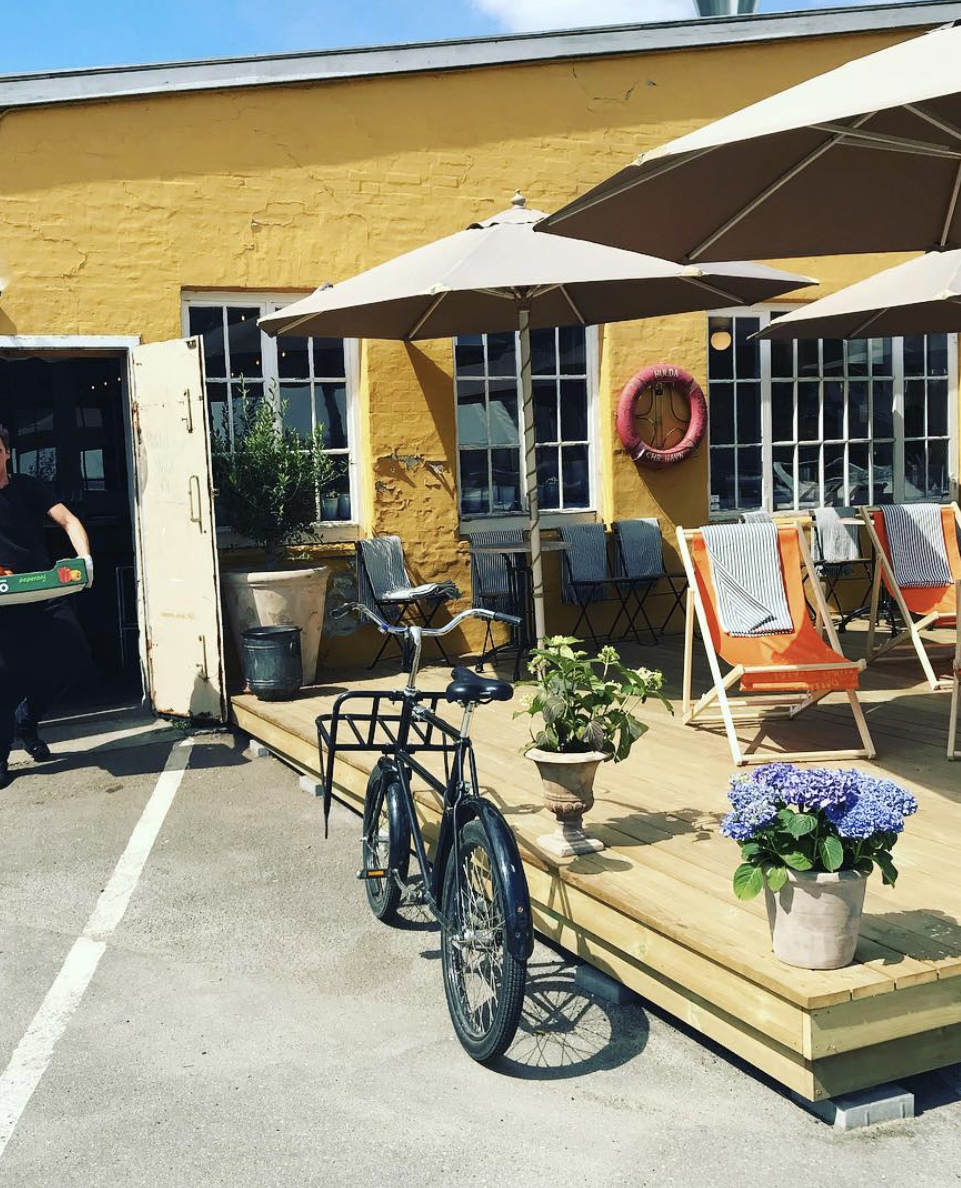
La Neta UNDICI
You may be wondering what kind of Copenhagen cuisine awaits you here. In fact, it’s all in the establishment’s name. It features organic cuisine with the possibility of opting for a vegetarian or vegan menu.
Peblinge Dossering 4, kld. th, 2200 København
Who feels like having some good ice cream or delicious chocolate? We bet your children won’t refuse such an offer! At Social Foodies, they don’t just treat the customers, they also support social causes in Denmark and Africa. Disadvantaged people are particularly supported by this institution. Go ahead, you’ll make everyone happy!
Islands Brygge 11, 2300 København
Just a few steps from the Brygge Islands, Bryggen 11 is an ice cream lover’s paradise. Numerous flavors, whether classic or creative, are waiting to be tasted.
♥ STREETFOOD IN COPENHAGEN
Copenhagen, the capital of Denmark, has built a solid reputation for street food… and for good reason, as there is no shortage of great spots. Many food stands can be found at the Tovernhallerne Covered Market or at Papiroen’s (which is in front of The Little Mermaid).
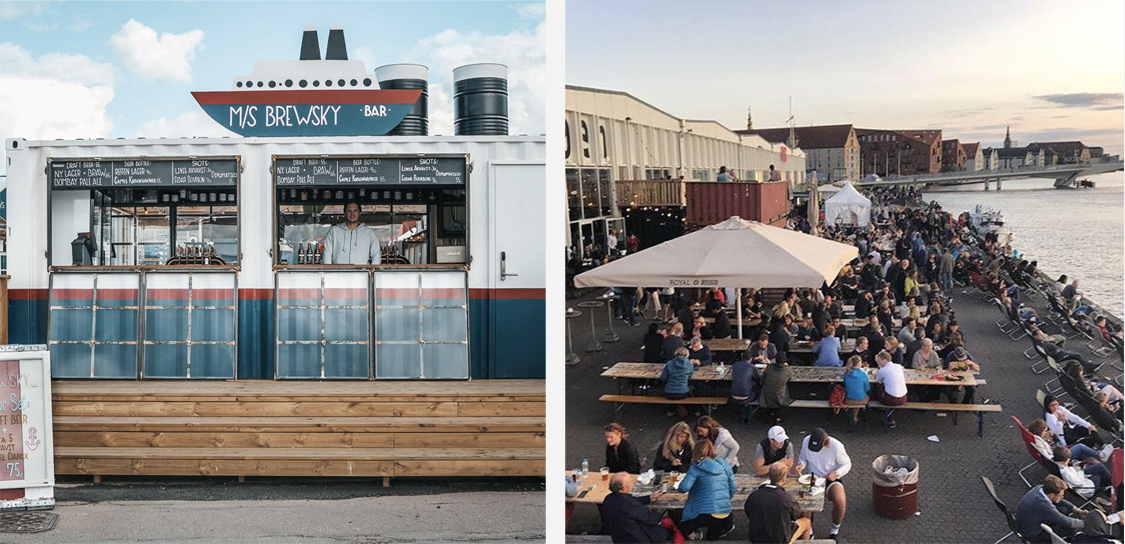
08 OUR FAVORITE PLACES TO STAY
It goes without saying that you’ll have to spend the night somewhere. The big question is which hotel to choose, as the choices are vast. We’ve prepared a selection of great places:
The 61 rooms in this hotel are adorned with furniture having vintage and ultra-chic accents. You’ll be immersed in a peaceful atmosphere which is ideal for relaxing after a busy day.
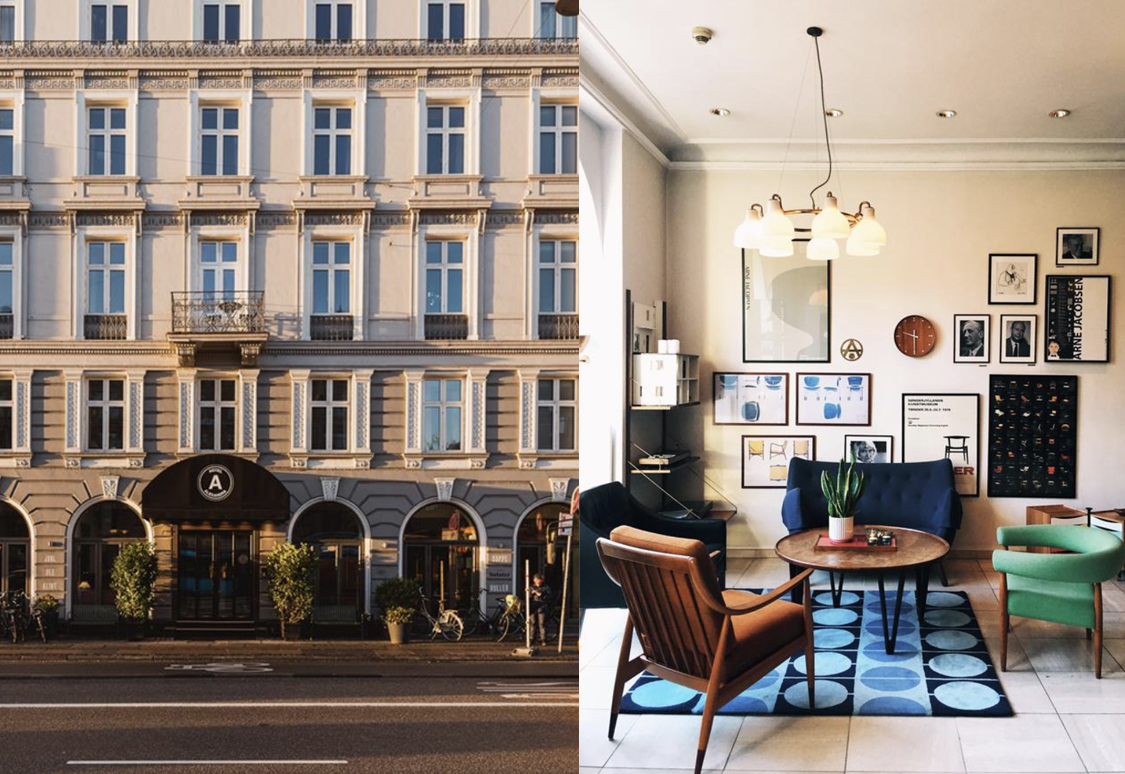
This hotel has 80 cozy rooms that offer magnificent views of the lake. Here, you’ll have the opportunity to prepare your favorite meals in the kitchenette and relax in a hot bath. An indoor swimming pool and a fitness center are available for you during your stay.
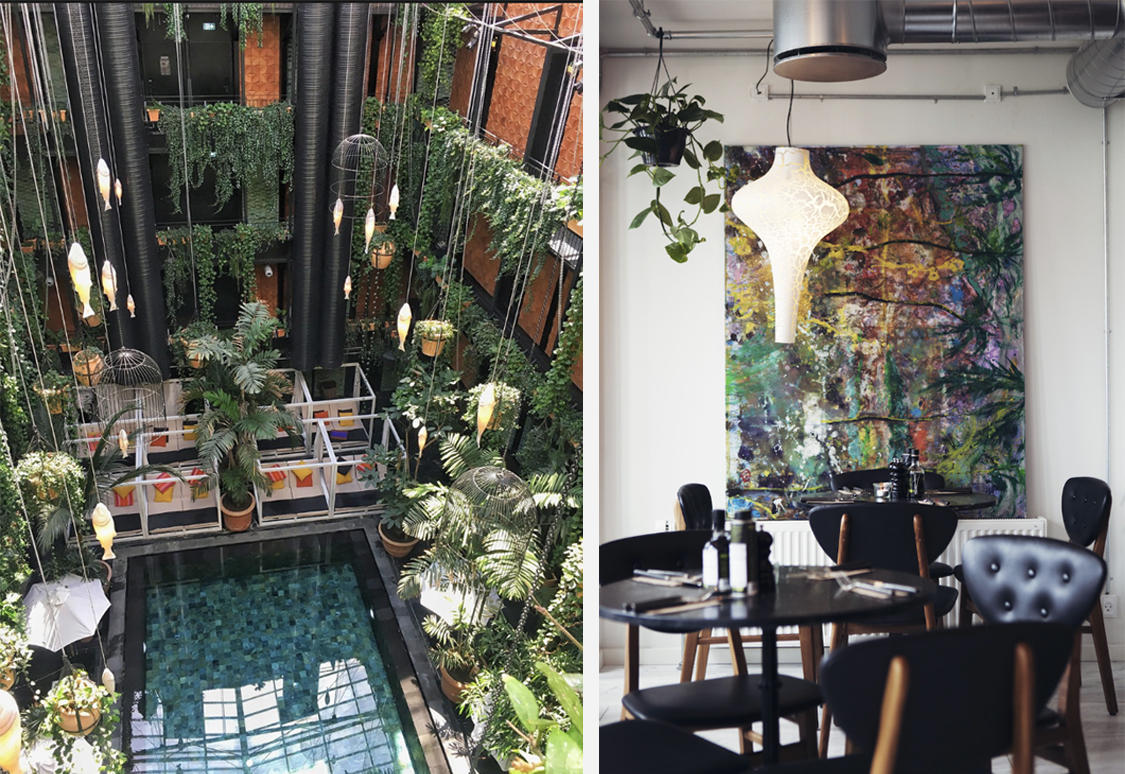
The first thing you’ll notice is this hotel’s idyllic setting. It sits on the waterfront, just a few steps from the houses with their multi-colored facades. Immediately upon pushing open the front door, you’ll be captivated by the elegance of the decor. Spacious rooms, a refined and intimate restaurant: this is just a glimpse into what you’ll encounter in this establishment.
Located in the heart of the city, Hotel Sanders is a comfortable place for families. Here, you can reserve one of their attached rooms for a relaxing stay. Everything you need for children is also at your disposal. Everything is designed to make you feel at home, and it’s just what you need to feel comfortable.
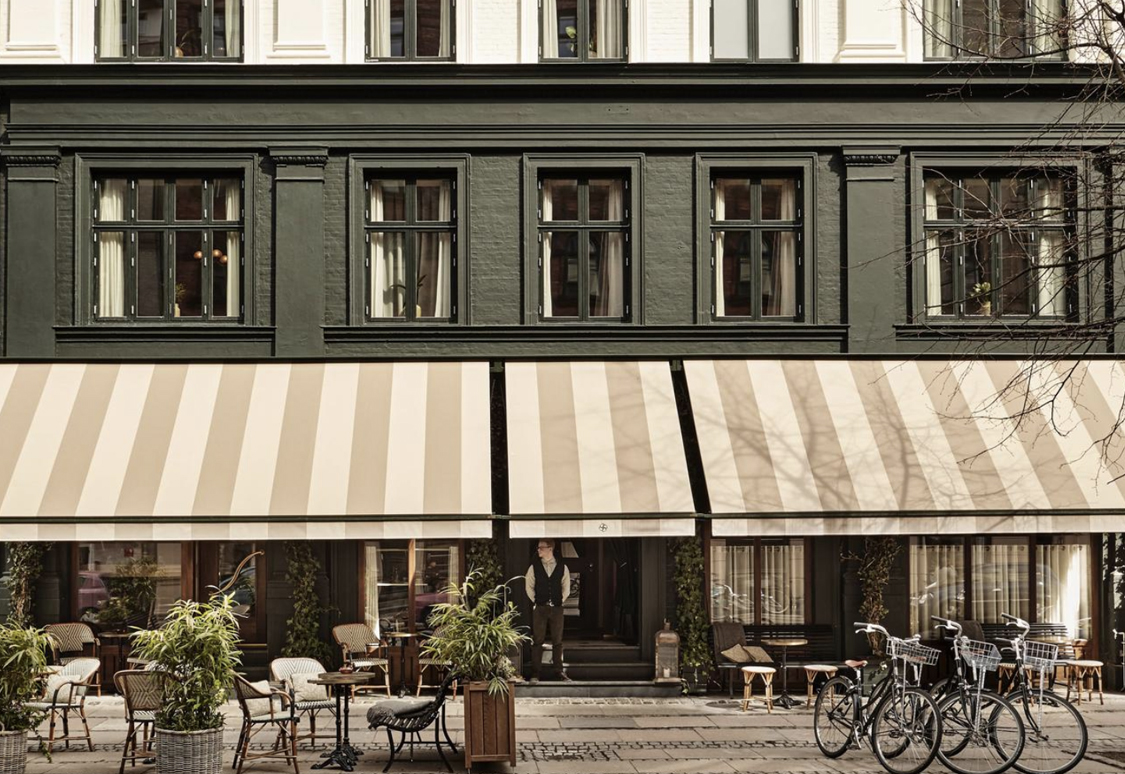
Lorem ipsum dolor sit amet, consectetur adipiscing elit, sed do eiusmod tempor incididunt ut labore et dolore magna aliqua. Purus in massa tempor nec feugiat nisl pretium fusce id. Feugiat sed lectus vestibulum mattis ullamcorper. Nunc eget lorem dolor sed viverra ipsum nunc.
This eco-friendly boutique hotel has definitely caught our attention! Okay, it’s exclusively for adults. But it’s also nice to have a getaway for two from time to time, isn’t it? Its Balinese-style decor gives you a pleasant change of scenery, even if for just one night.
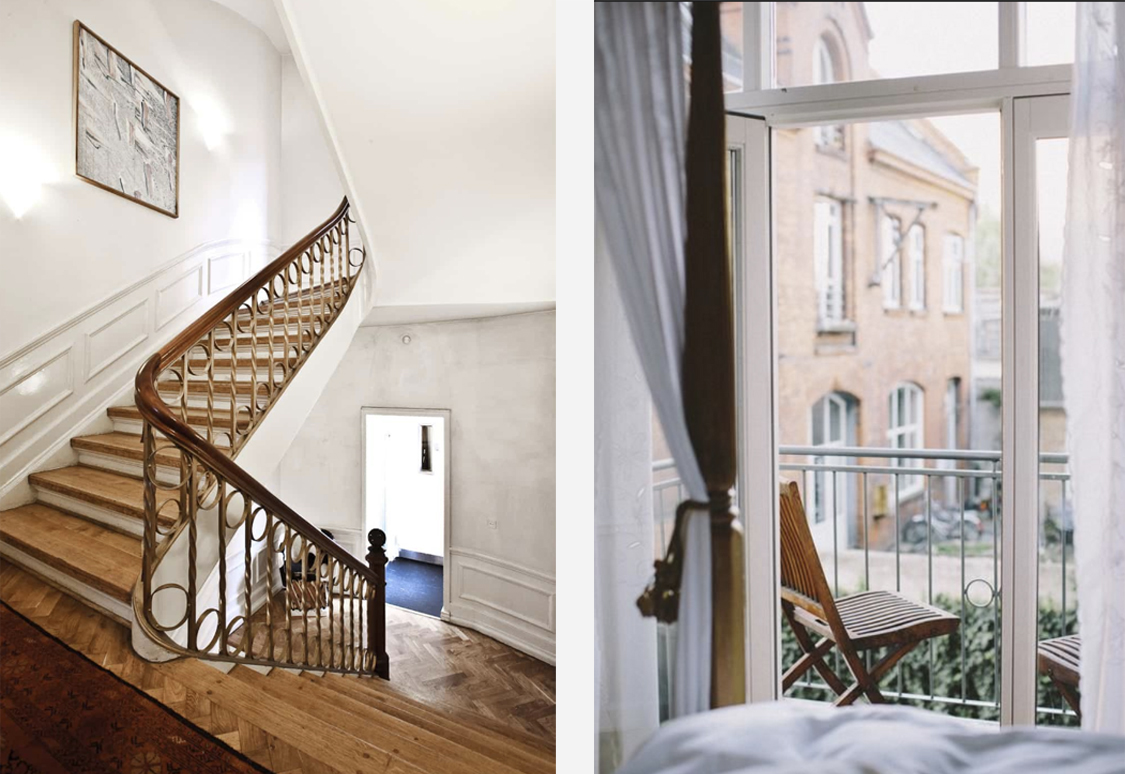
Built on six floors, the establishment has 66 rooms which overlook the carefully landscaped courtyard. Refinement is everywhere, whether in common areas or in bedrooms. Family rooms can accommodate up to four people.
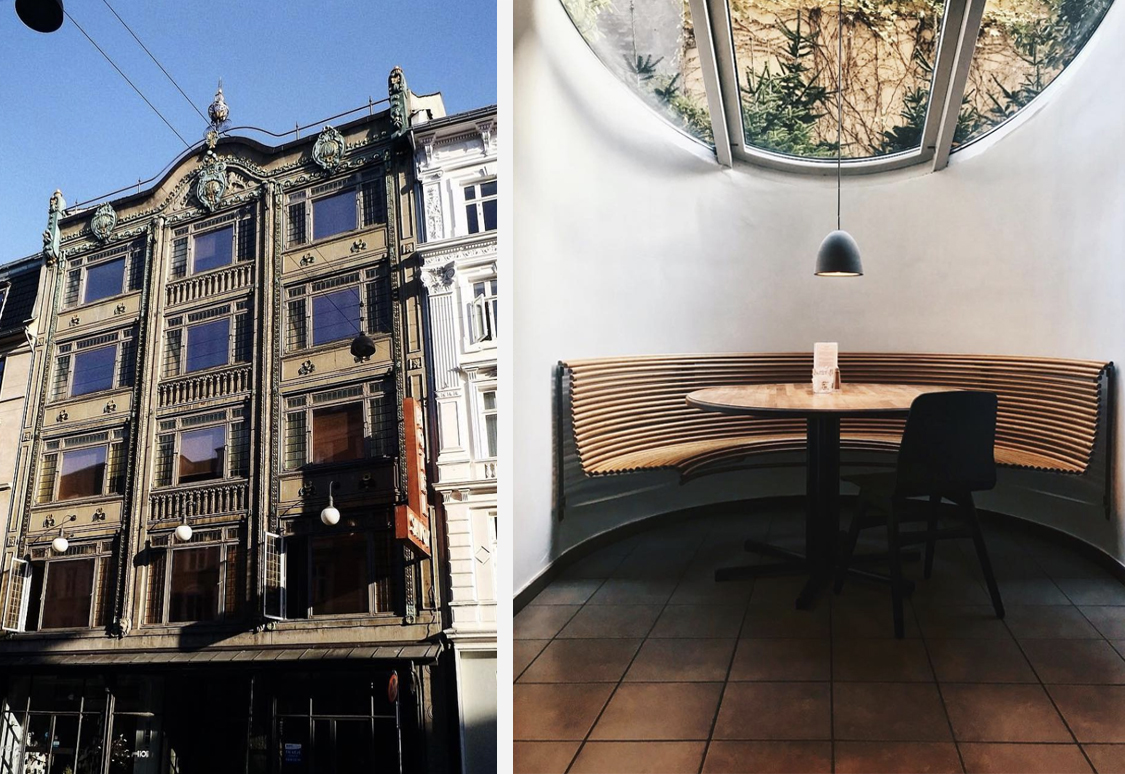
We hope you will enjoy your trip to Copenhagen. And don’t forget to send us your best tips and addresses in the comments section.
See you soon for new adventures!
OUR DANISH SHOPPING
HAY
Bonbon Pendant Light, Ana Kraš Grey
Ferm Living
Mount Cushion
little hygge book
The danish way to live well
RAINS
Quilted Parka
REFLECTION
Miroir FAN
WOOD WOOD
Rose Sweatshirt
You may also like /
20 unmissable things to do in barcelona with kids
A family travel guide to Warsaw | Poland
A family weekend in Venice, anyone?
